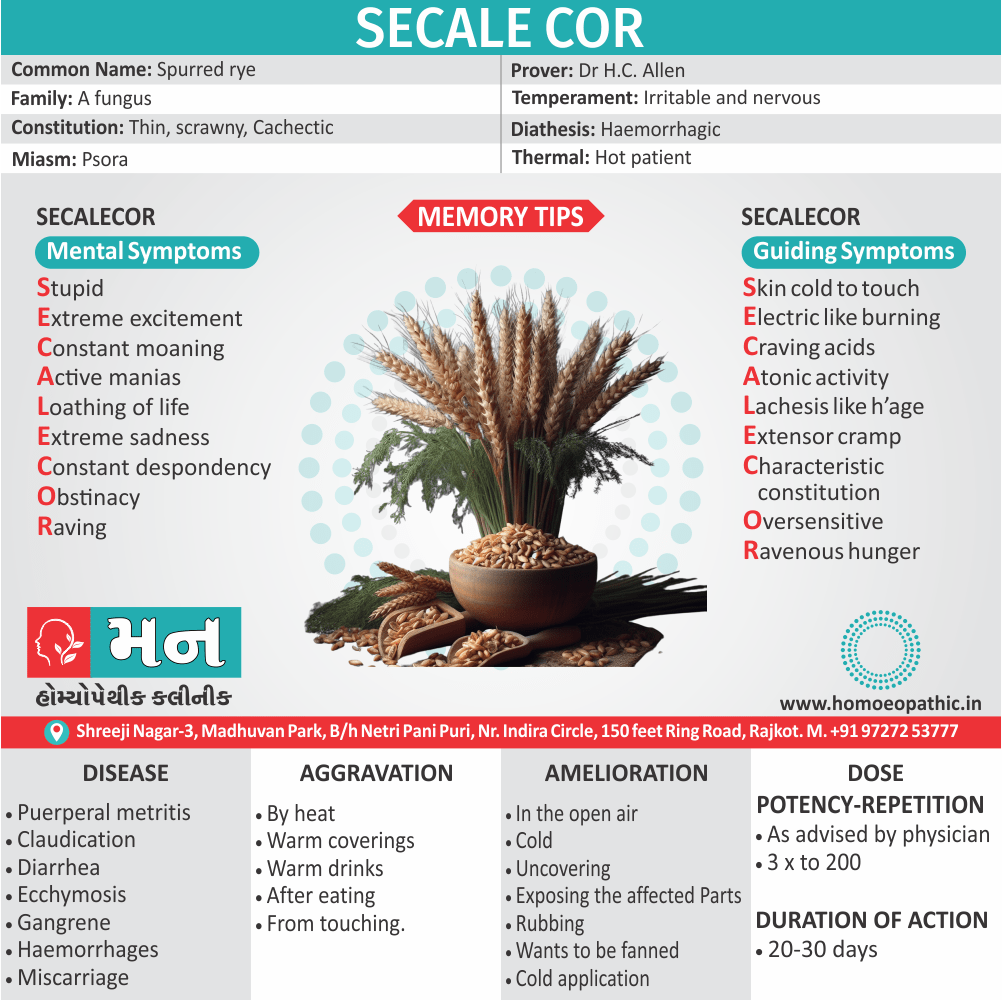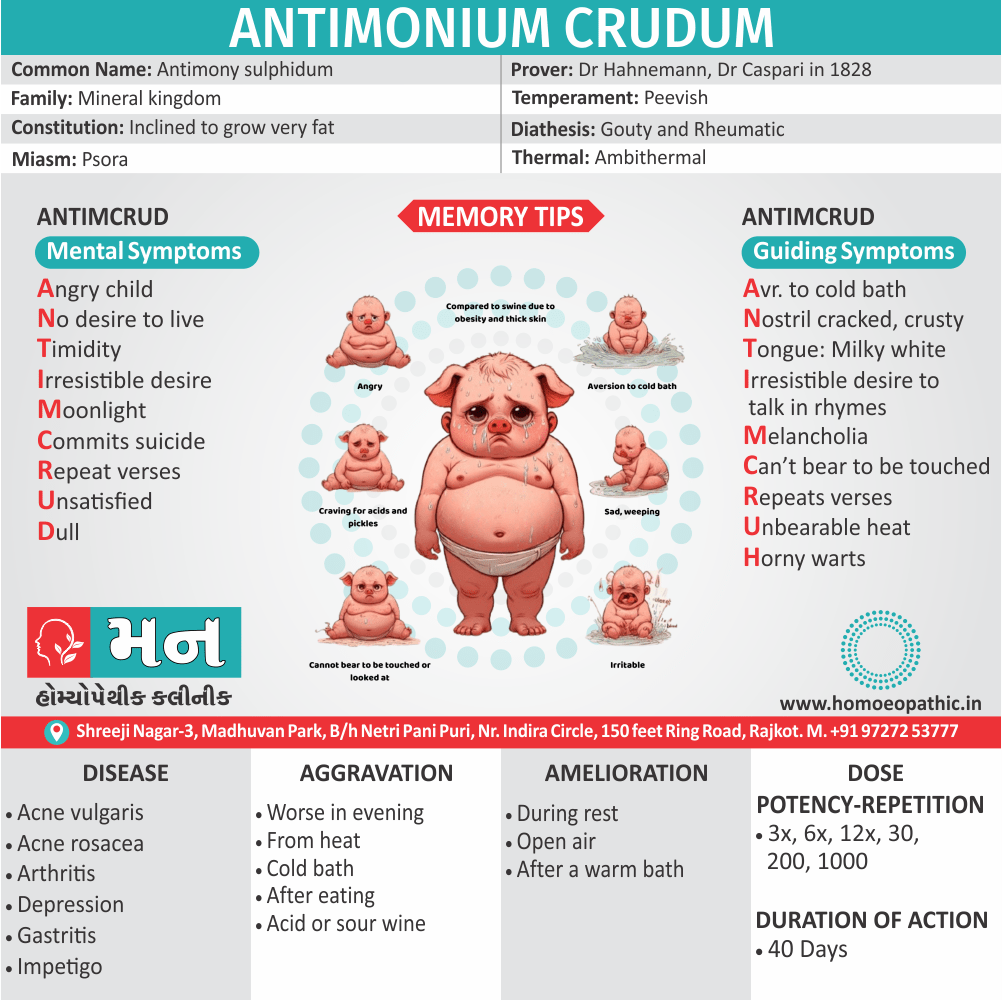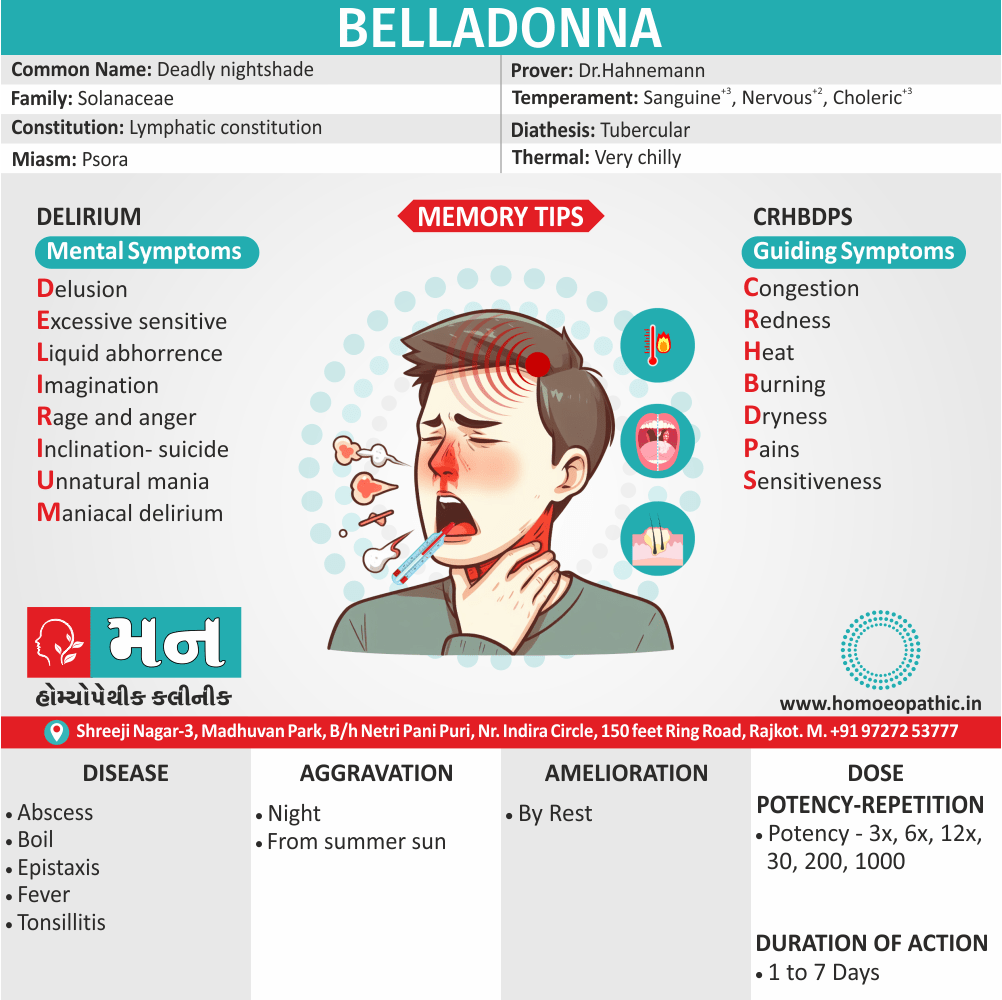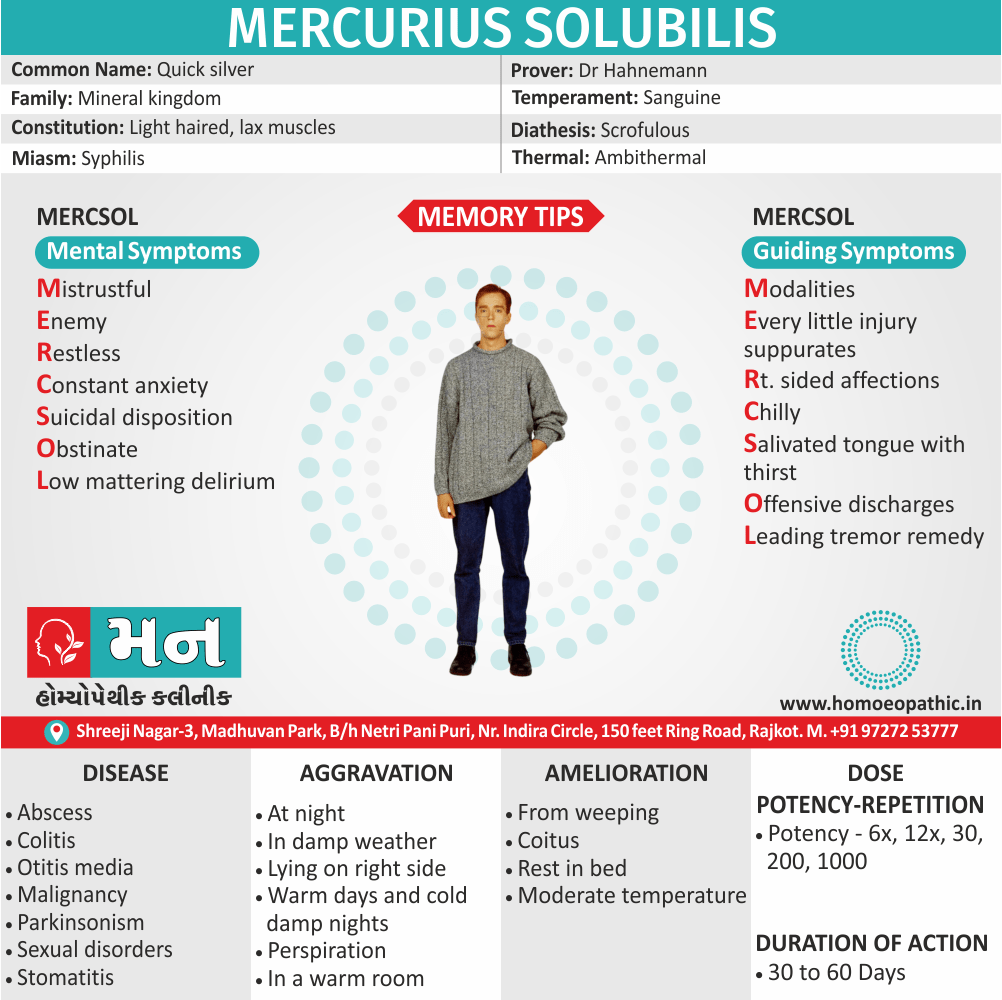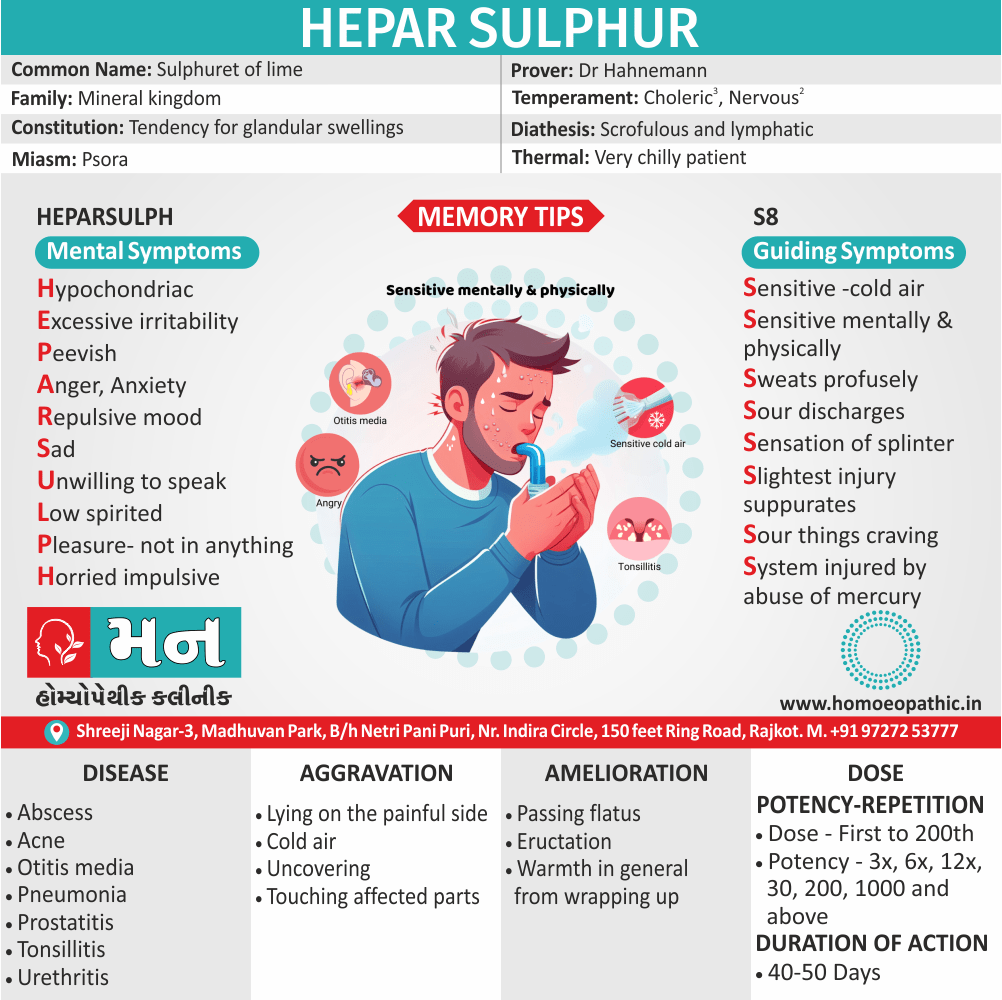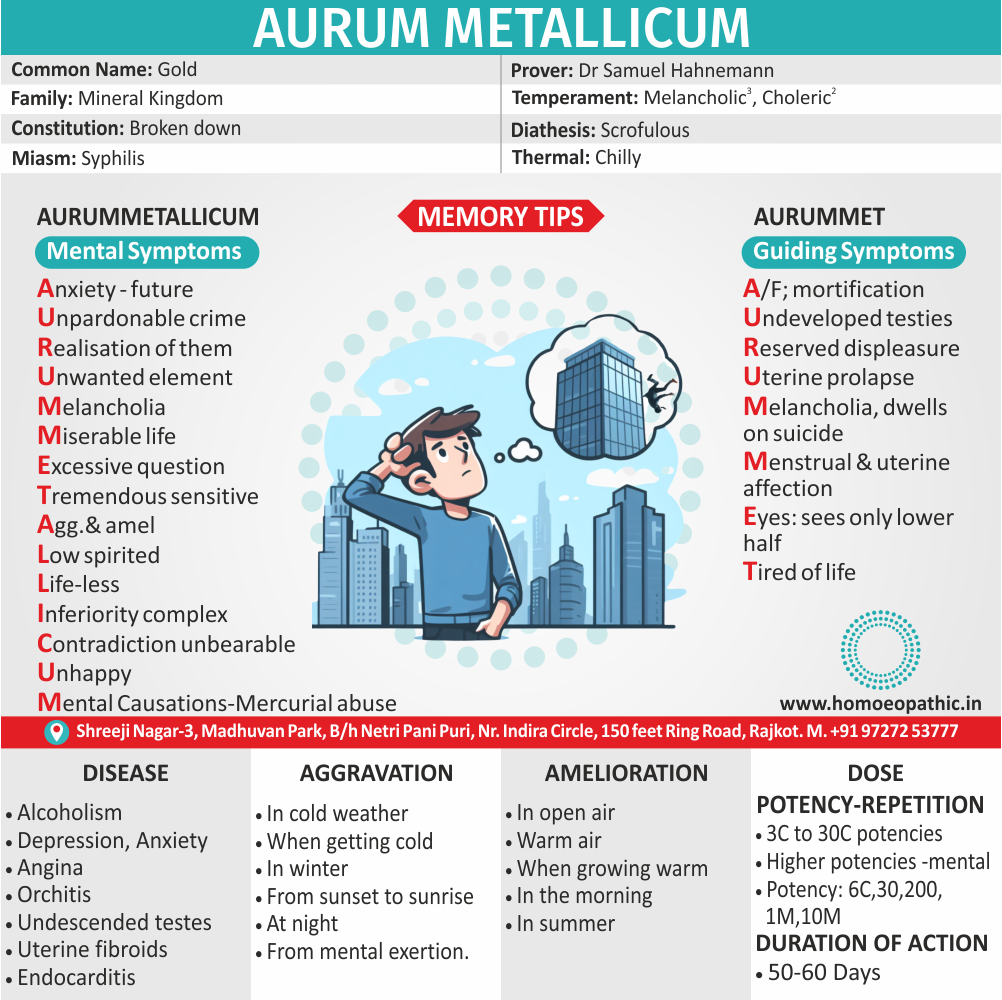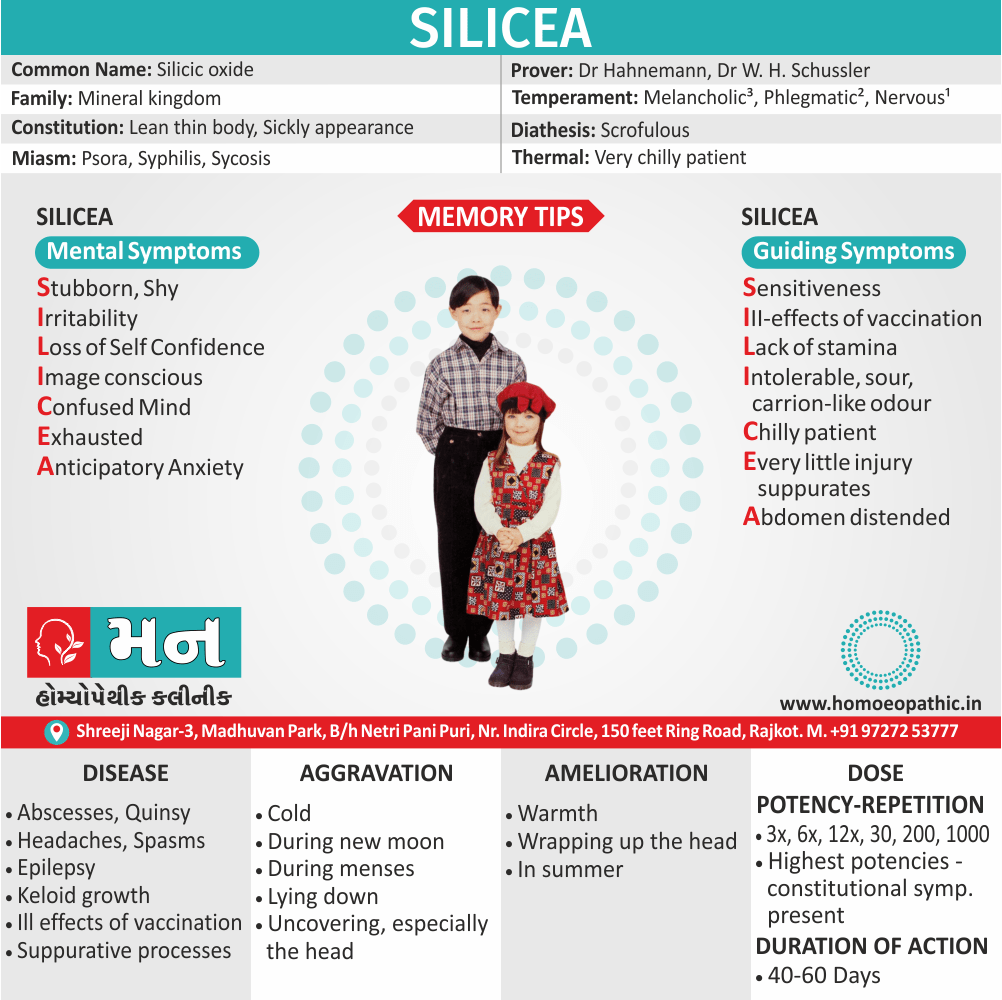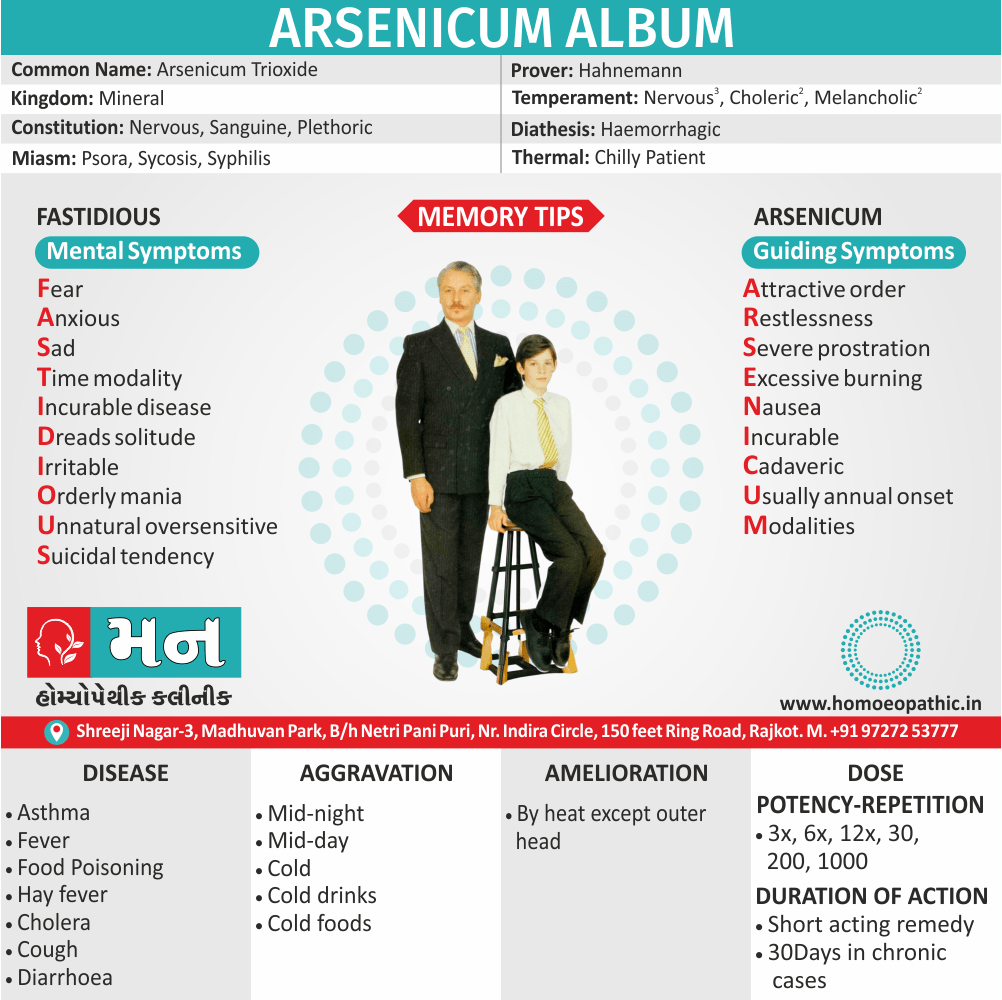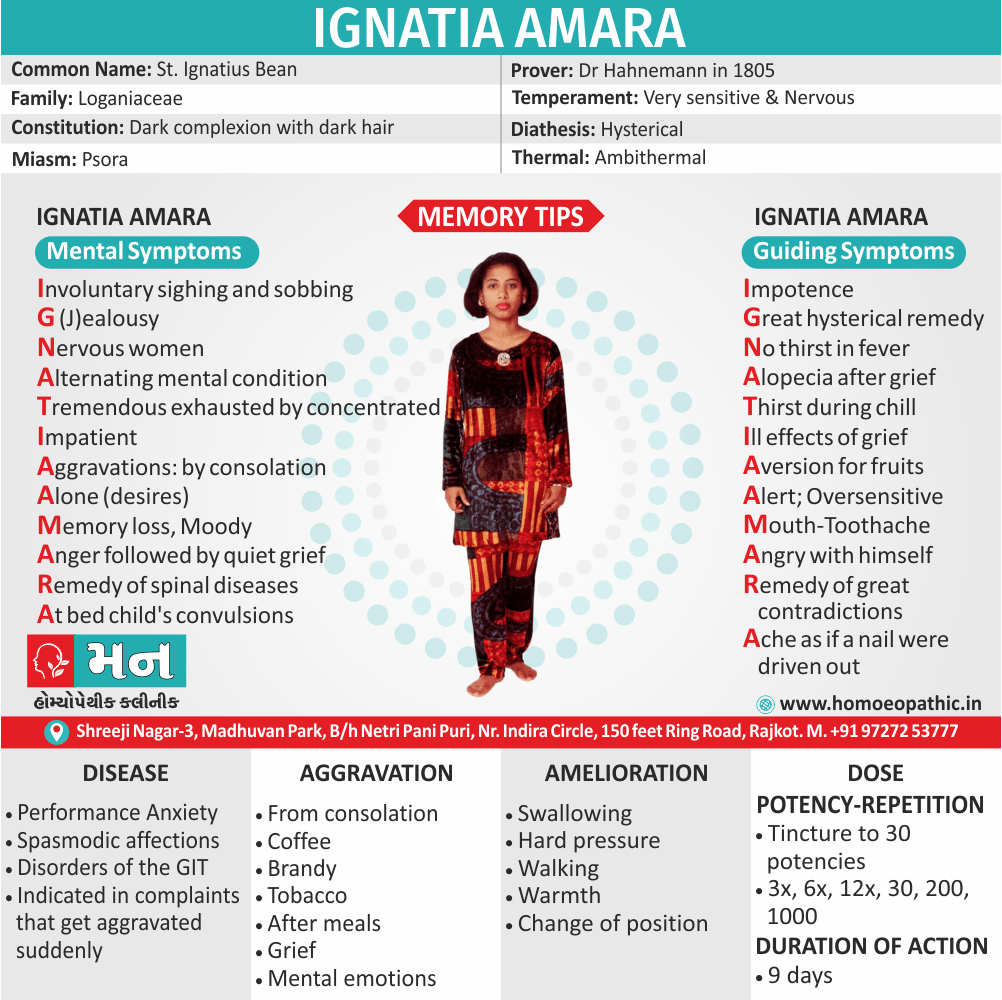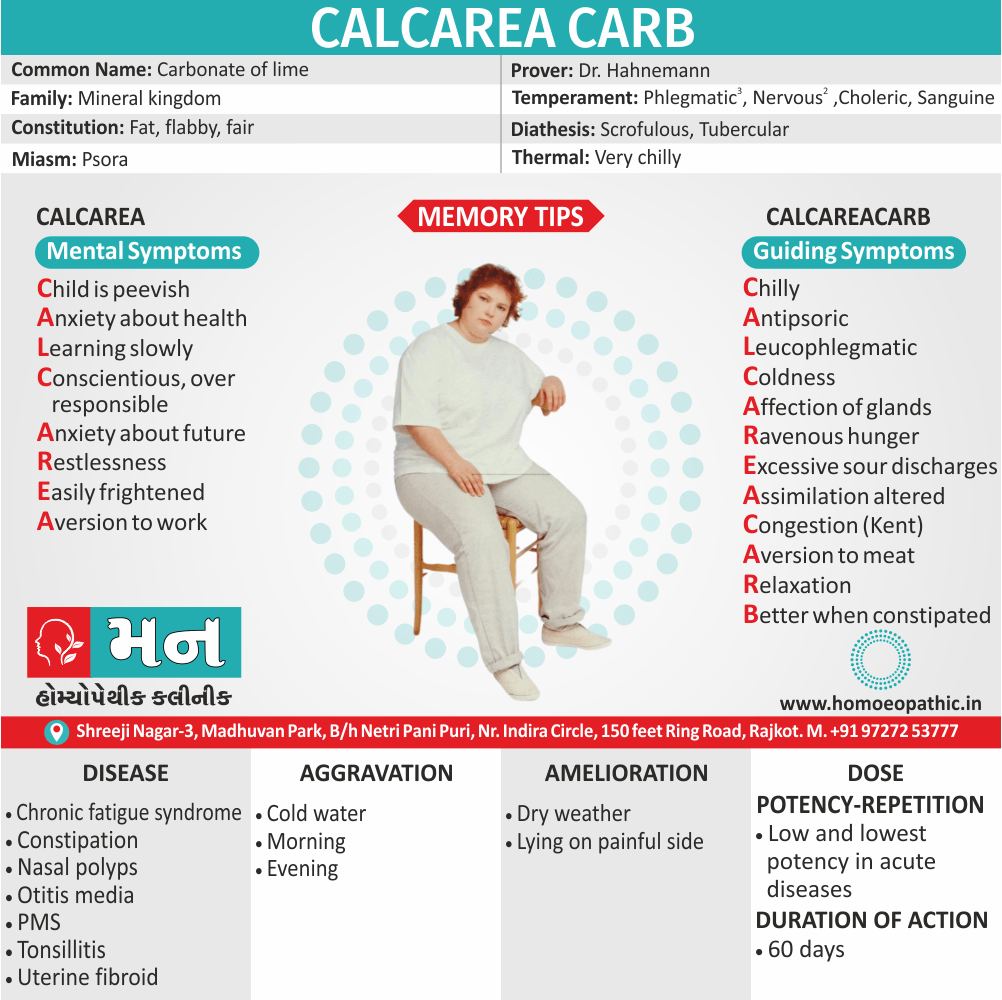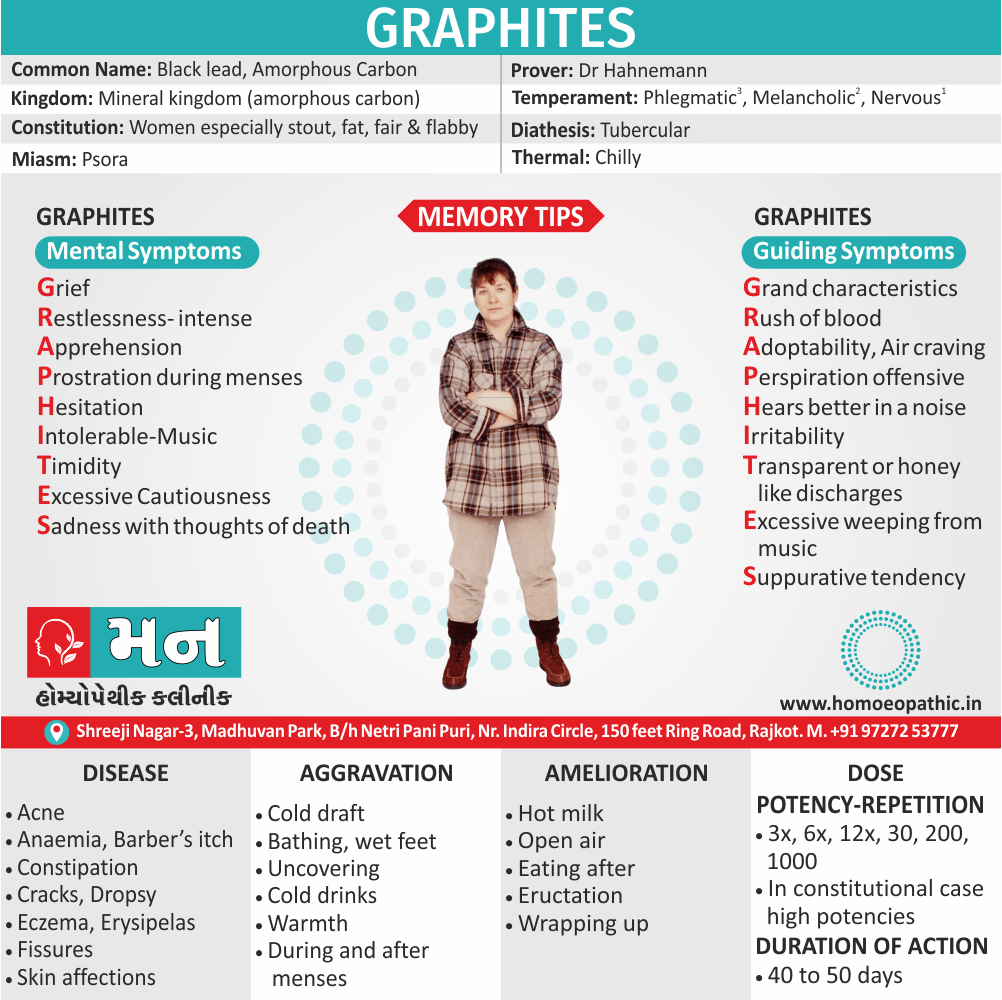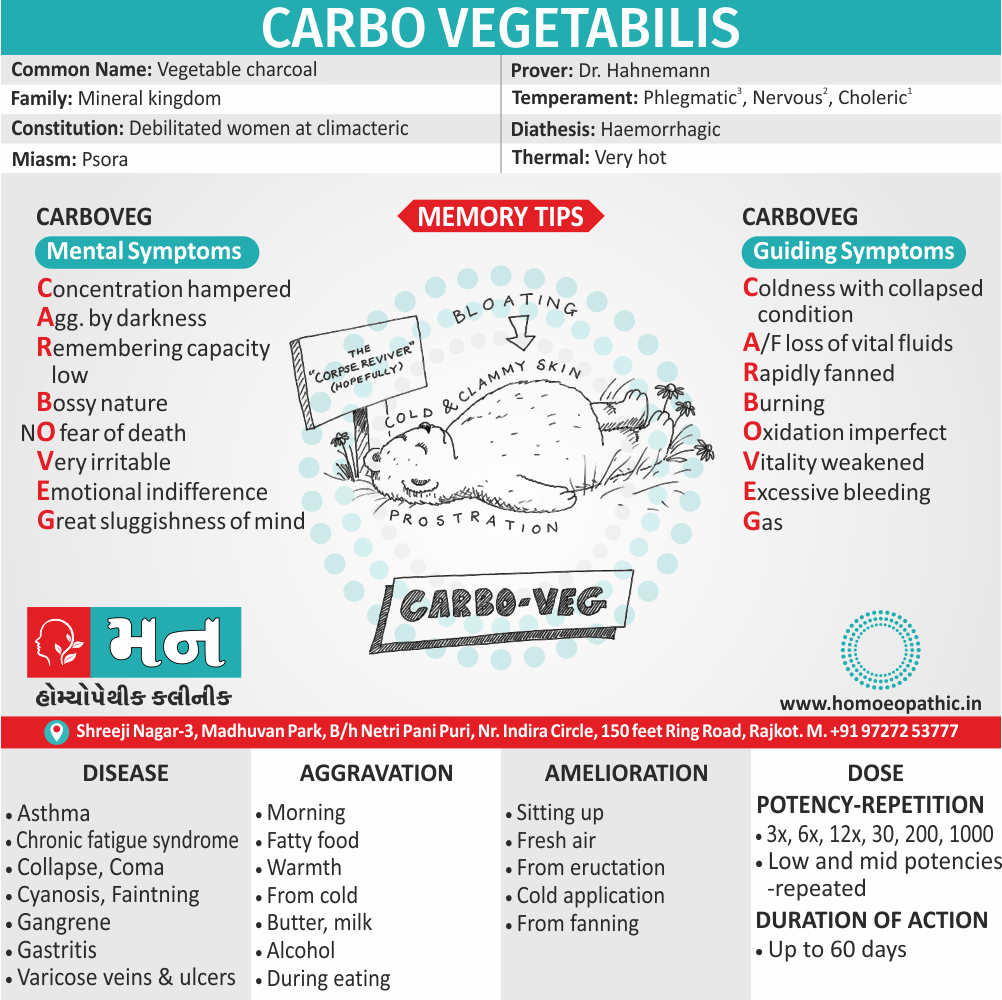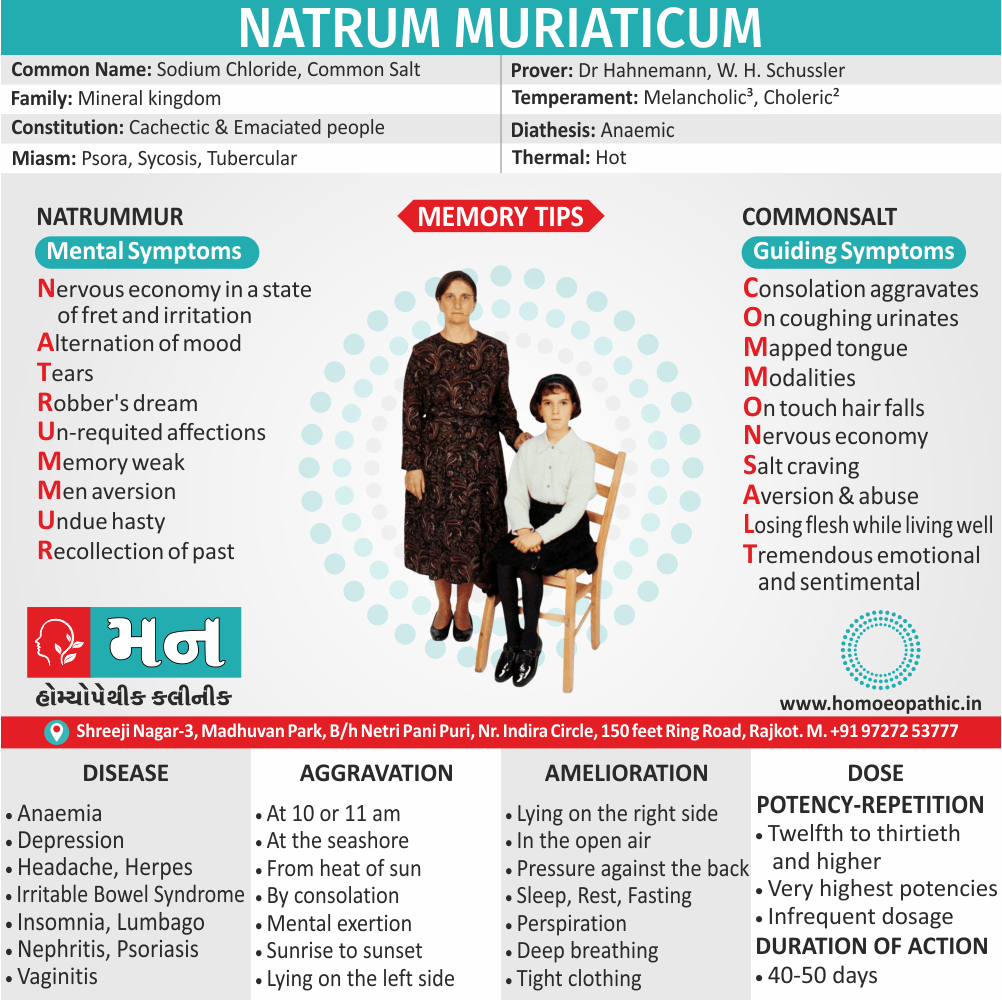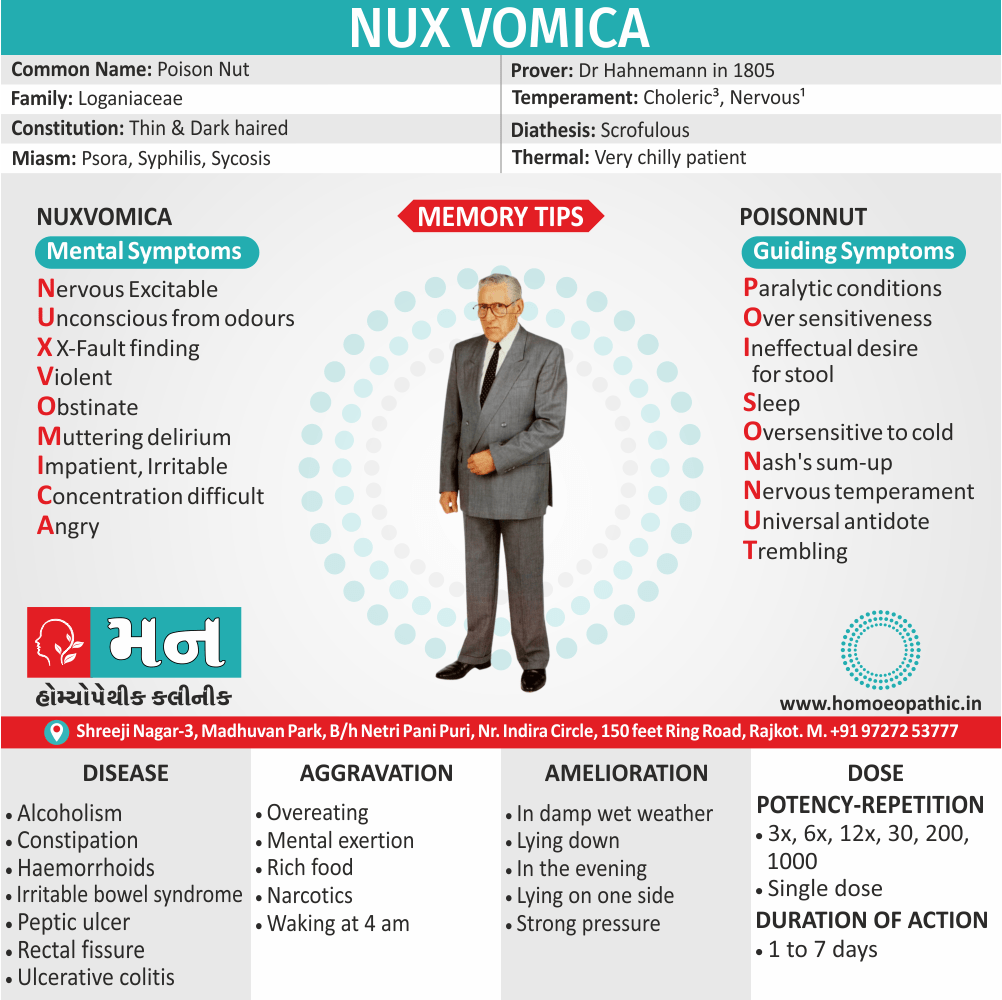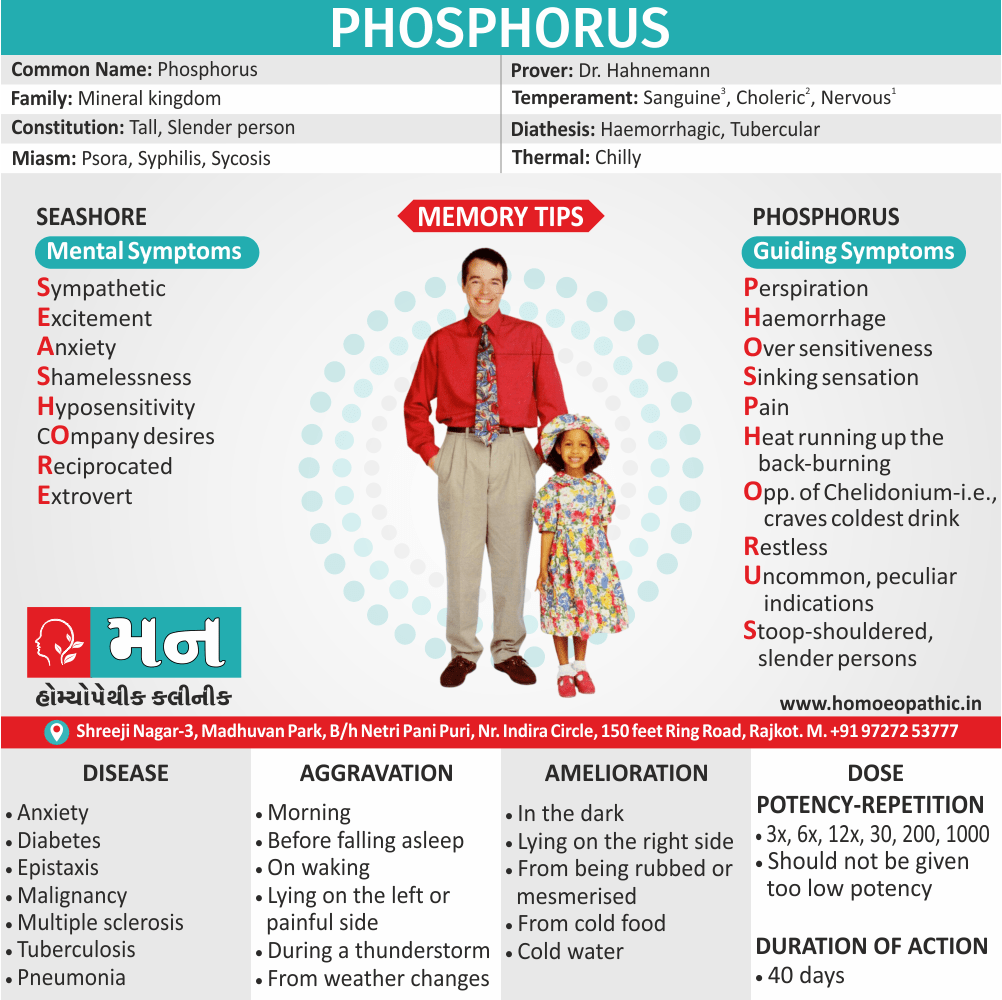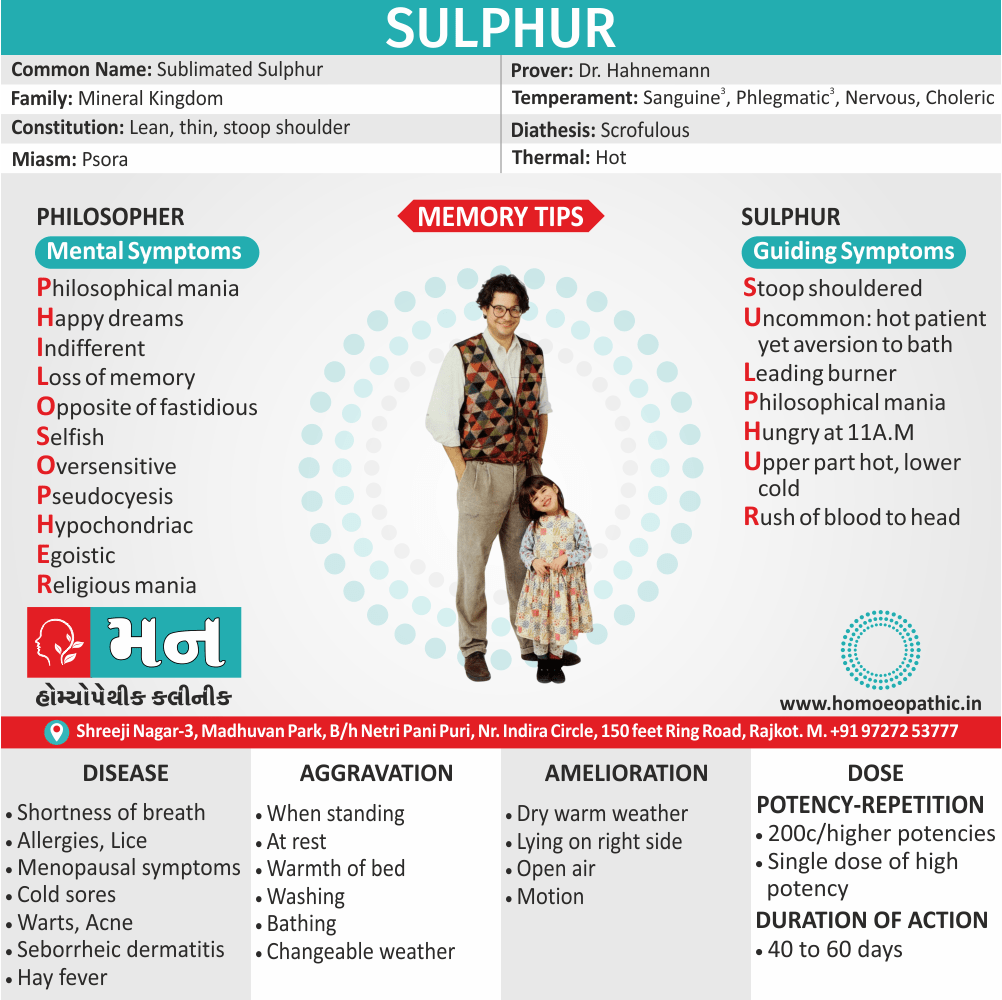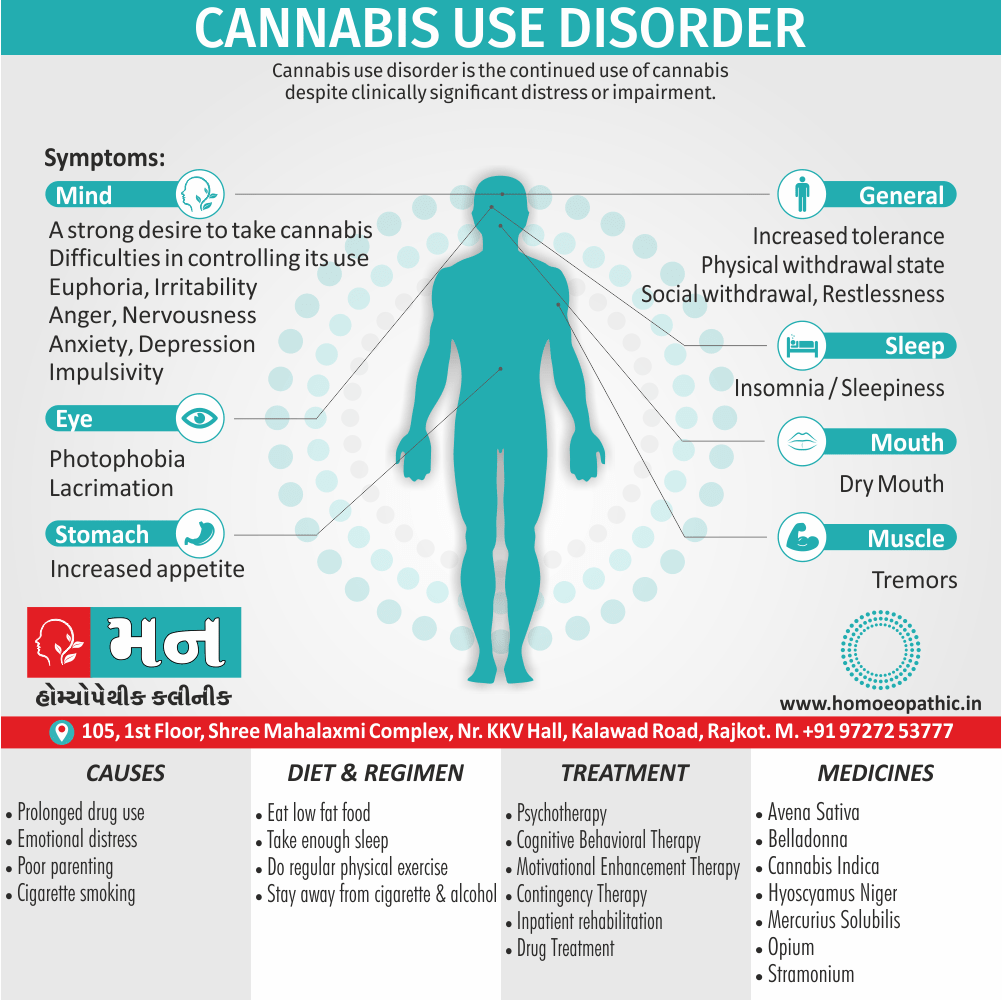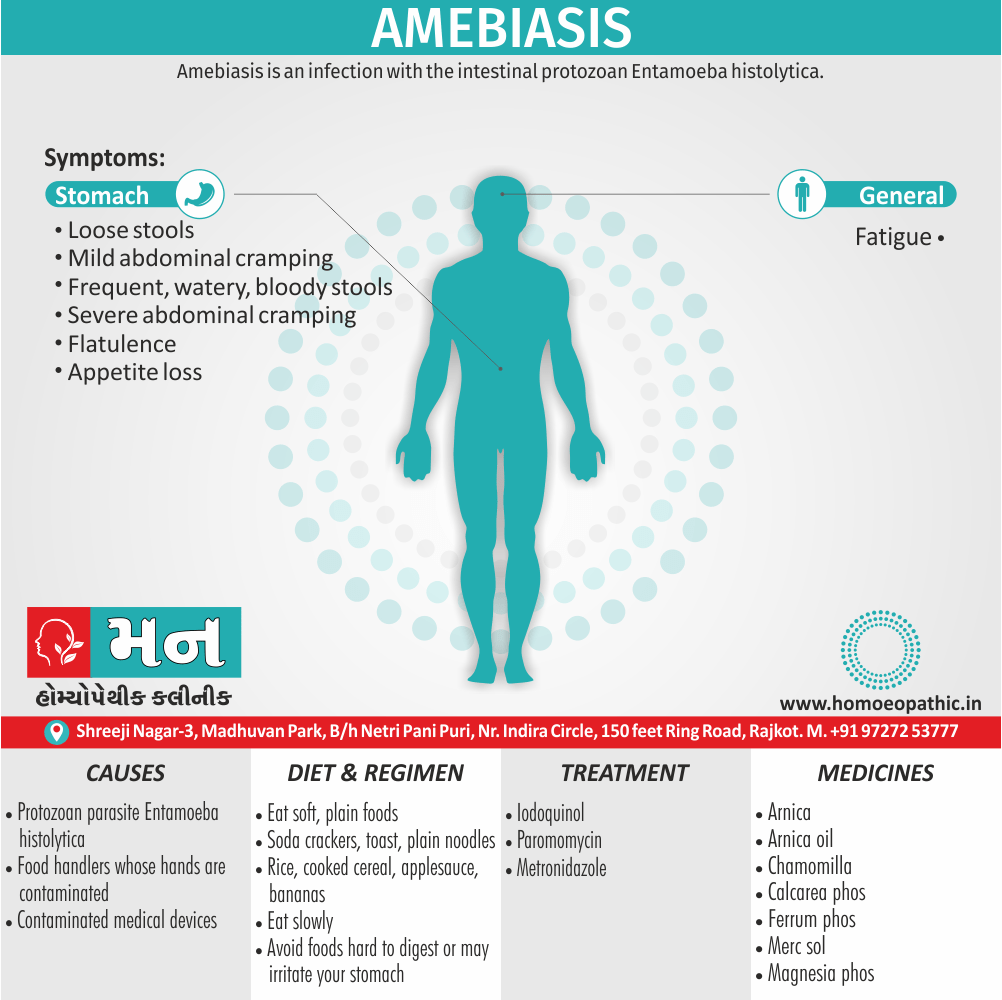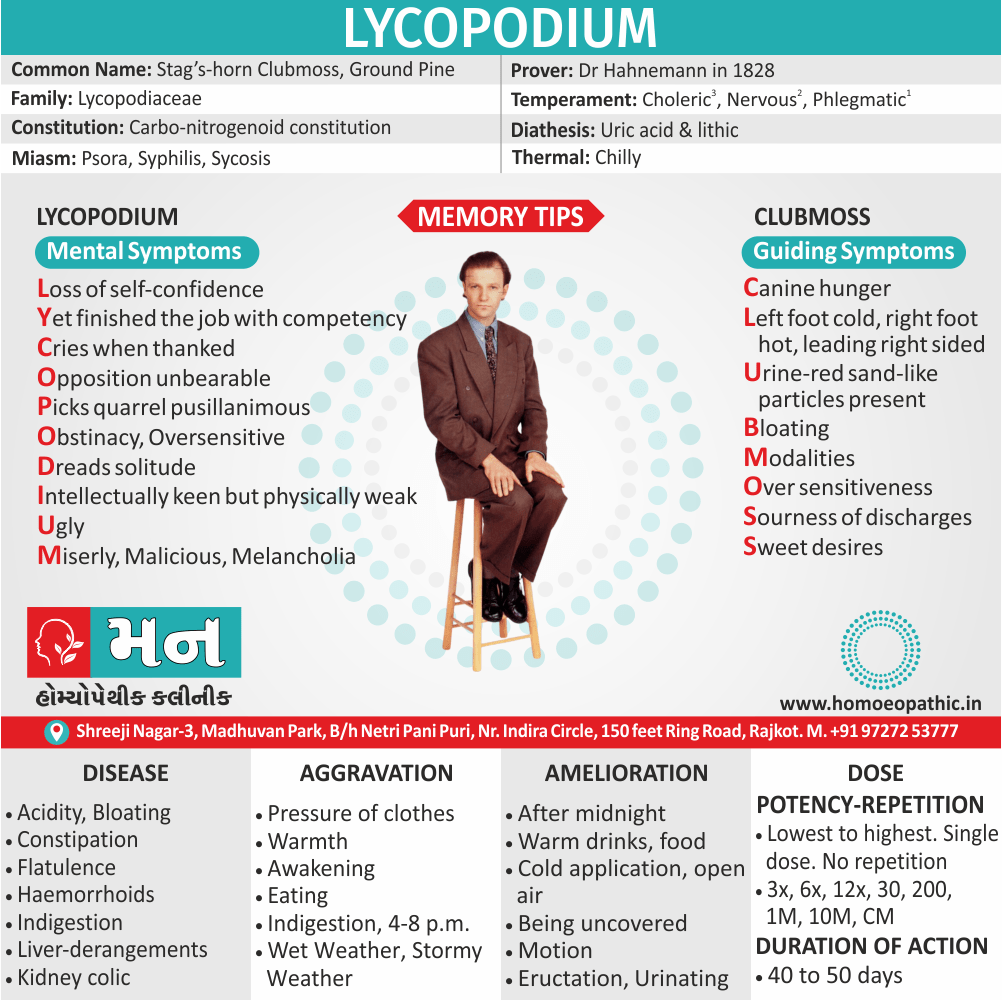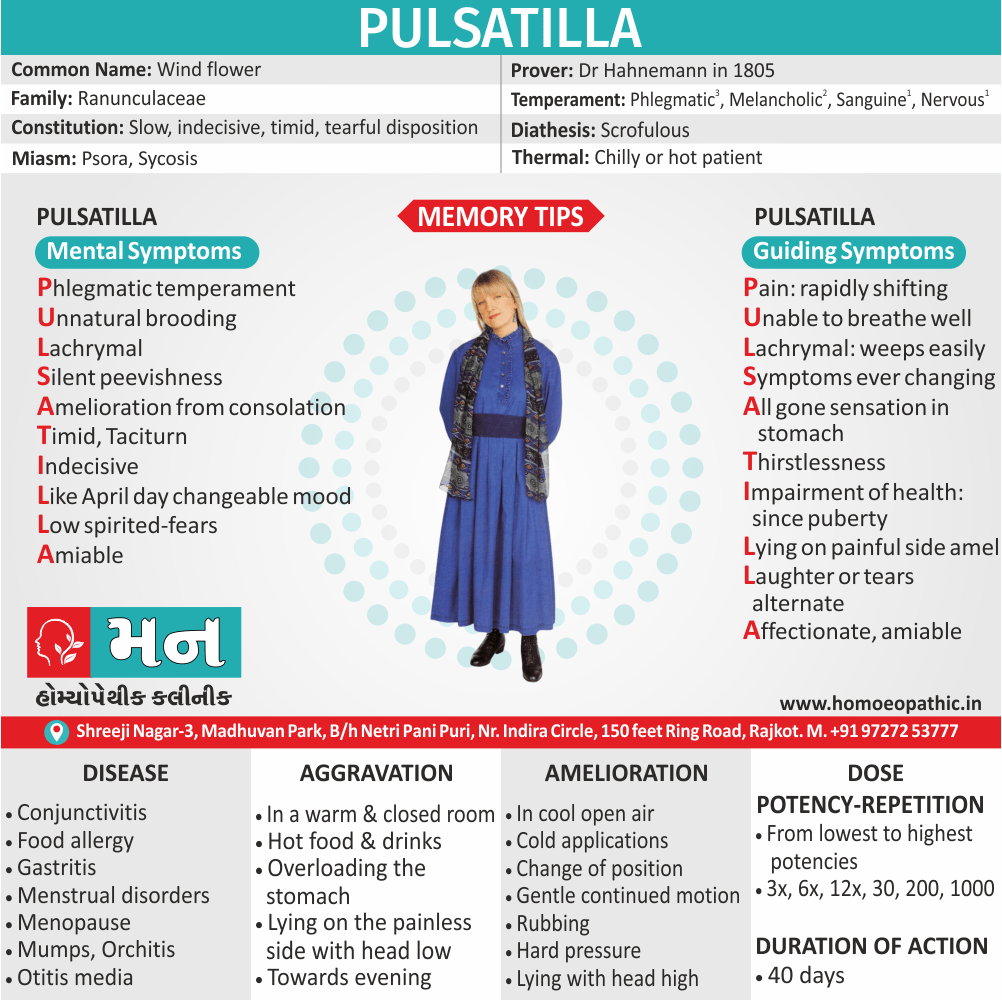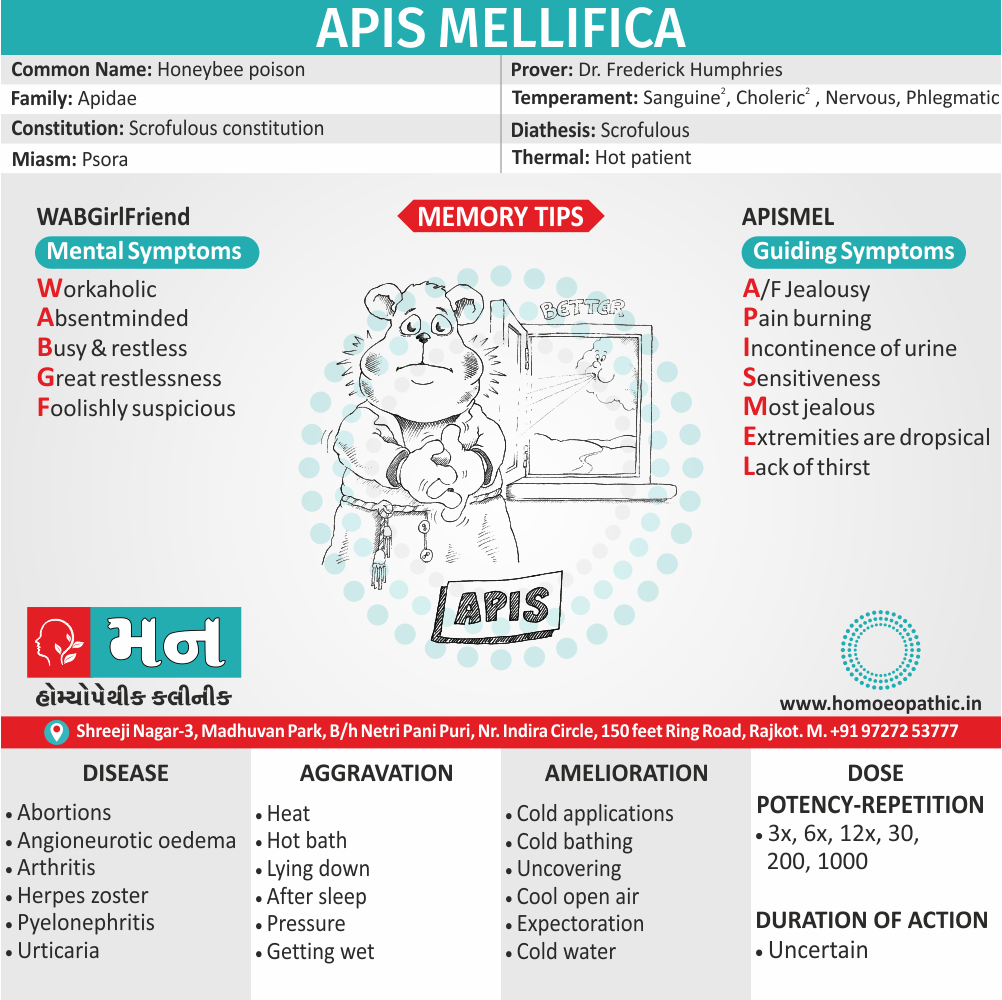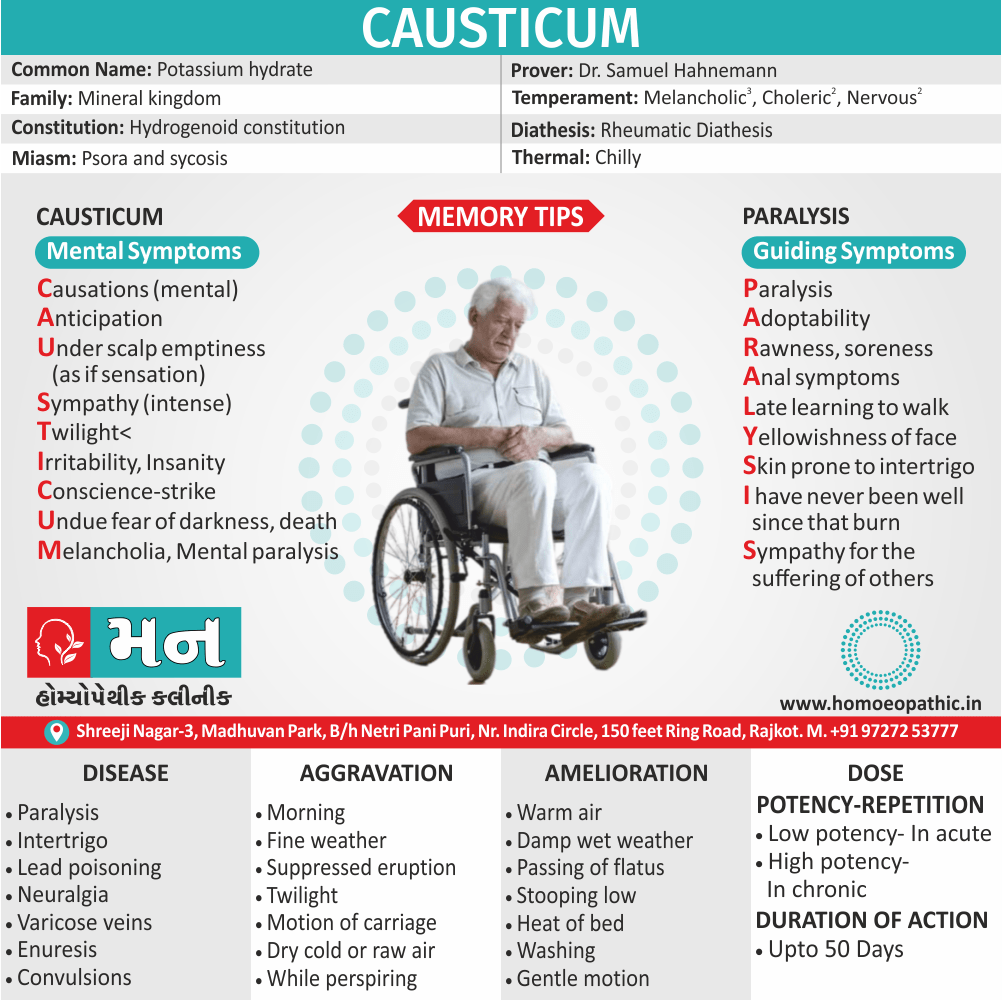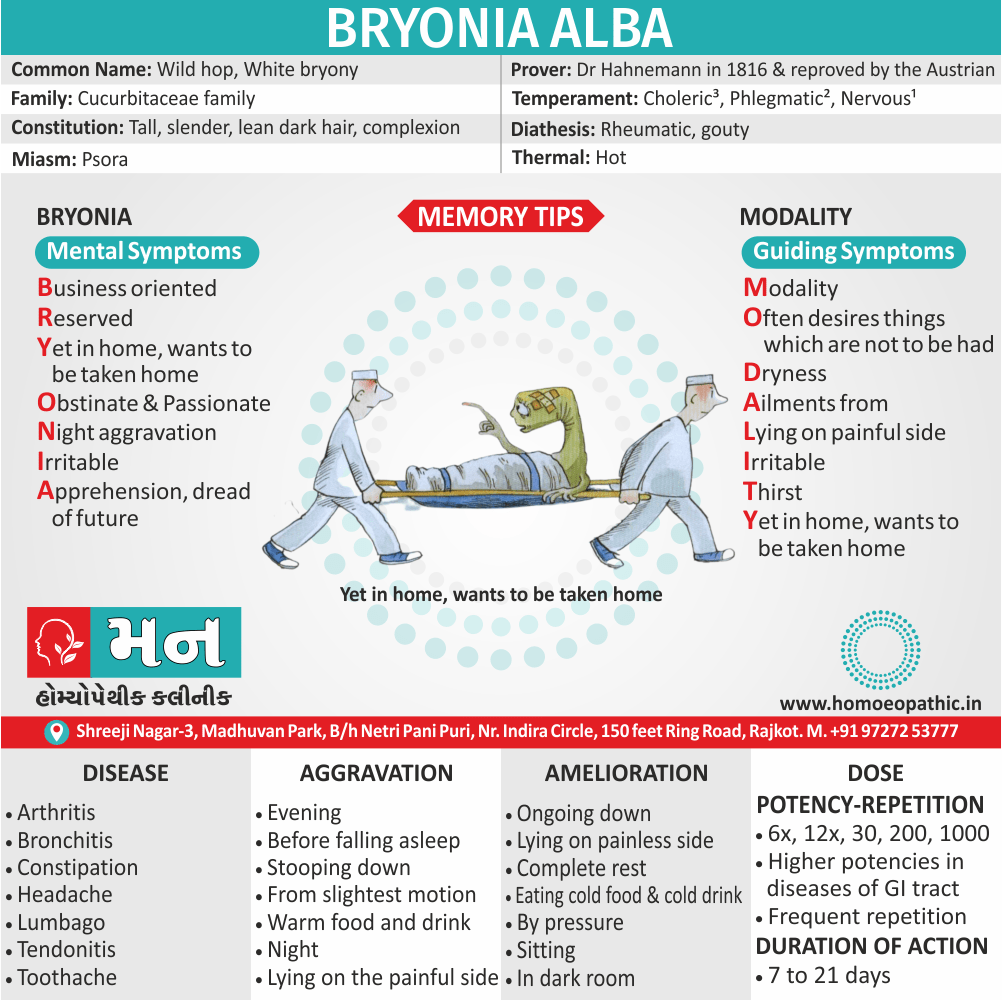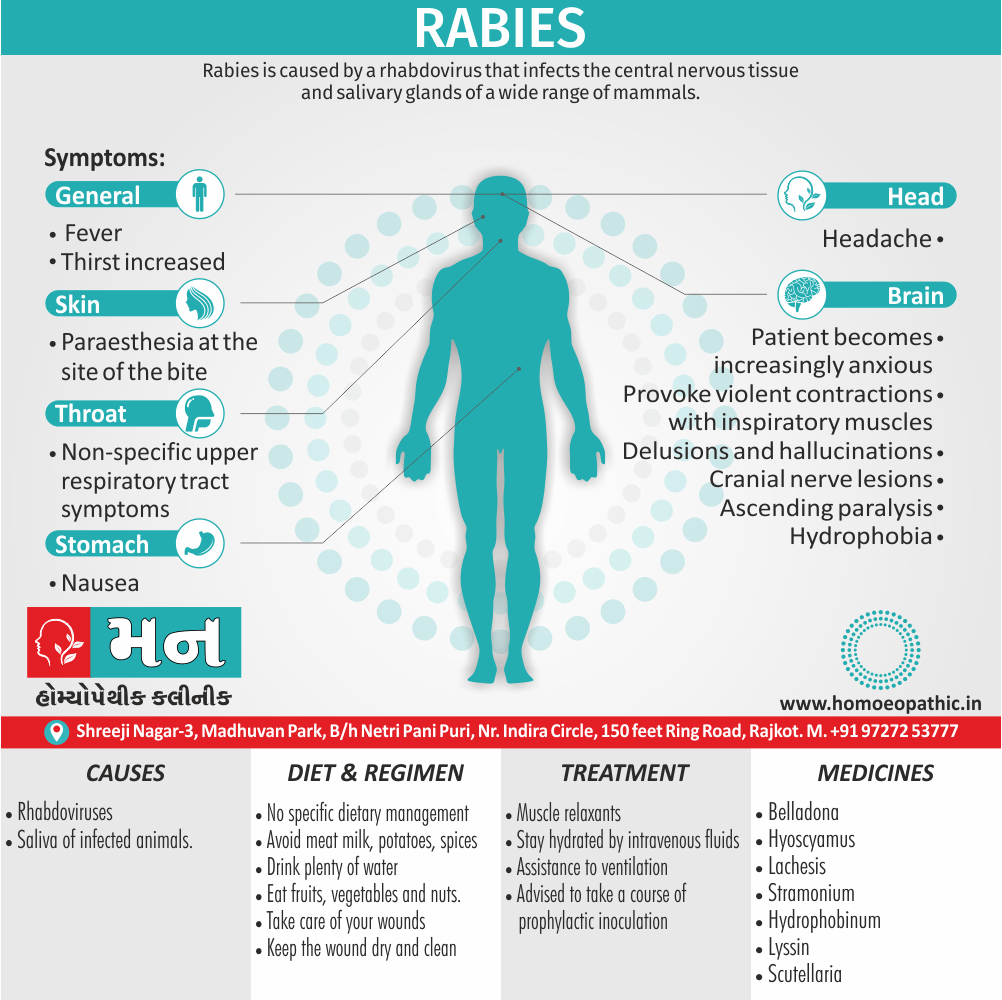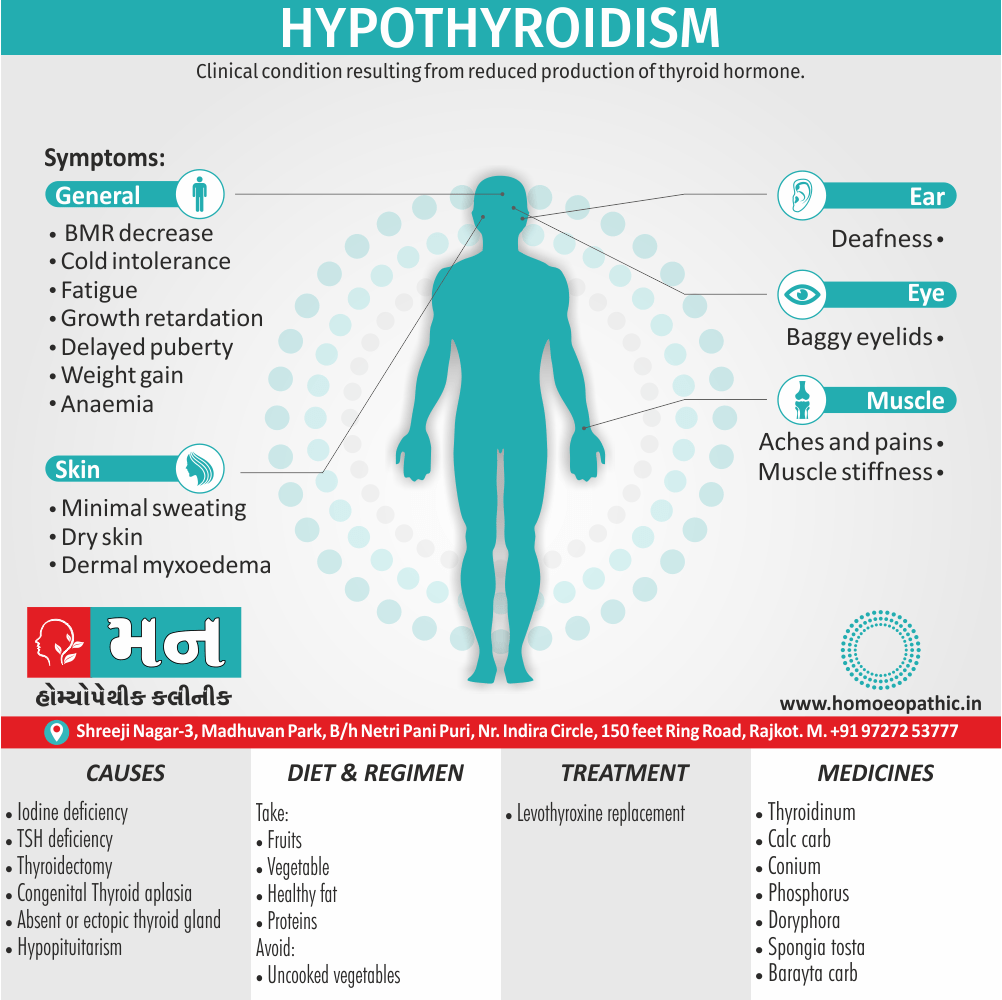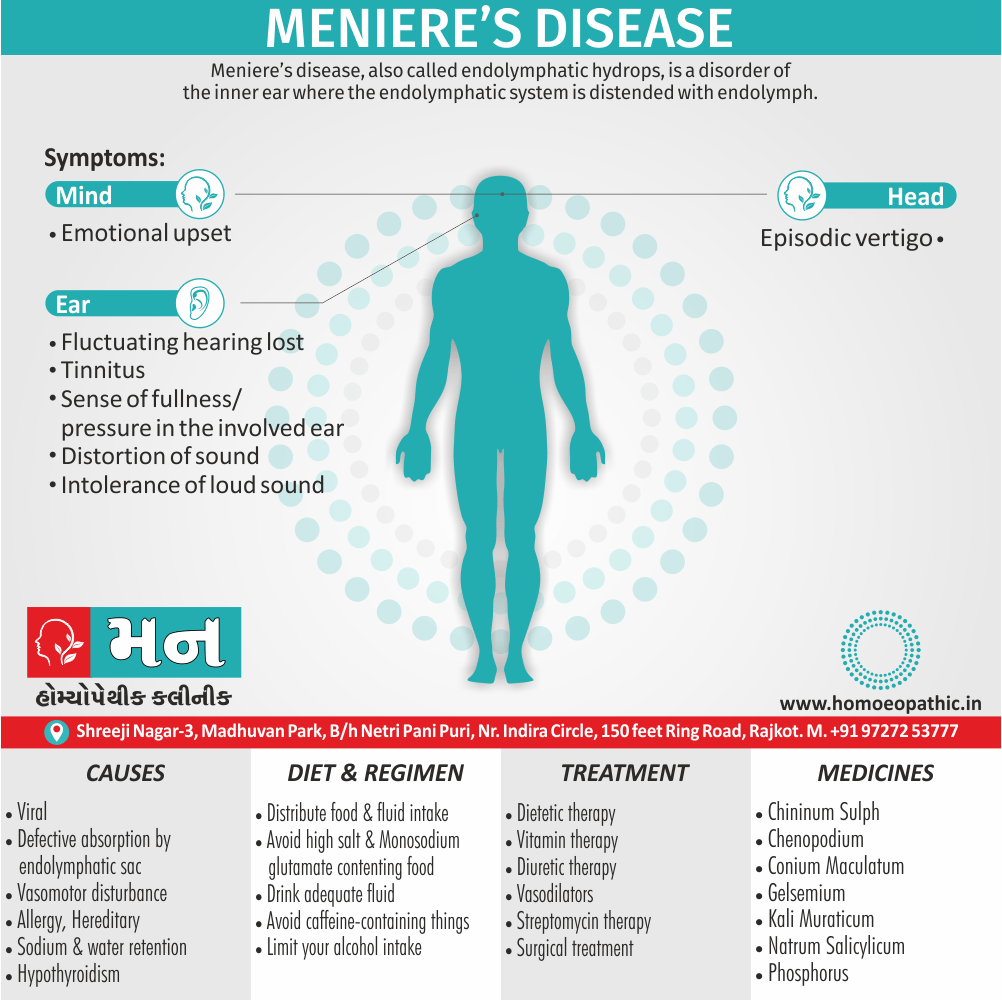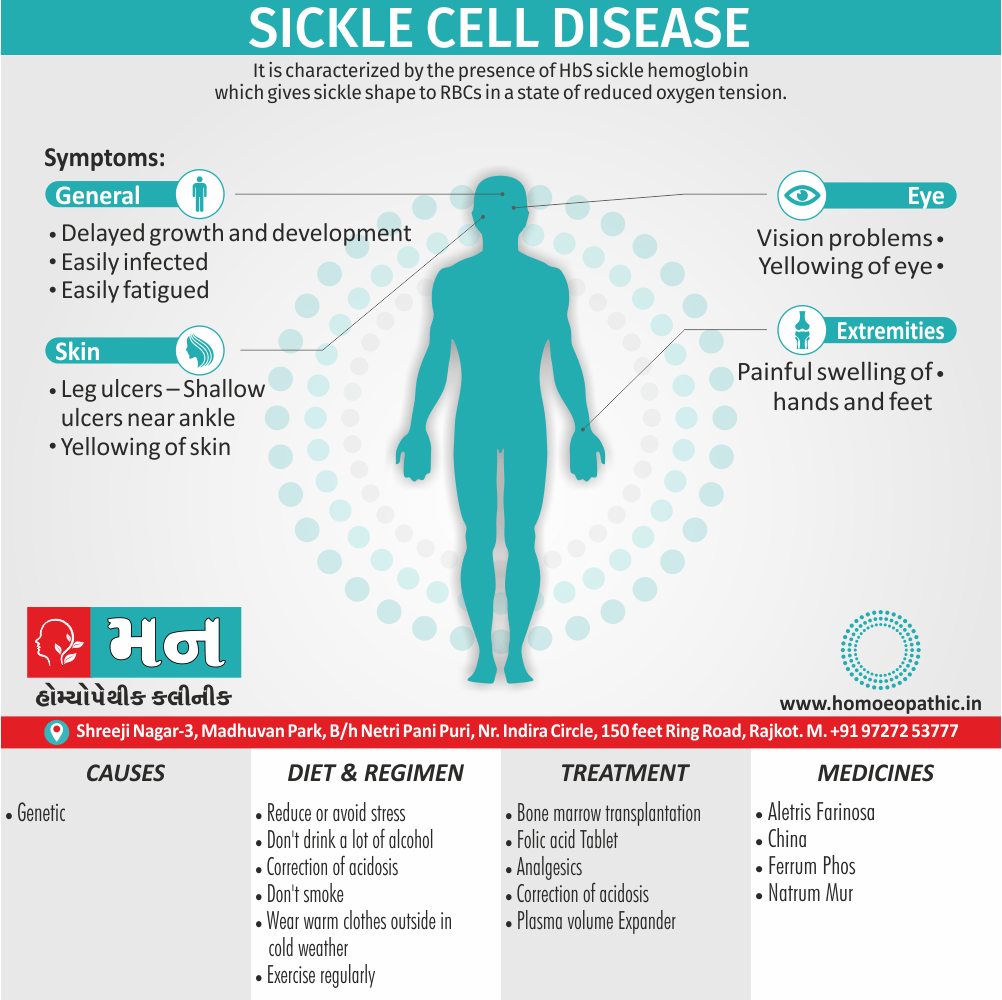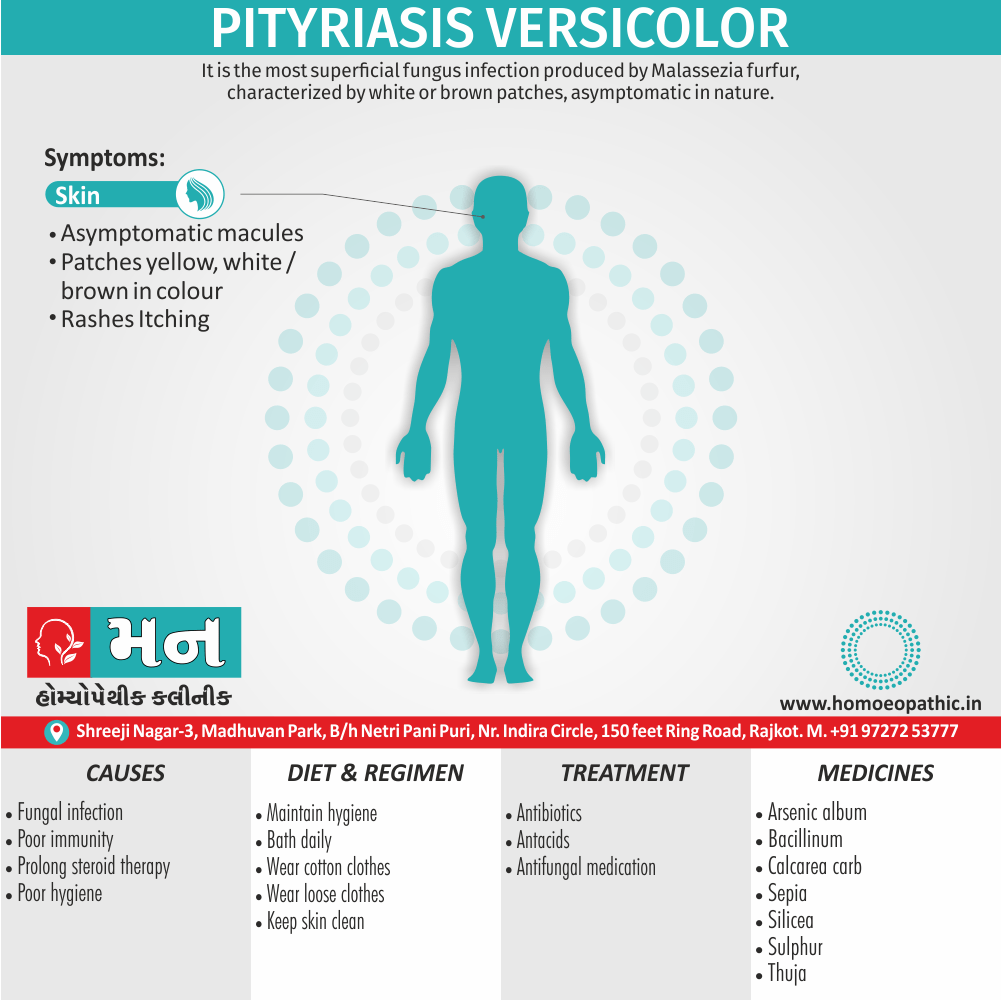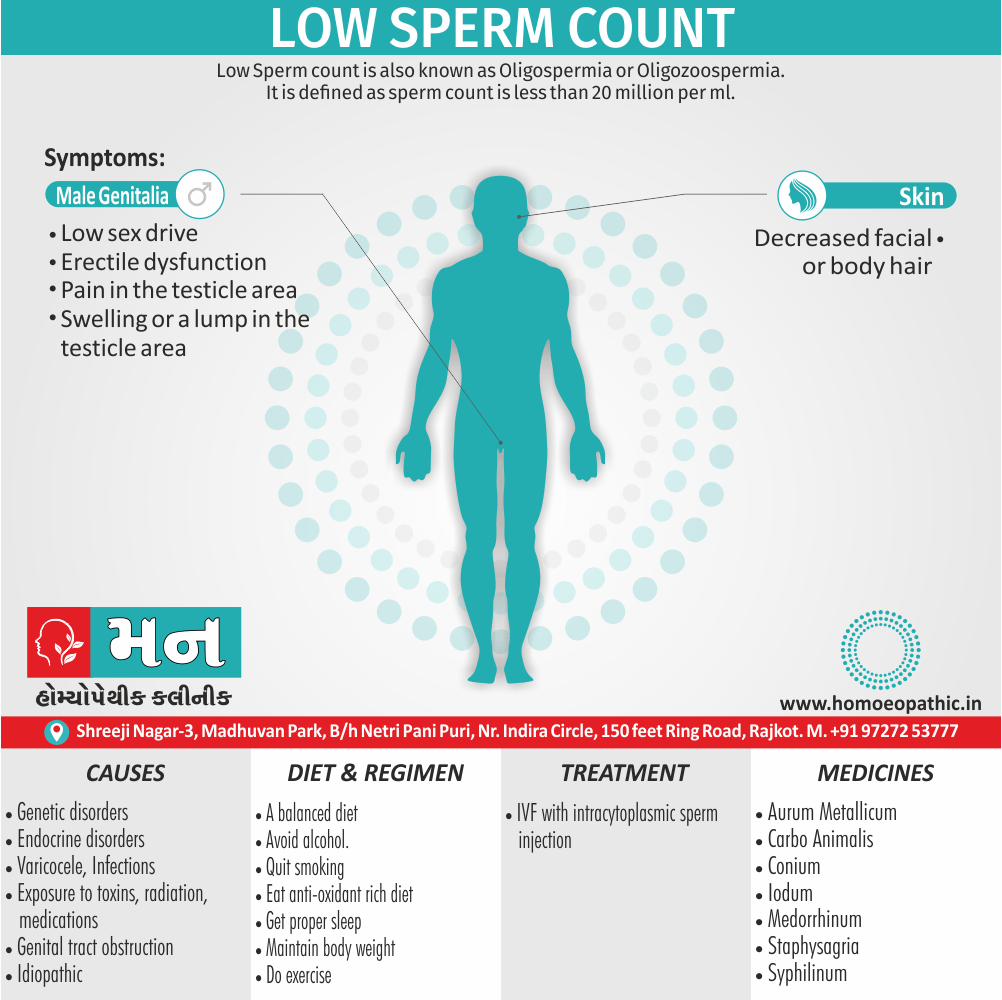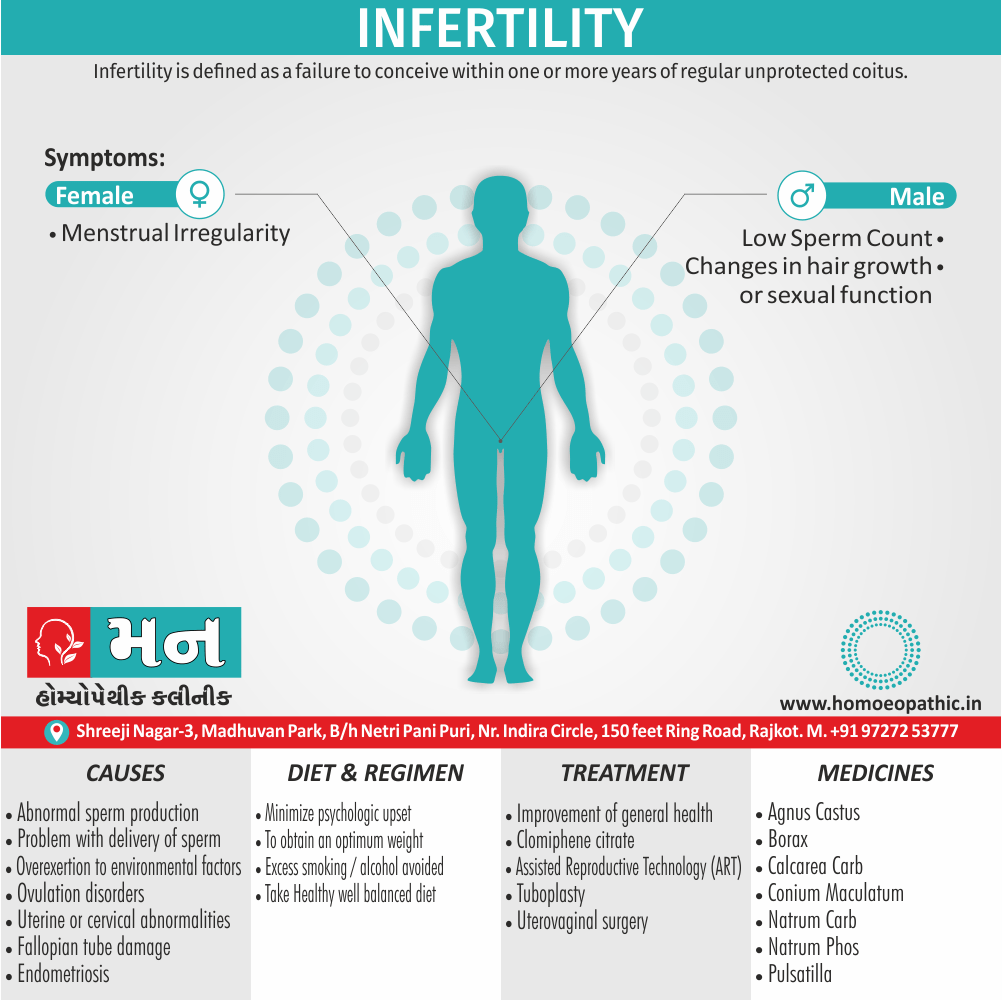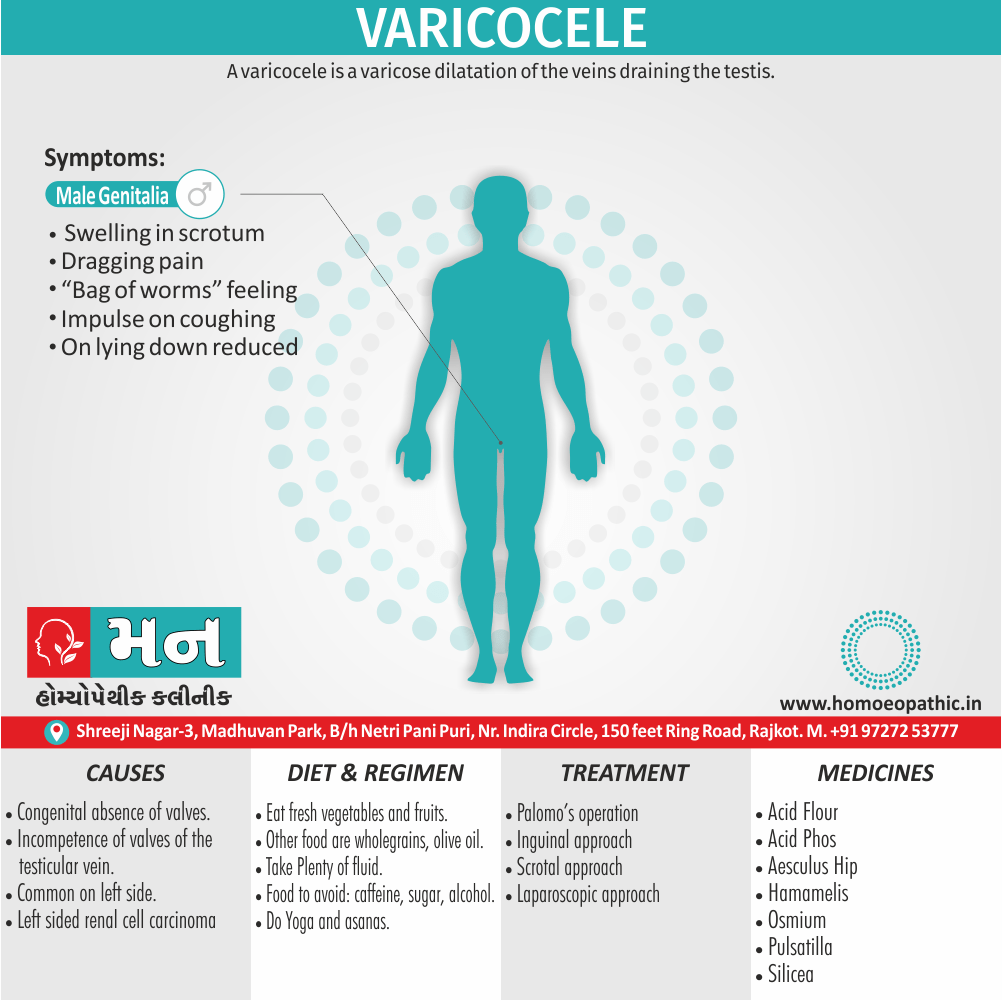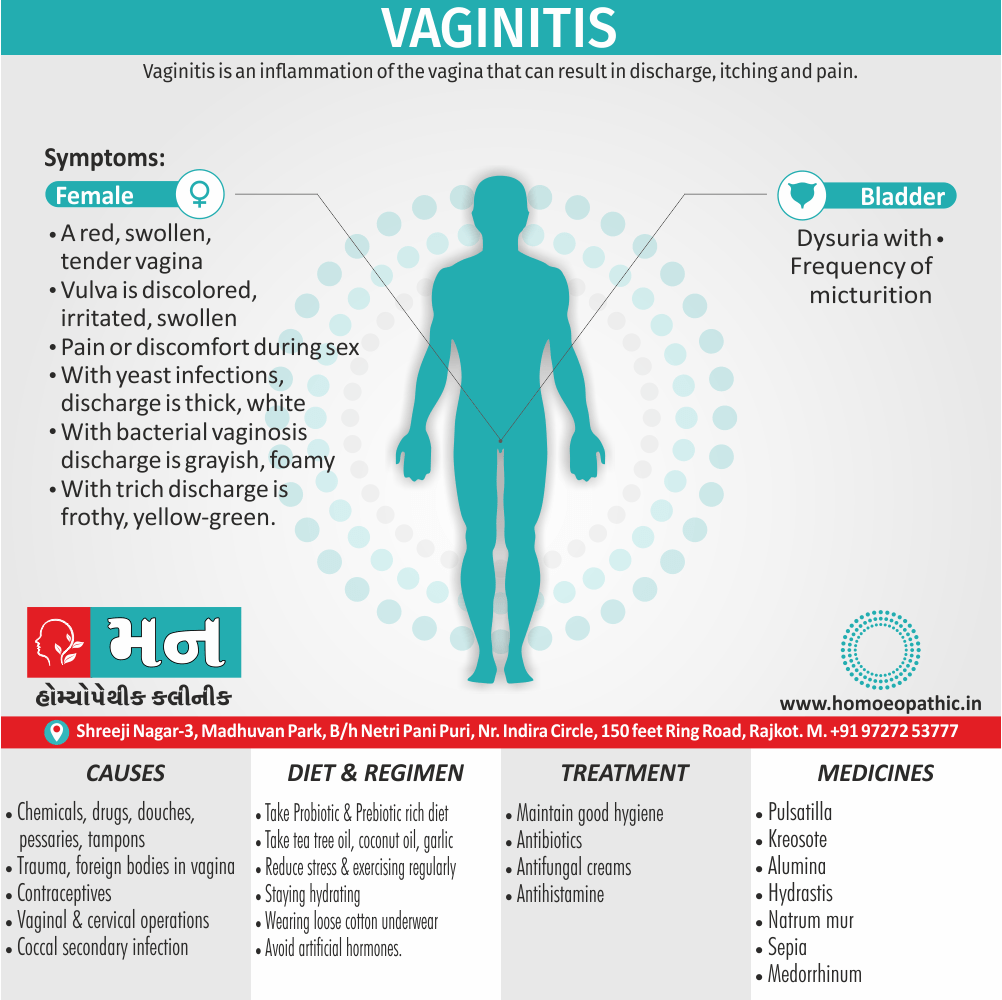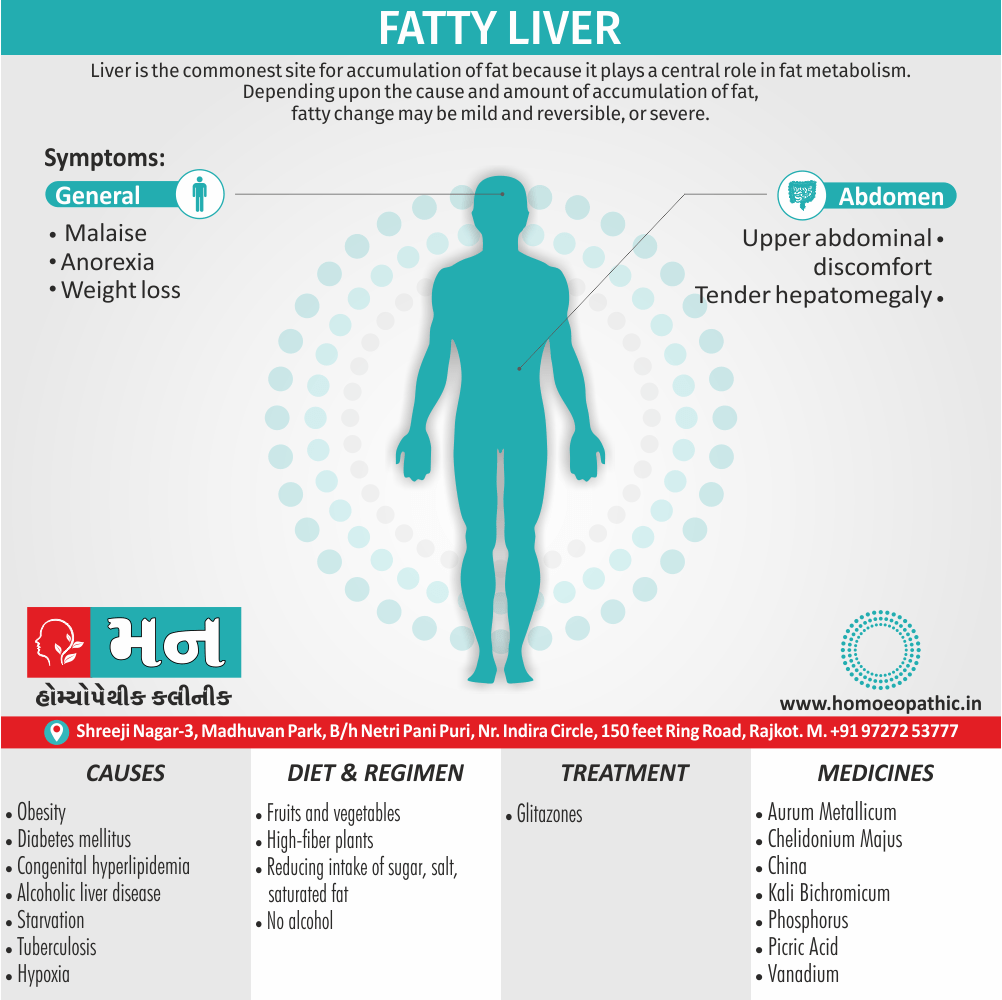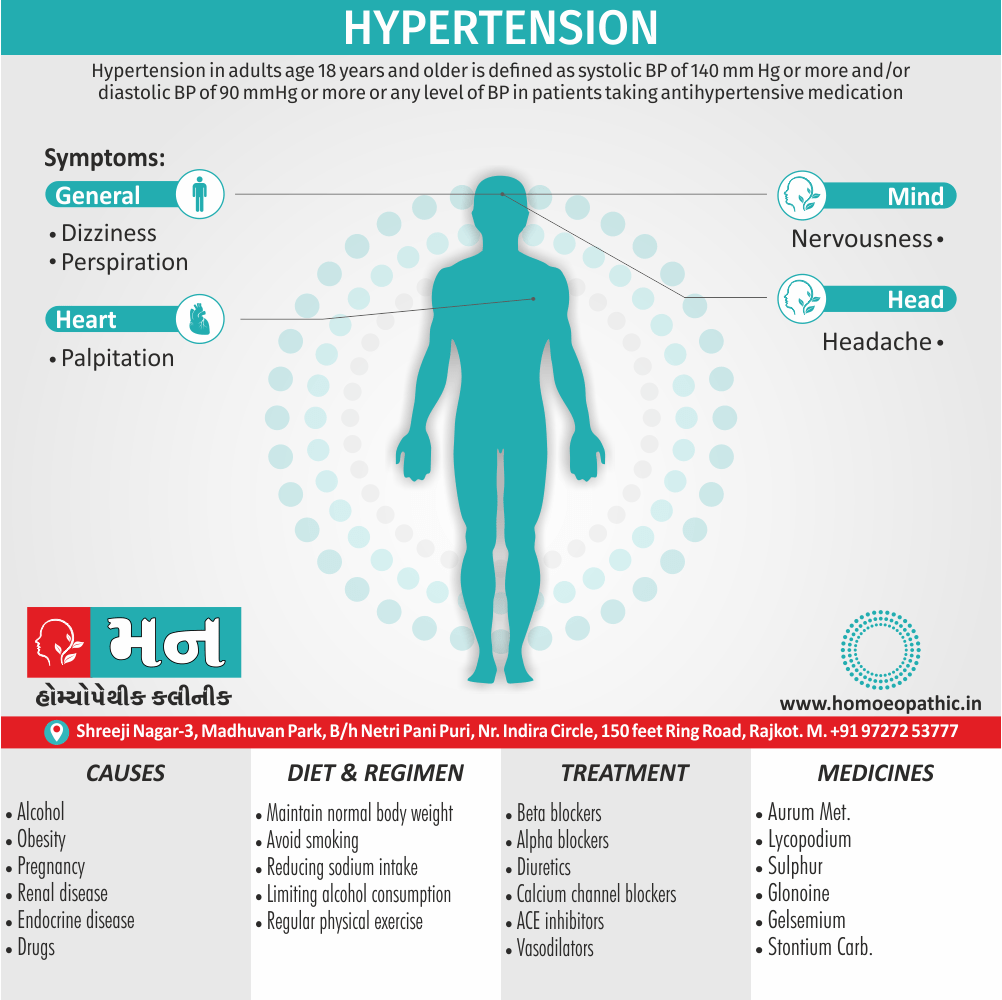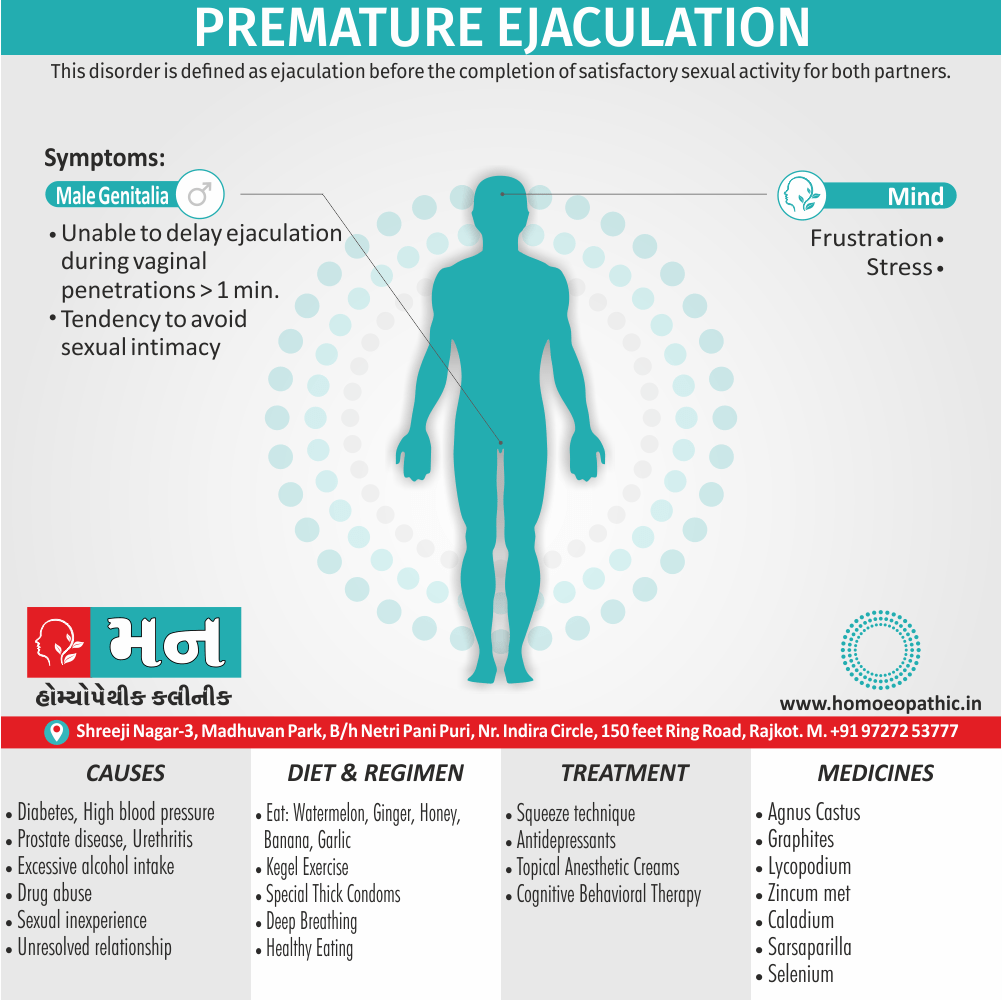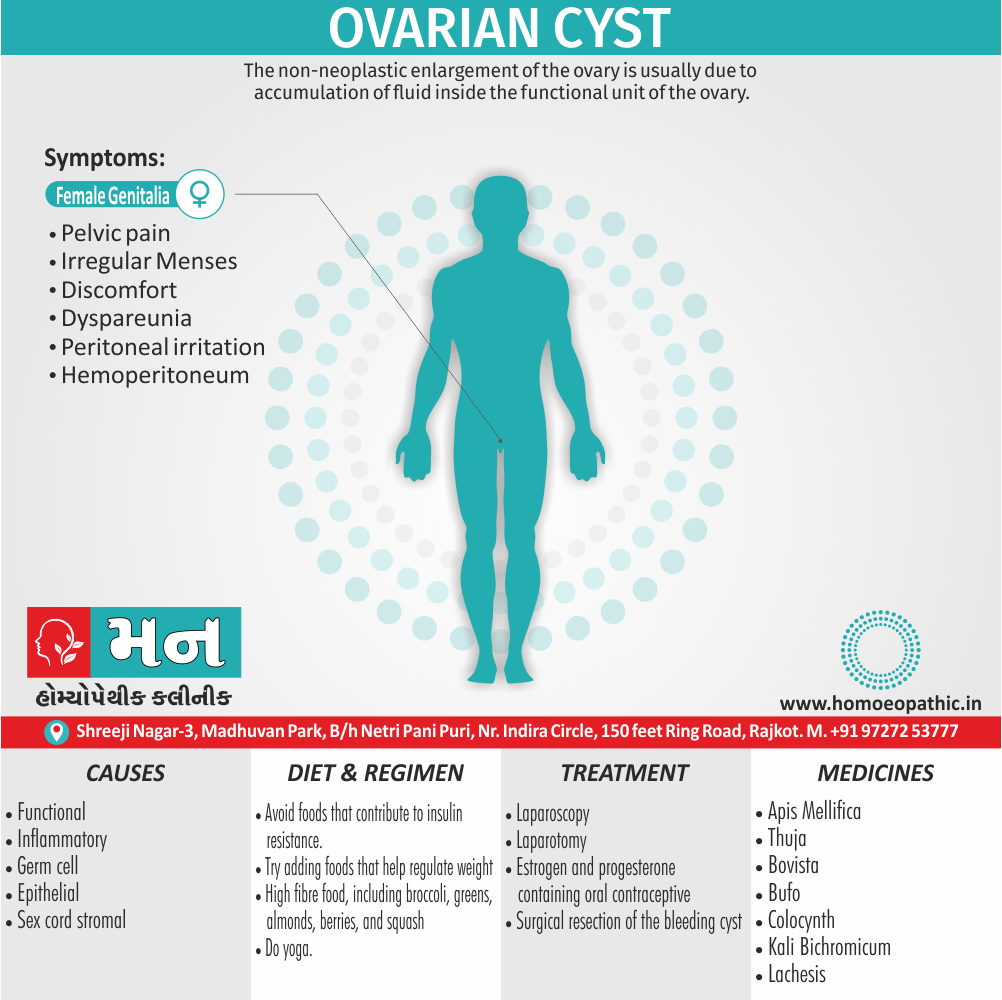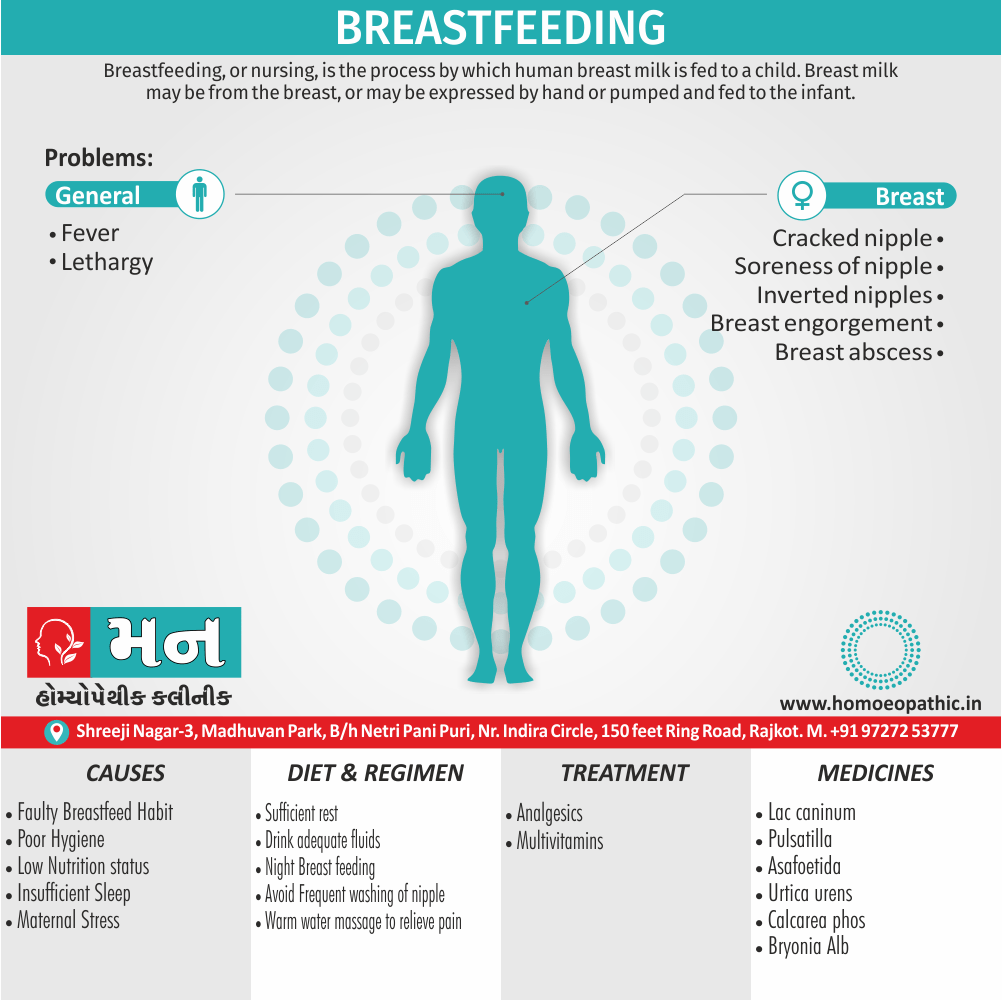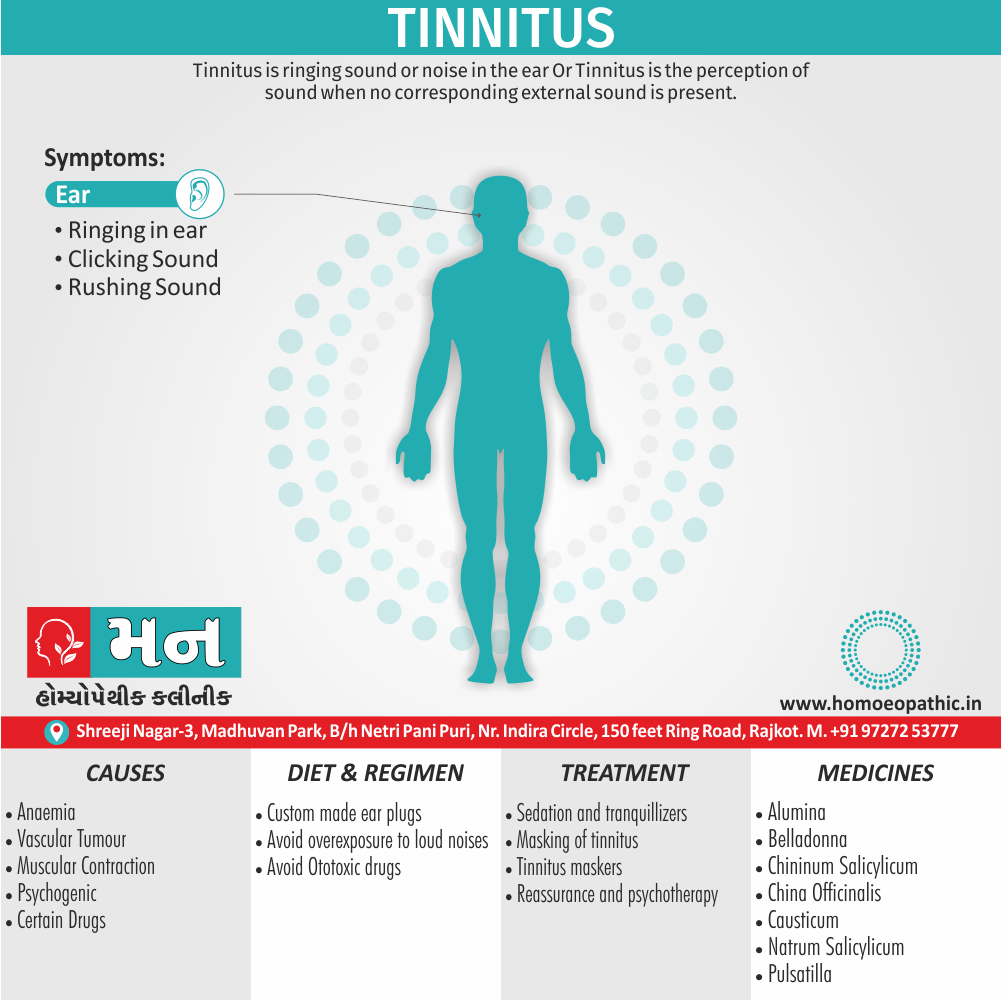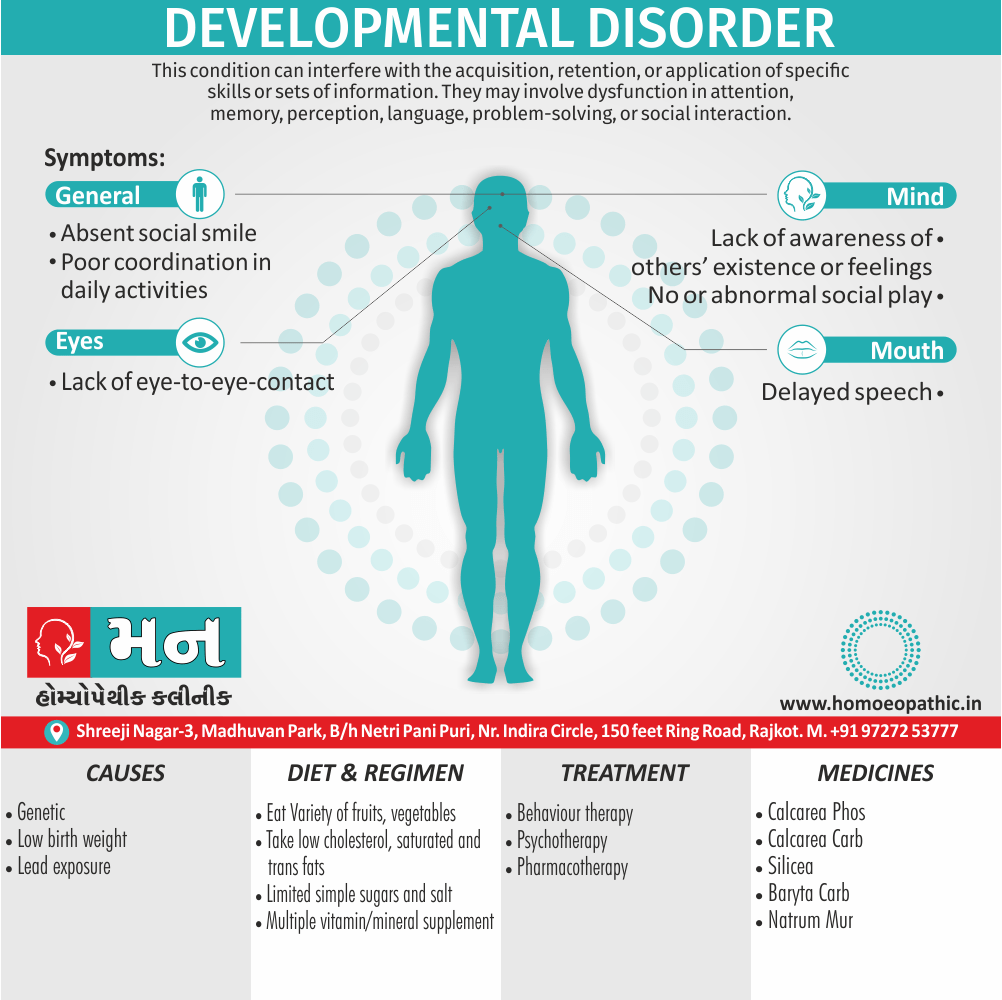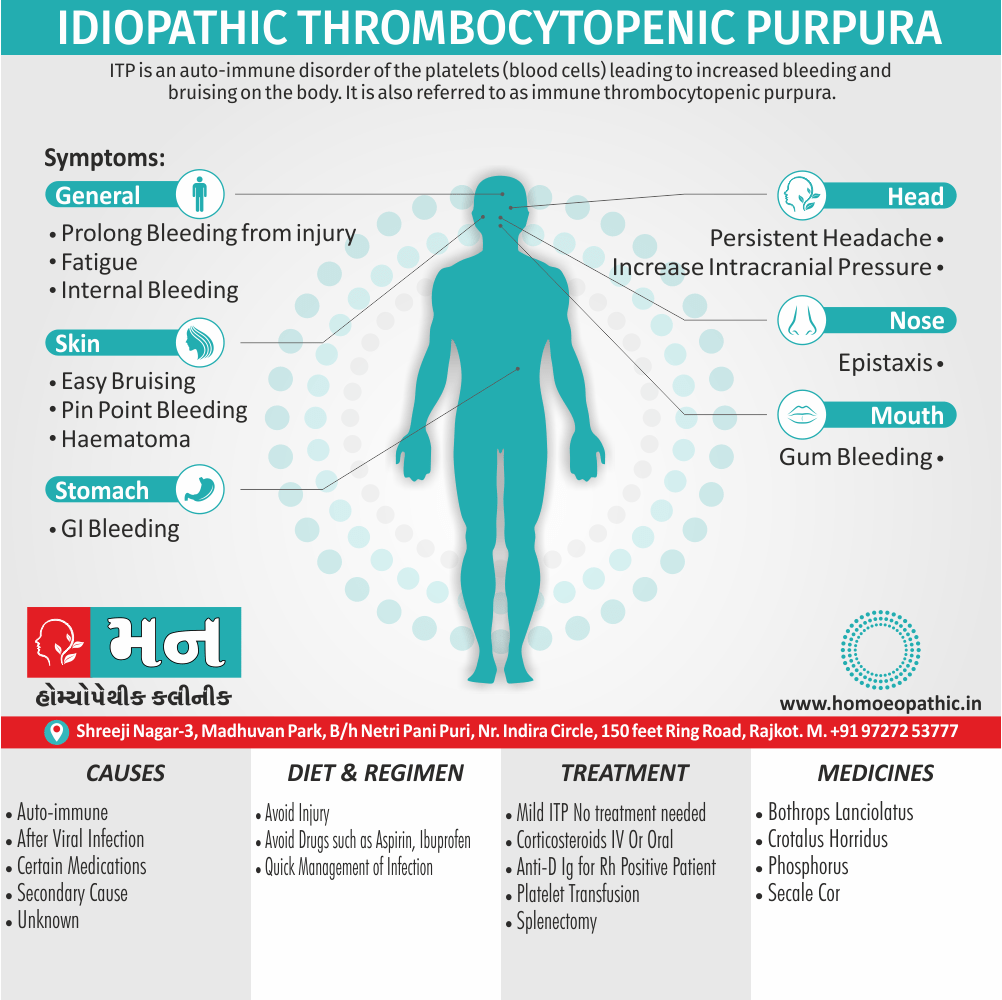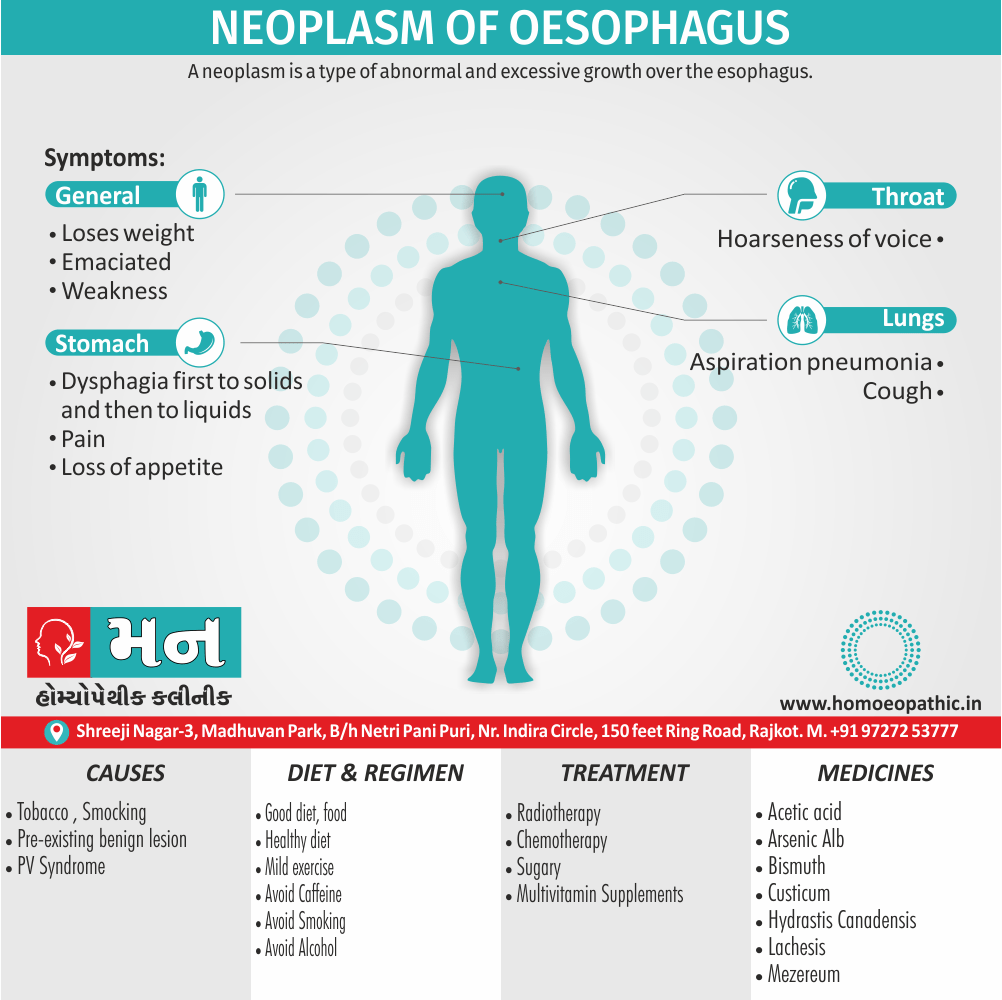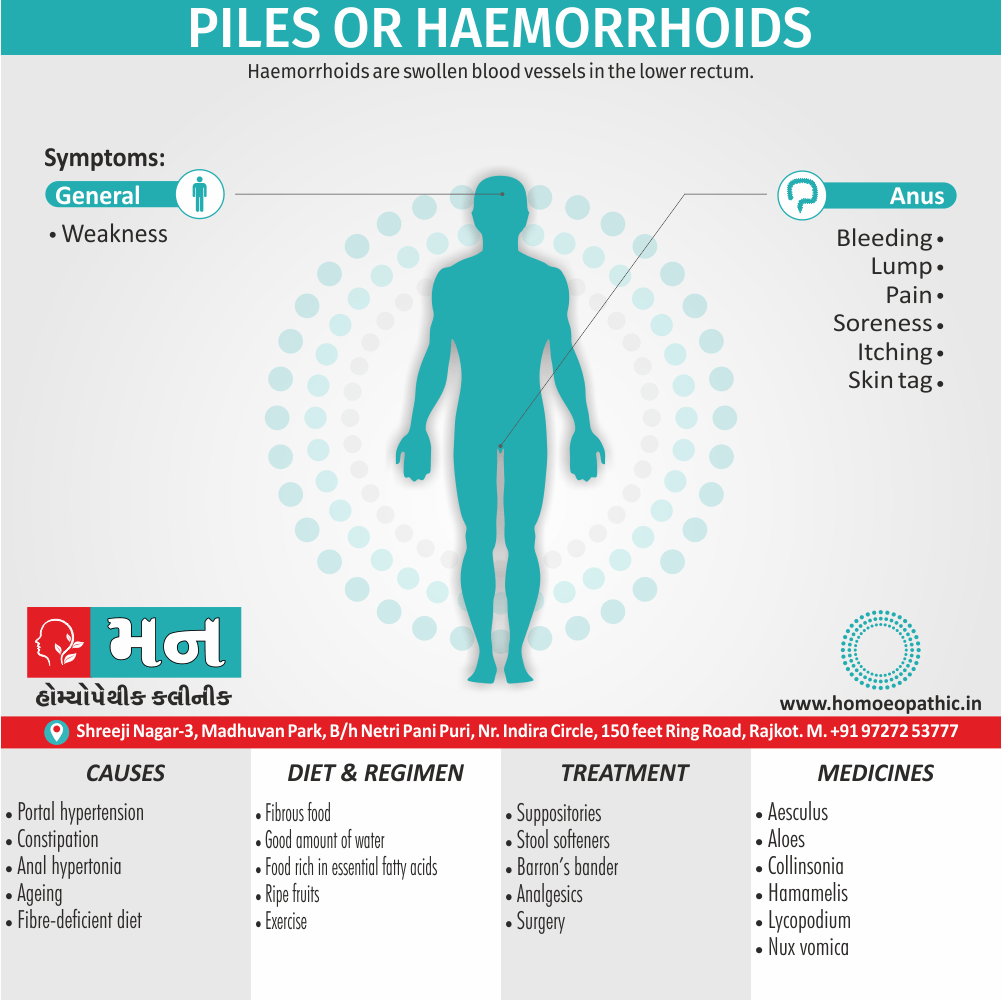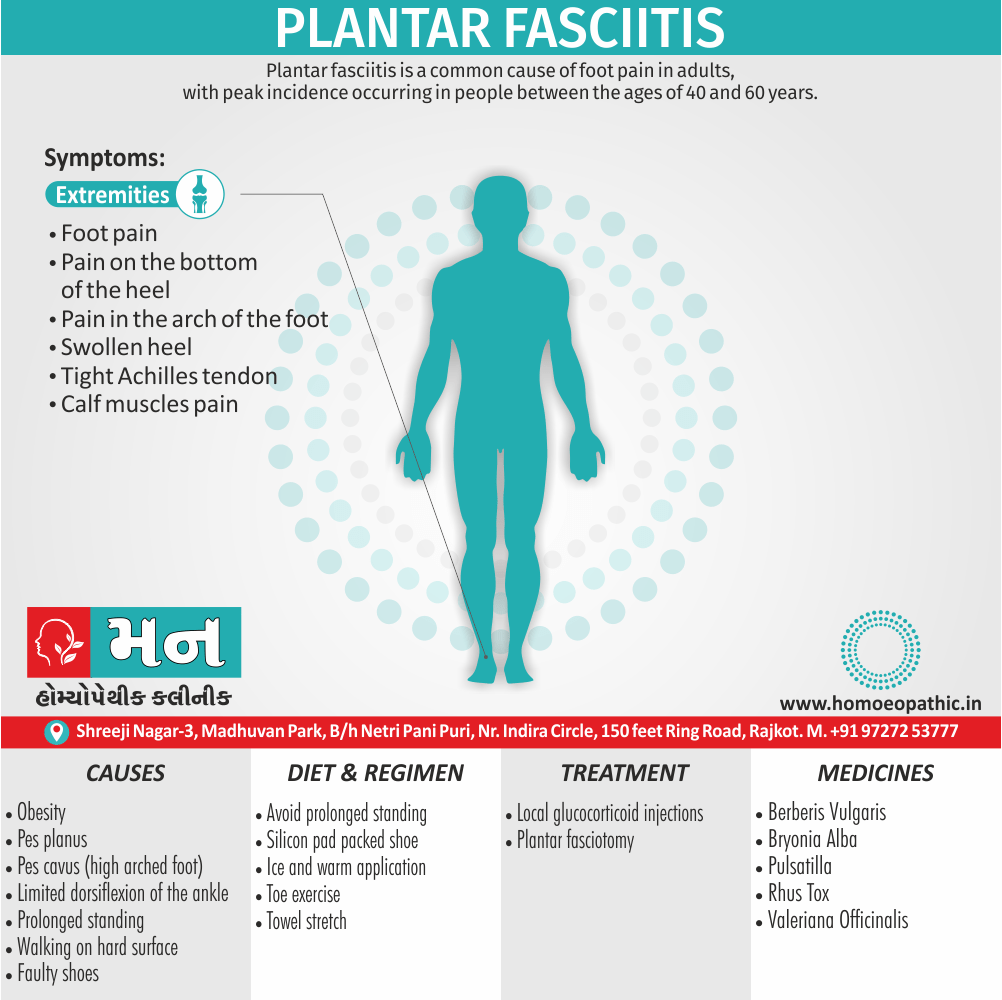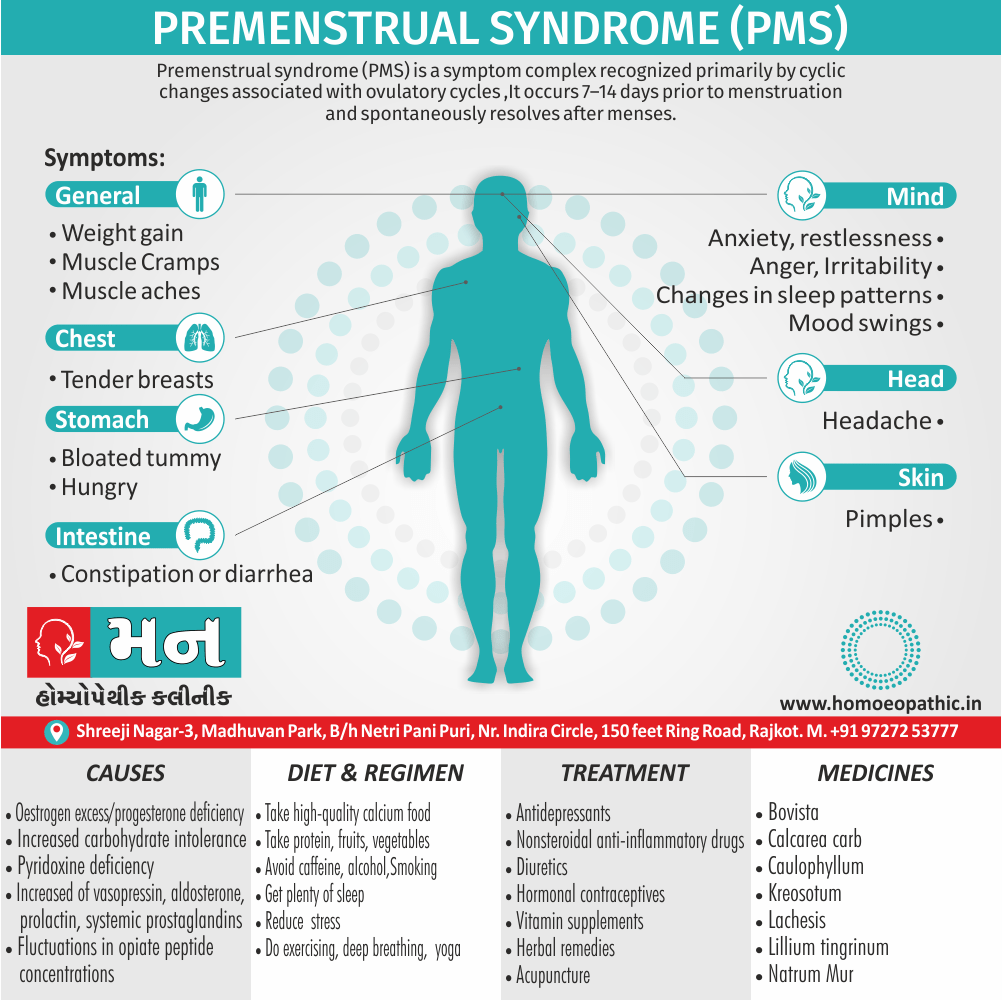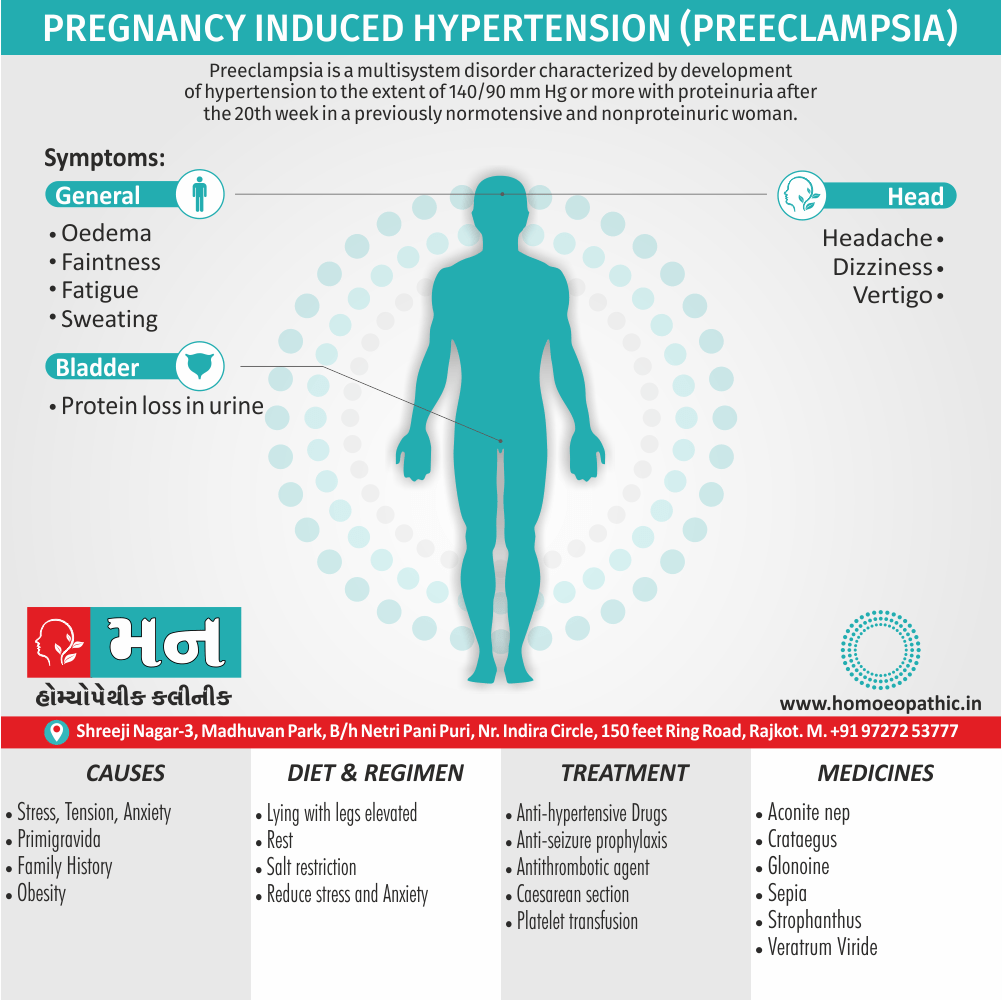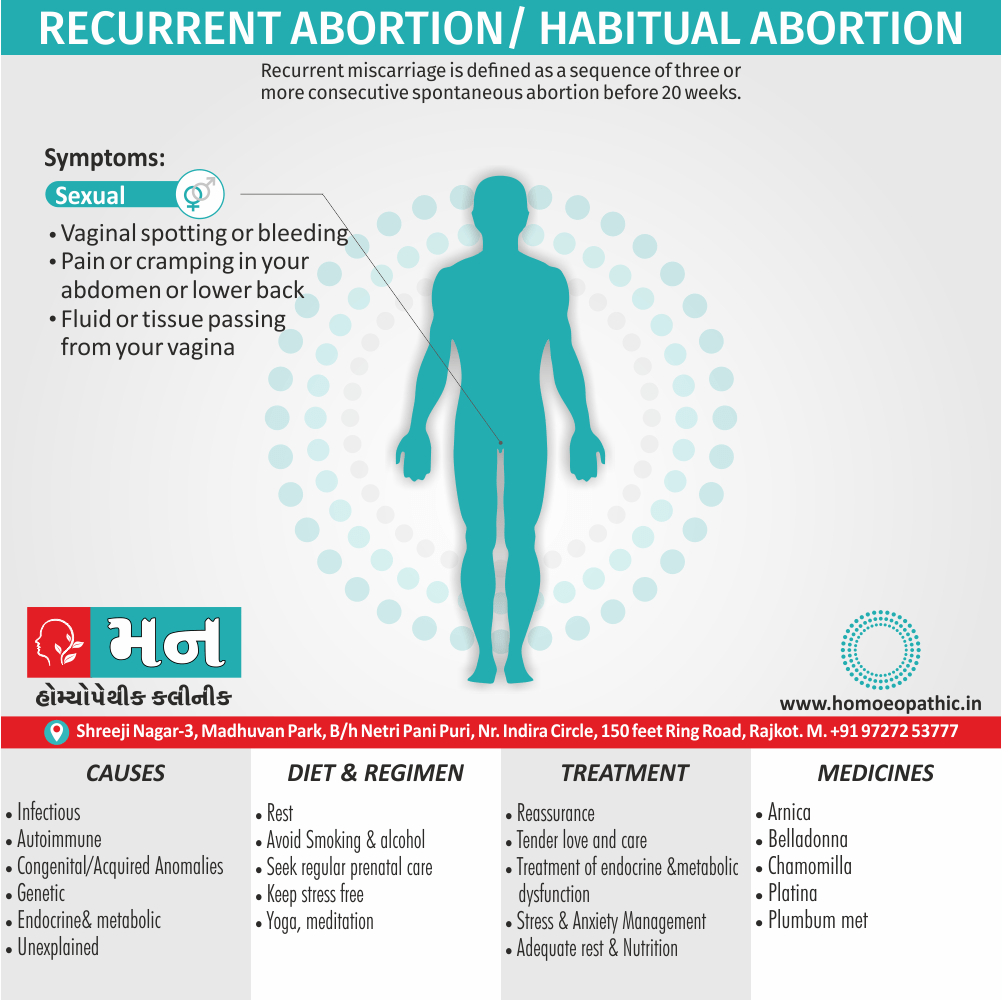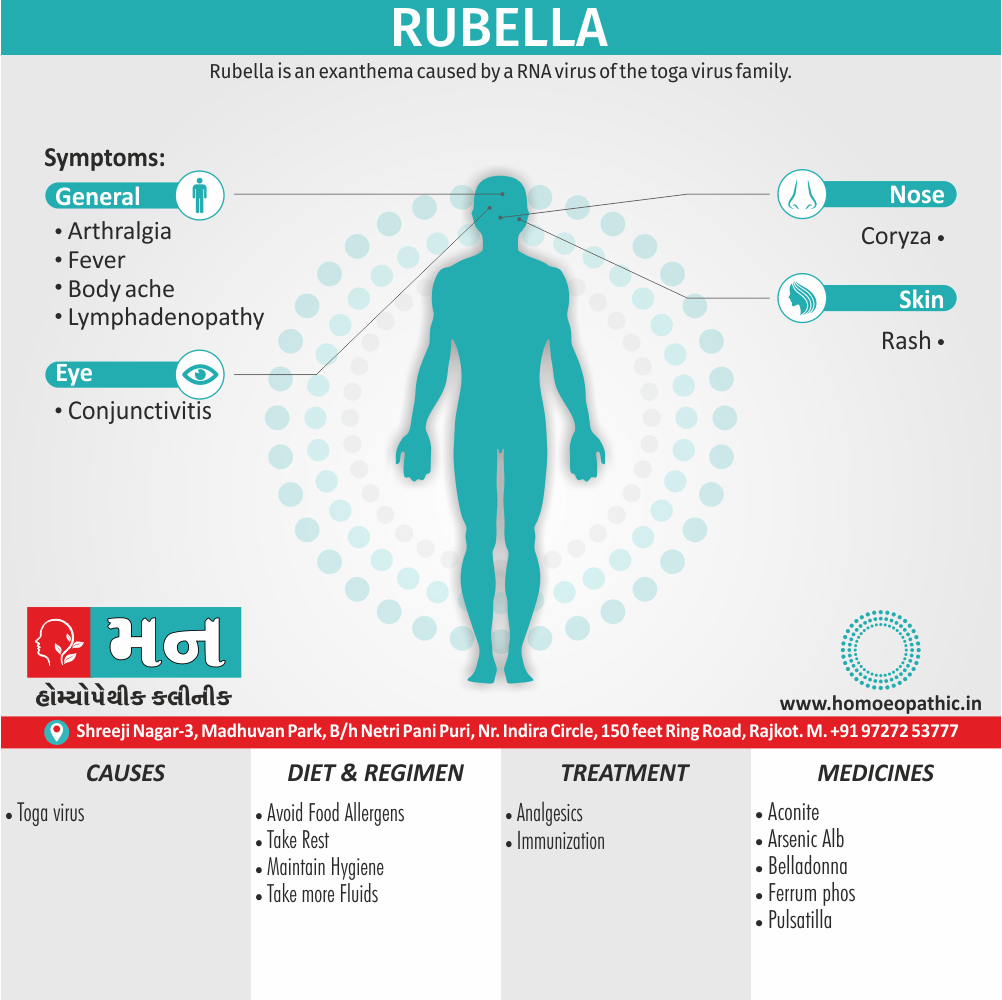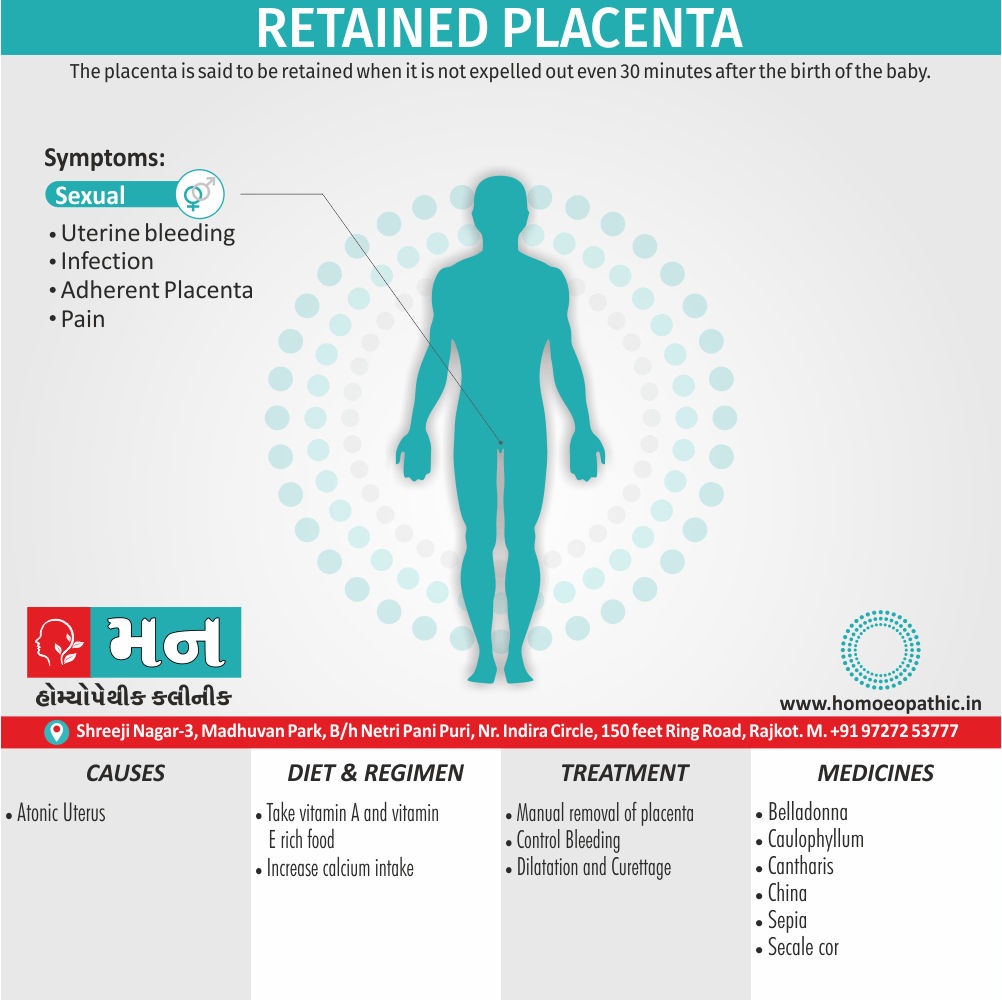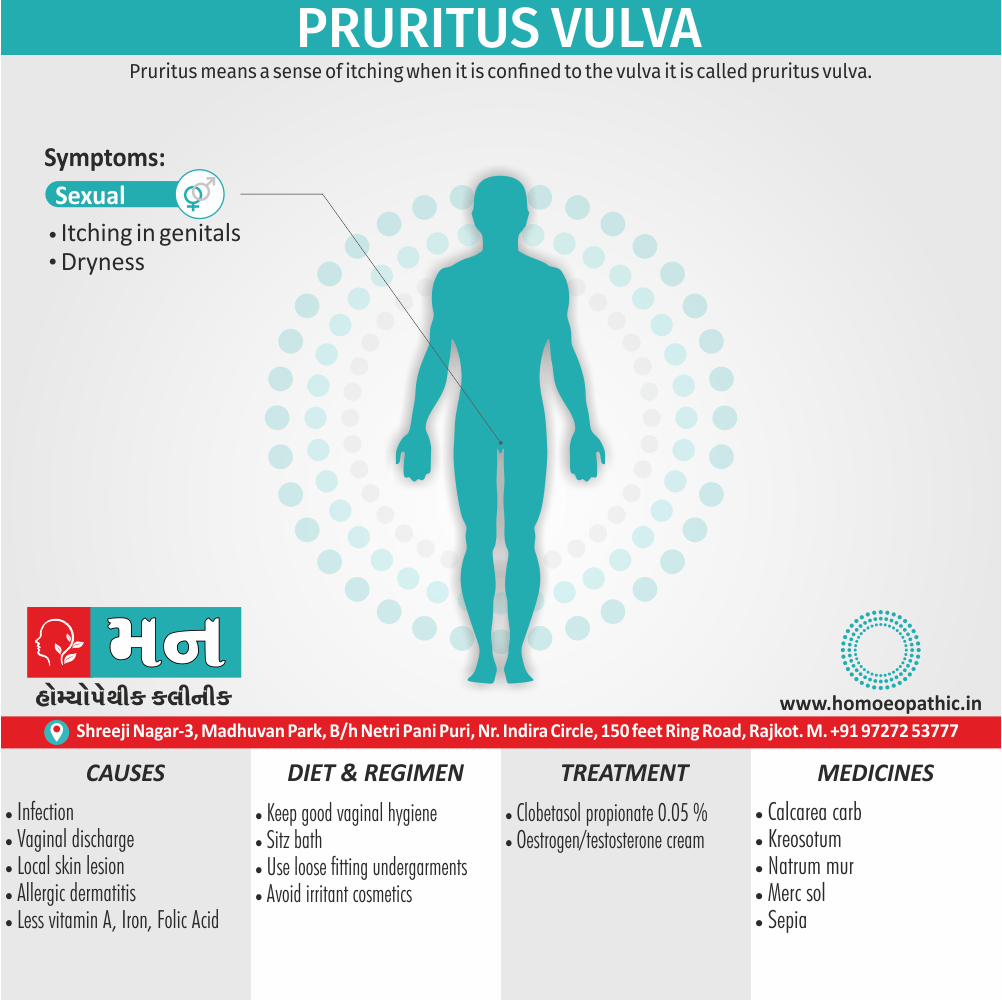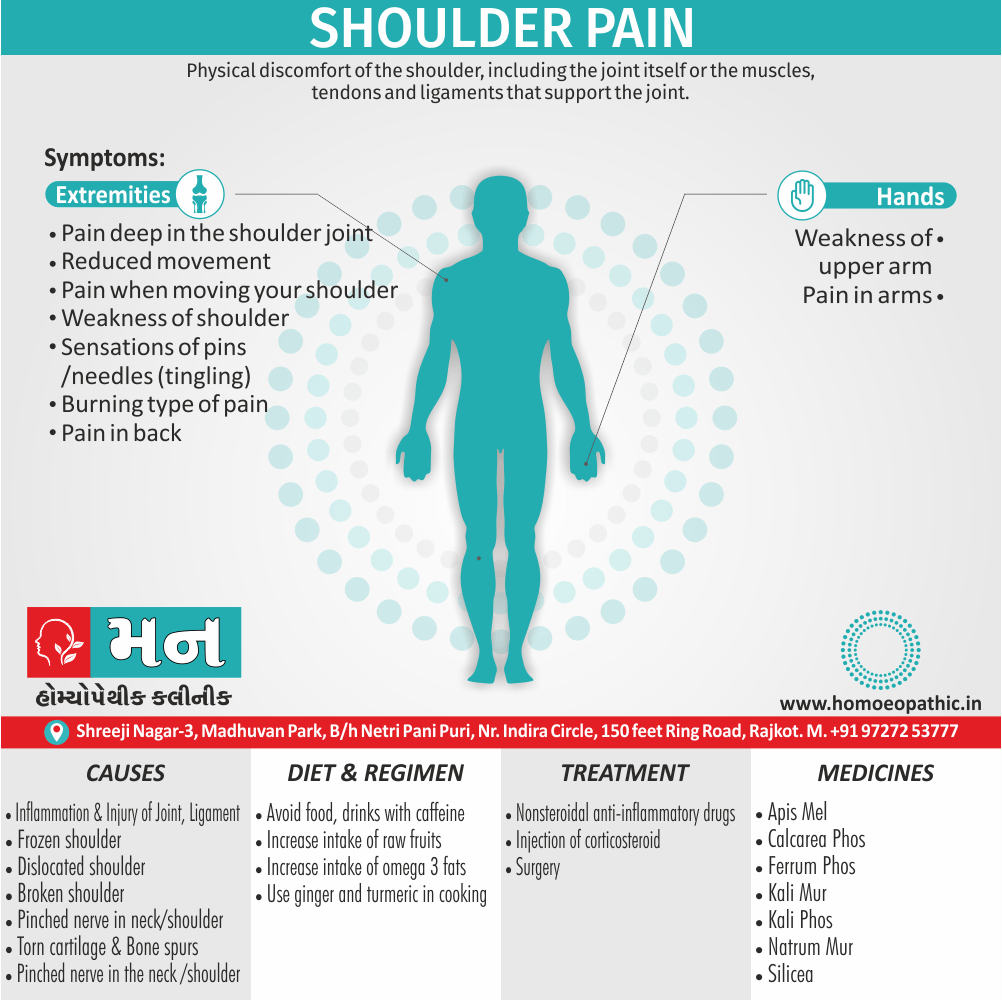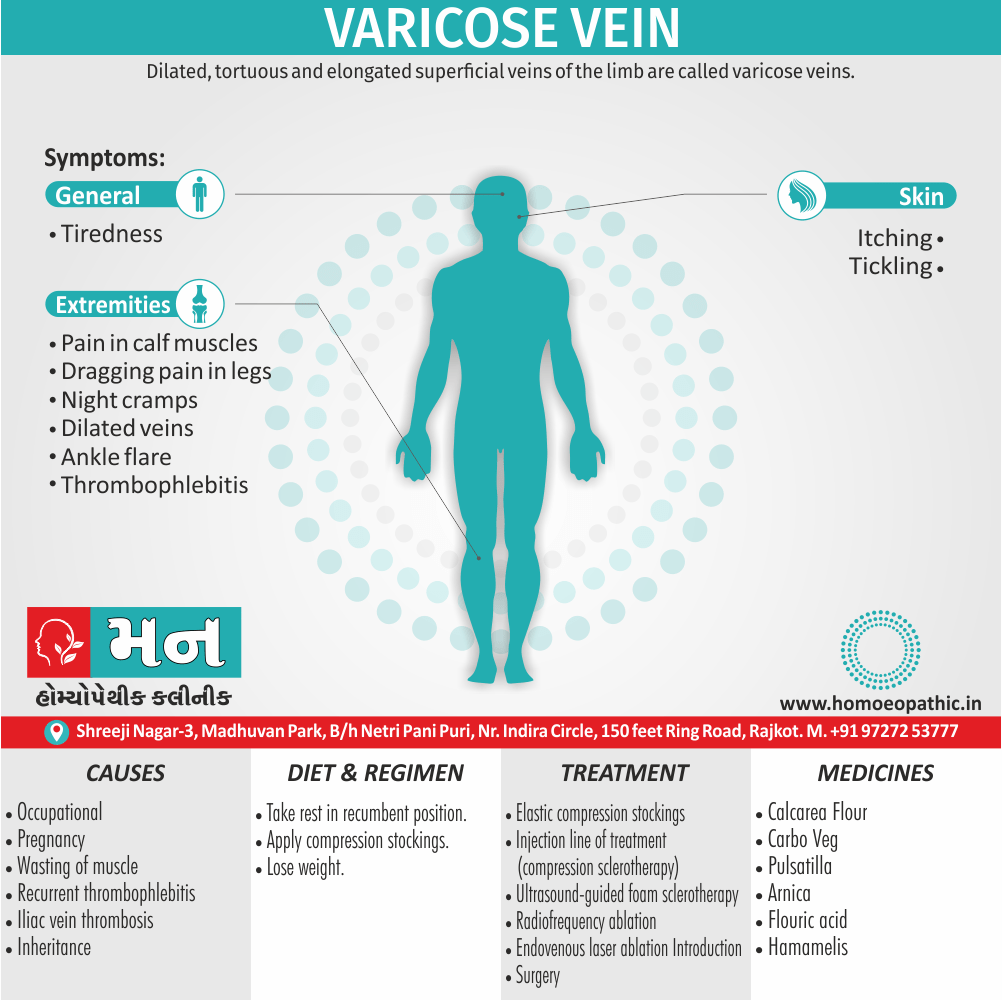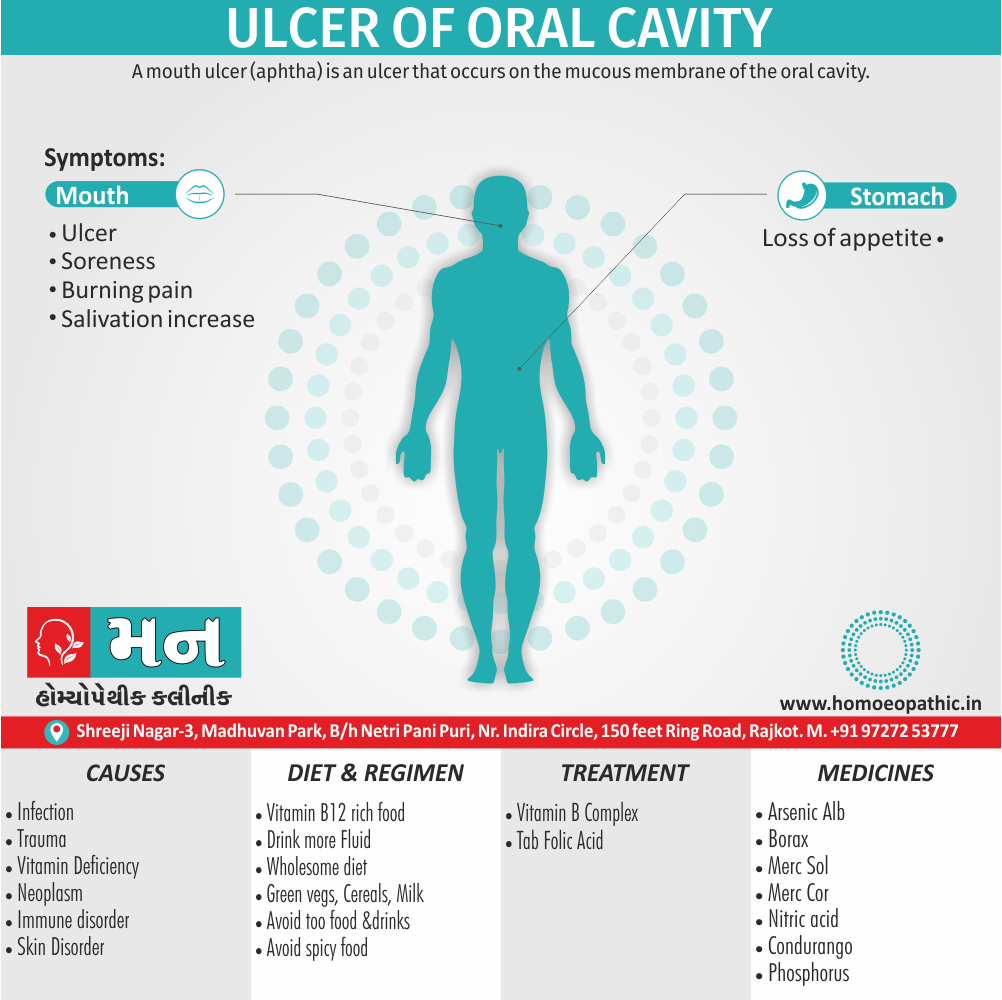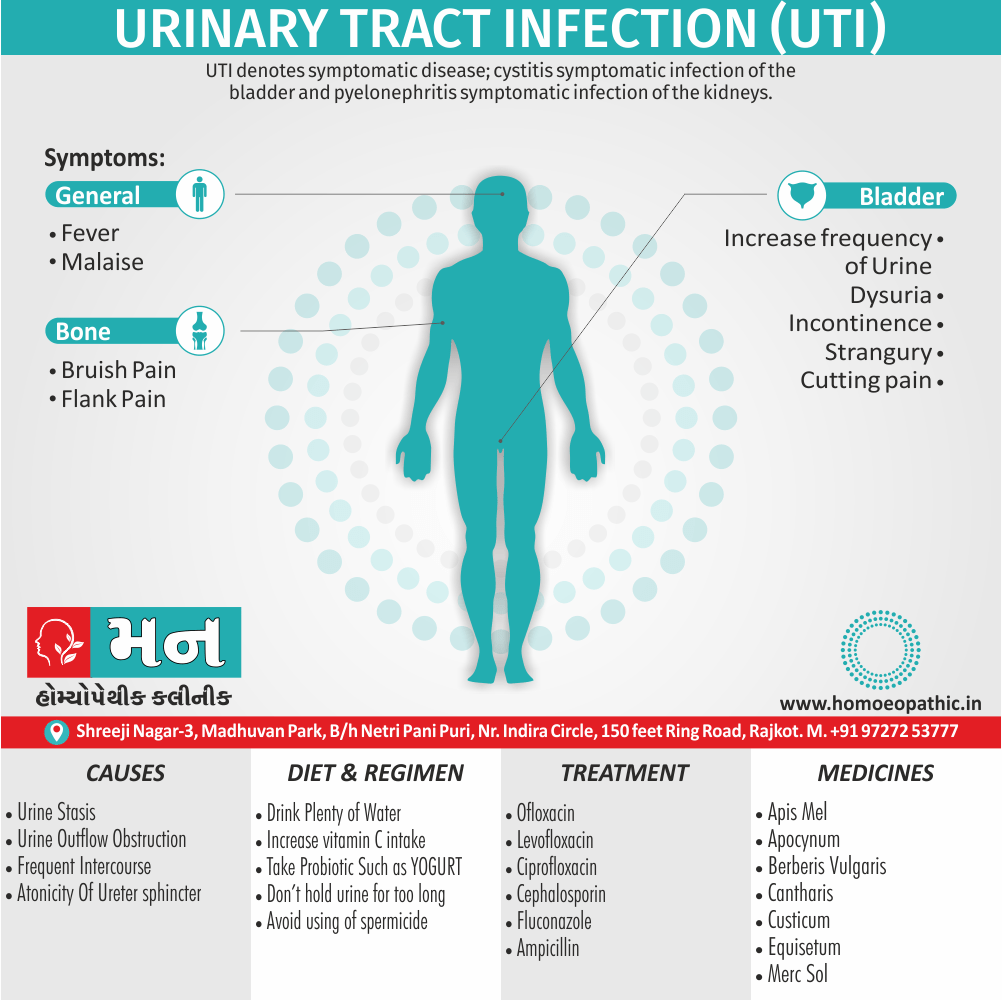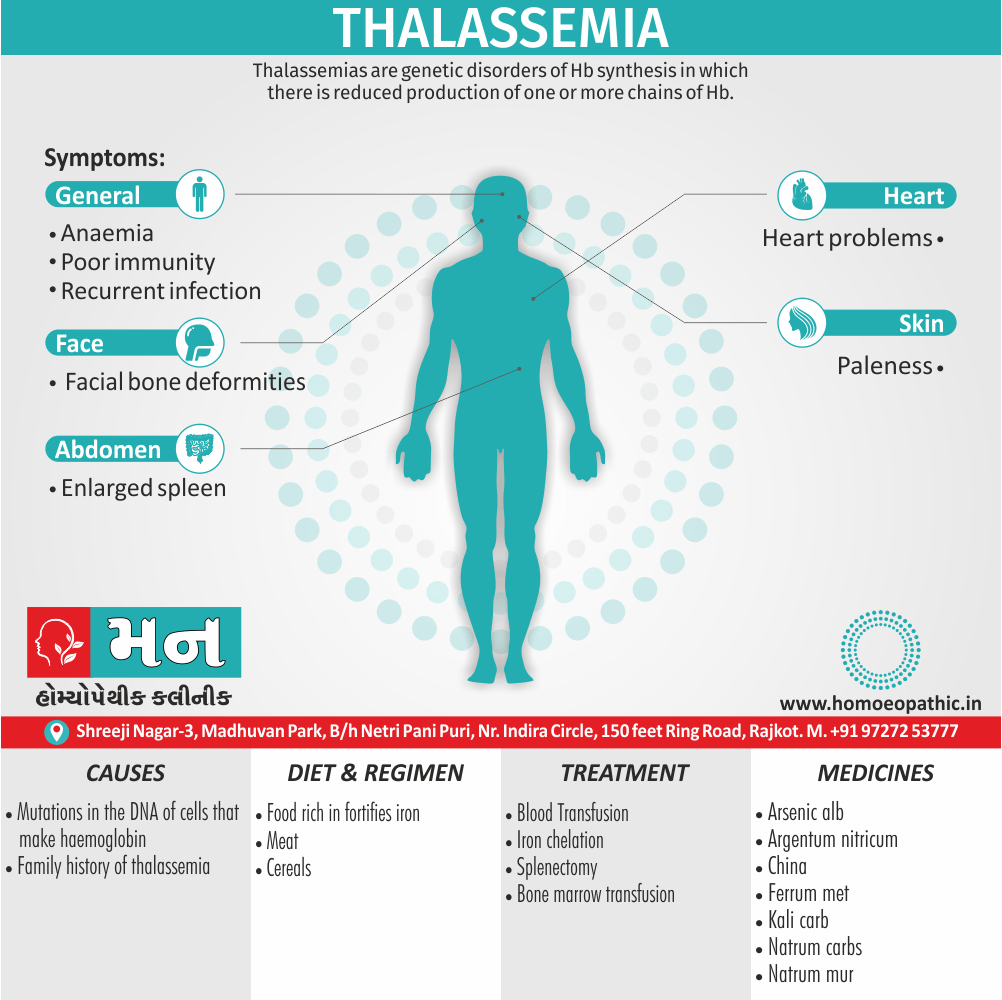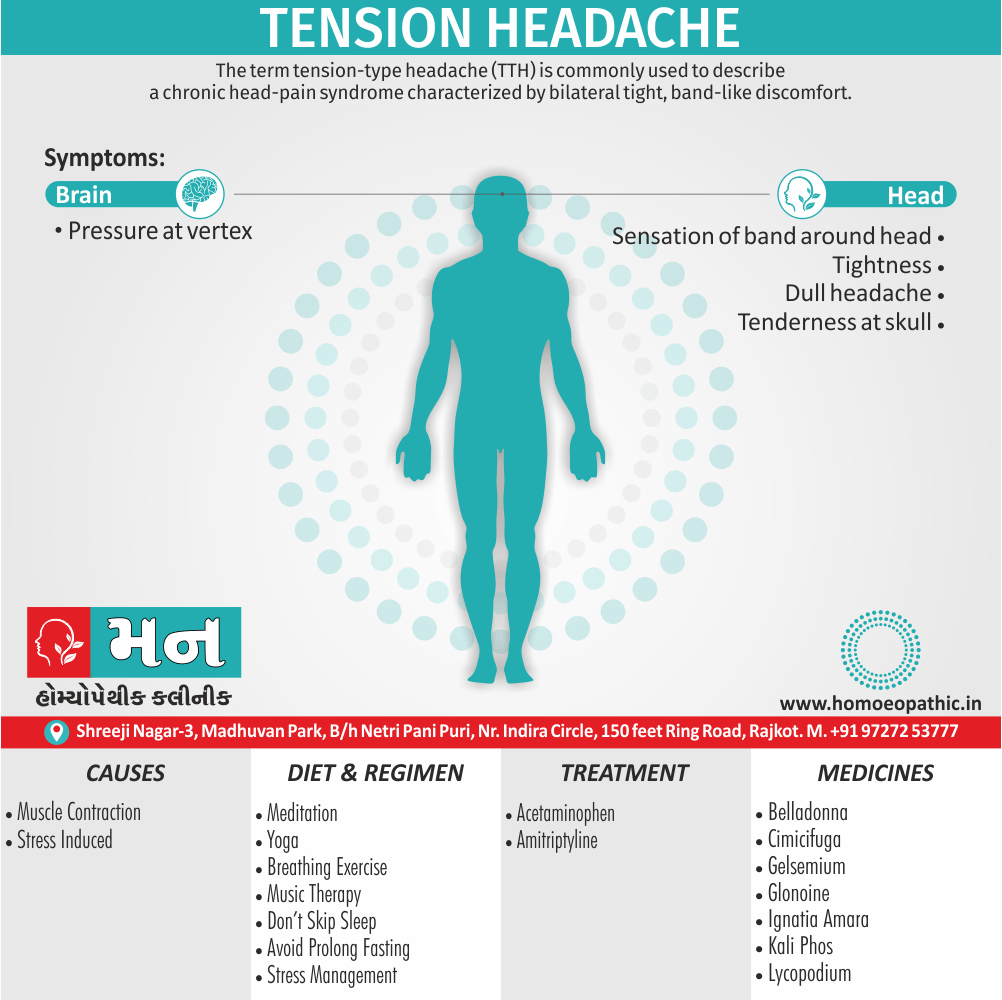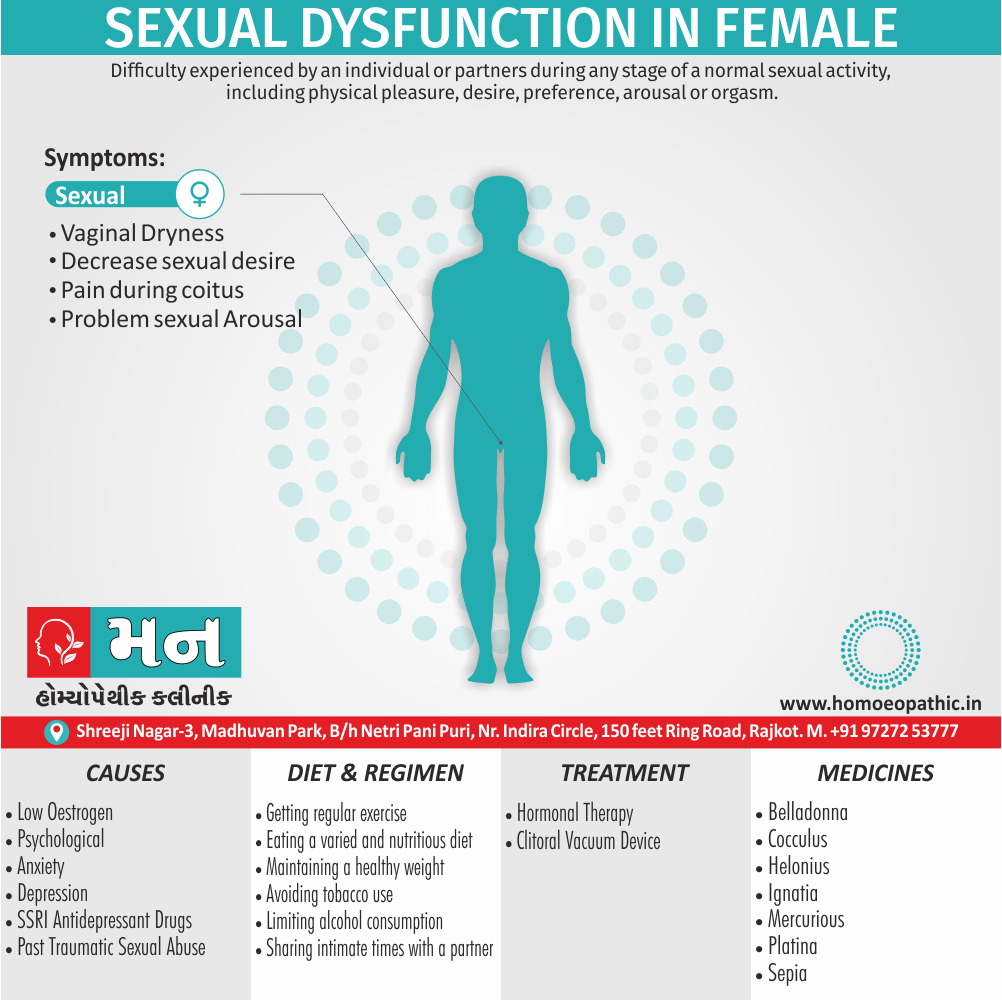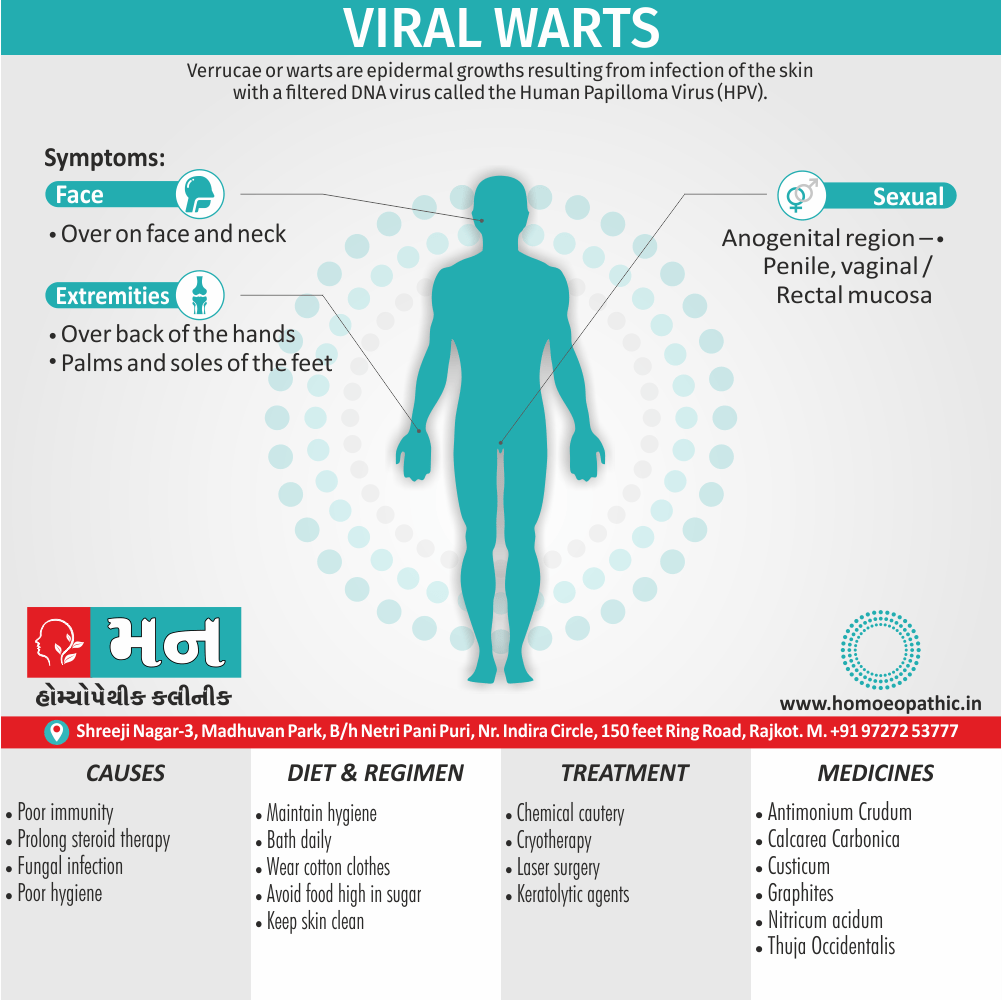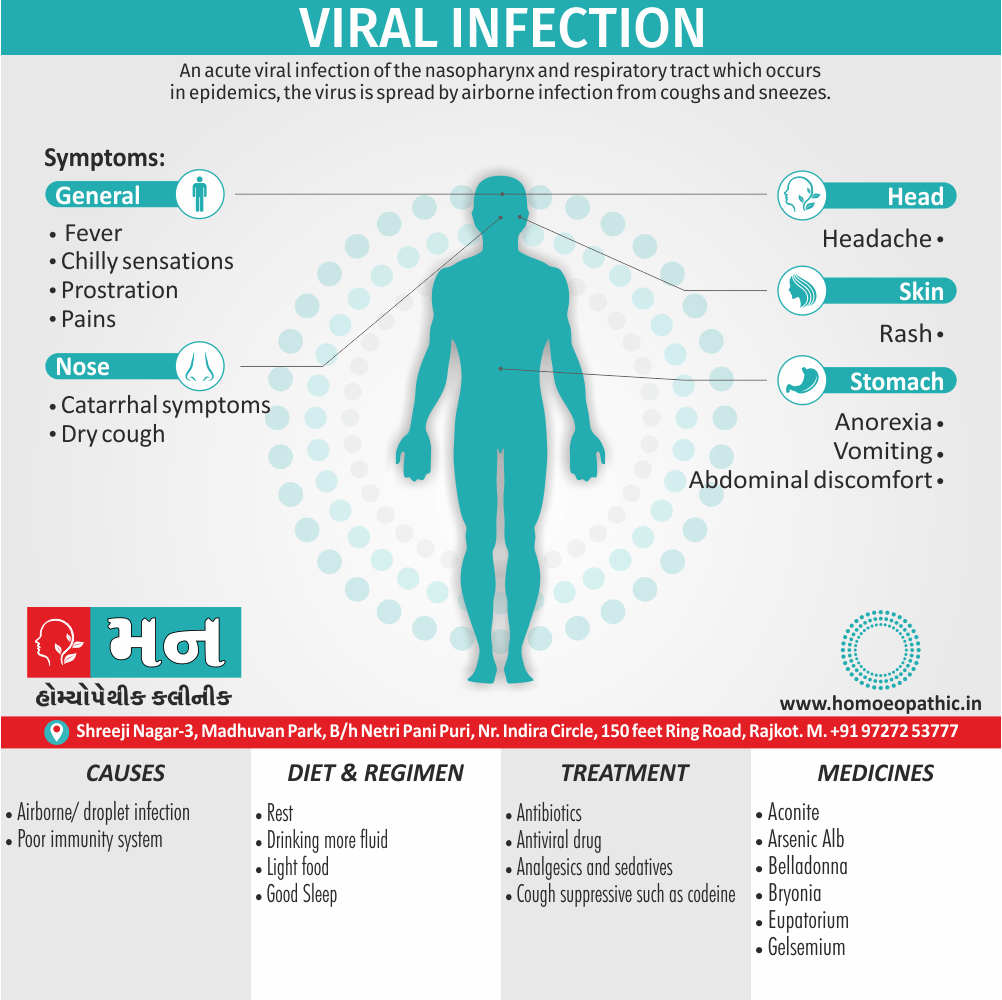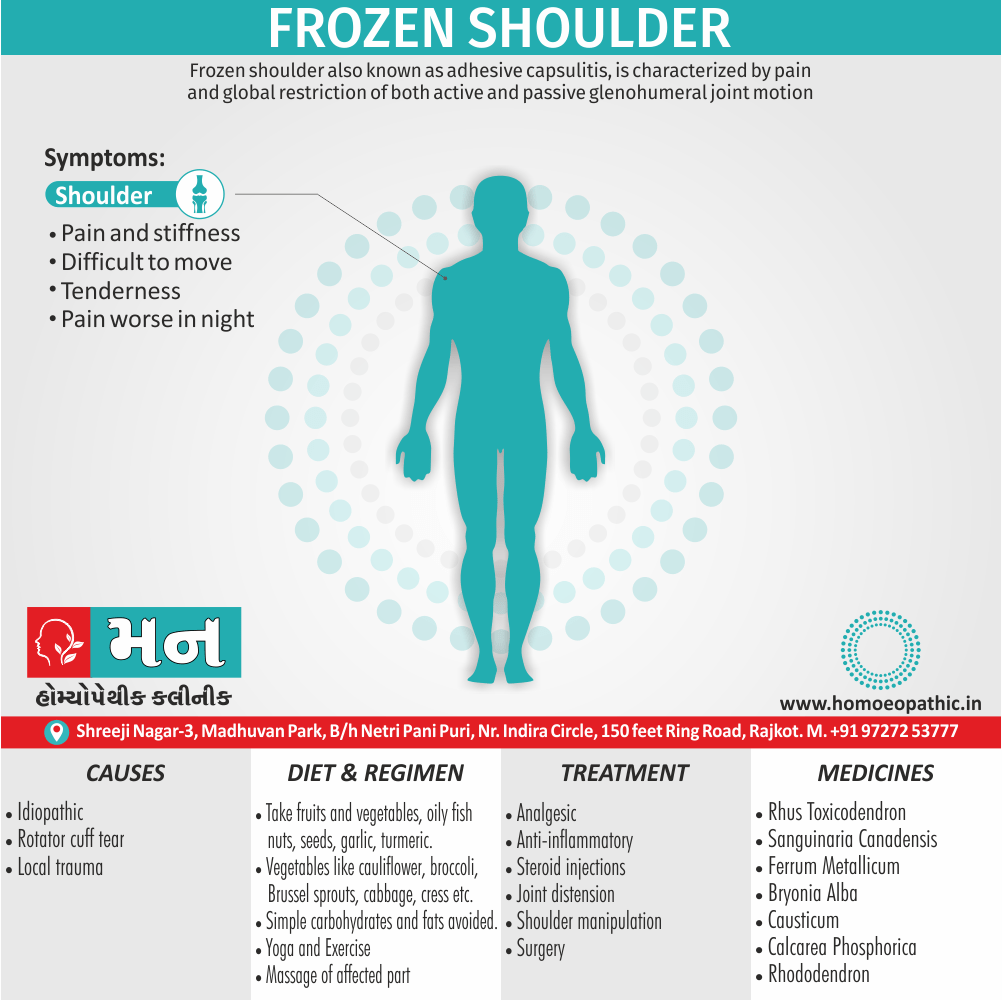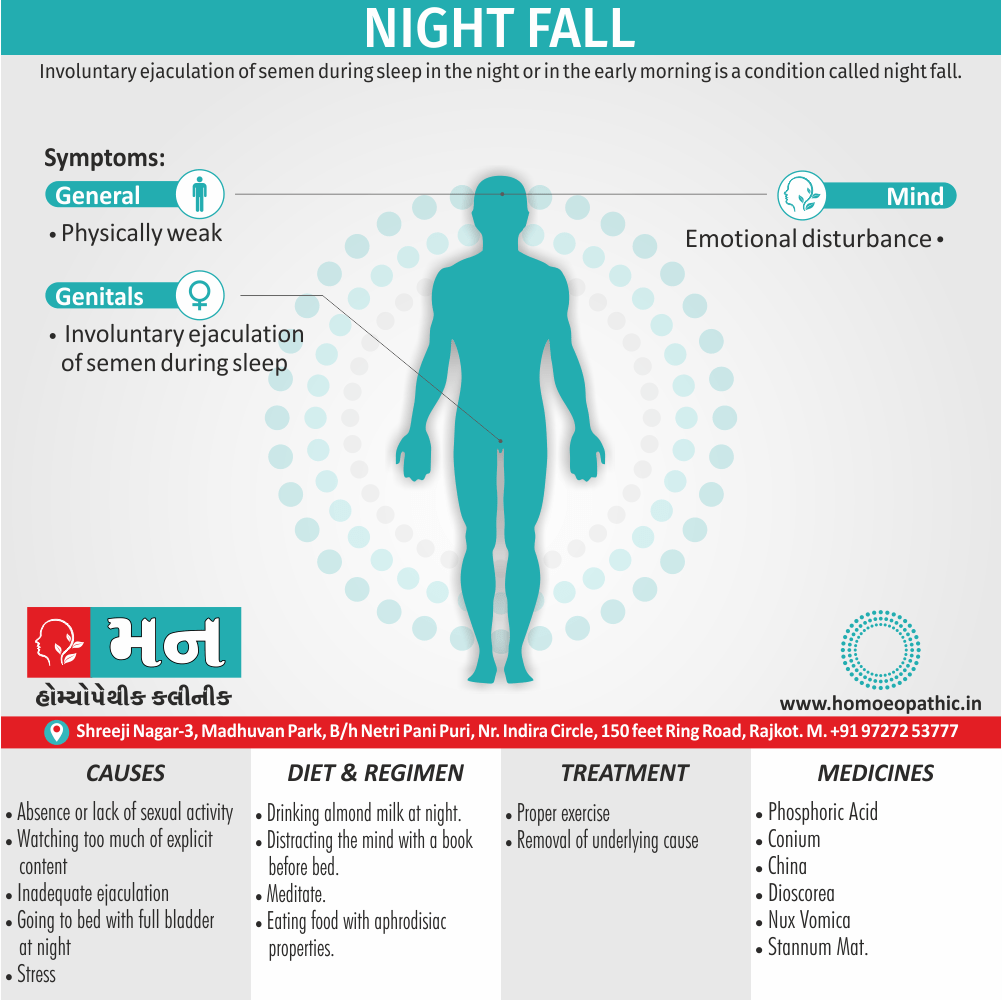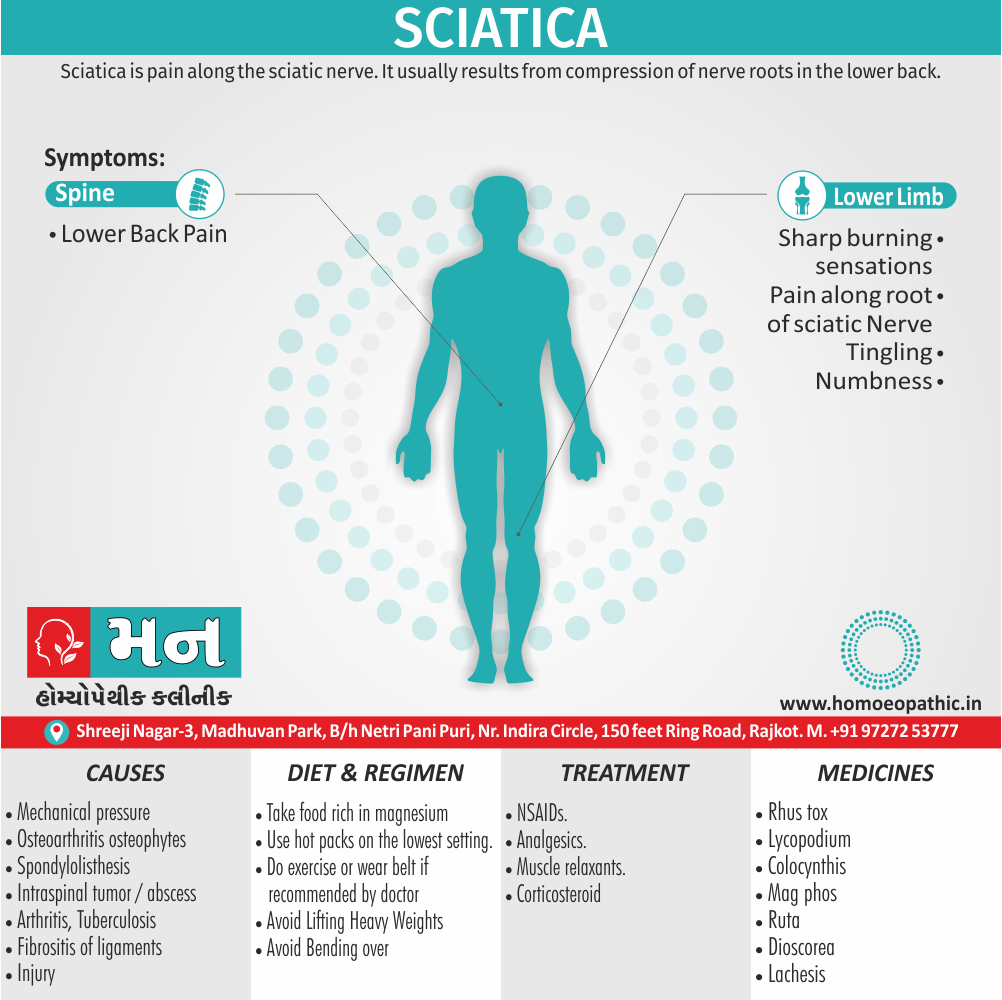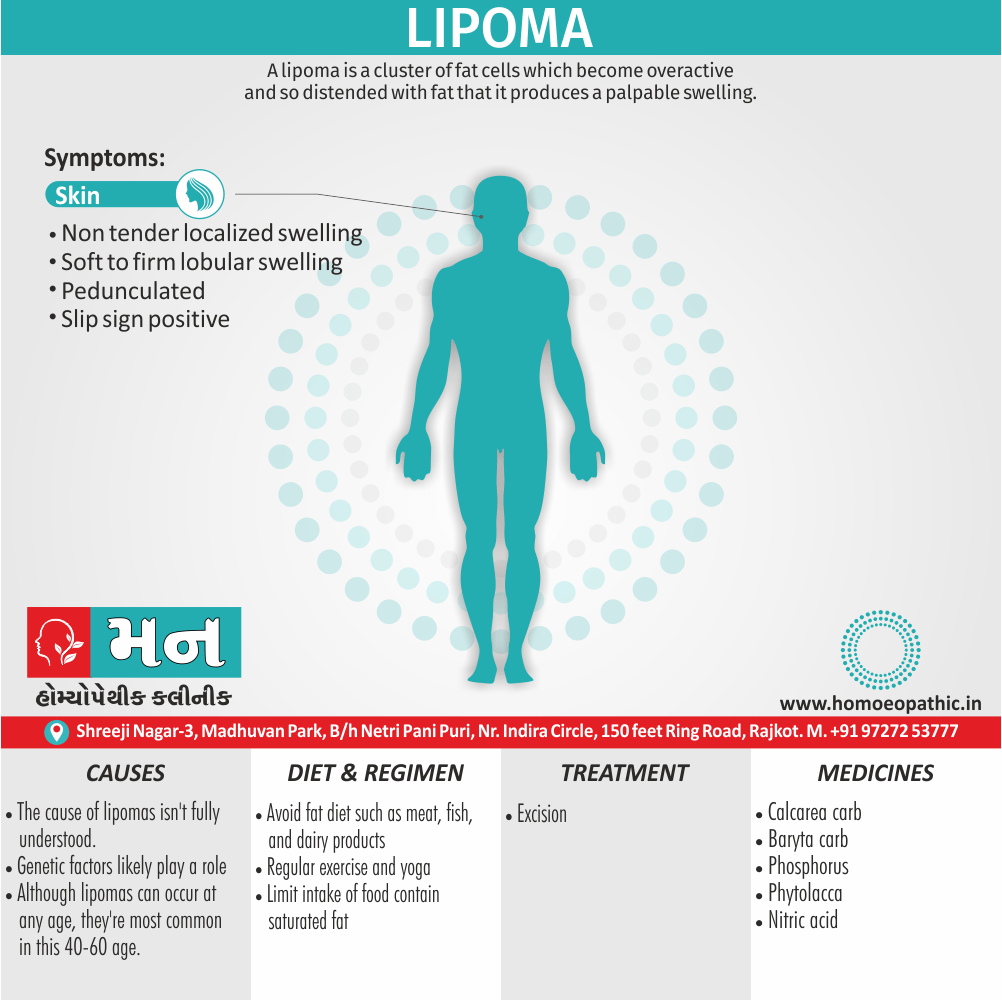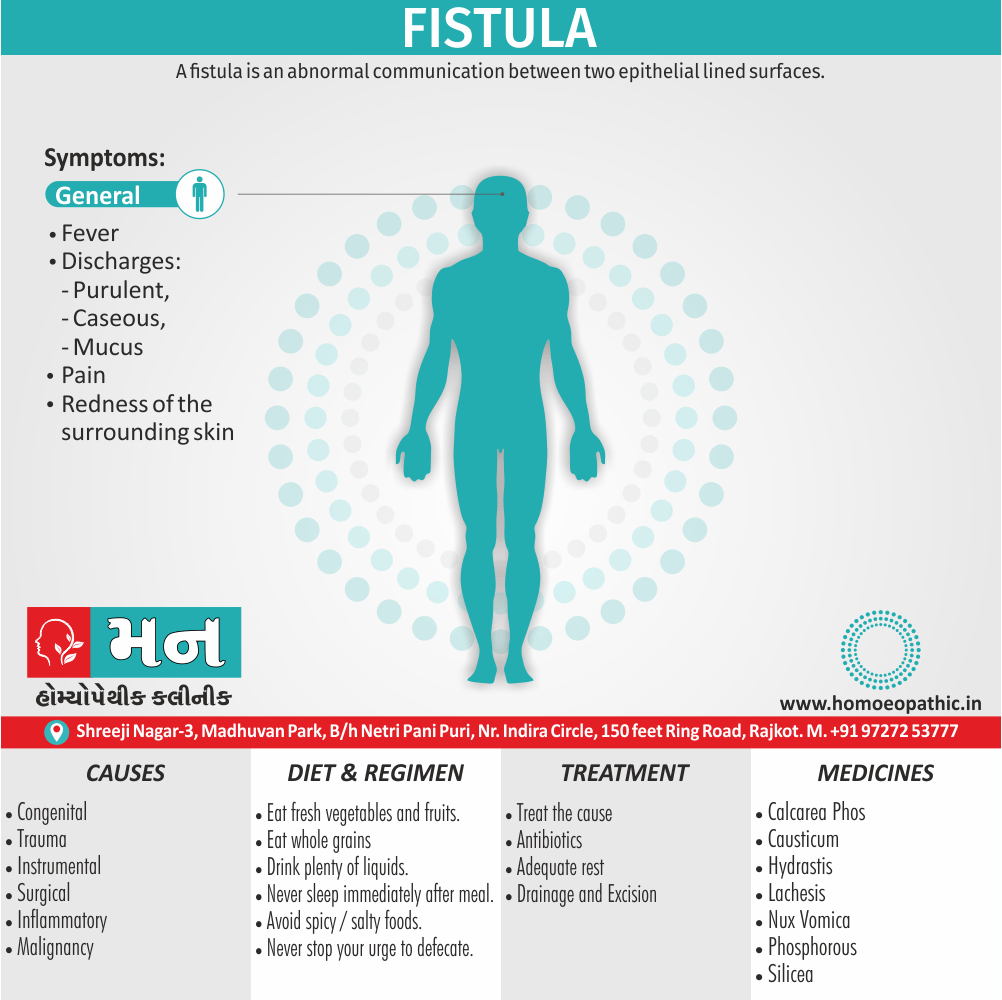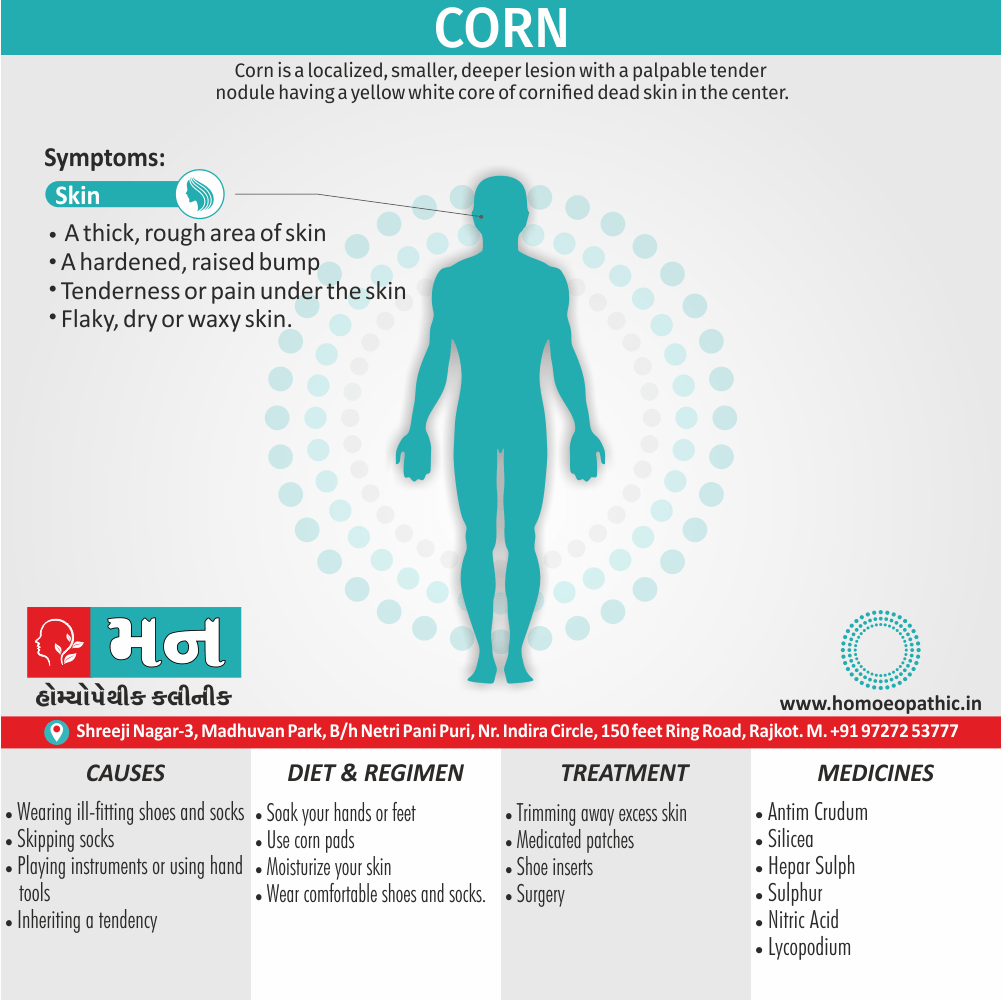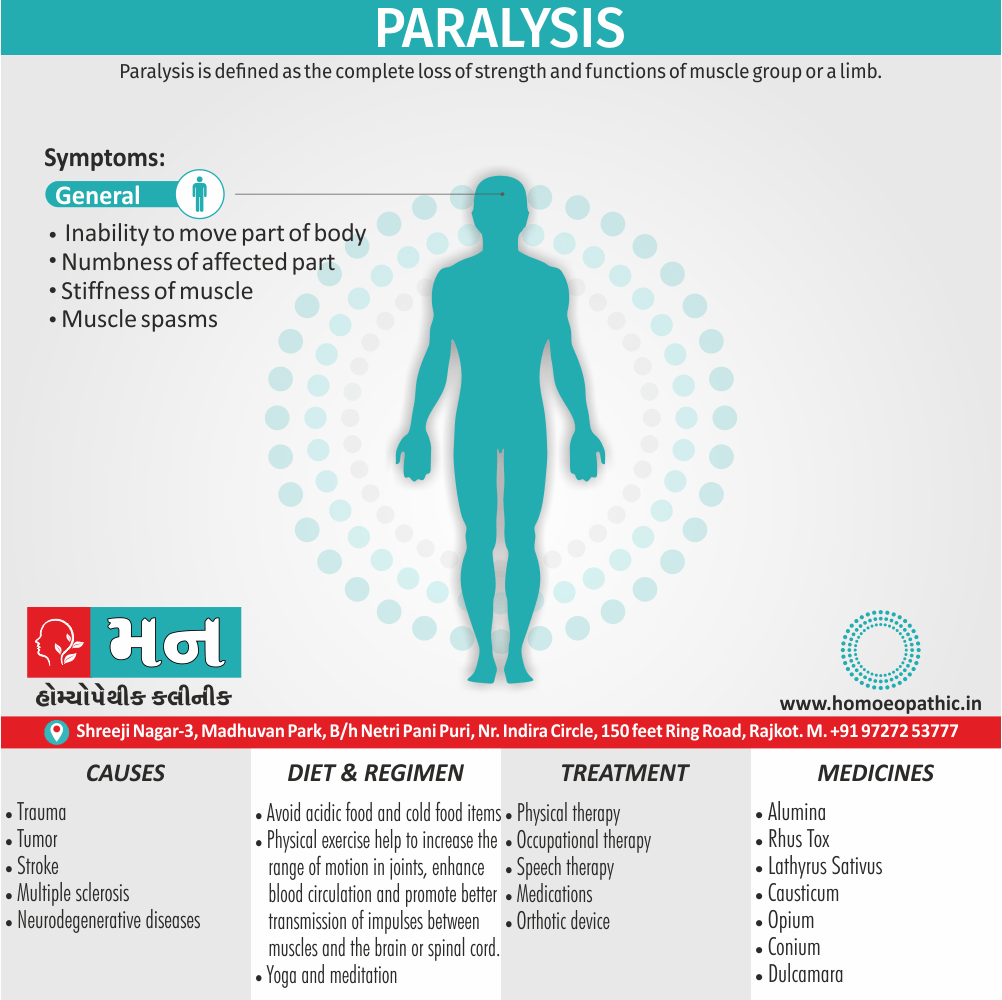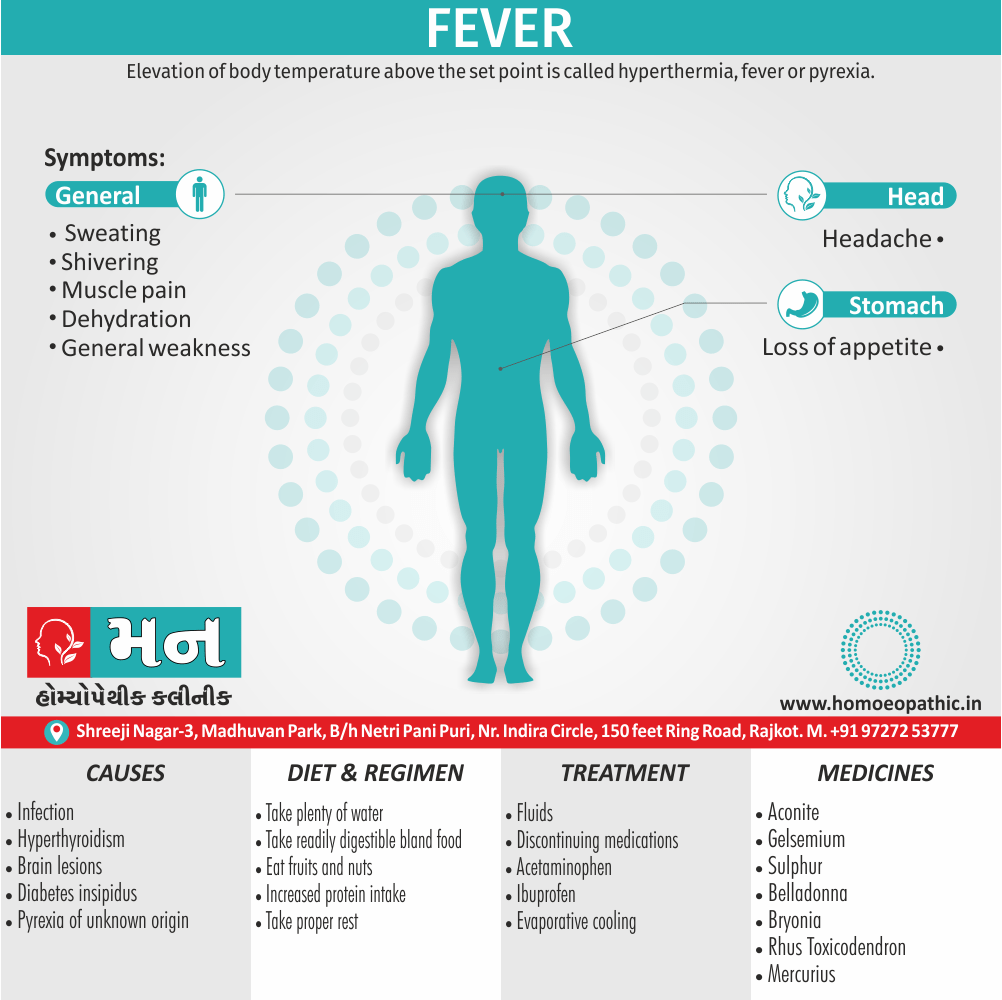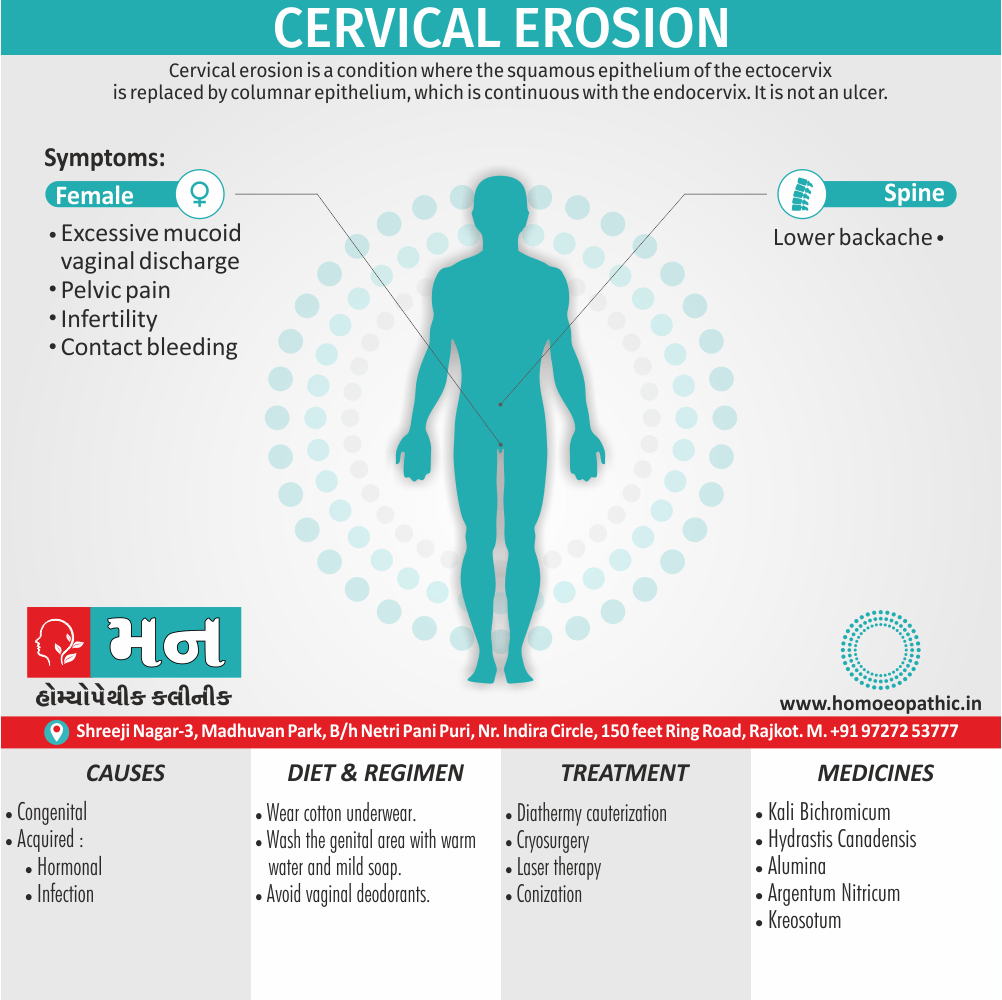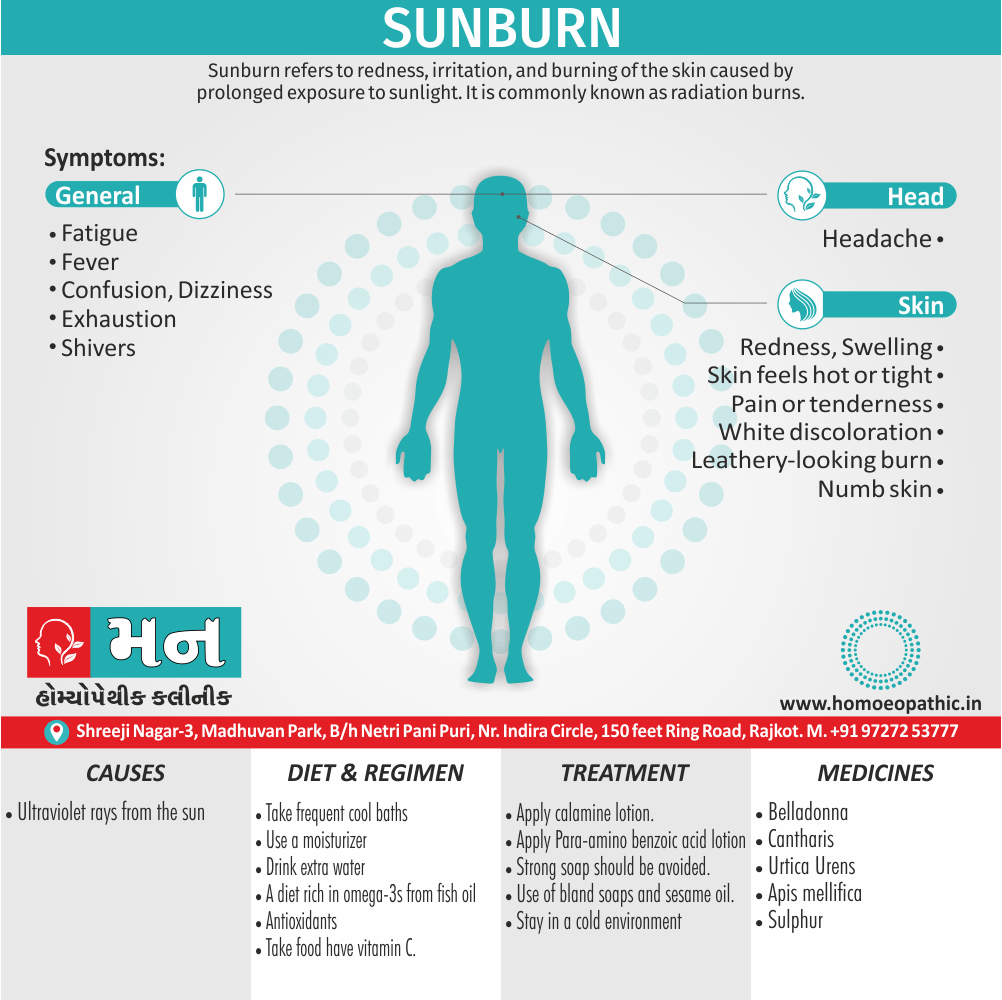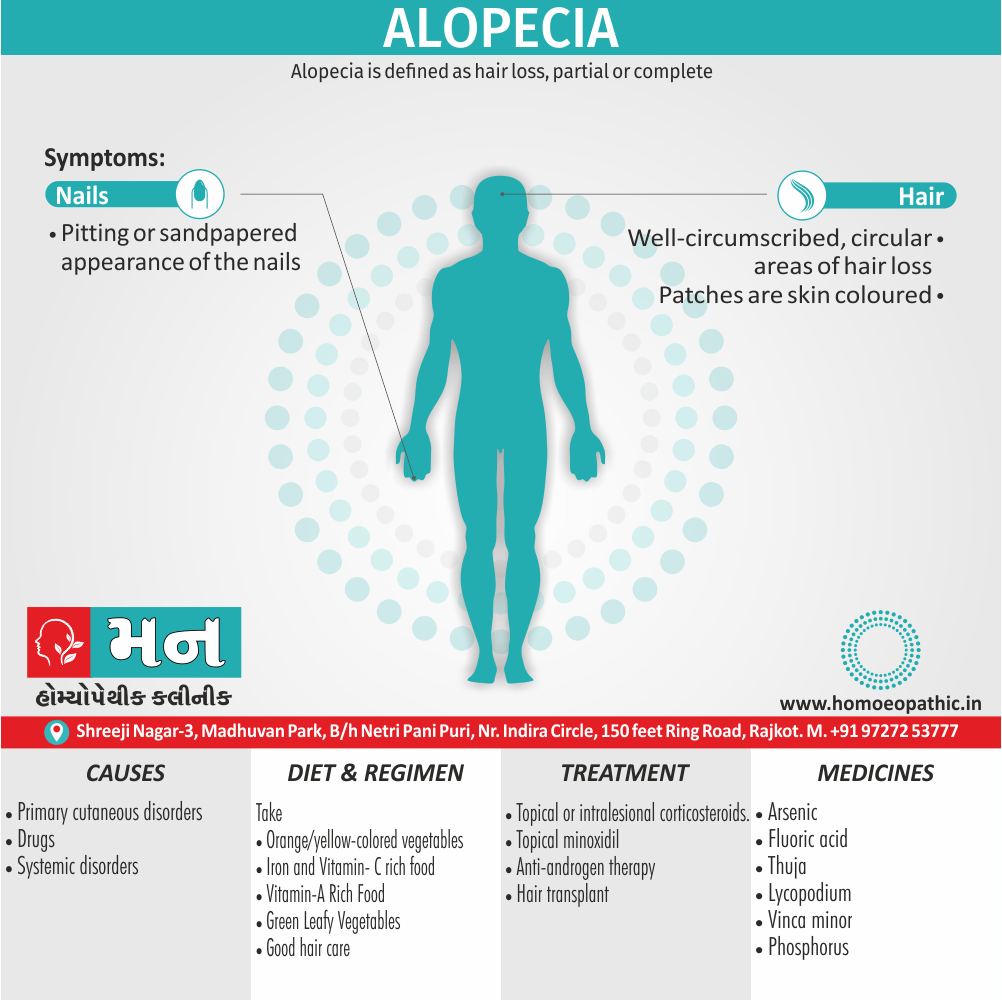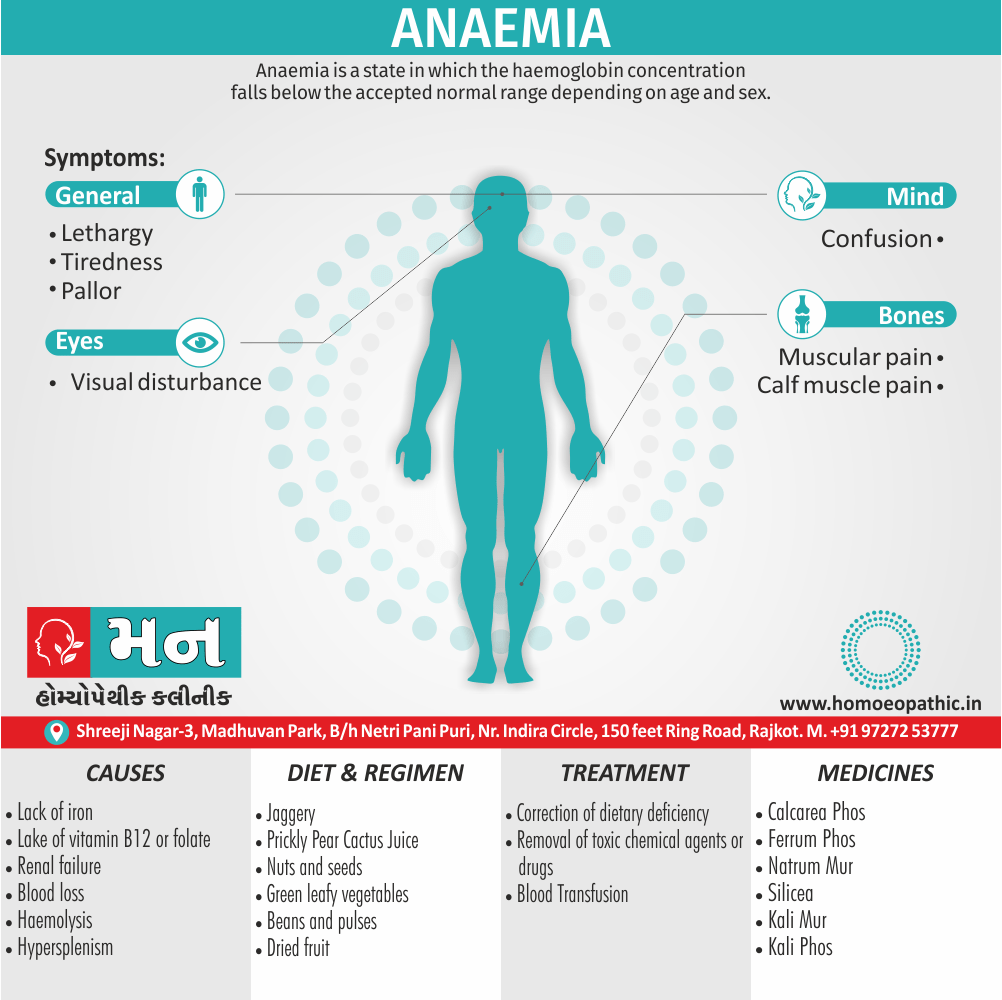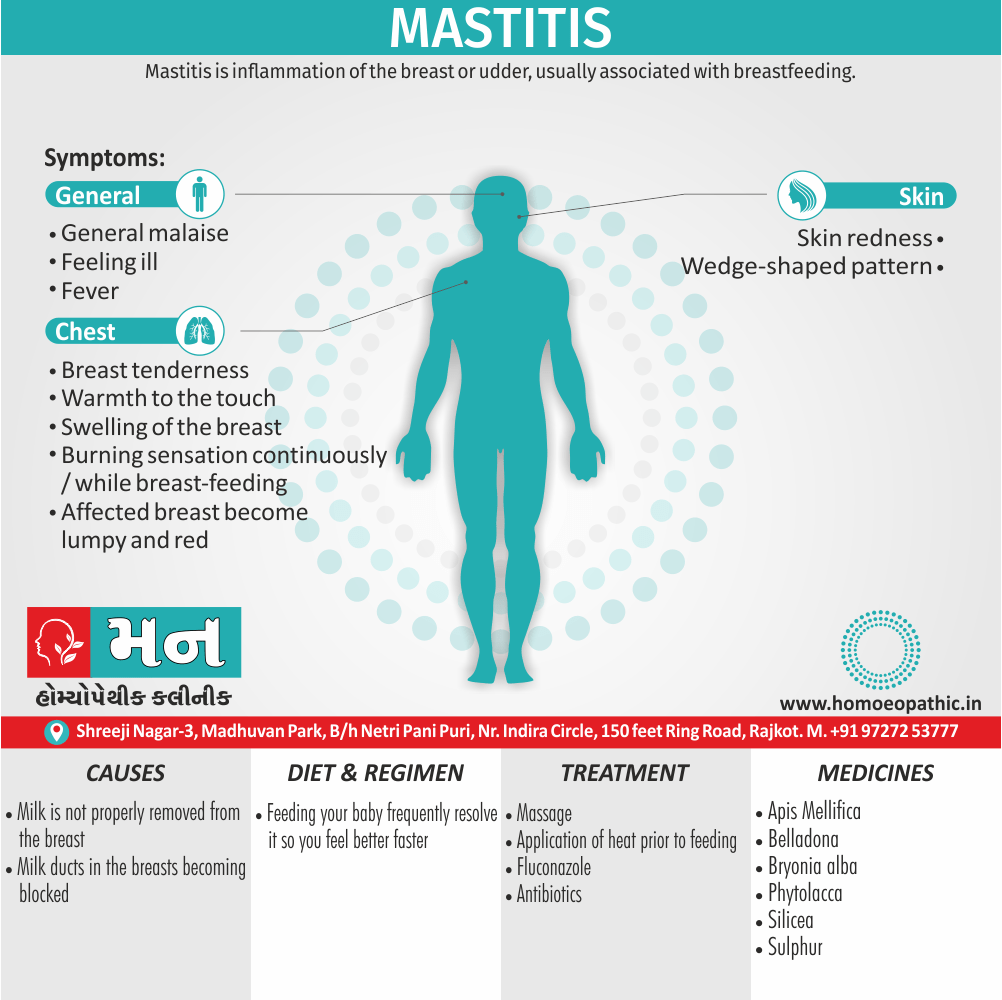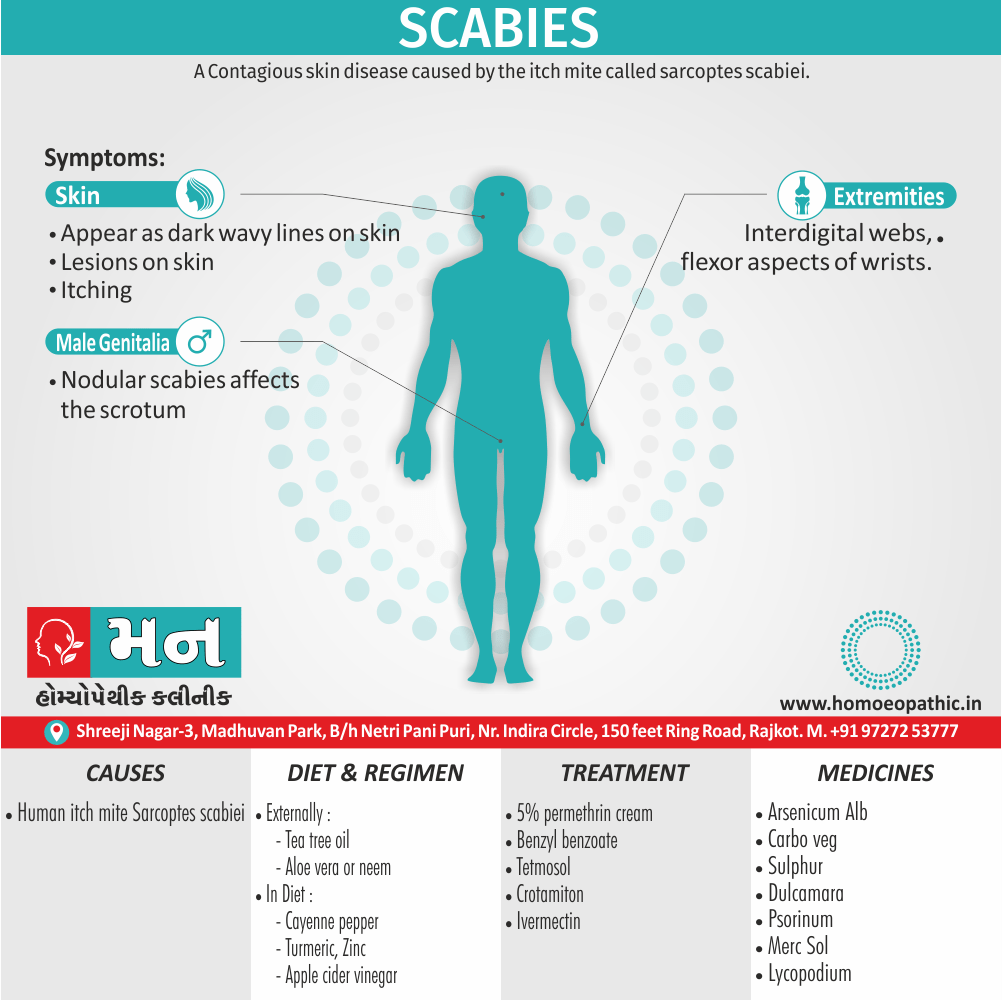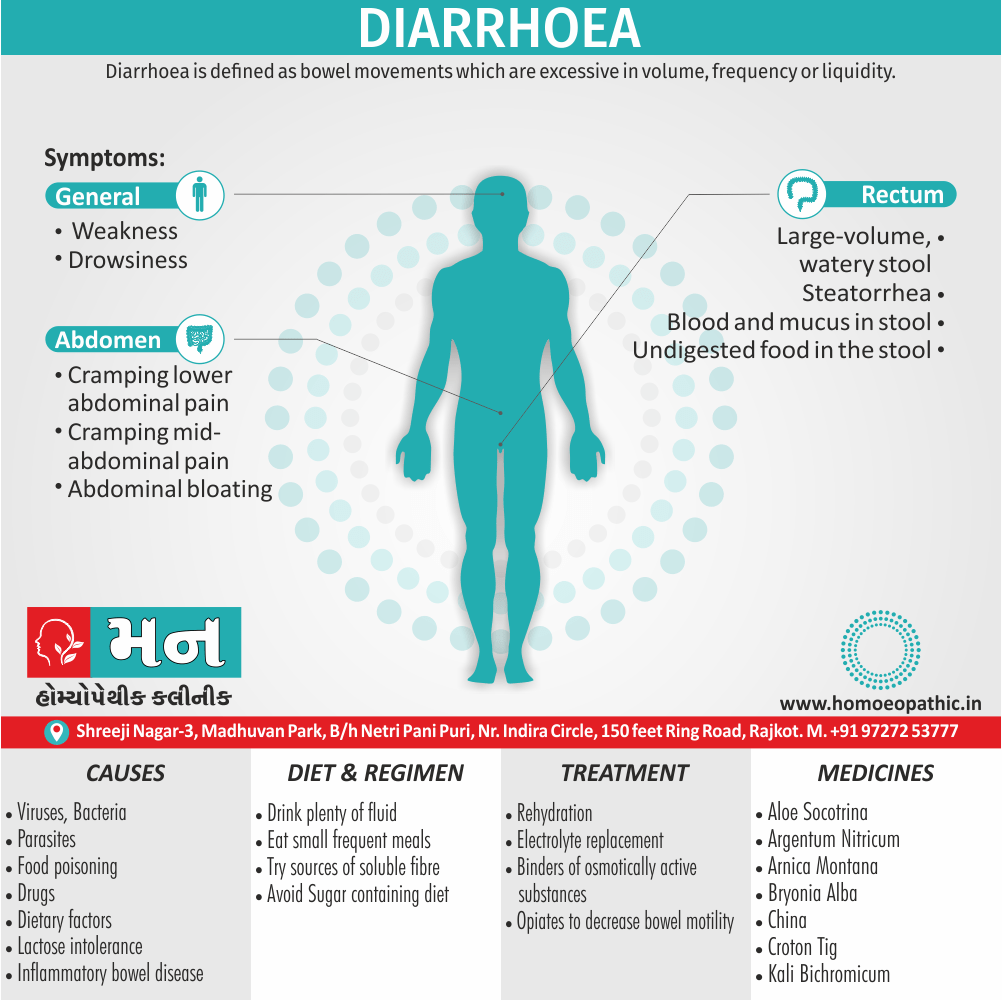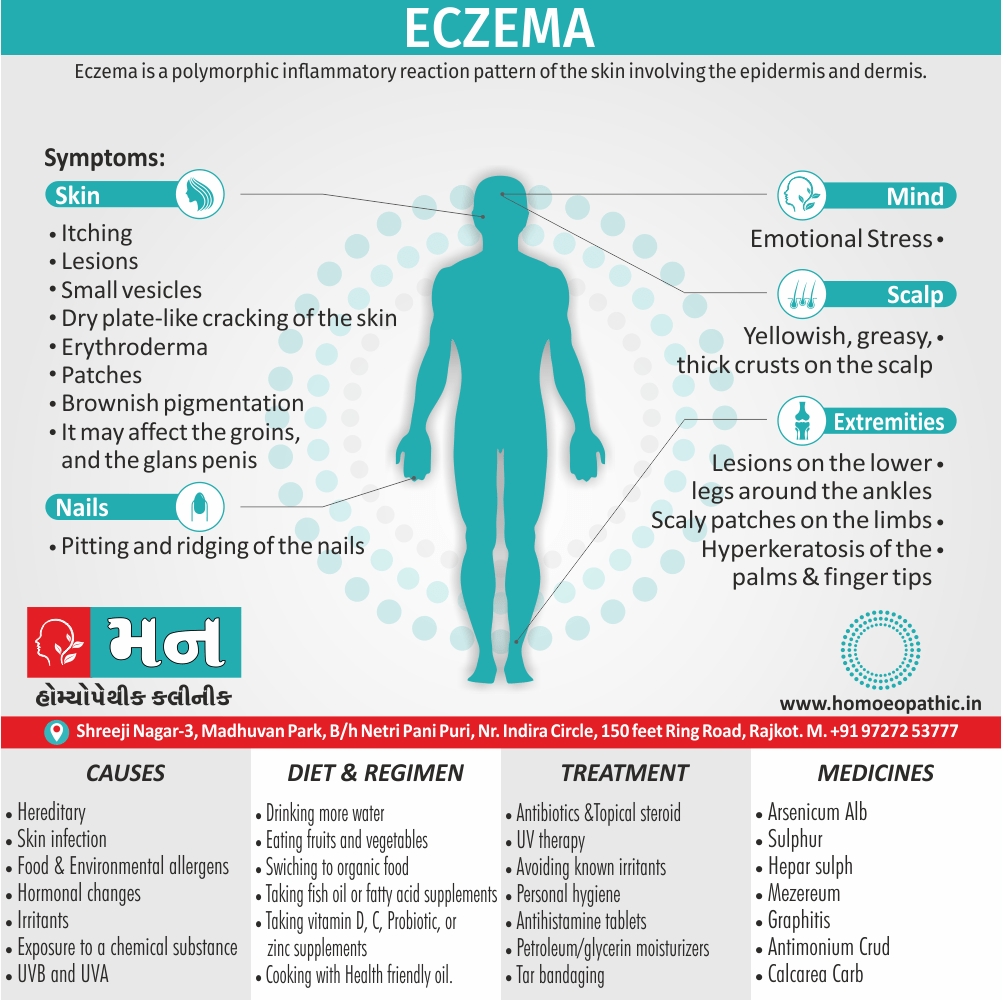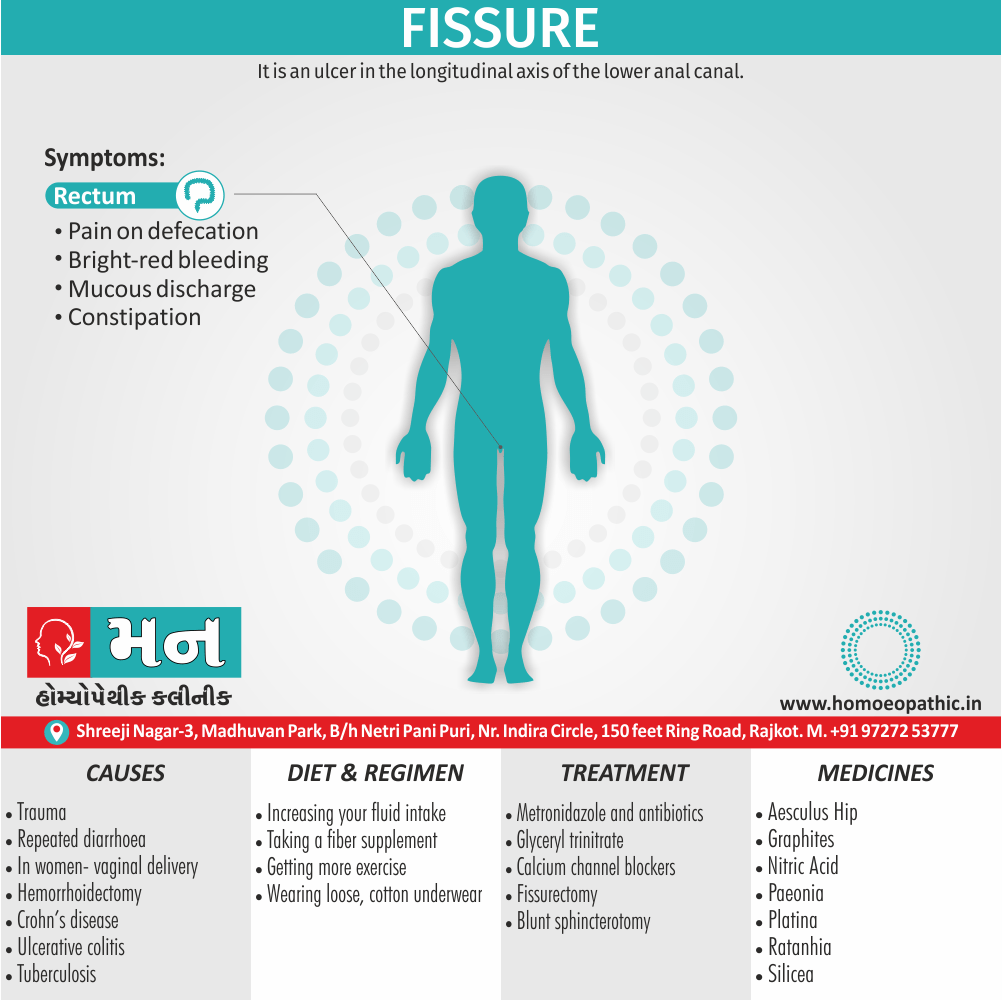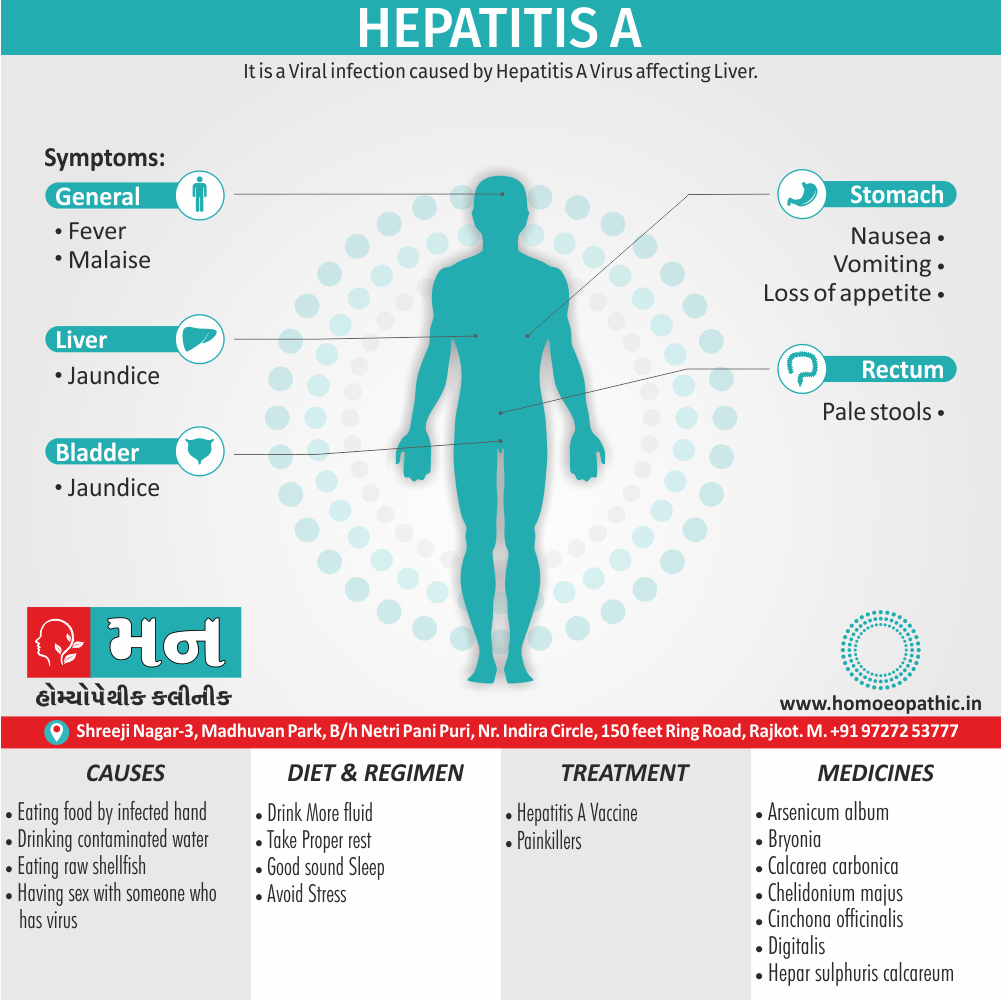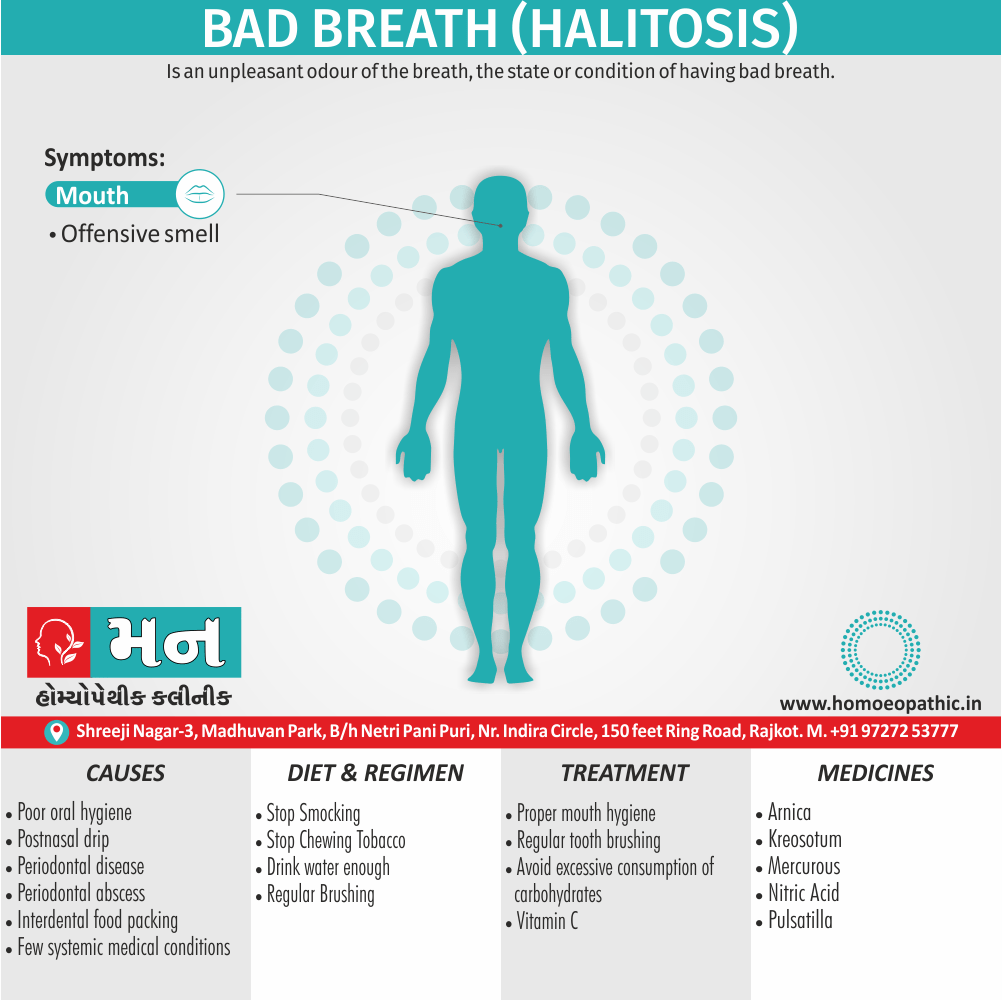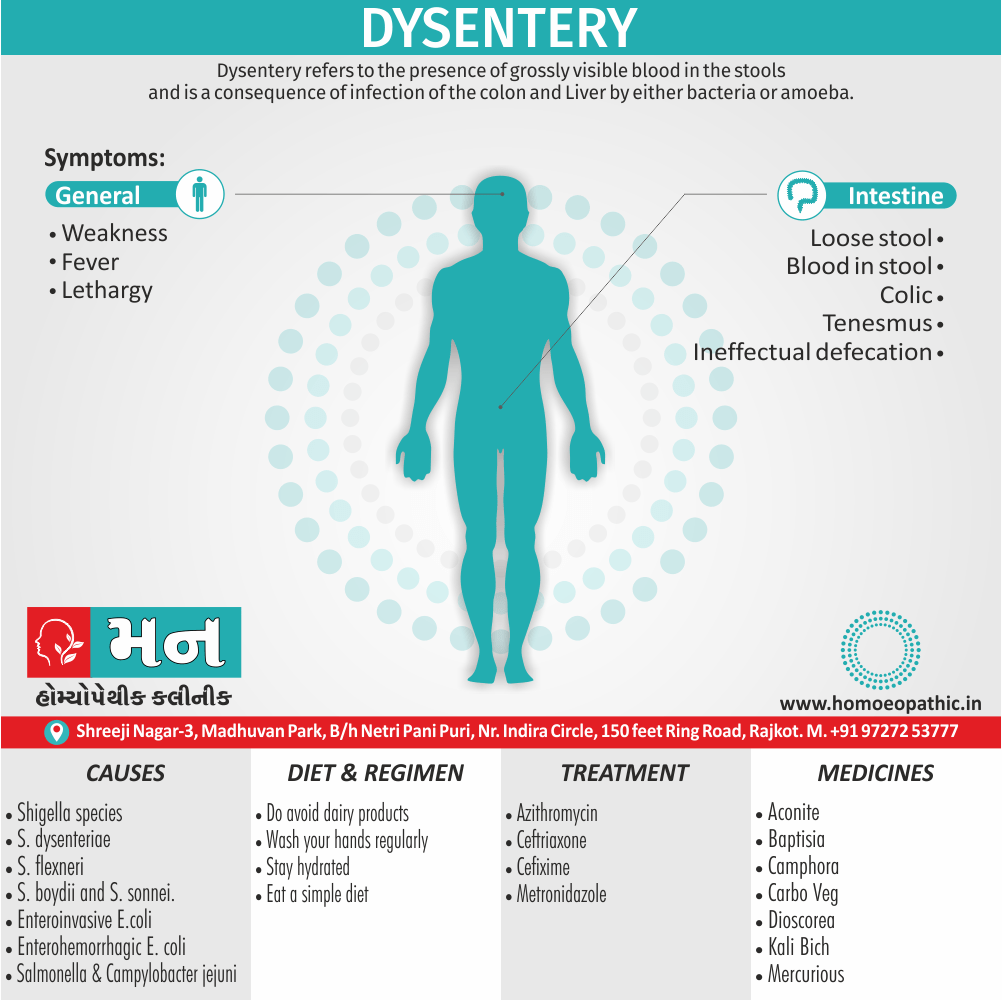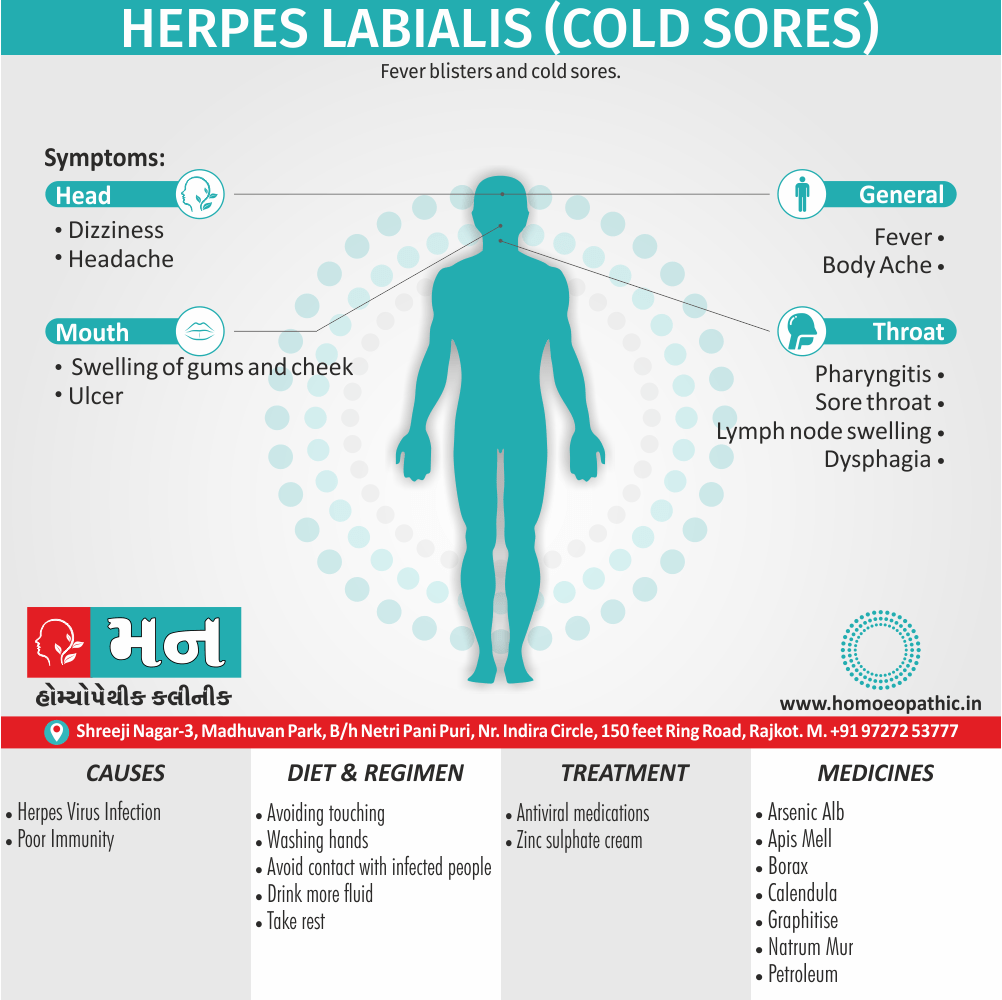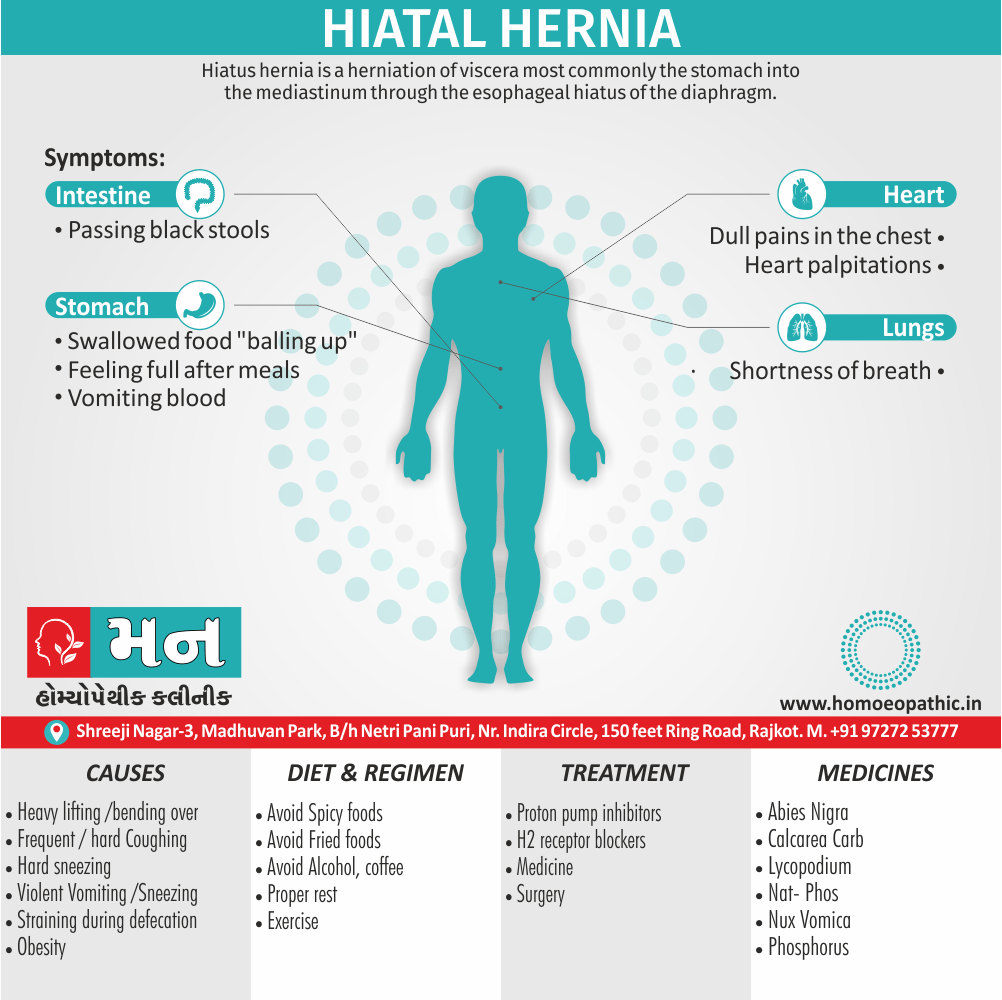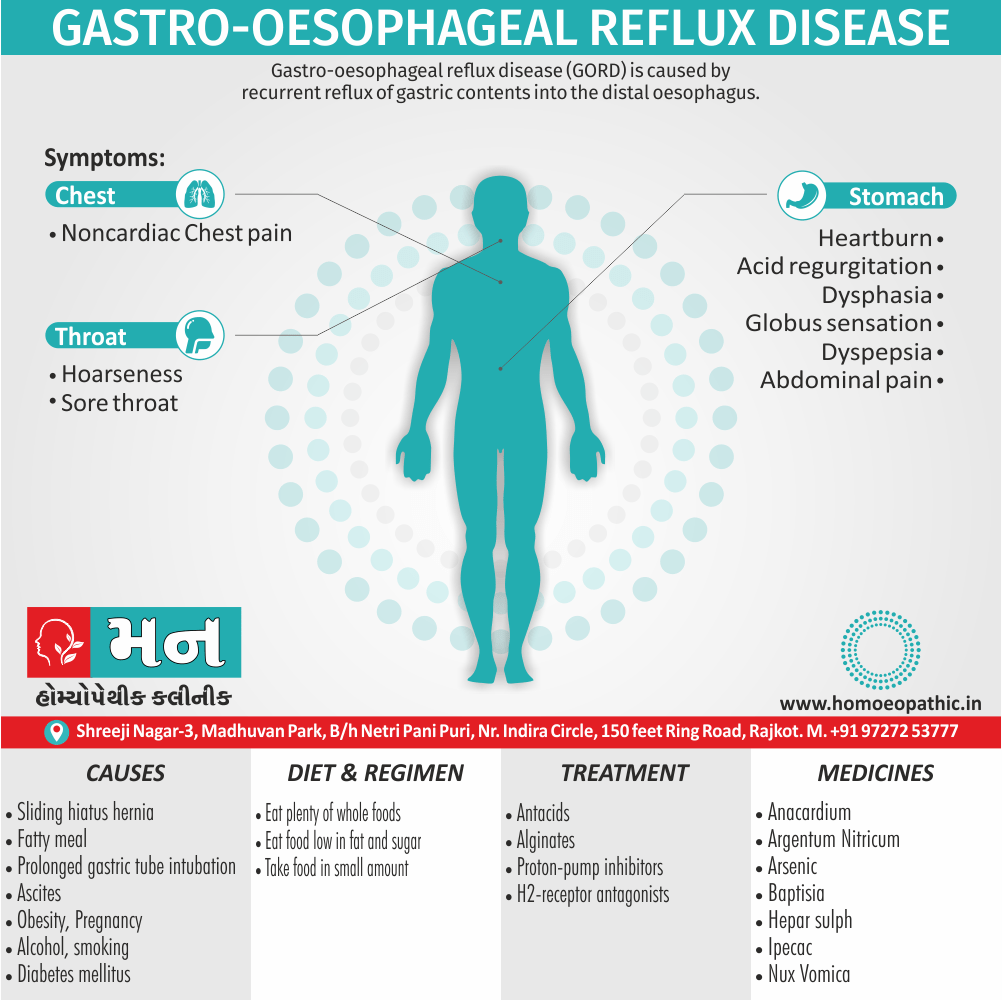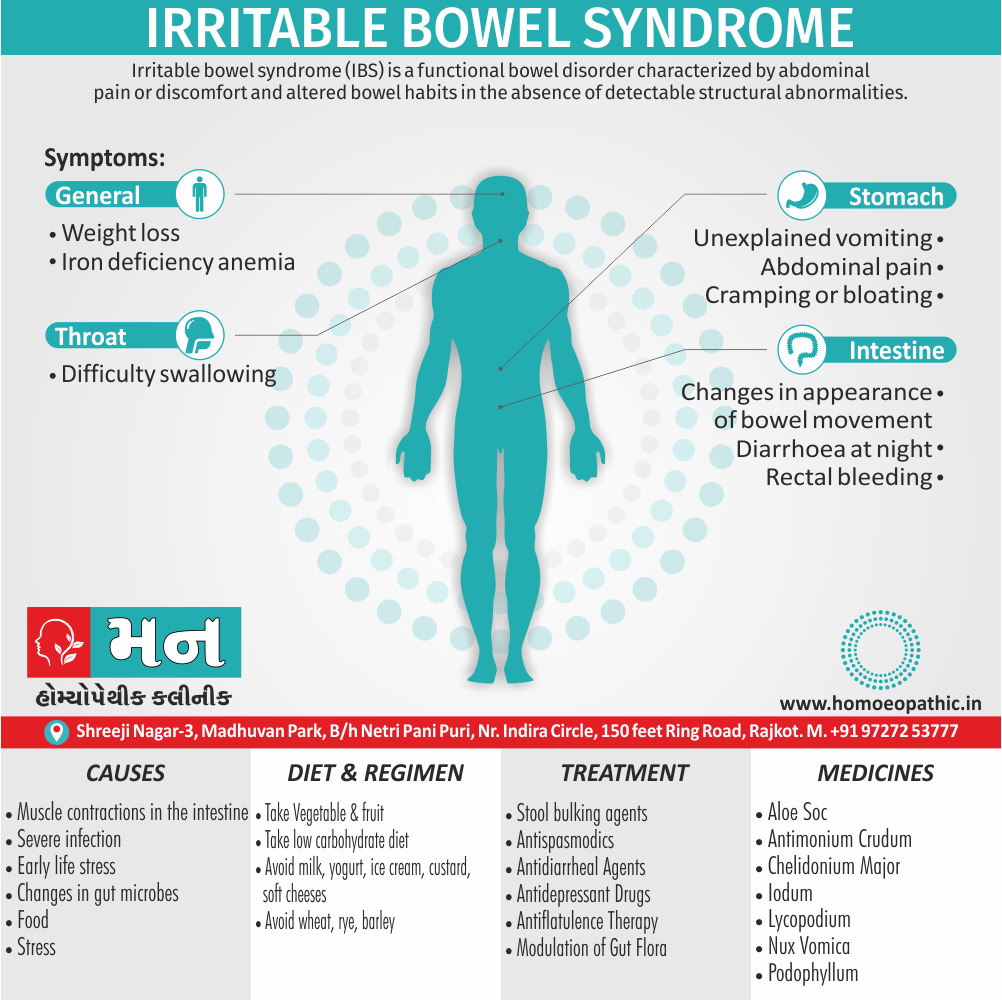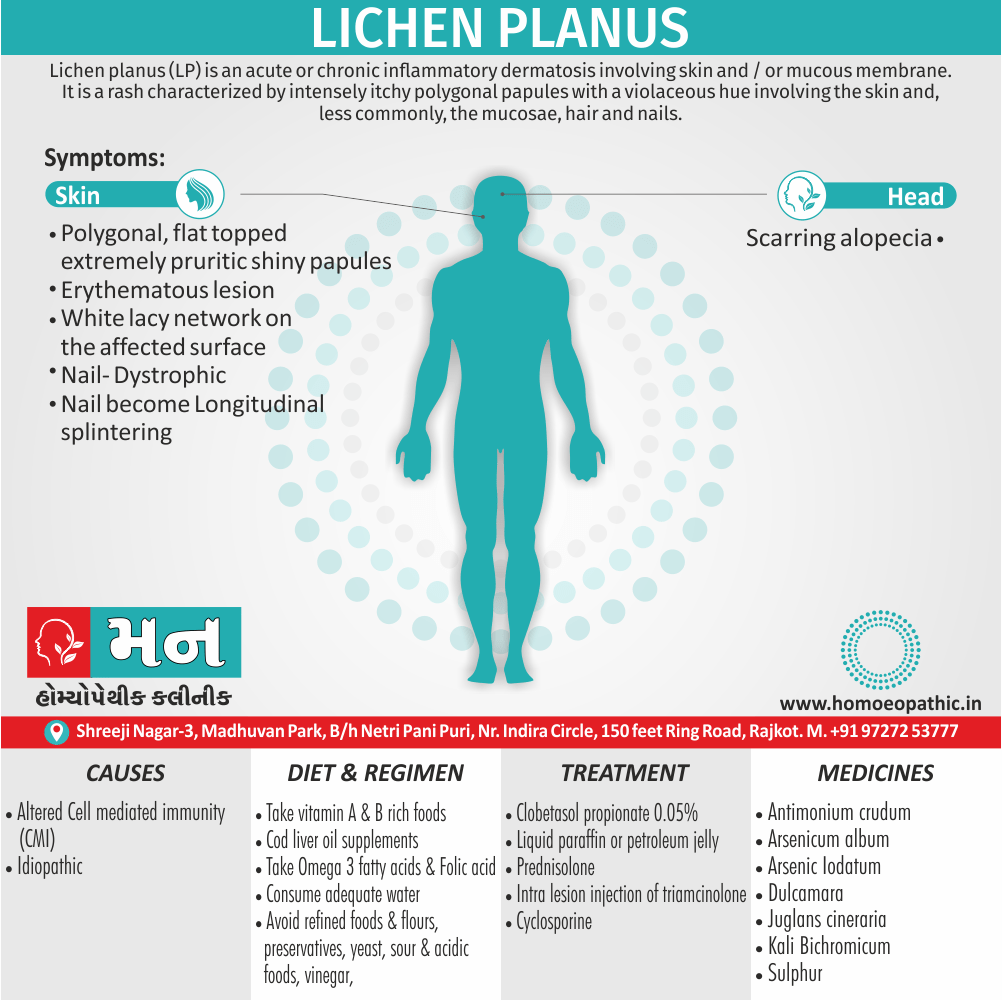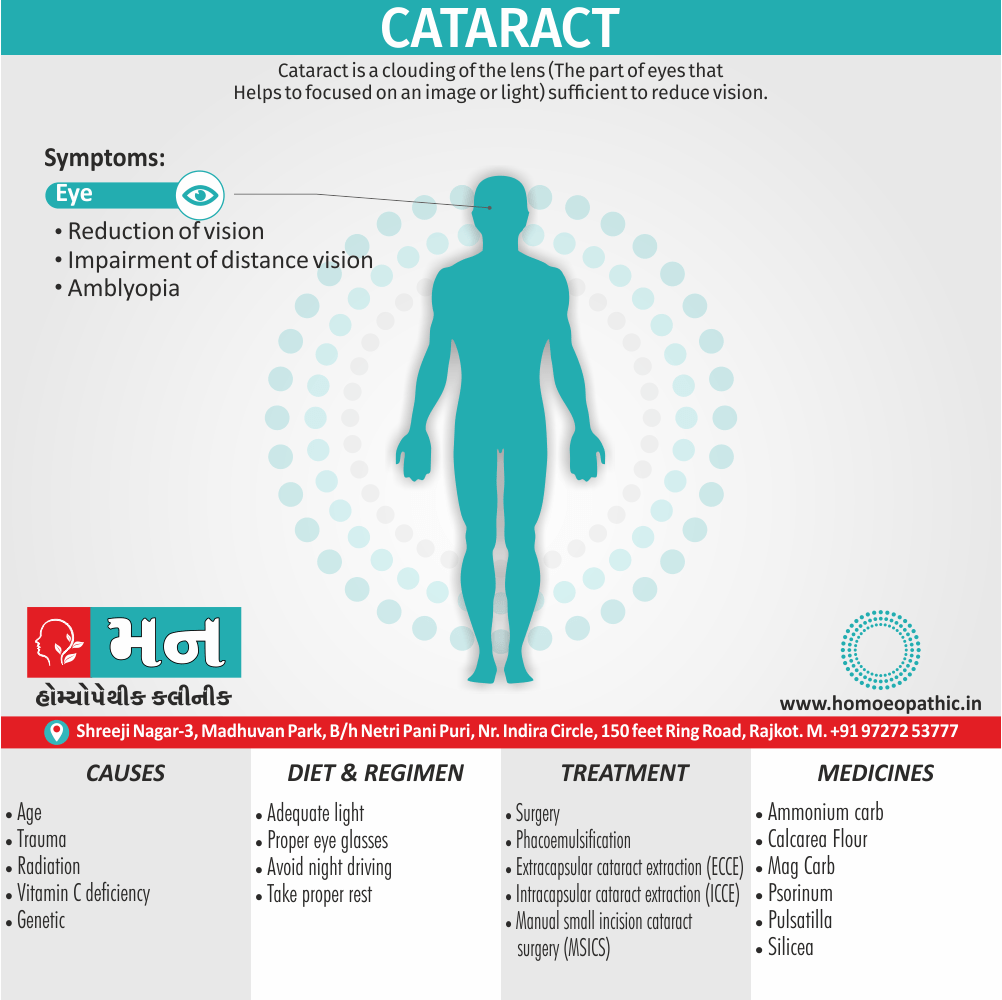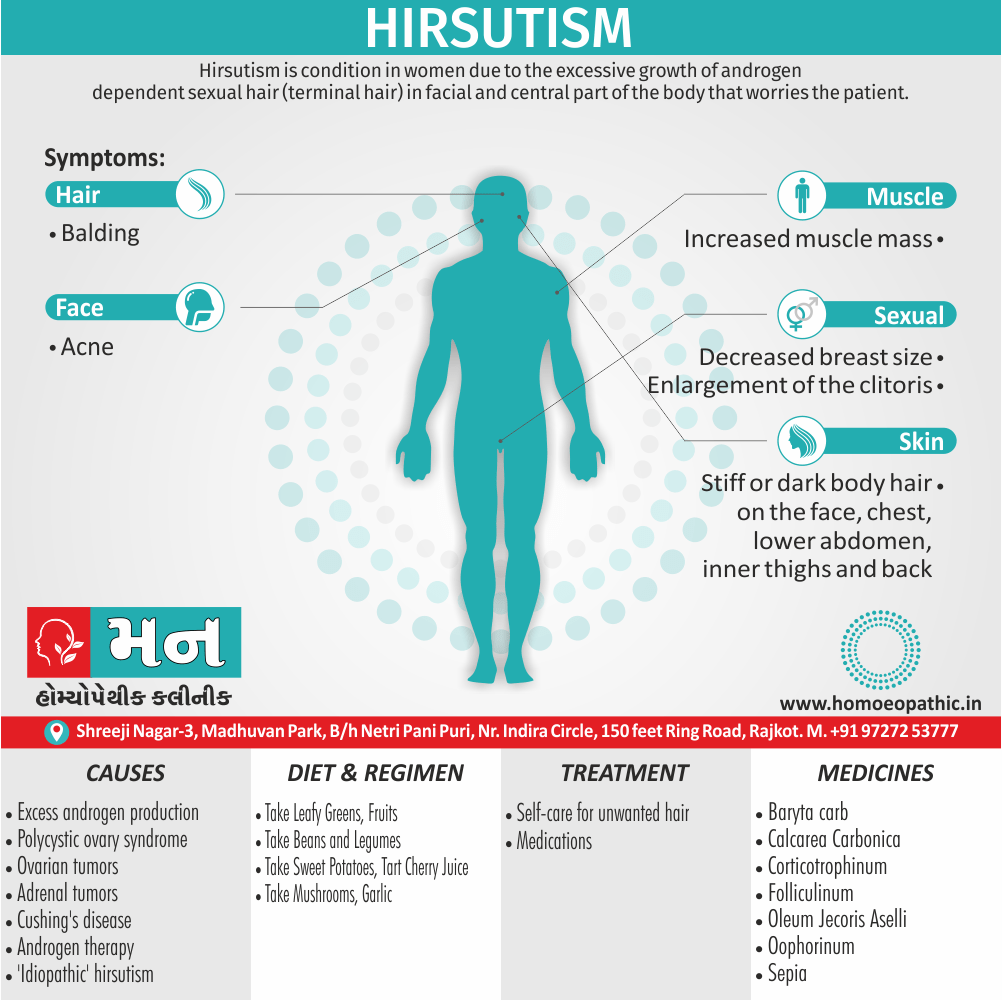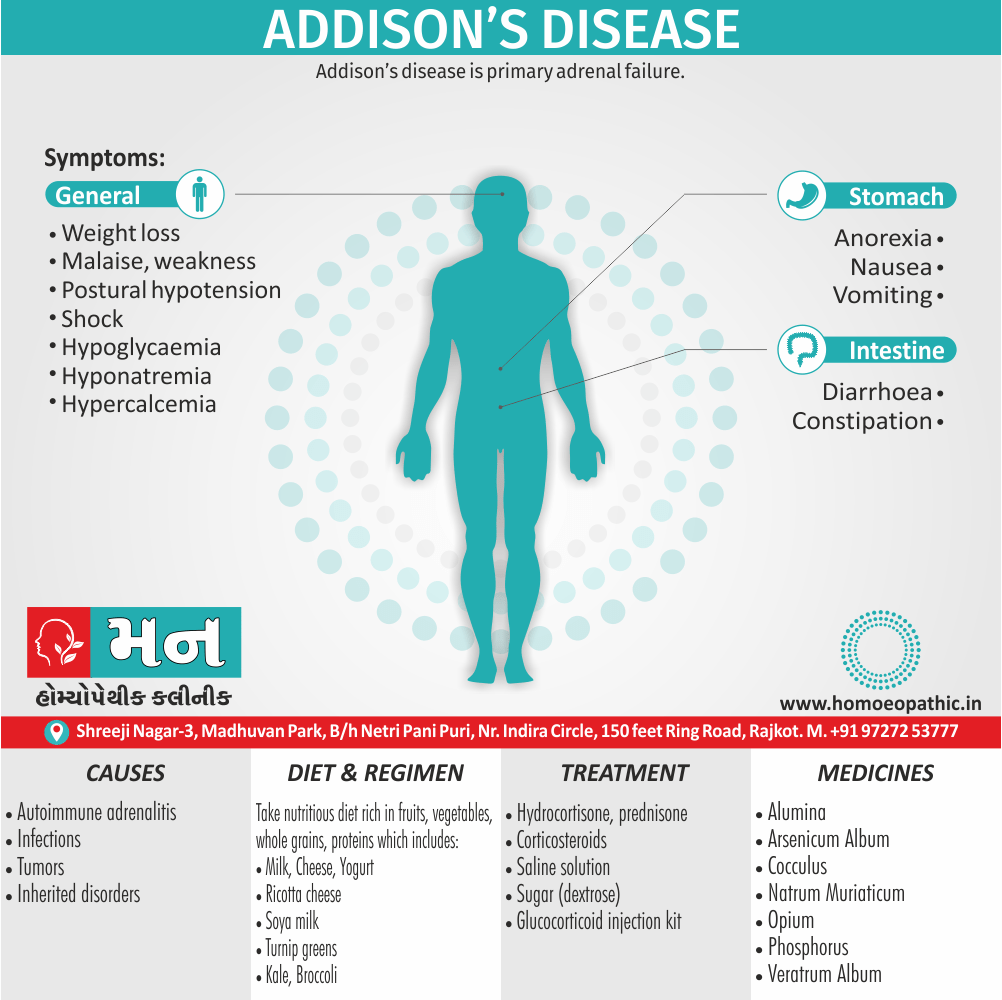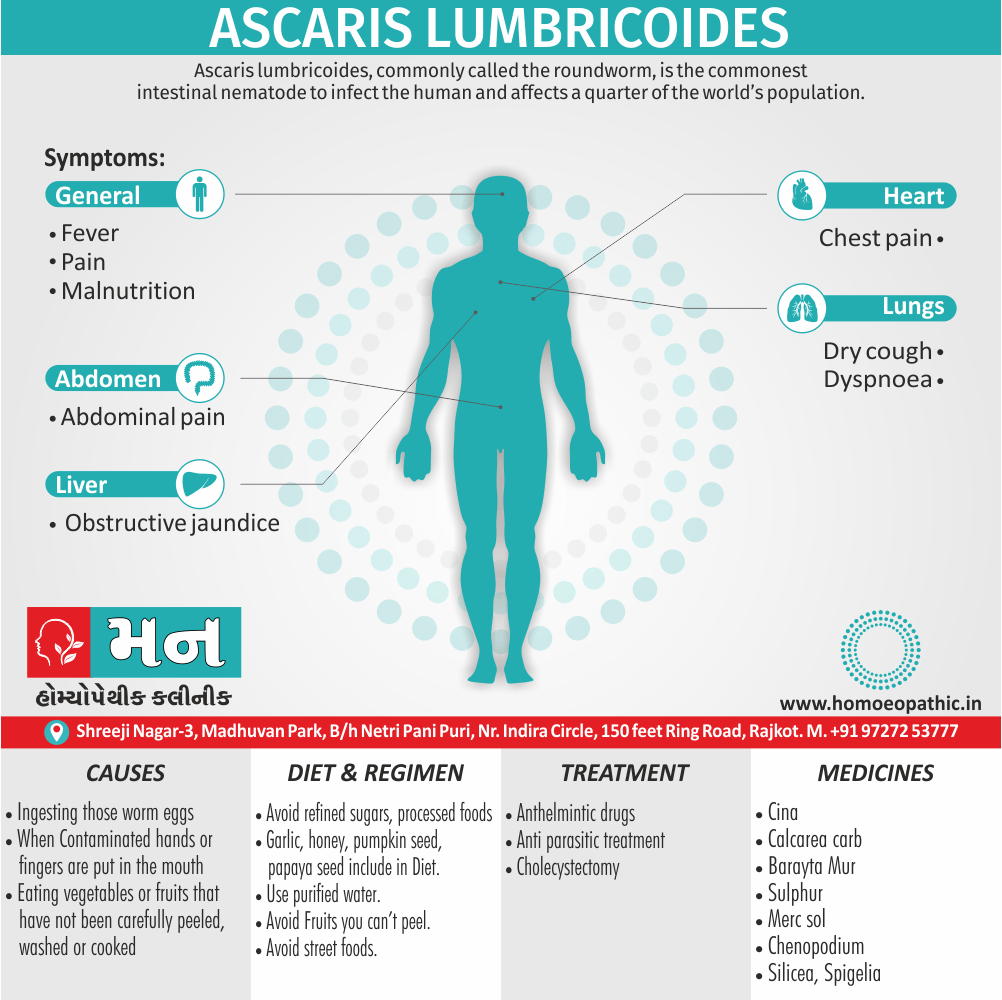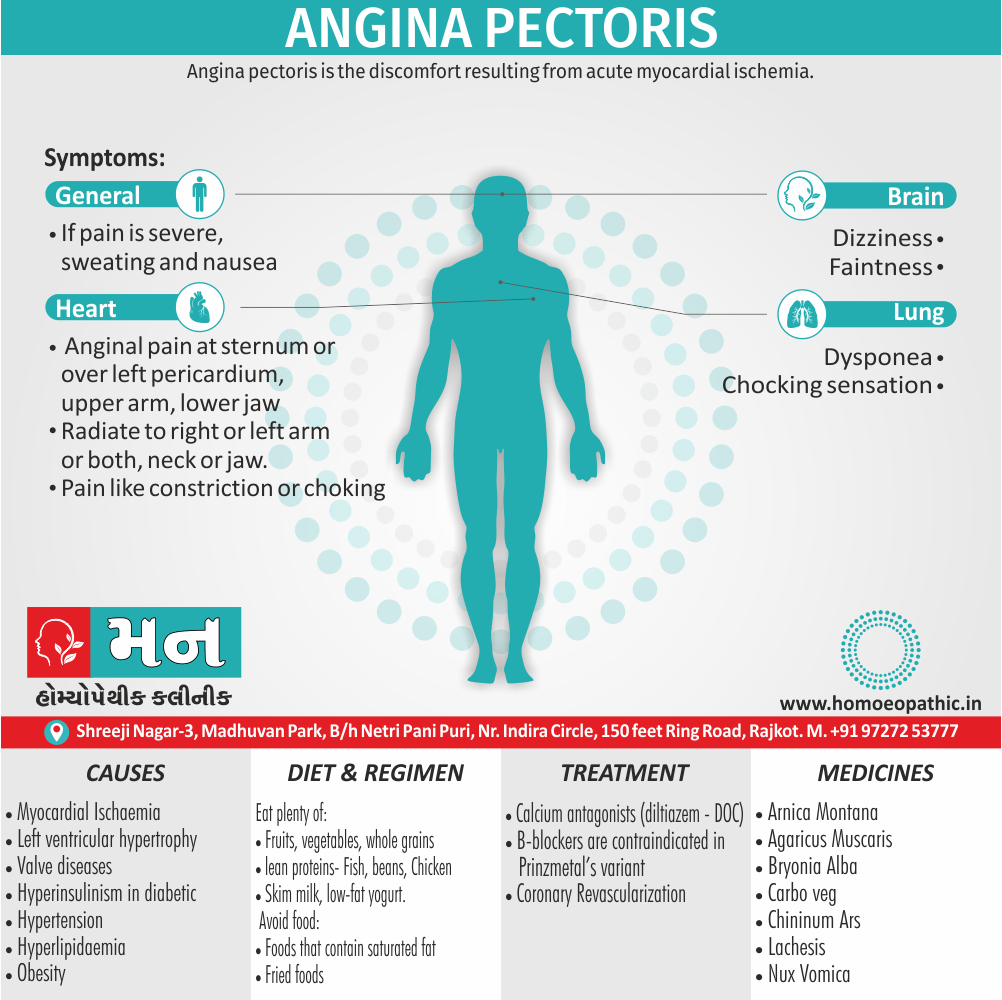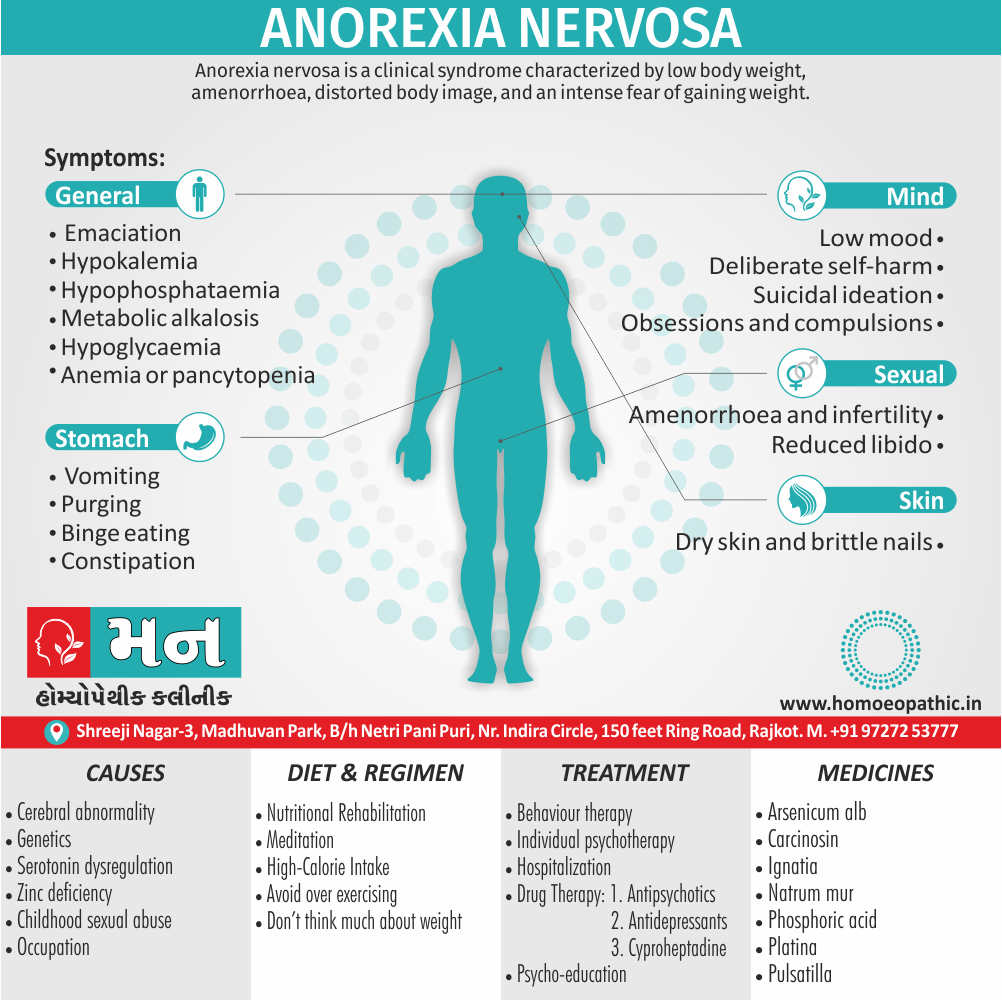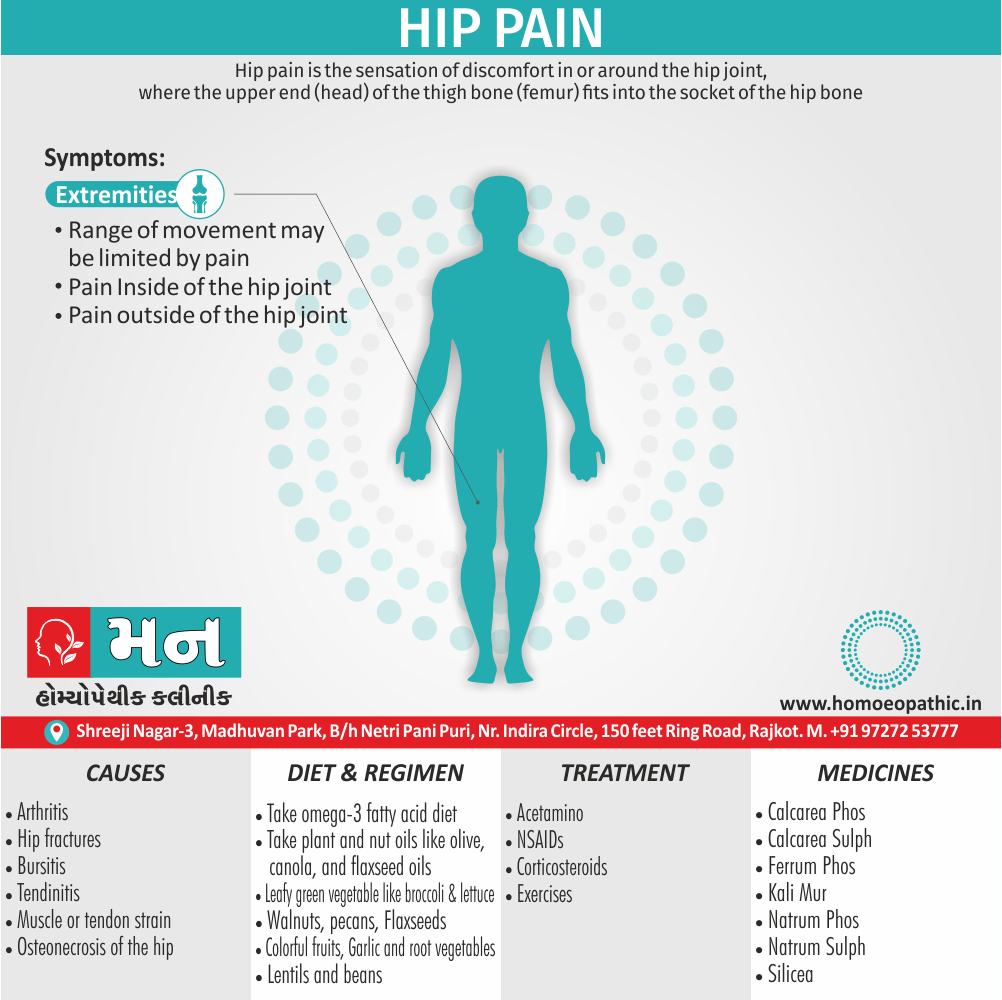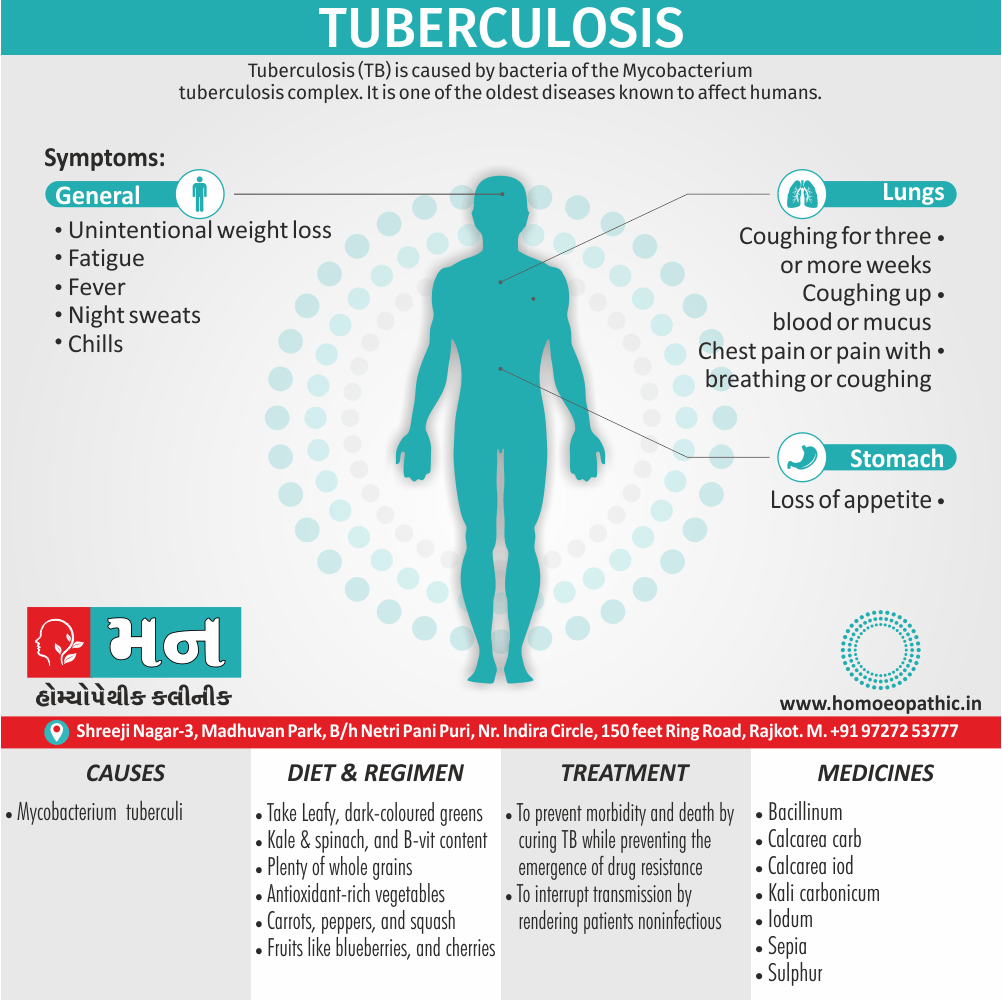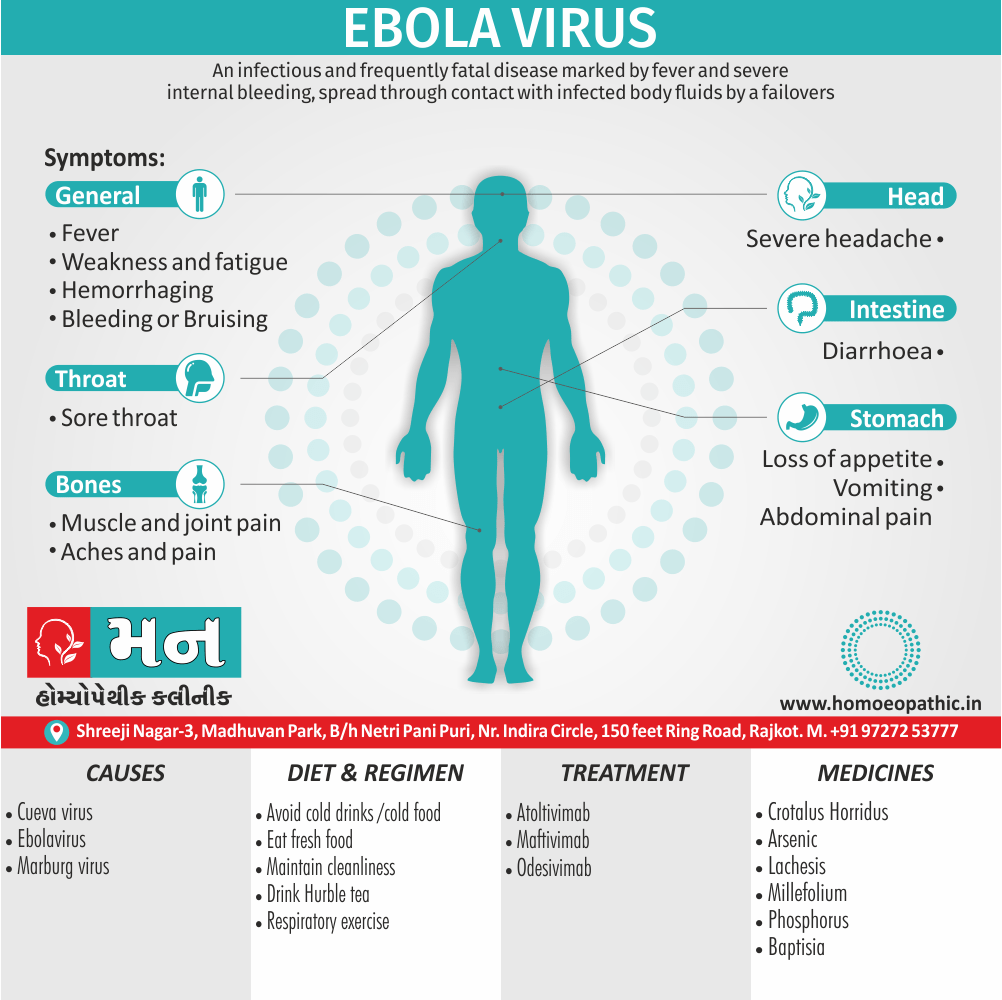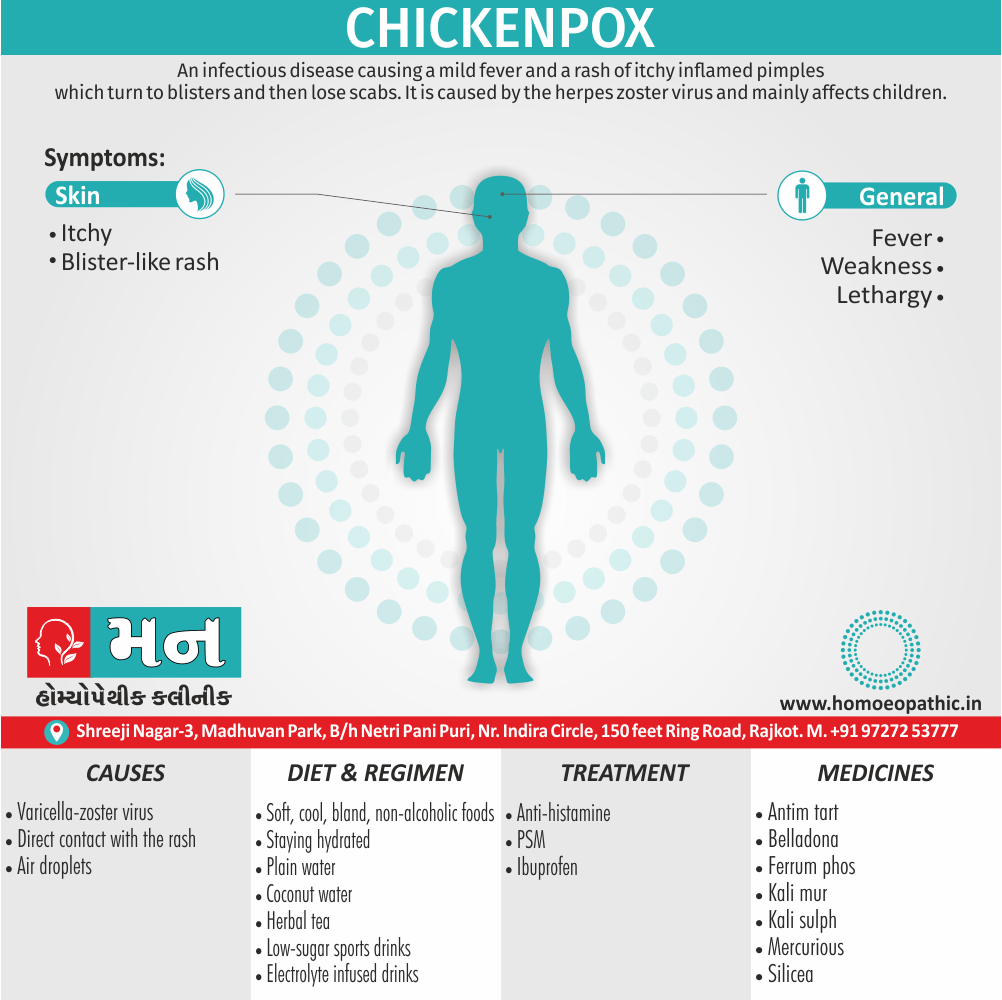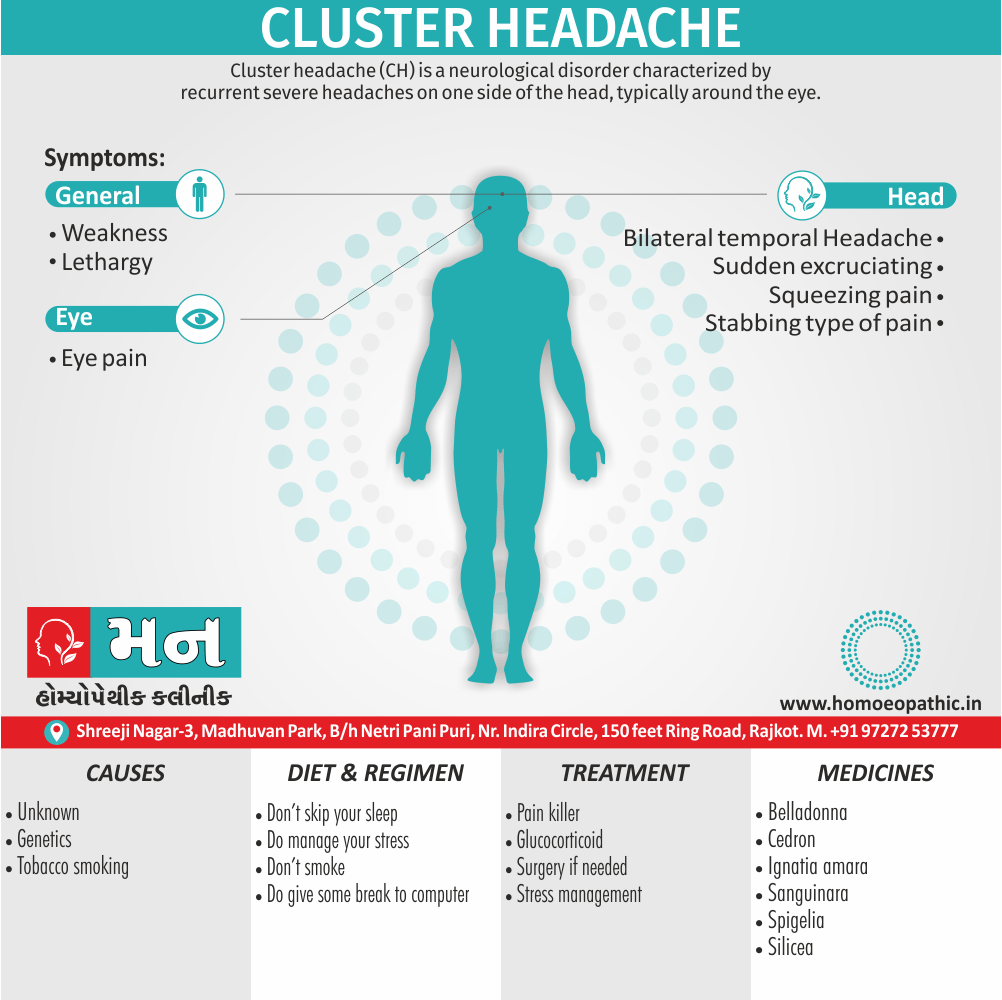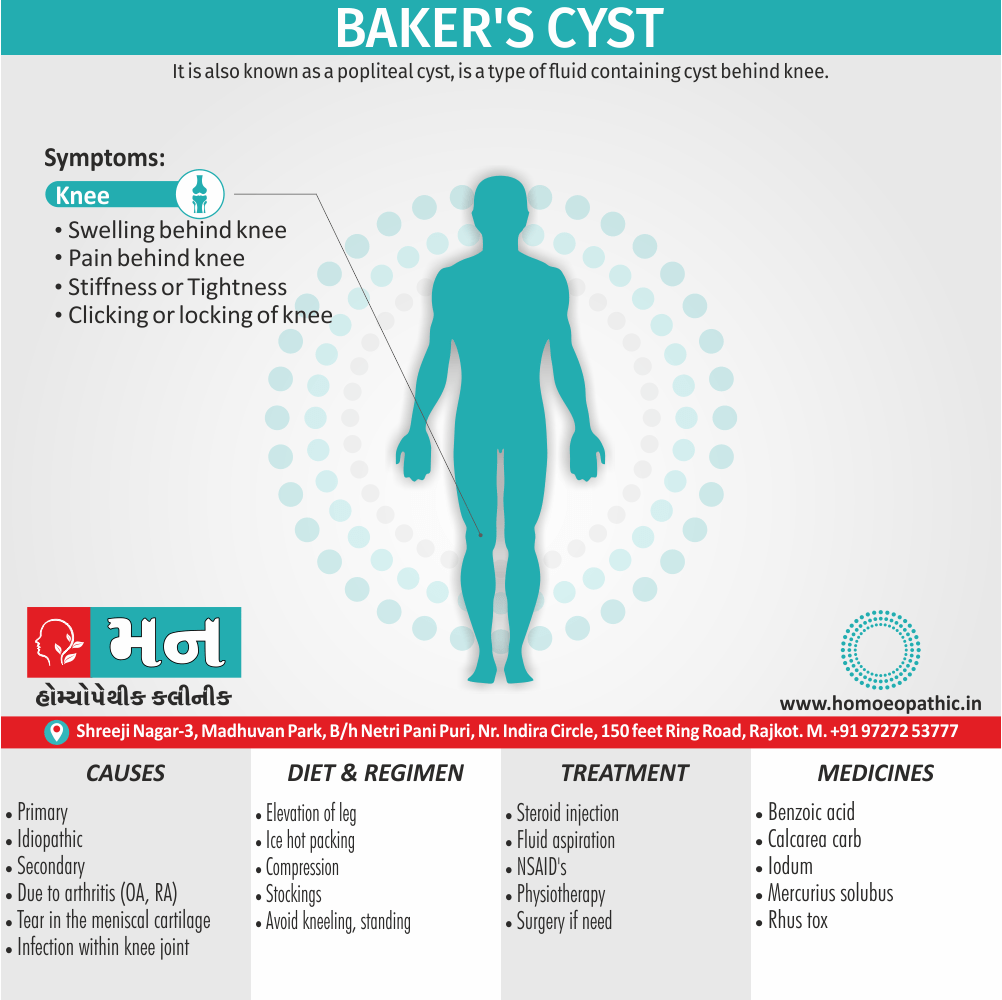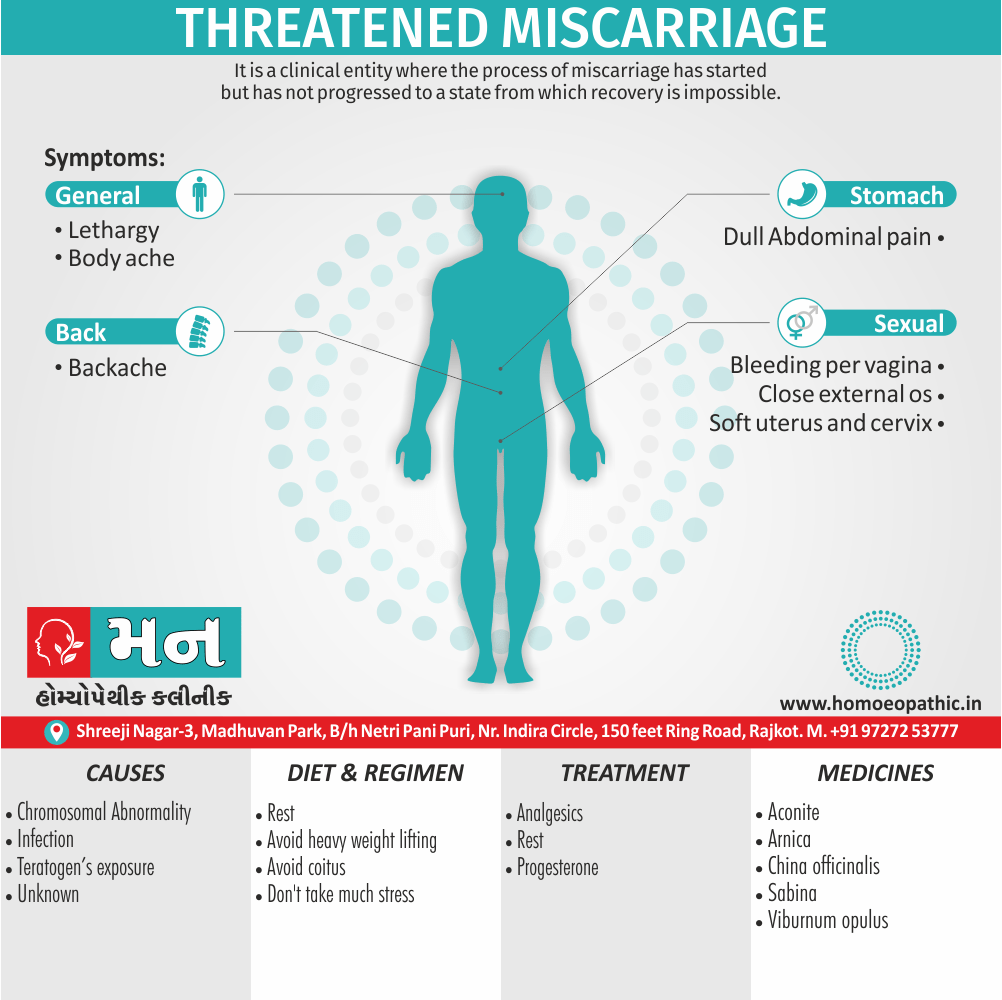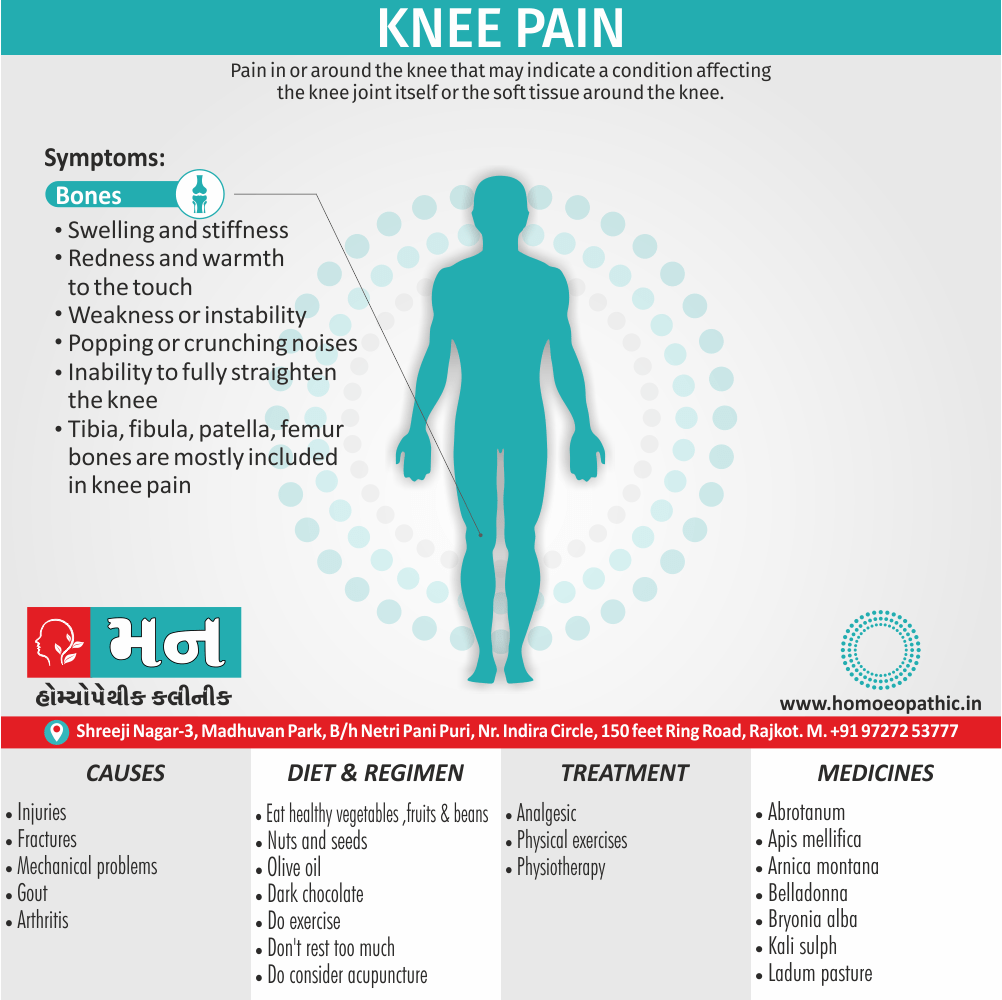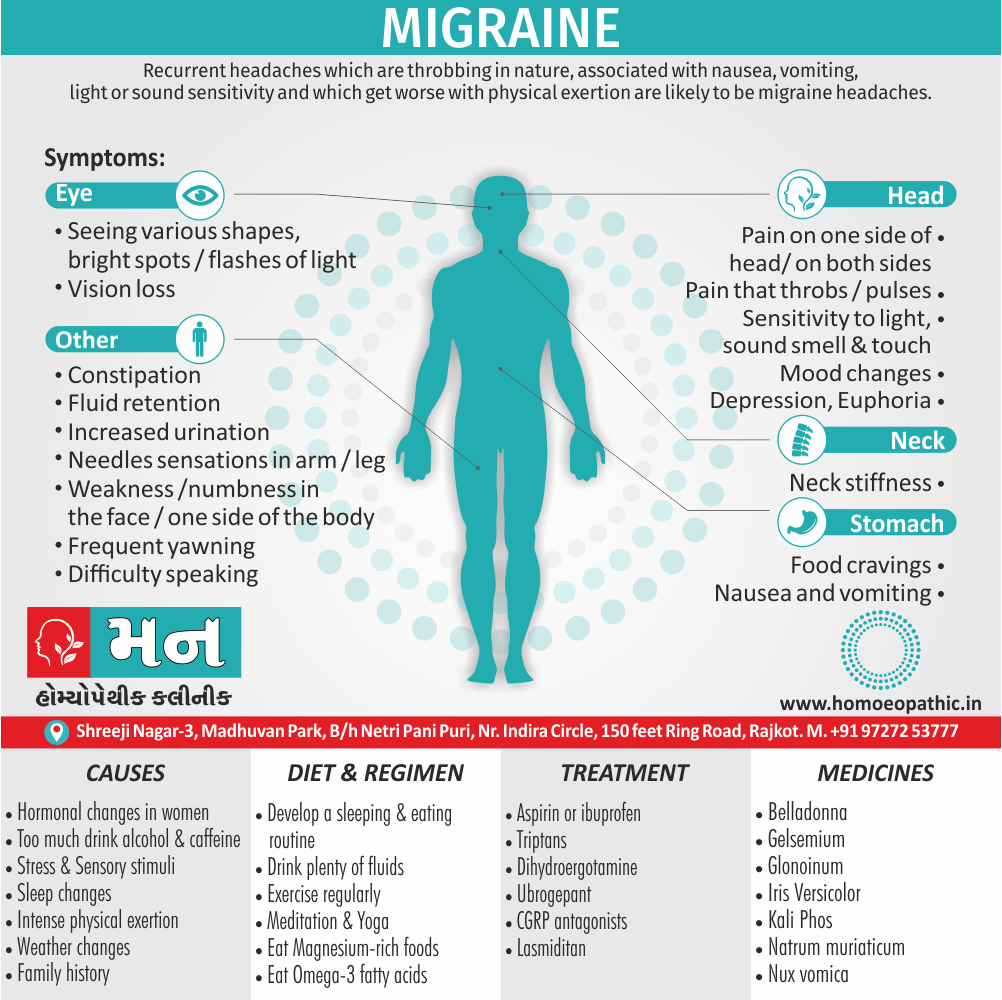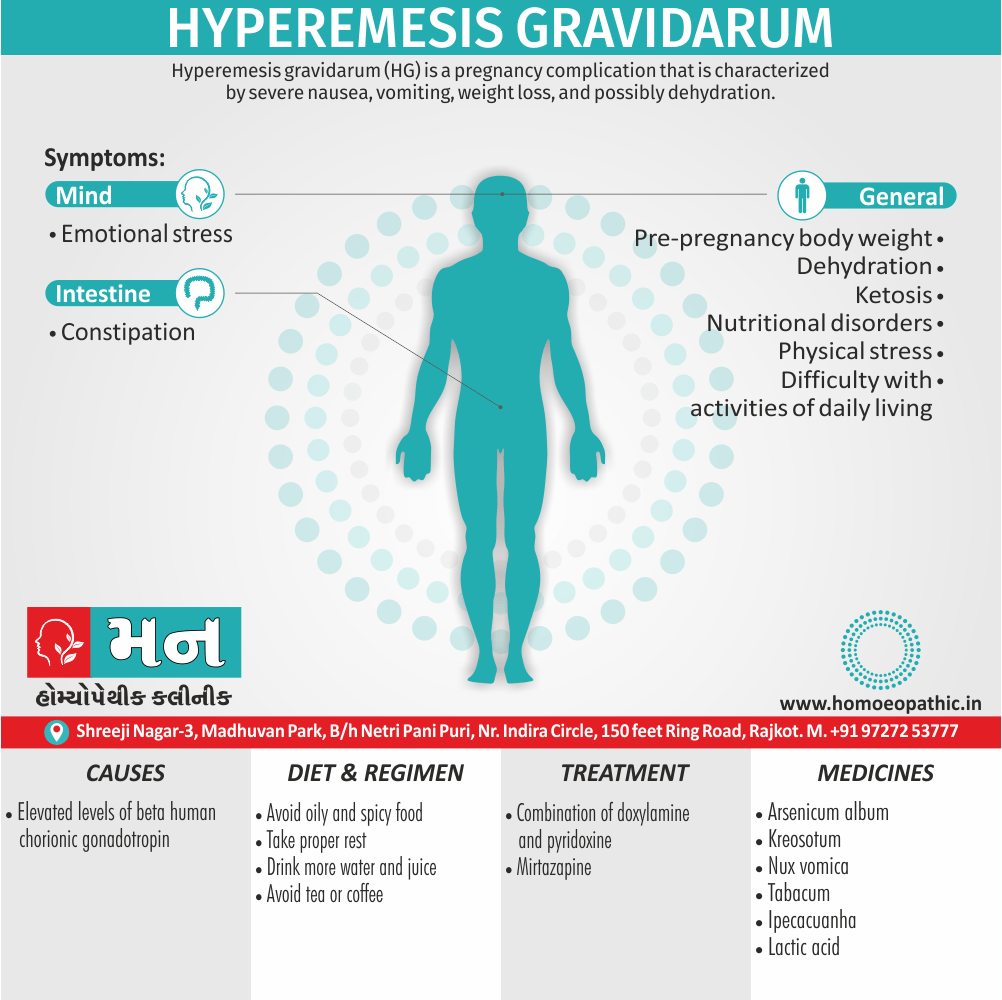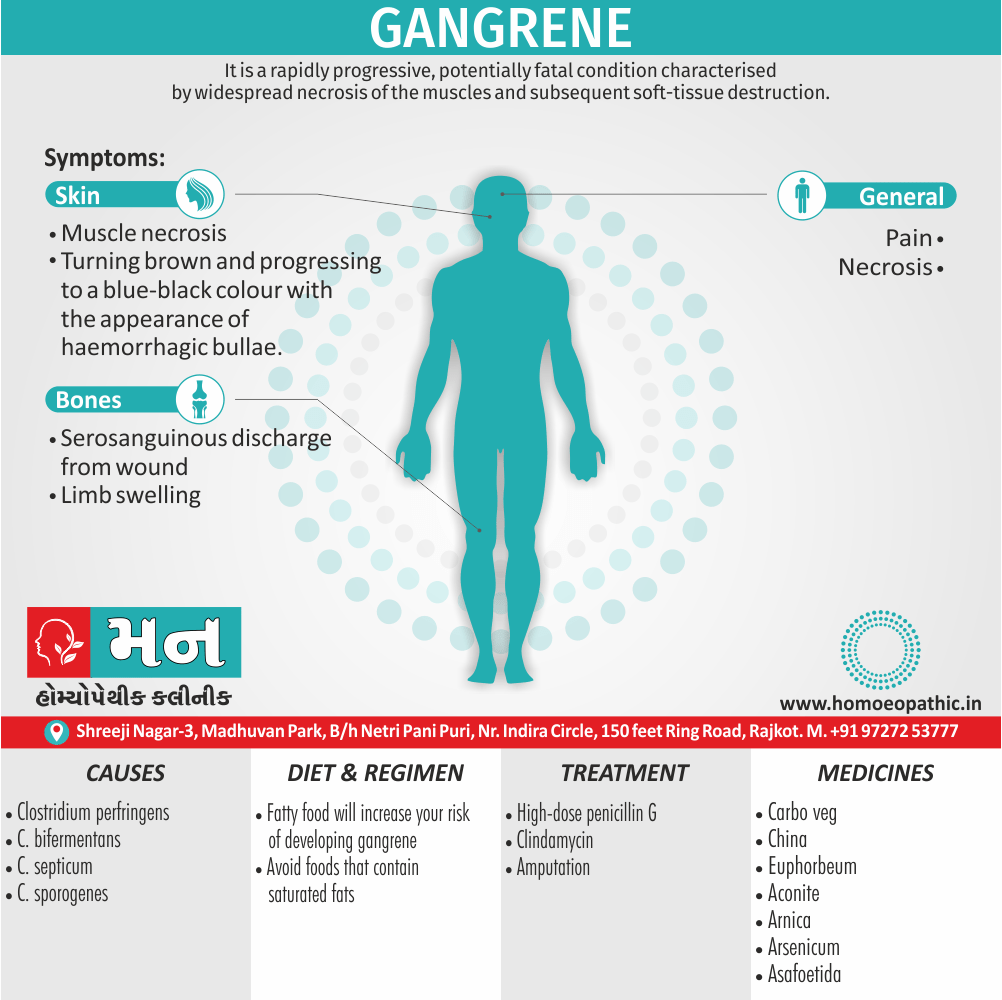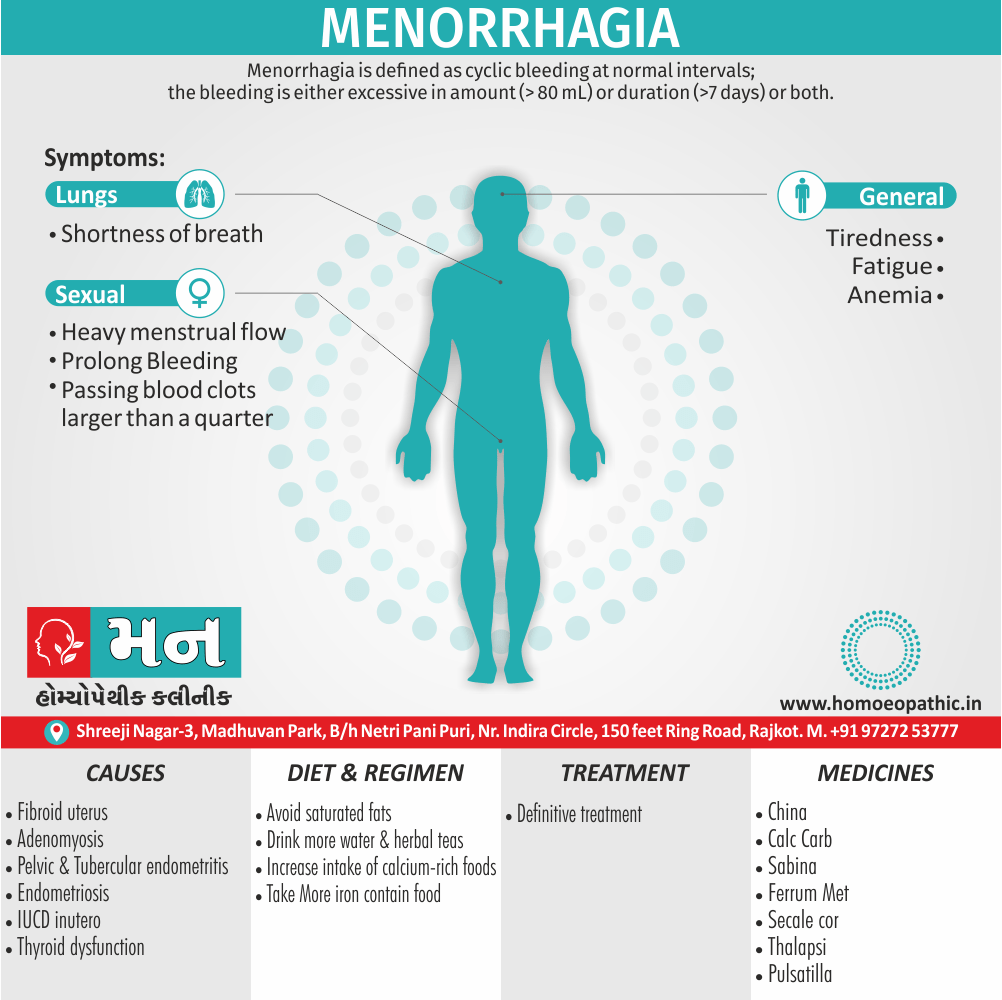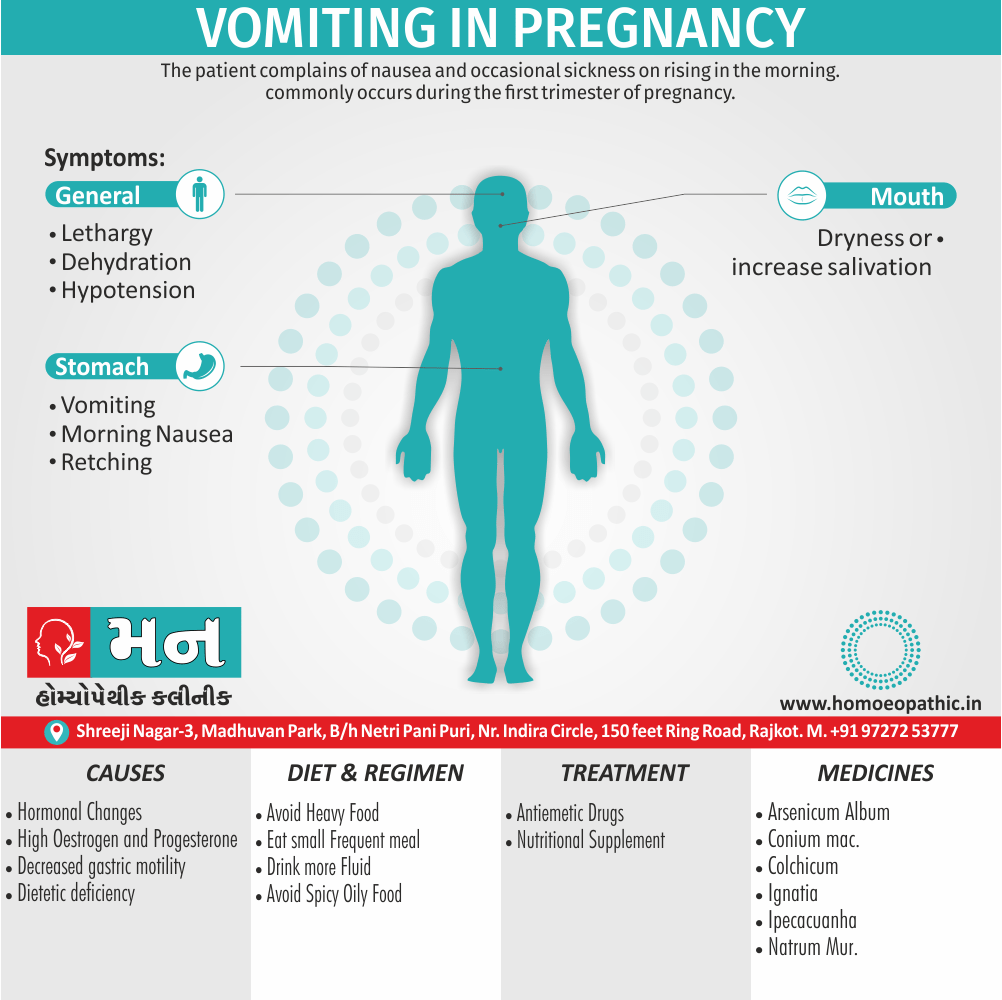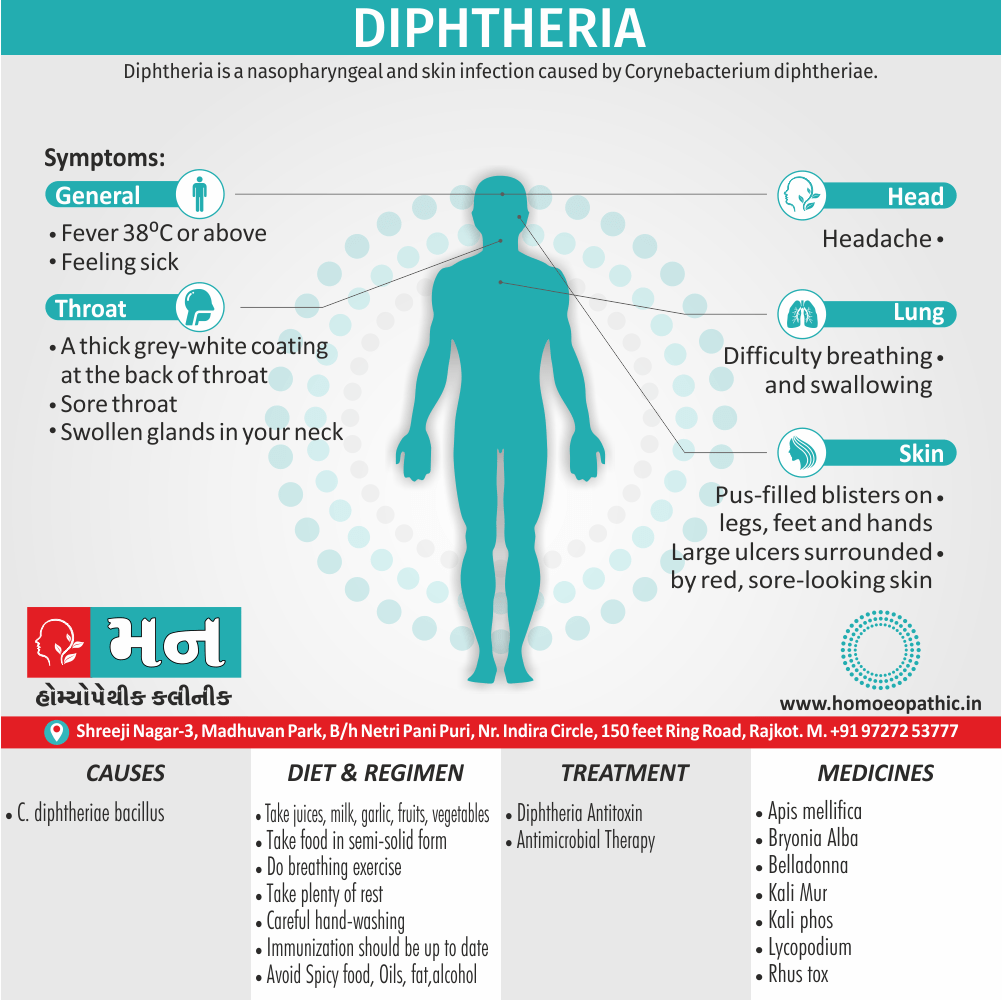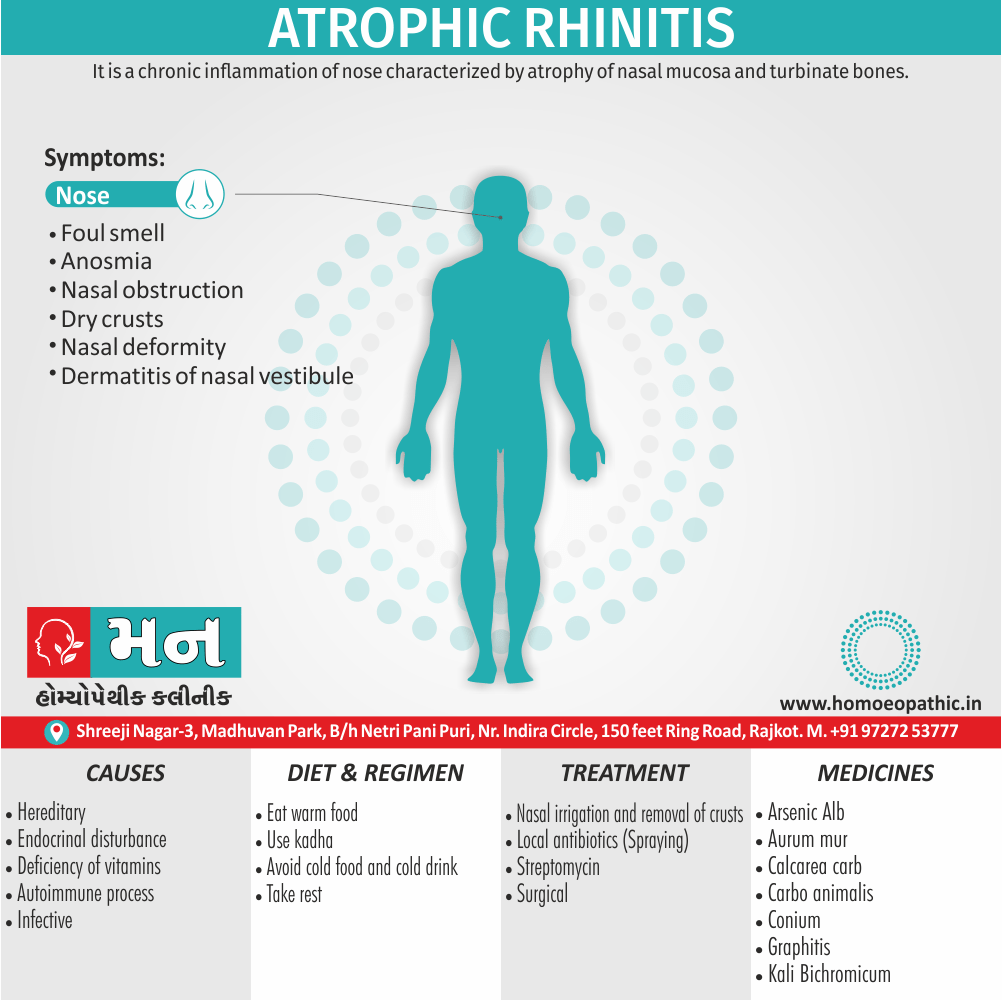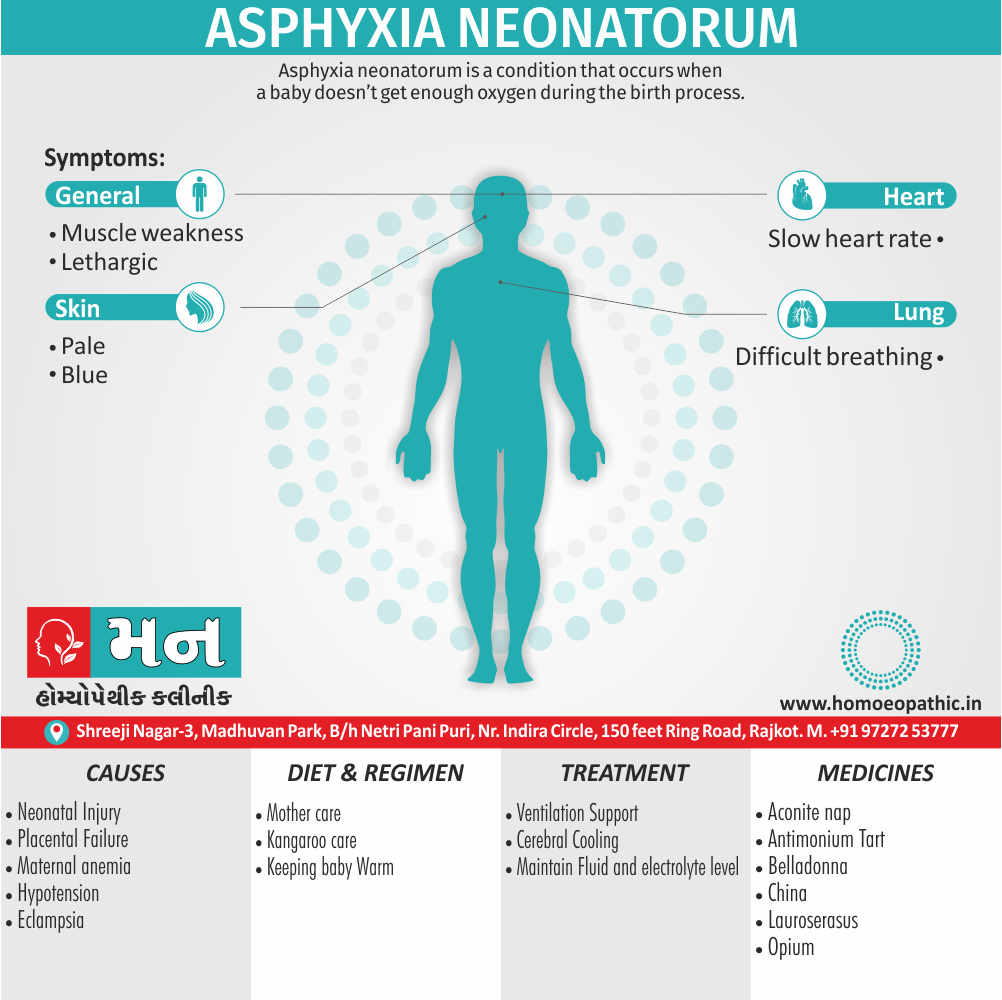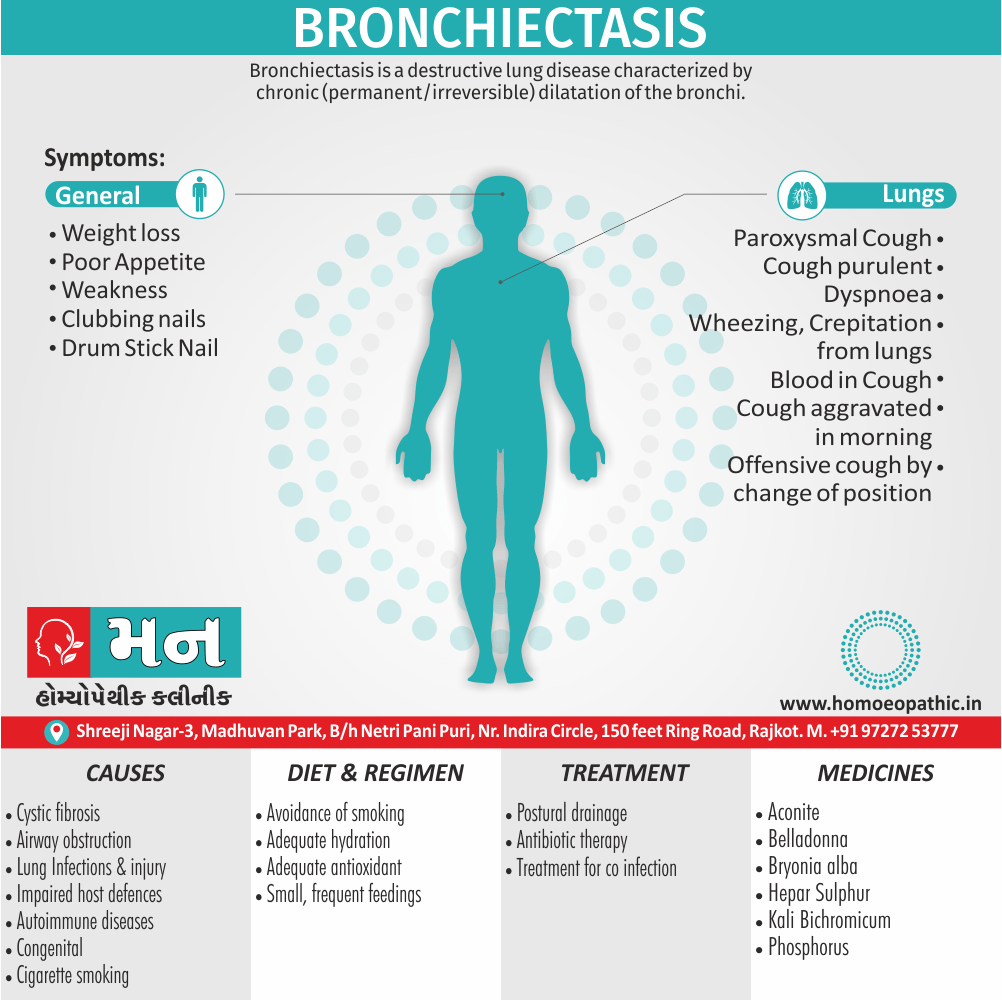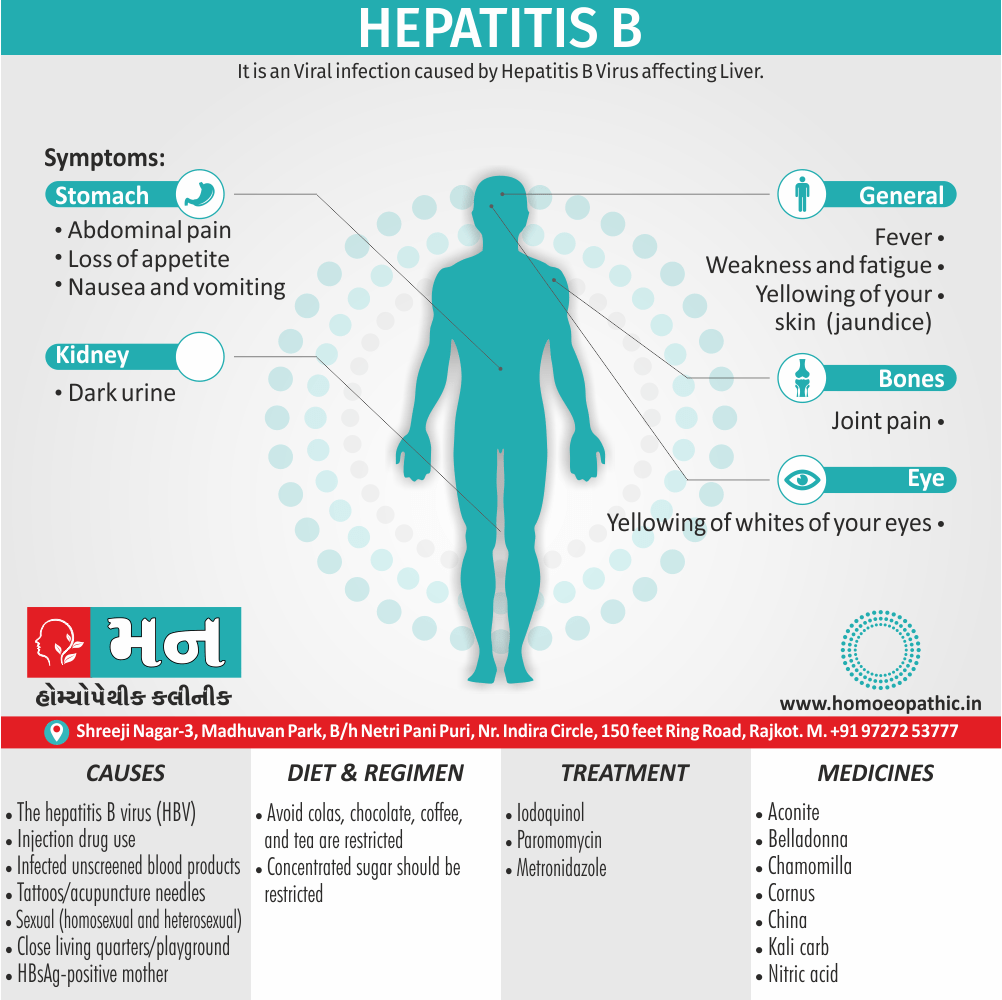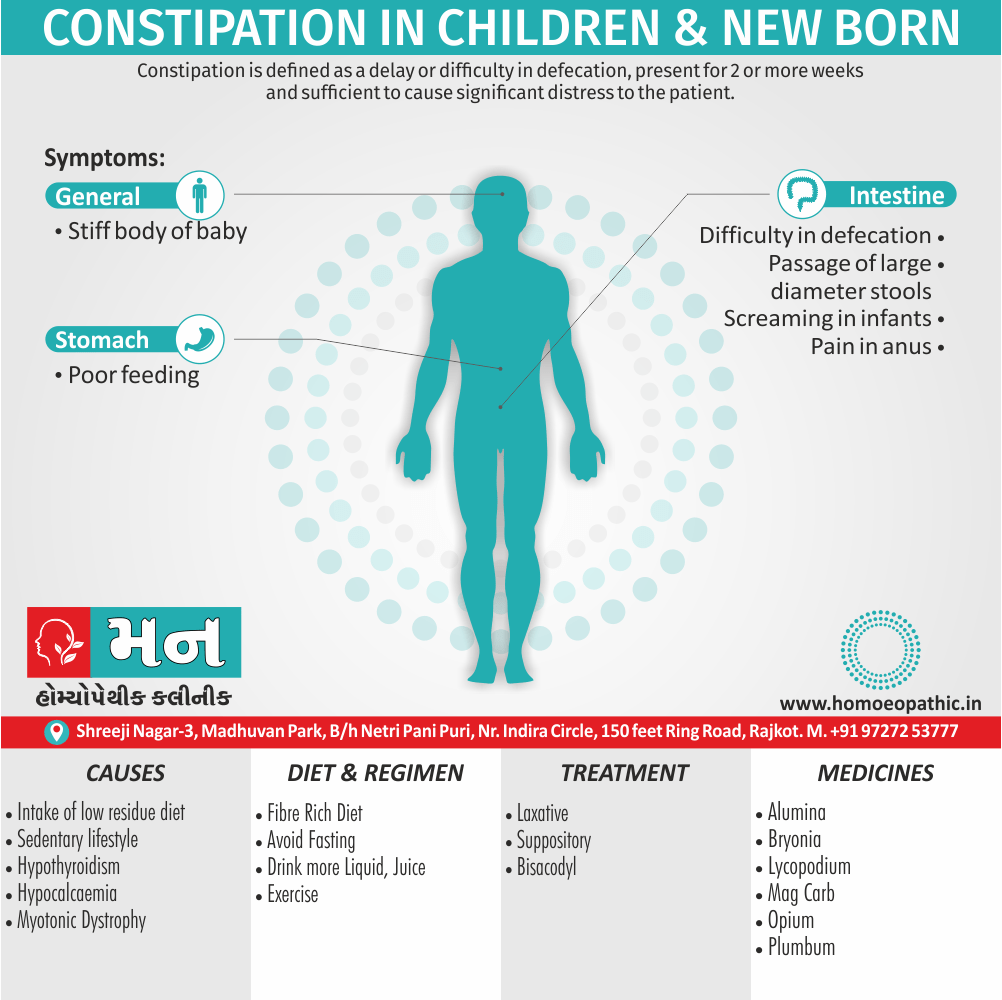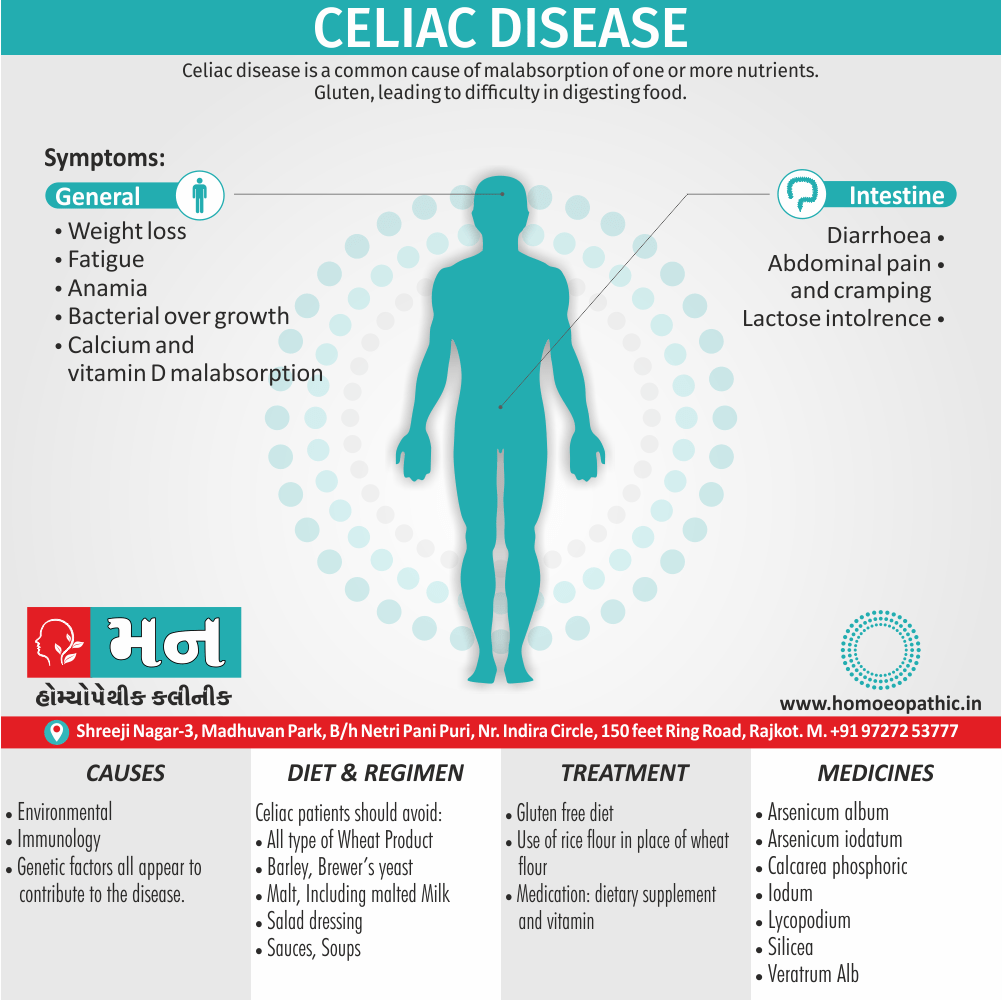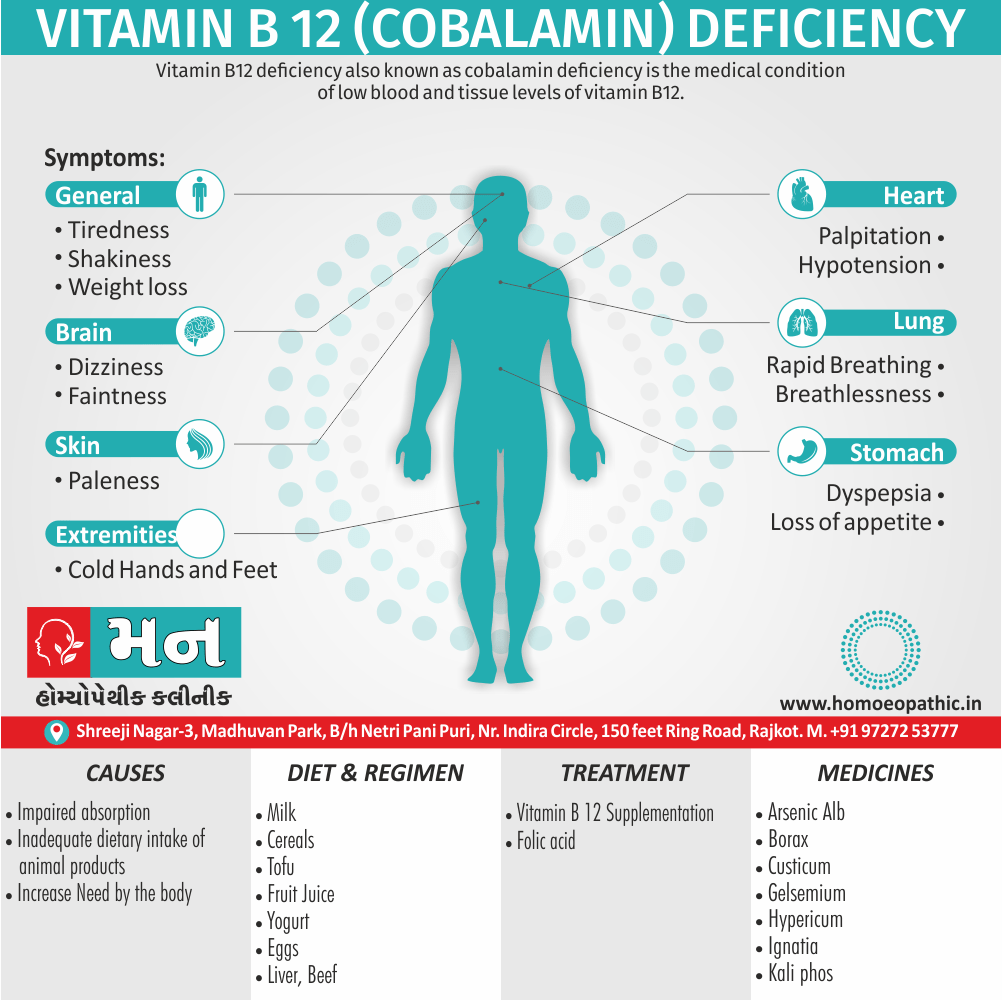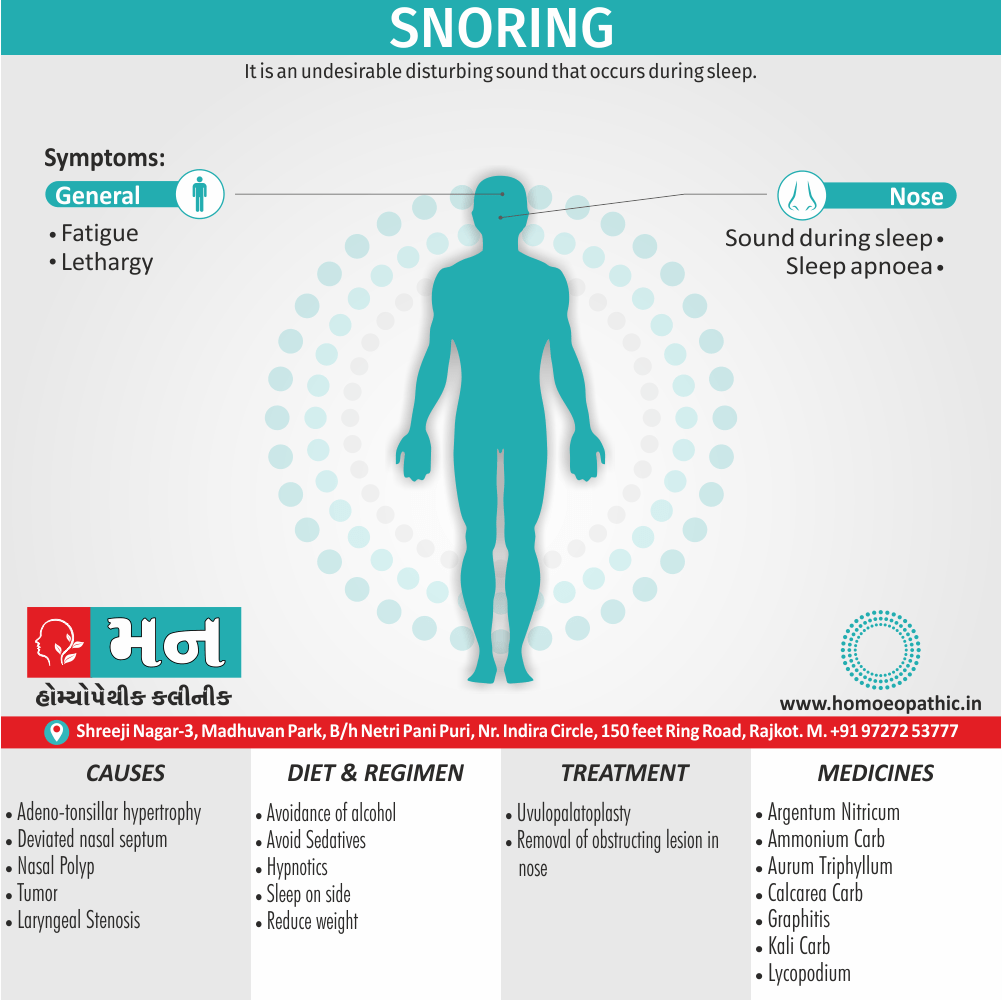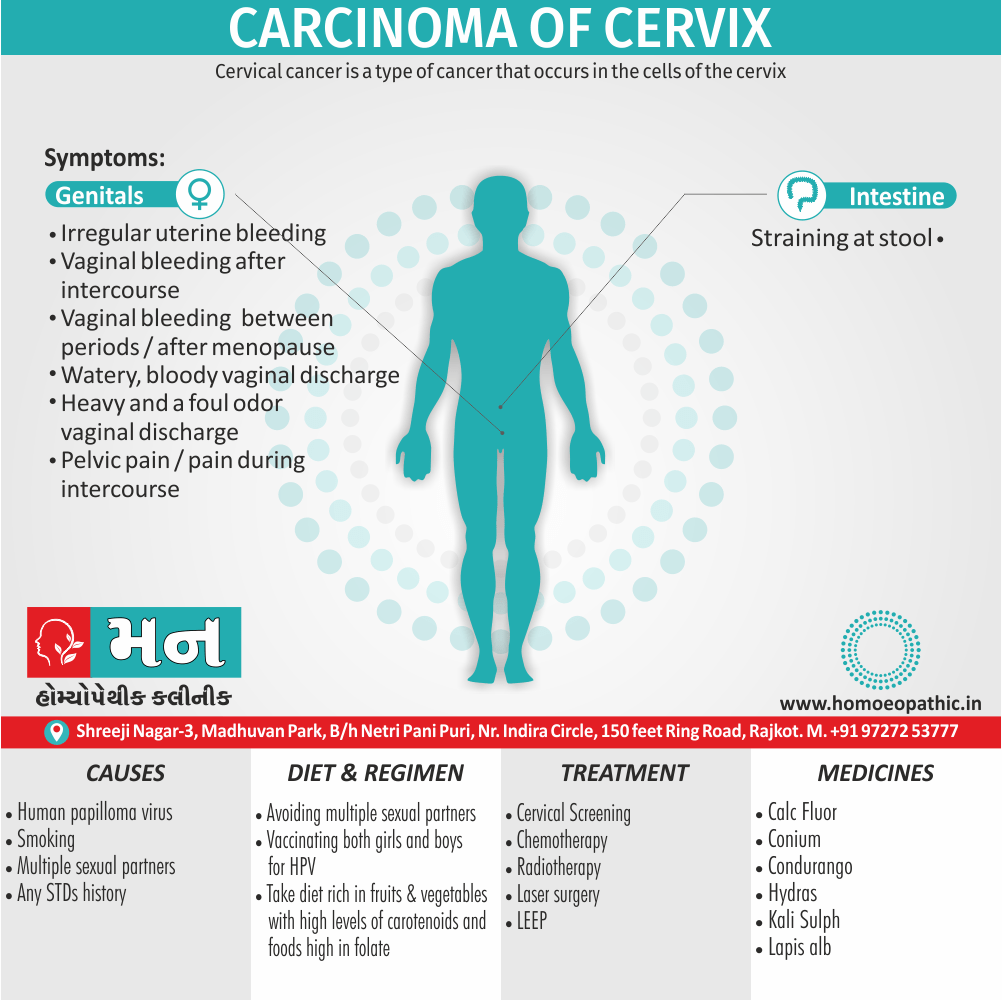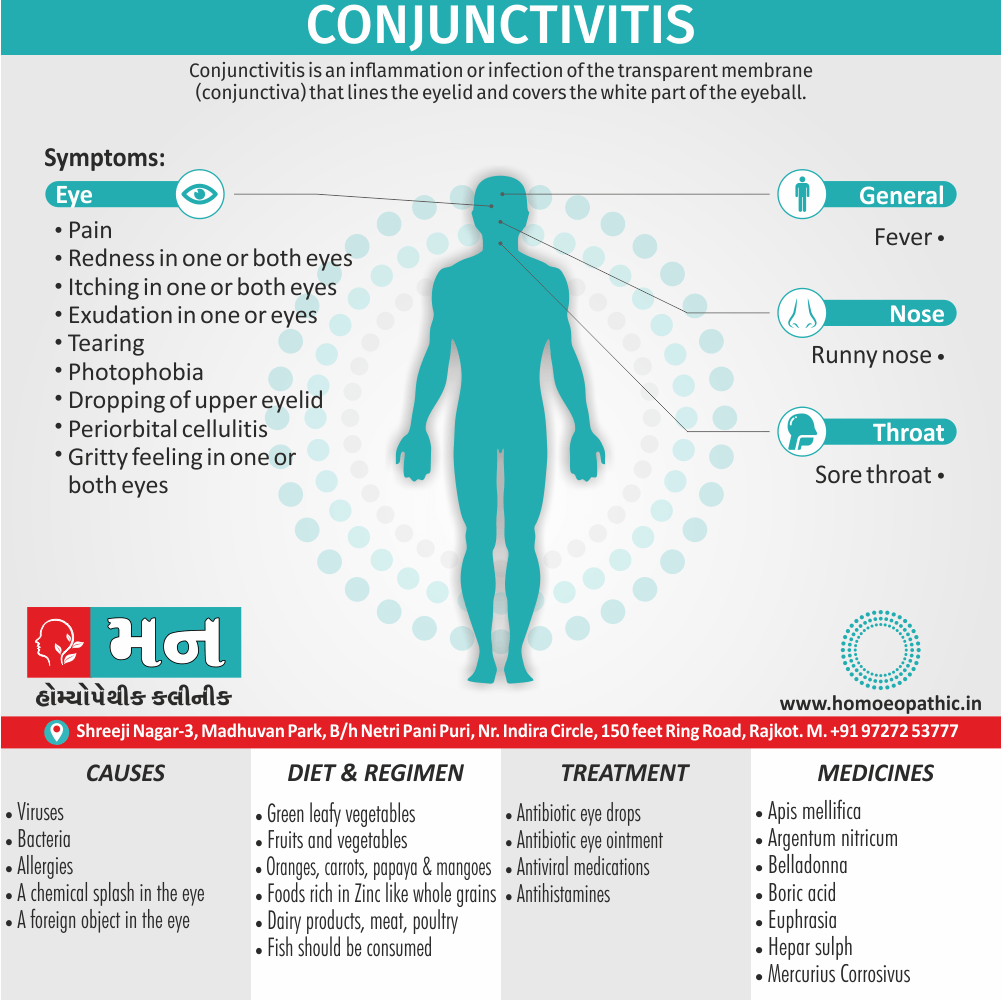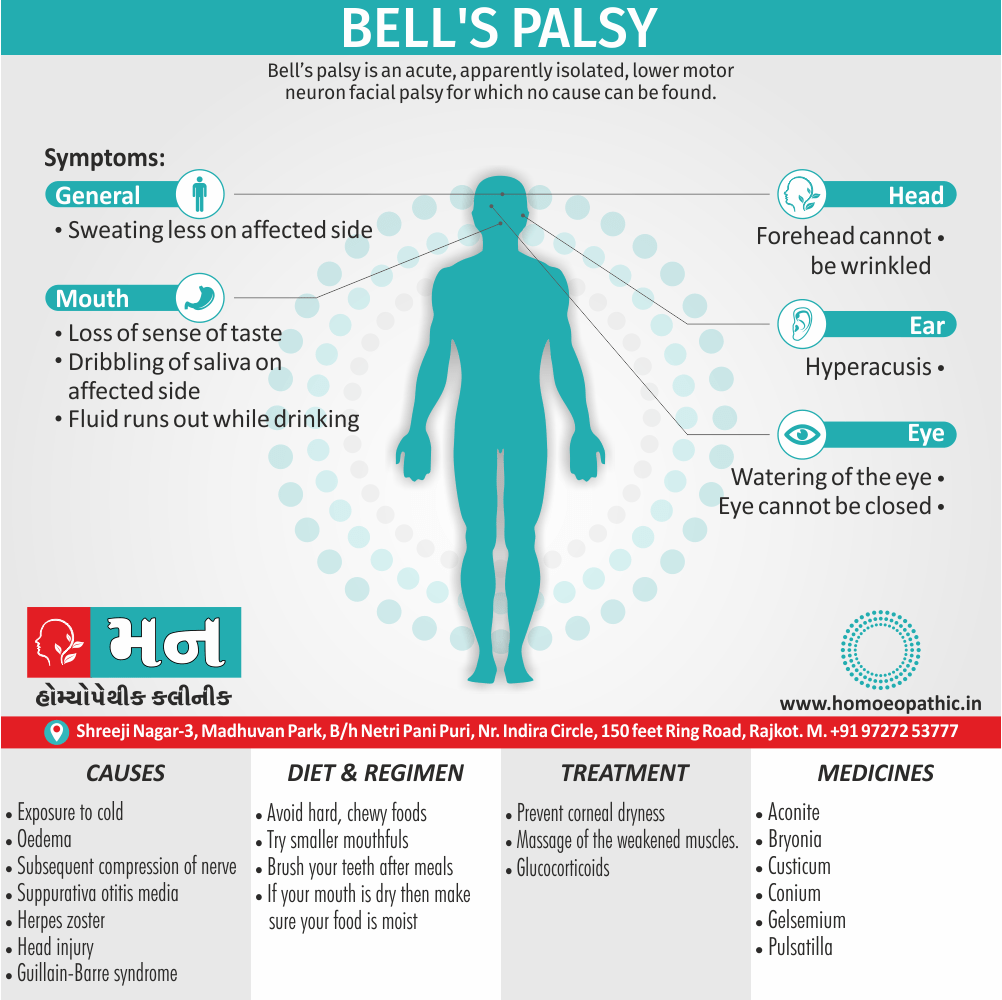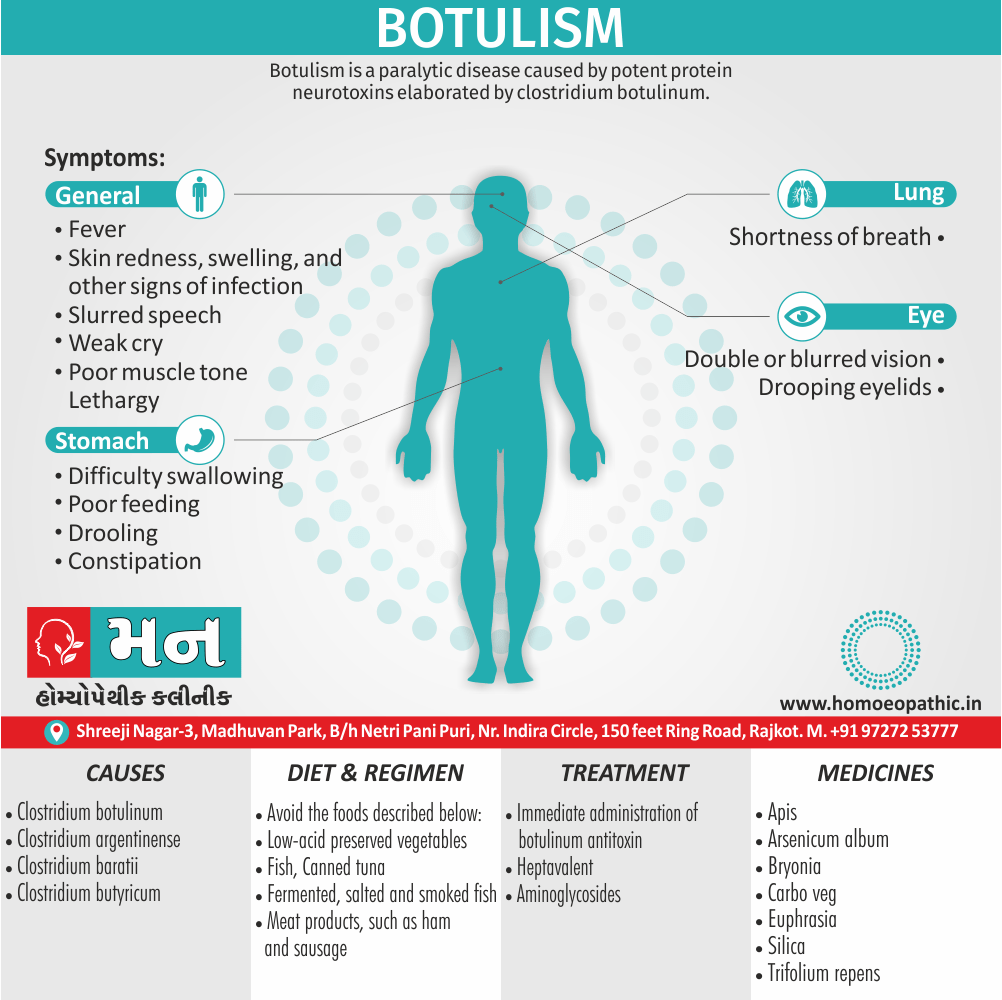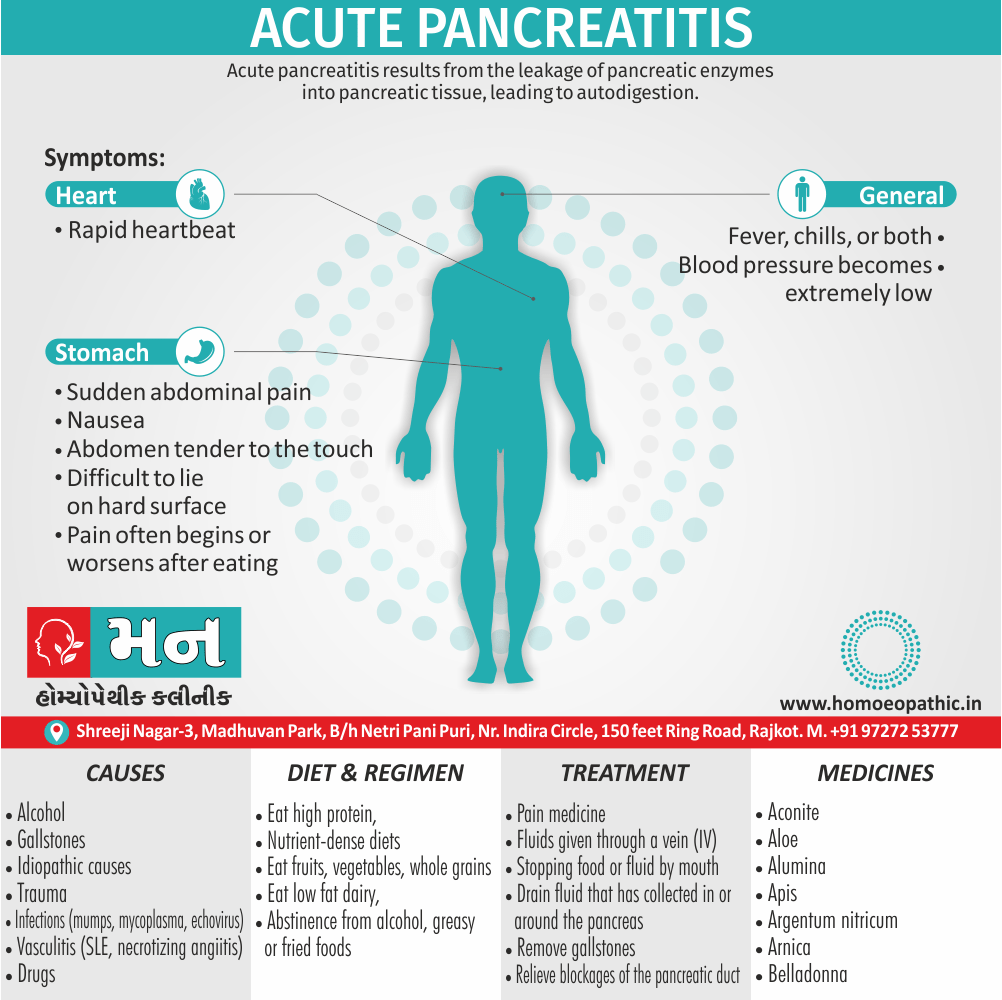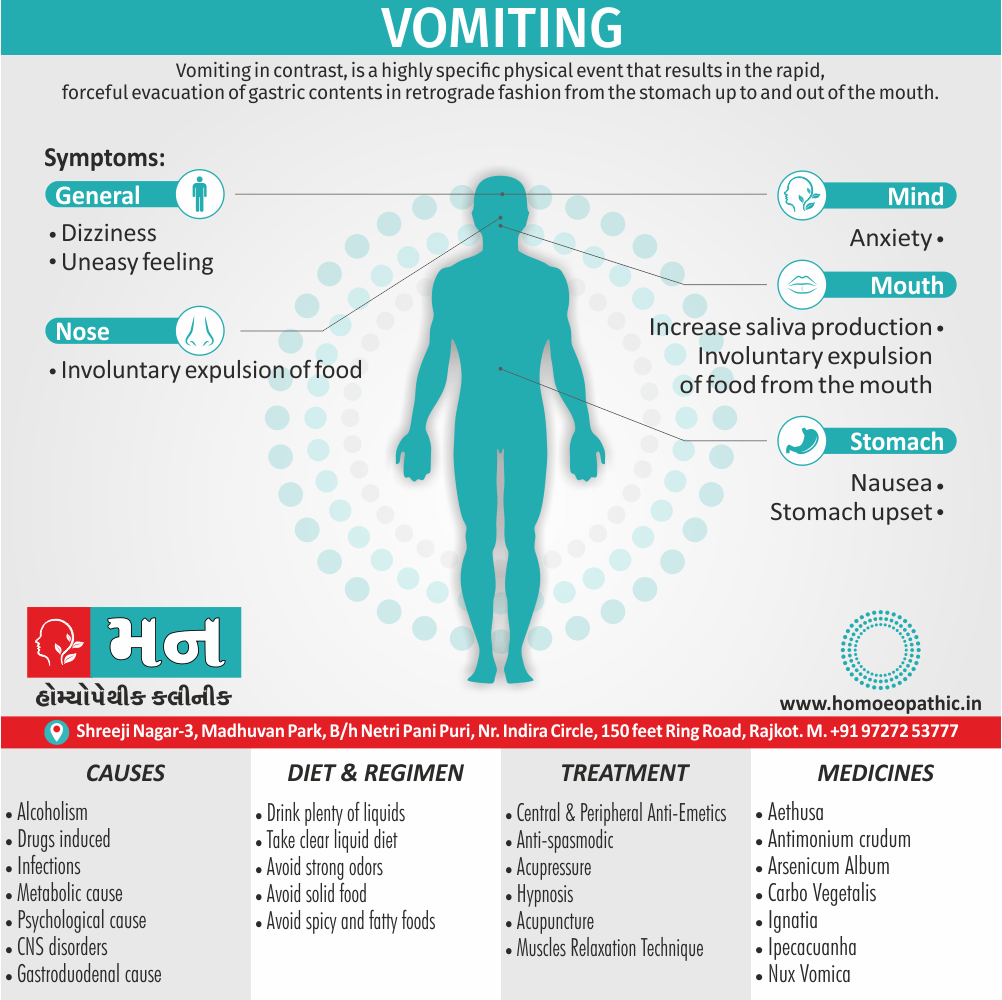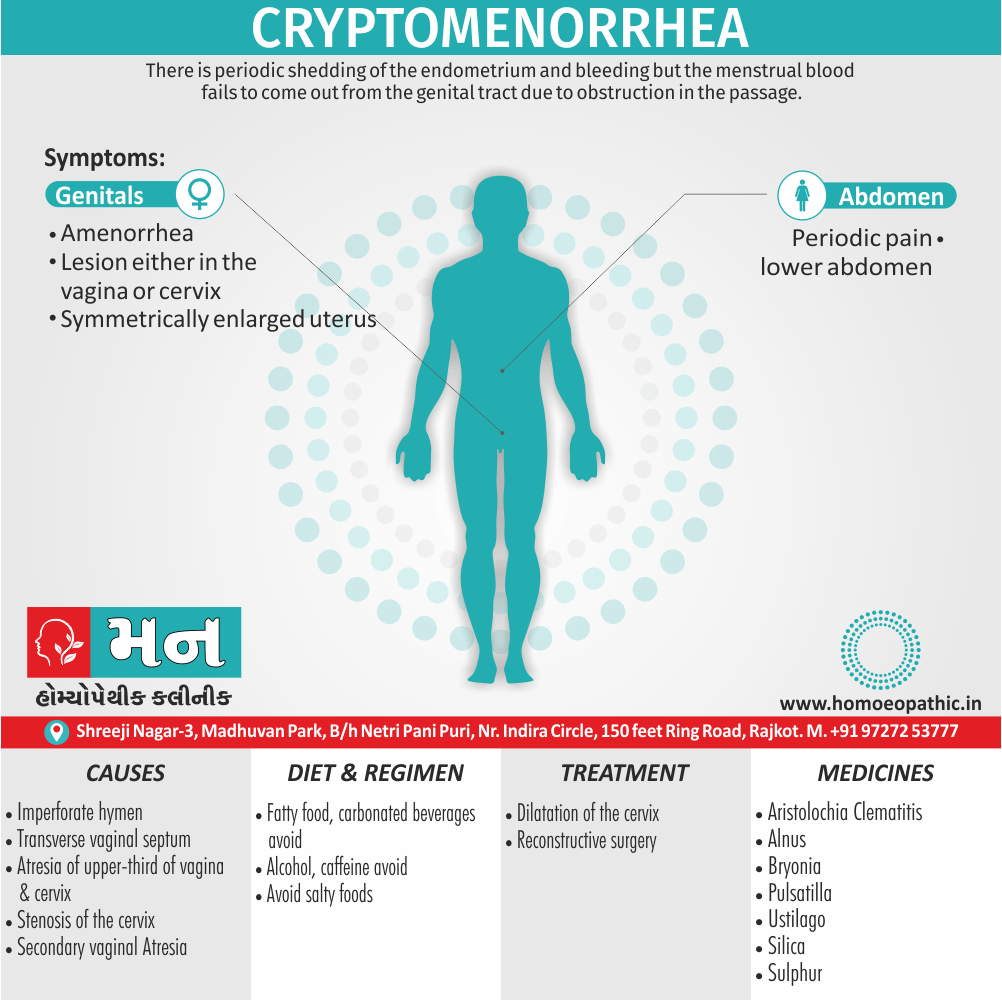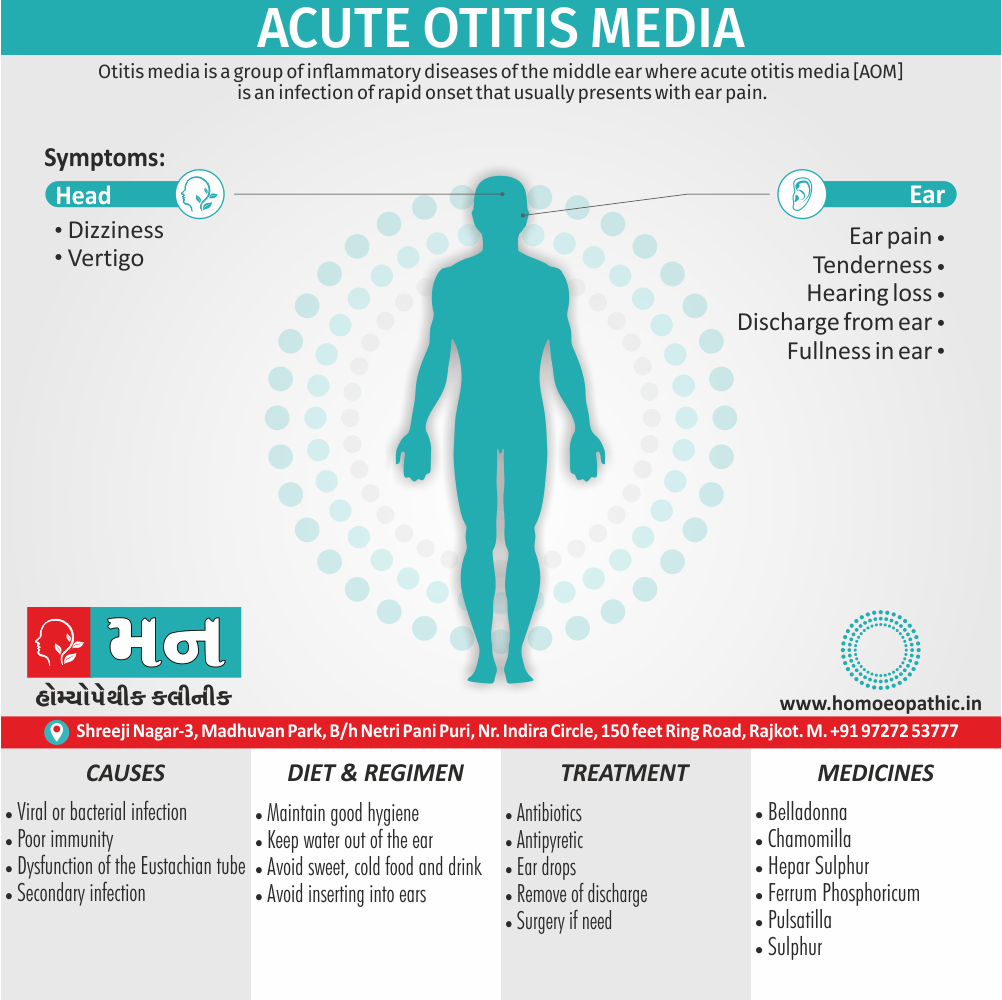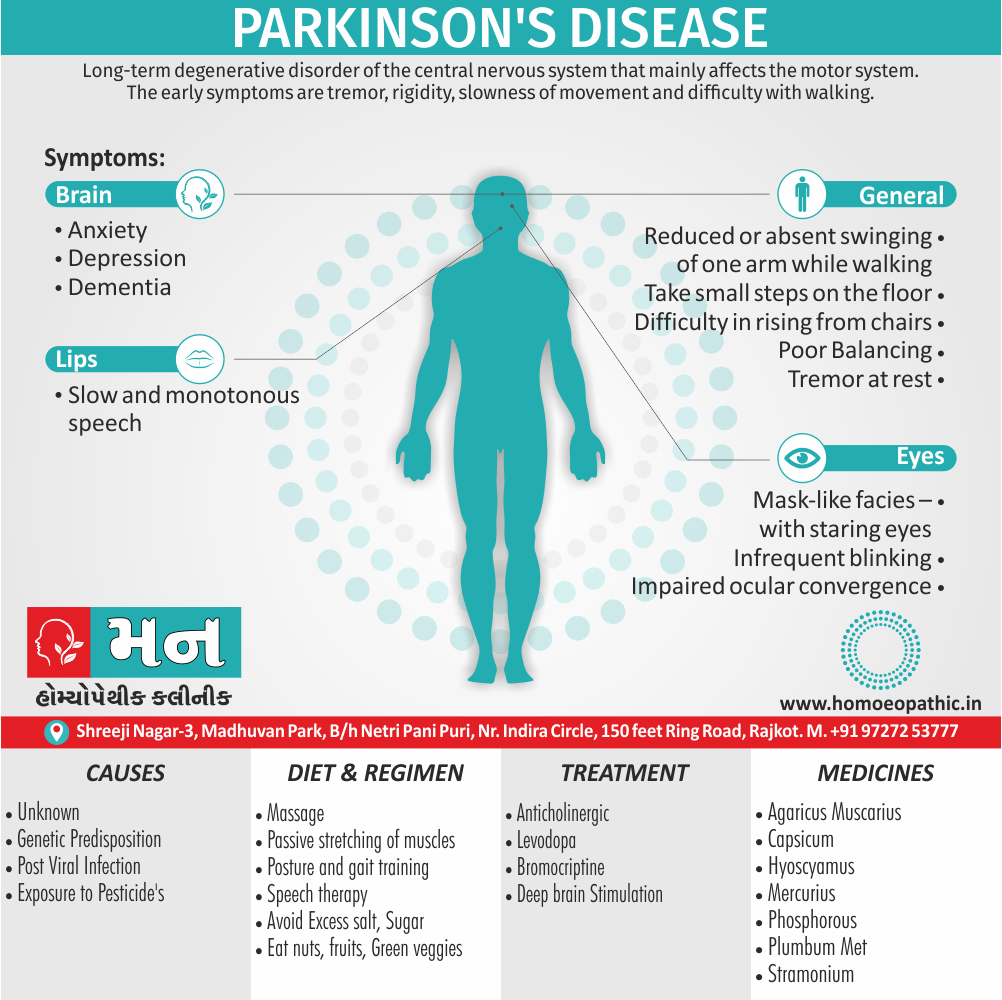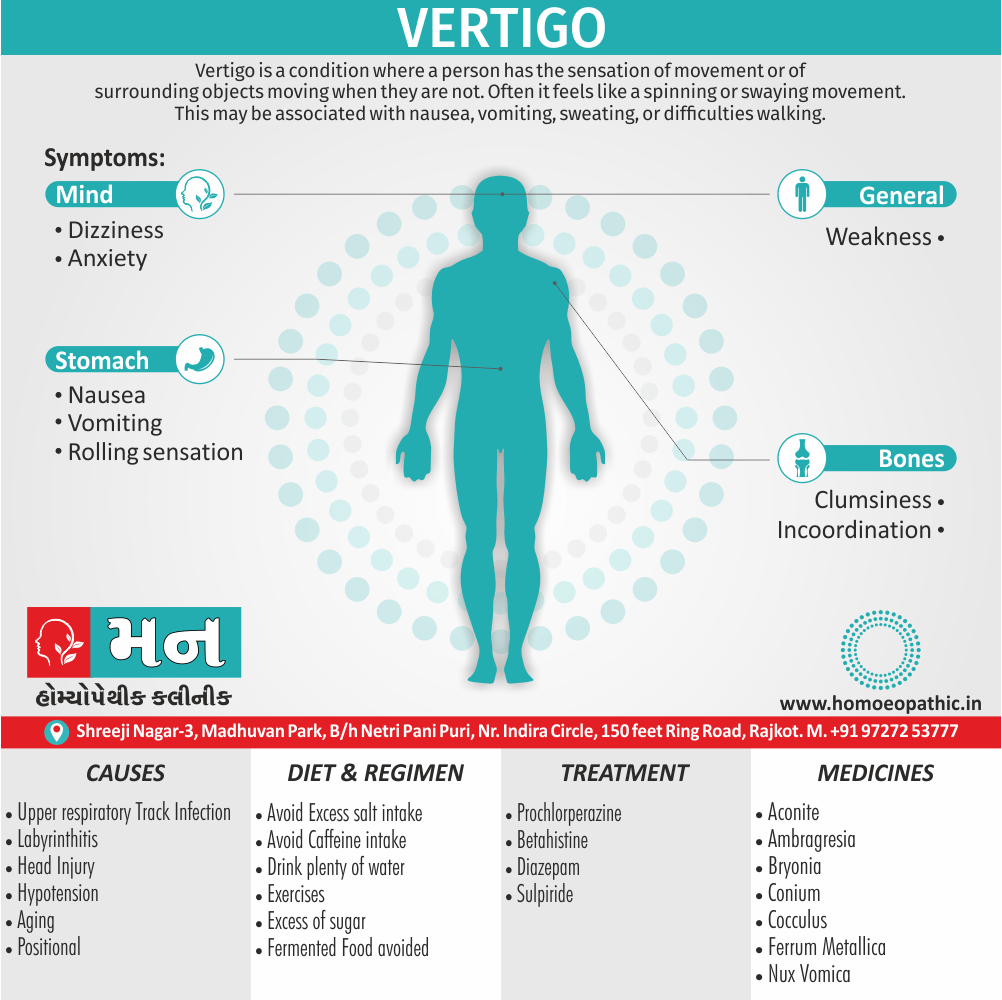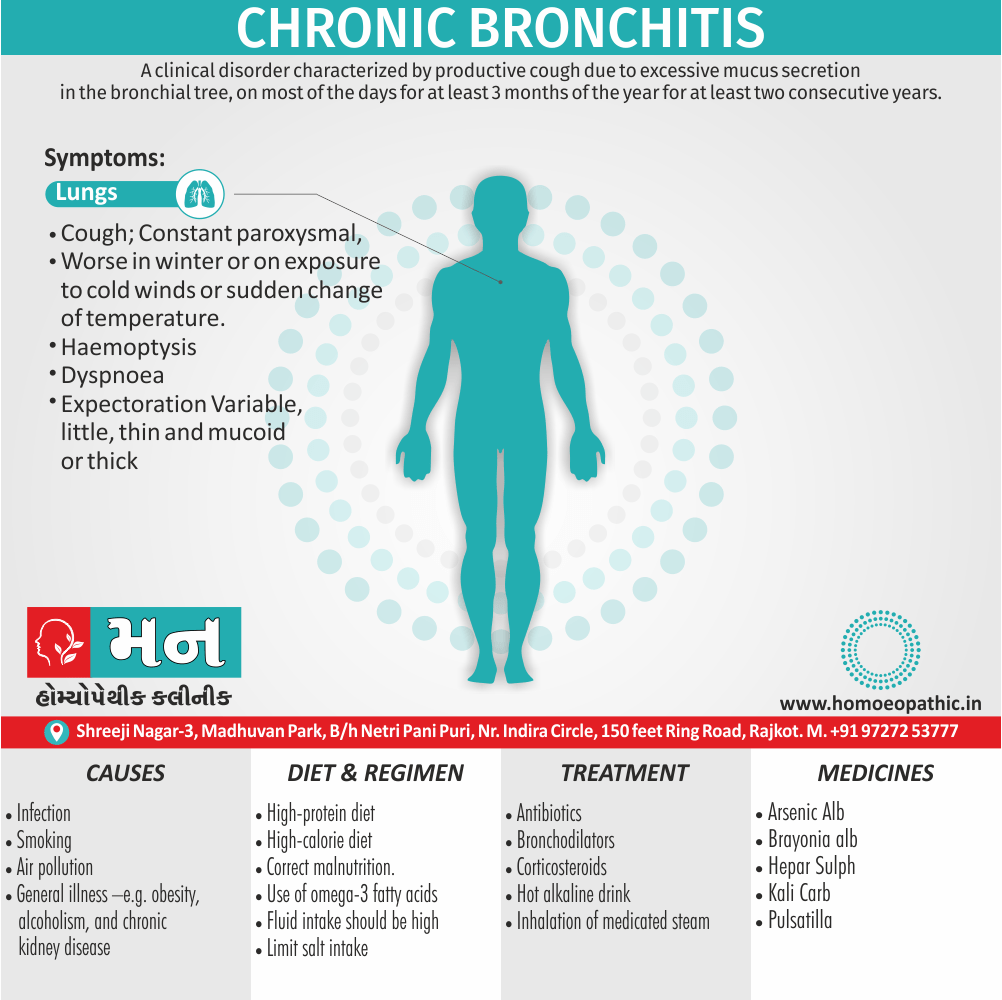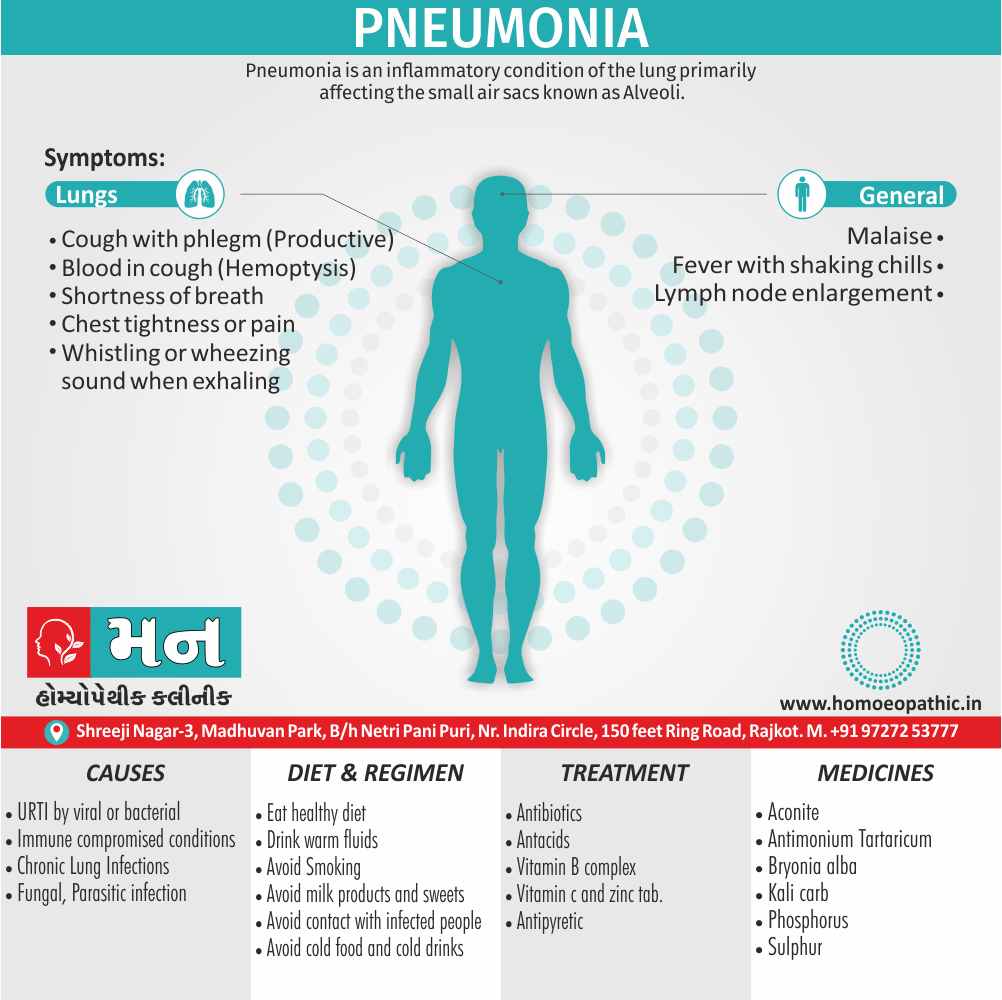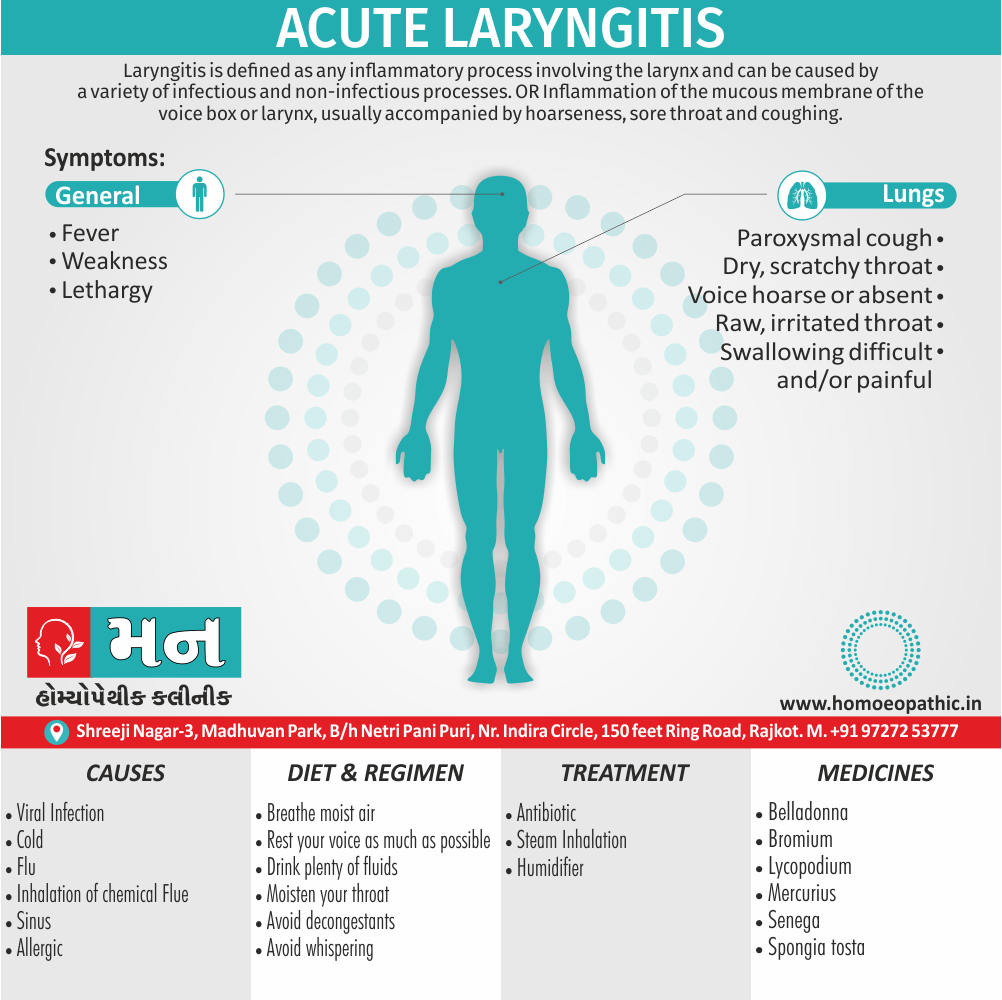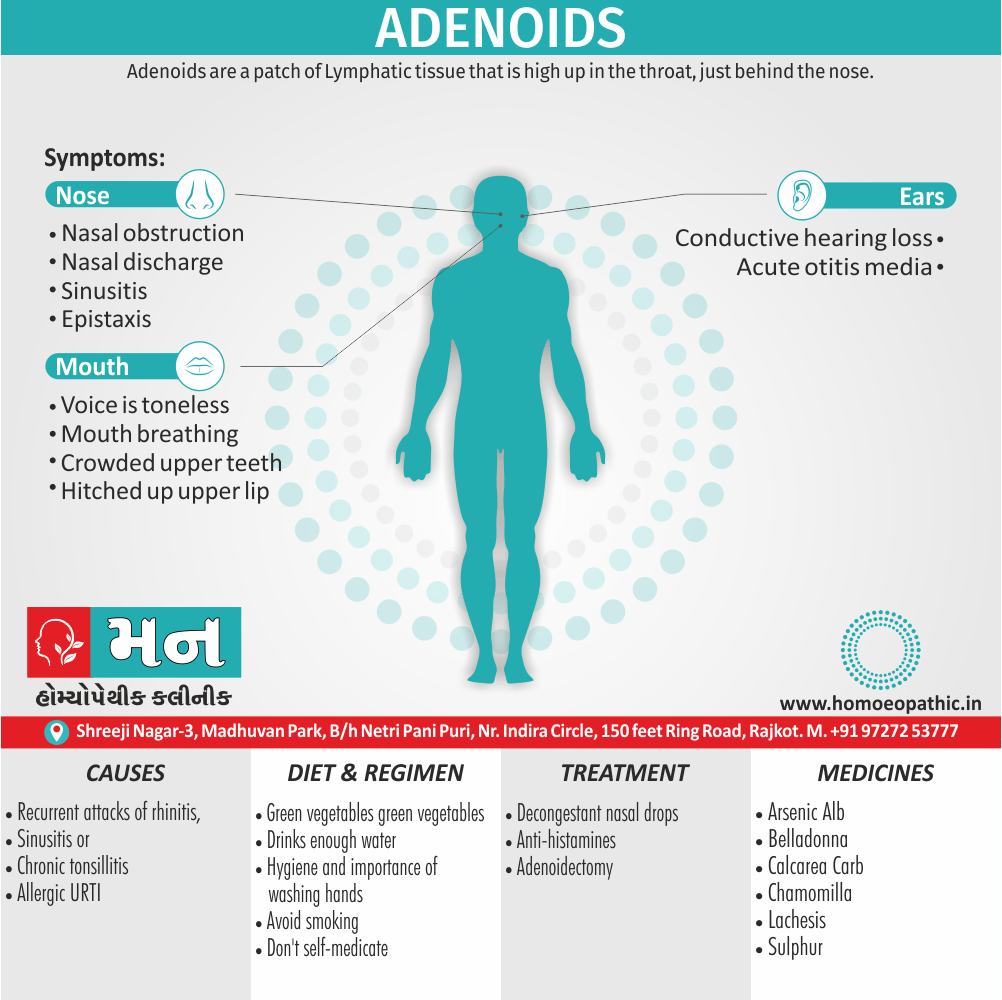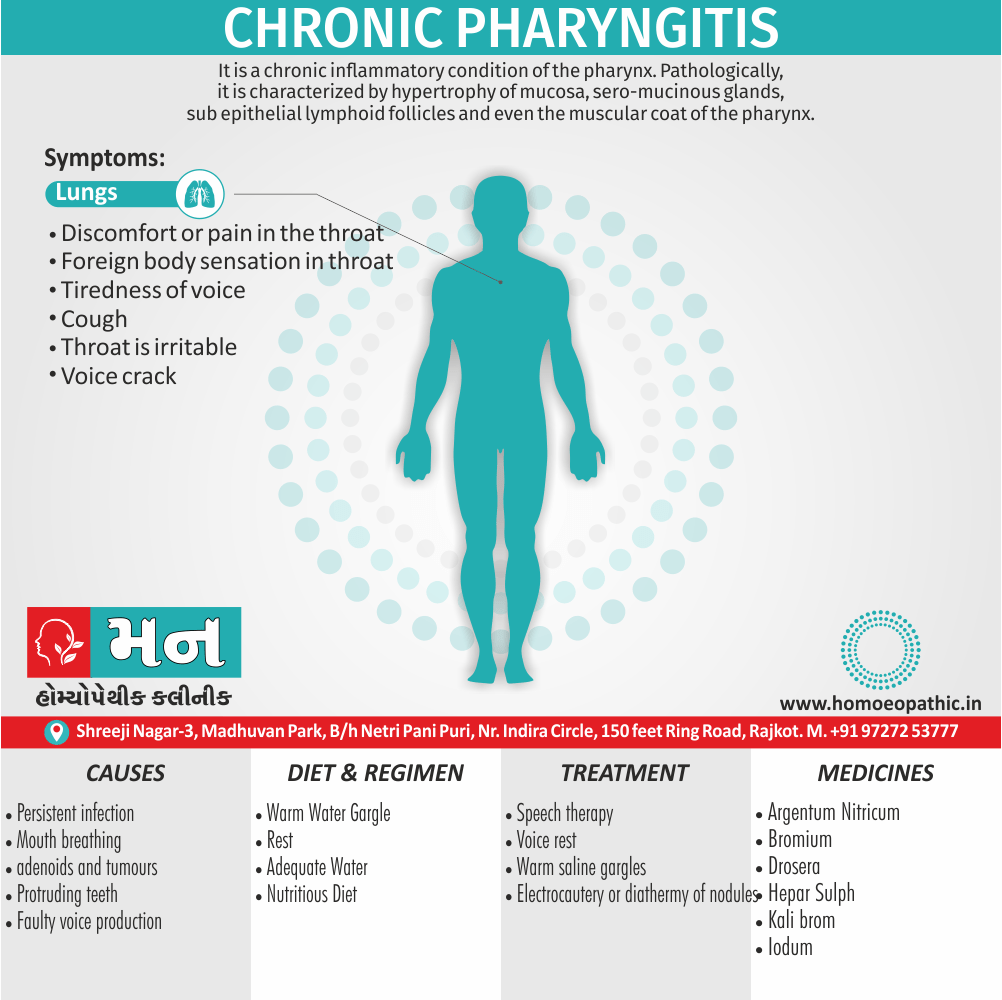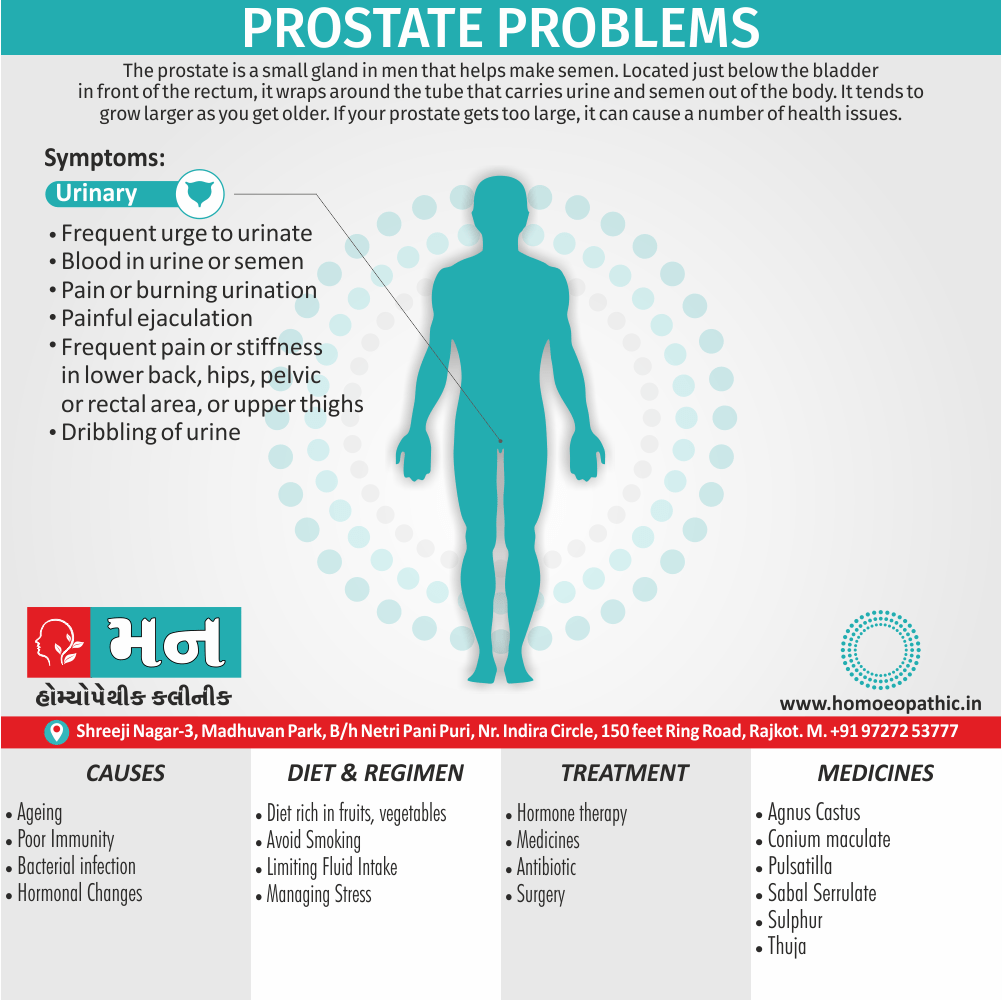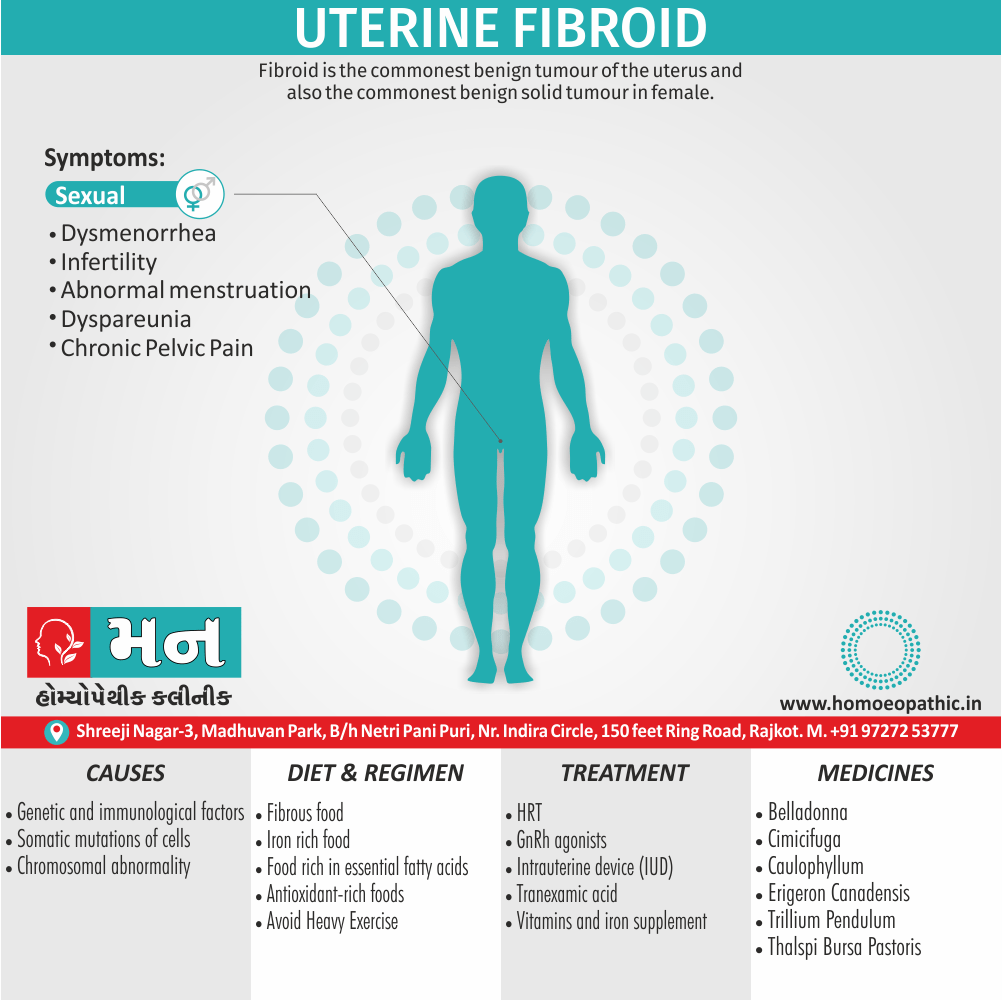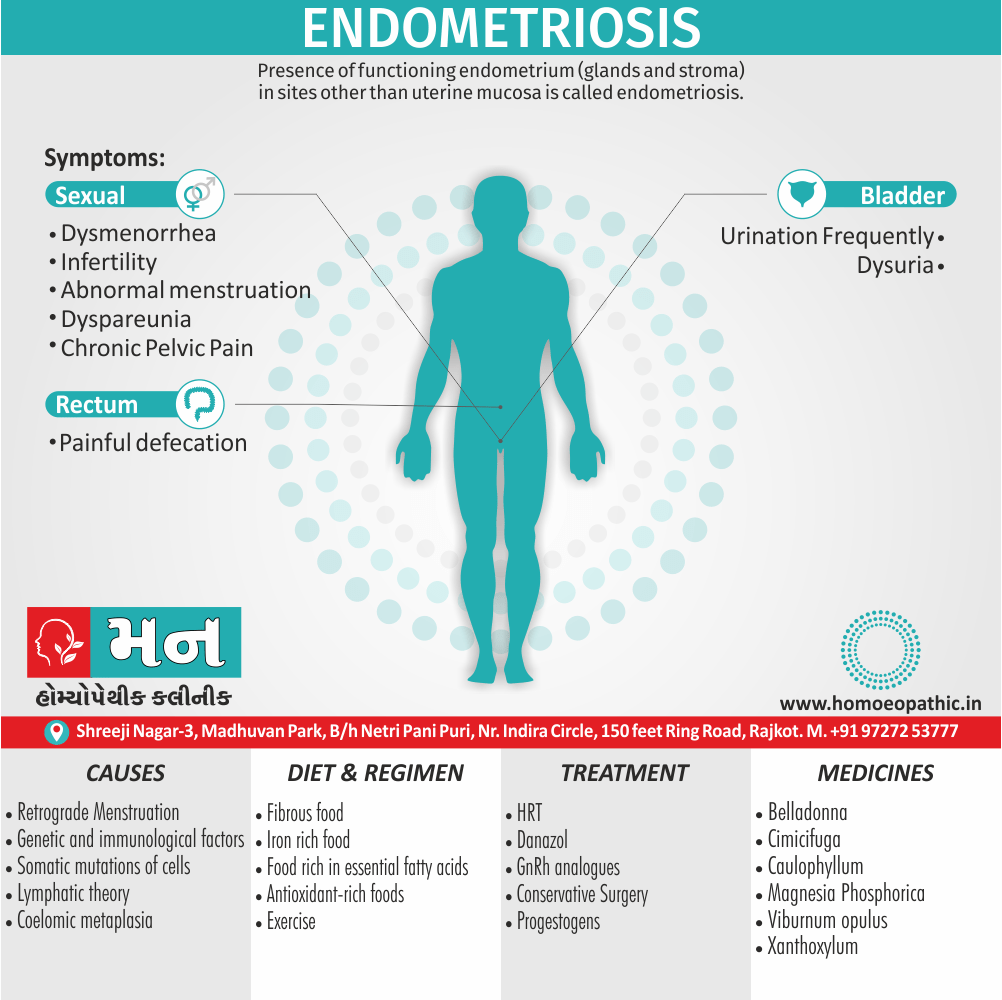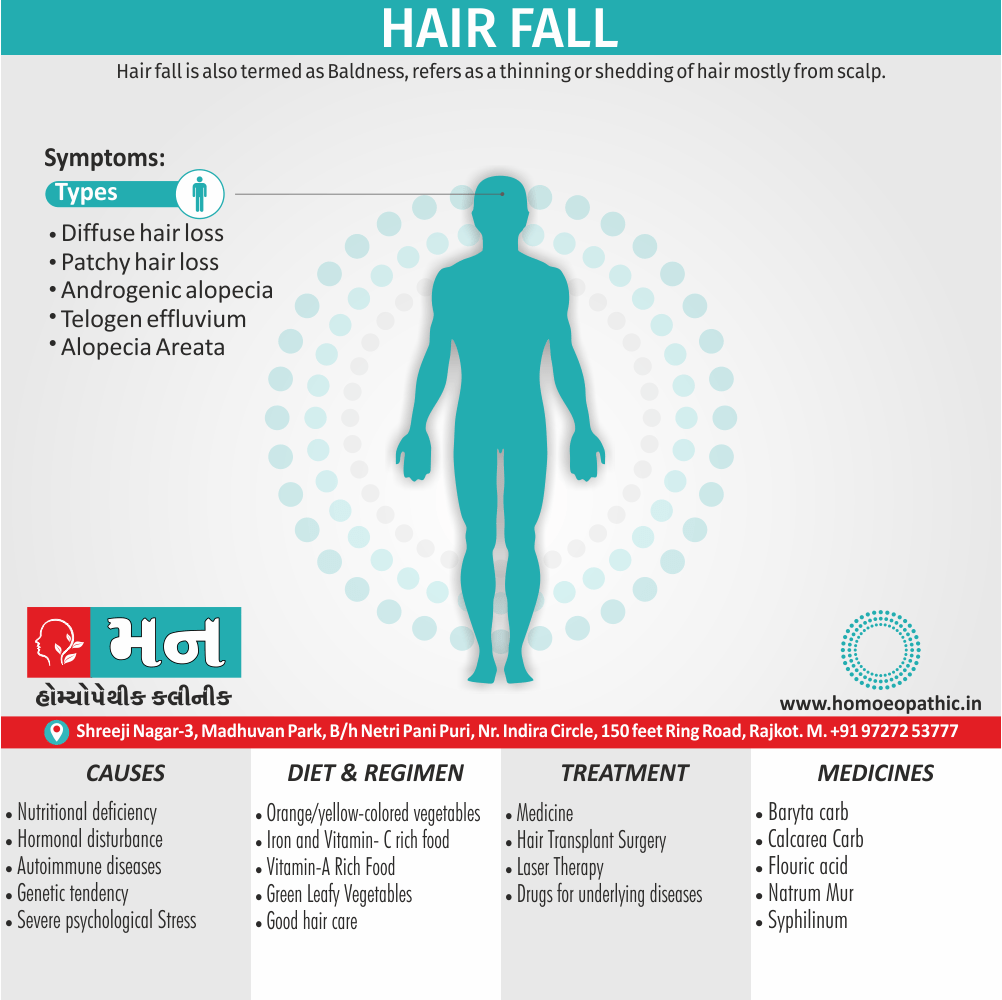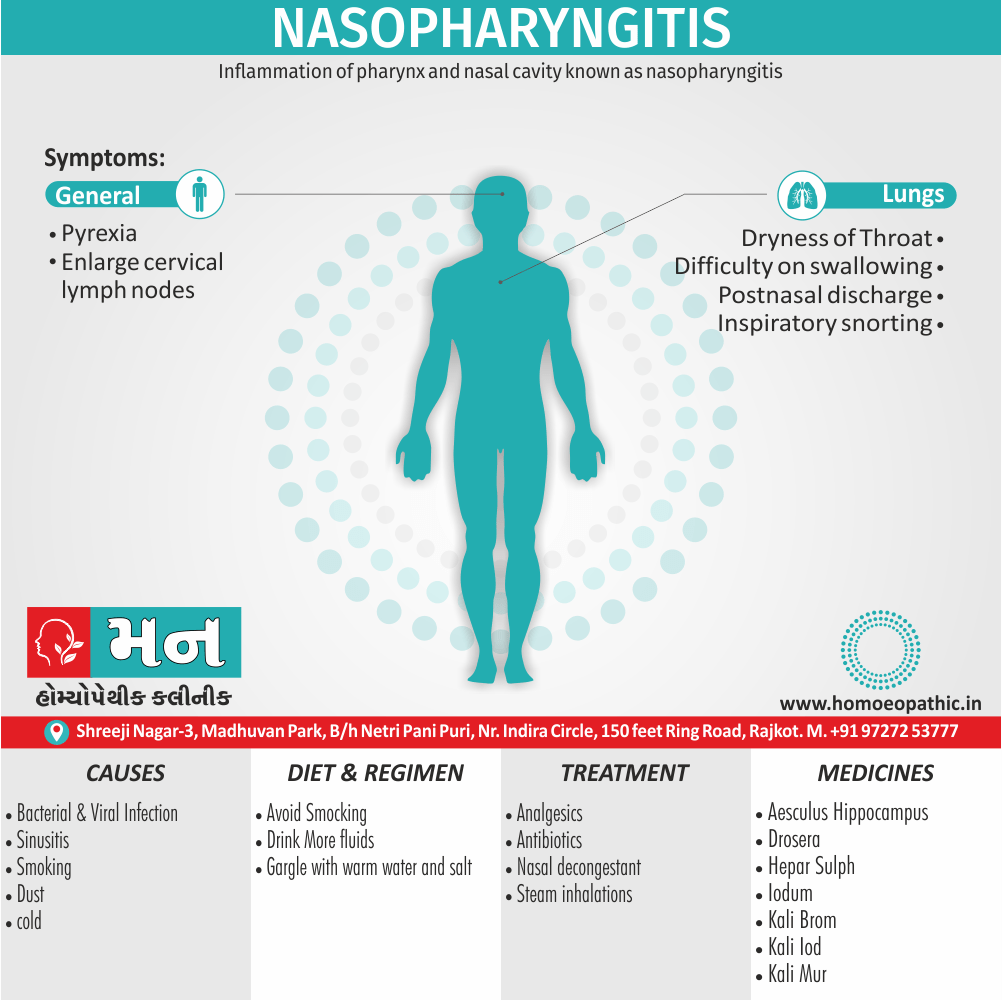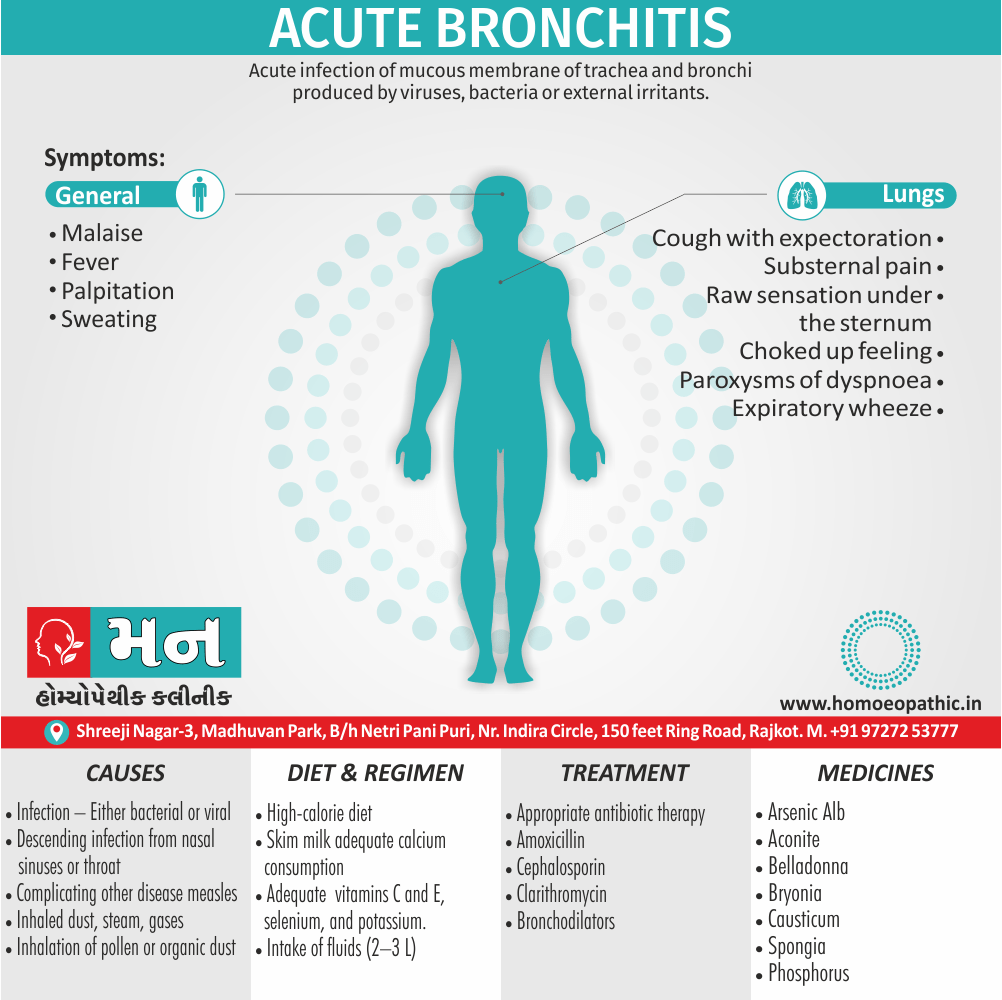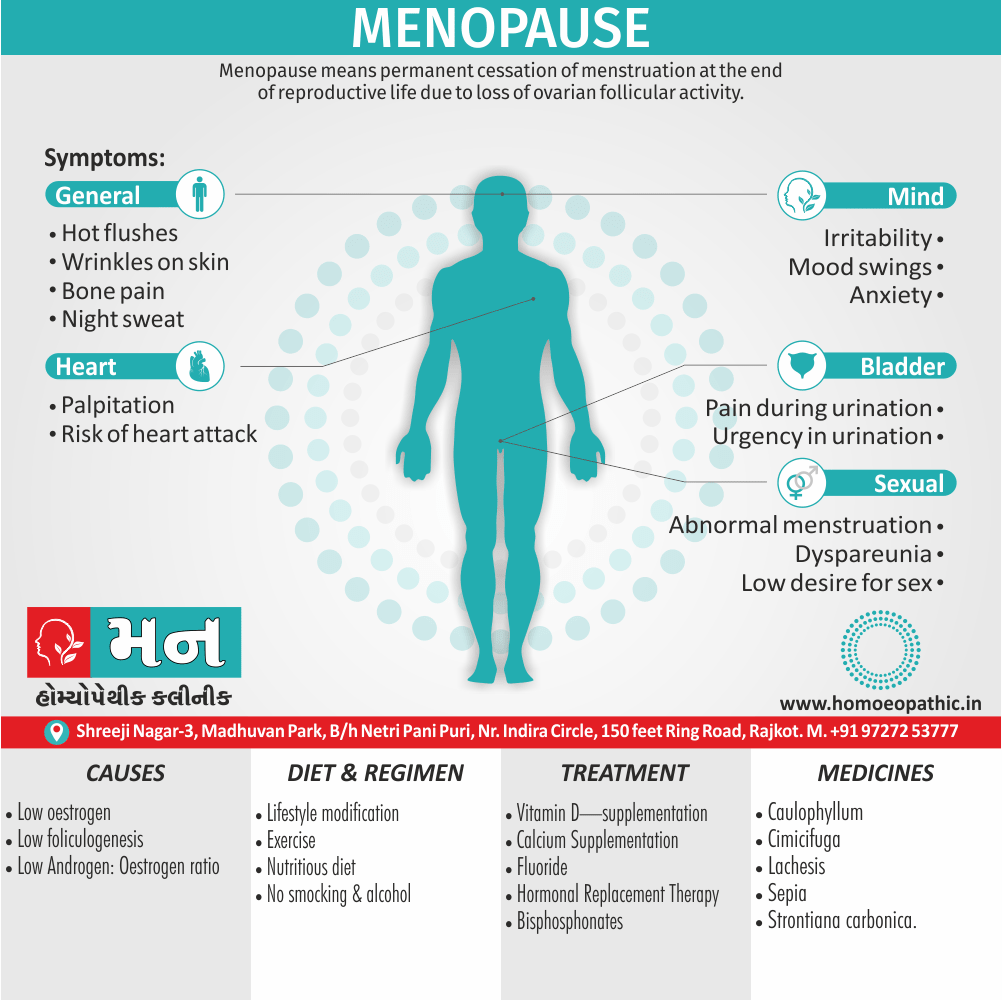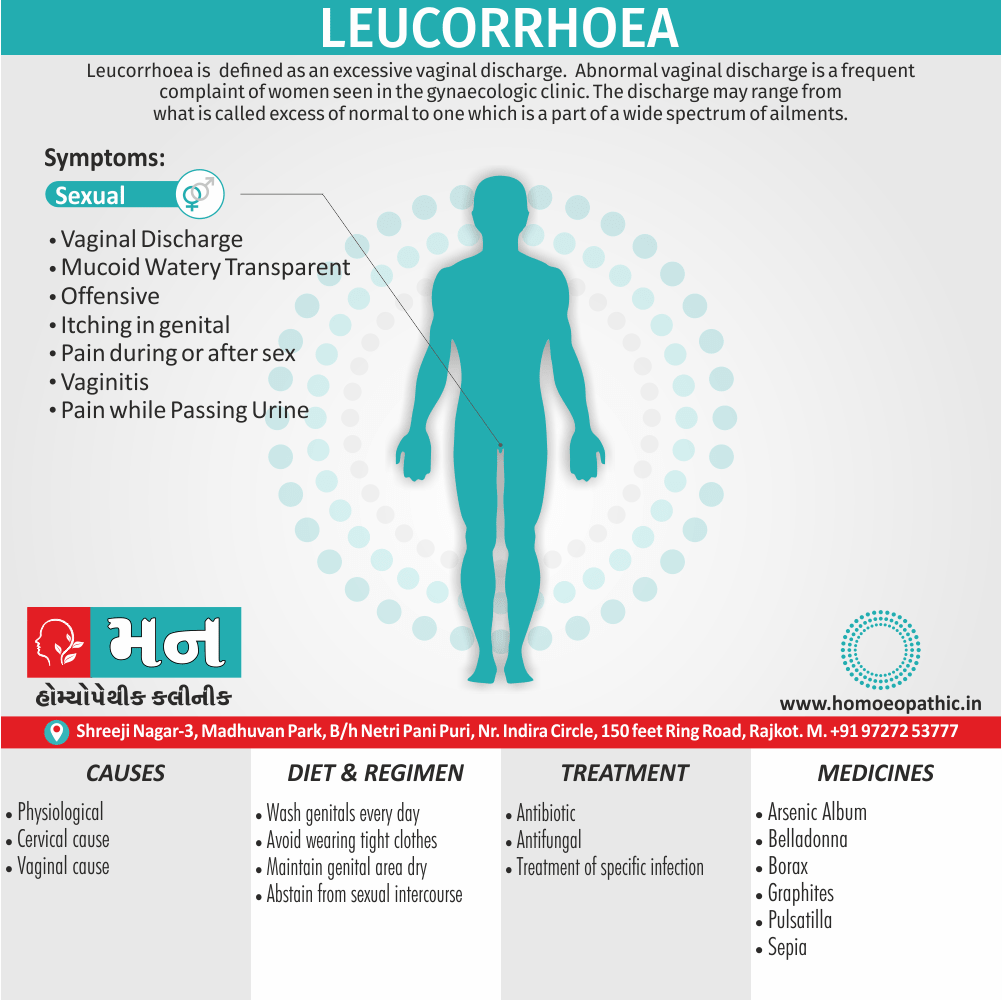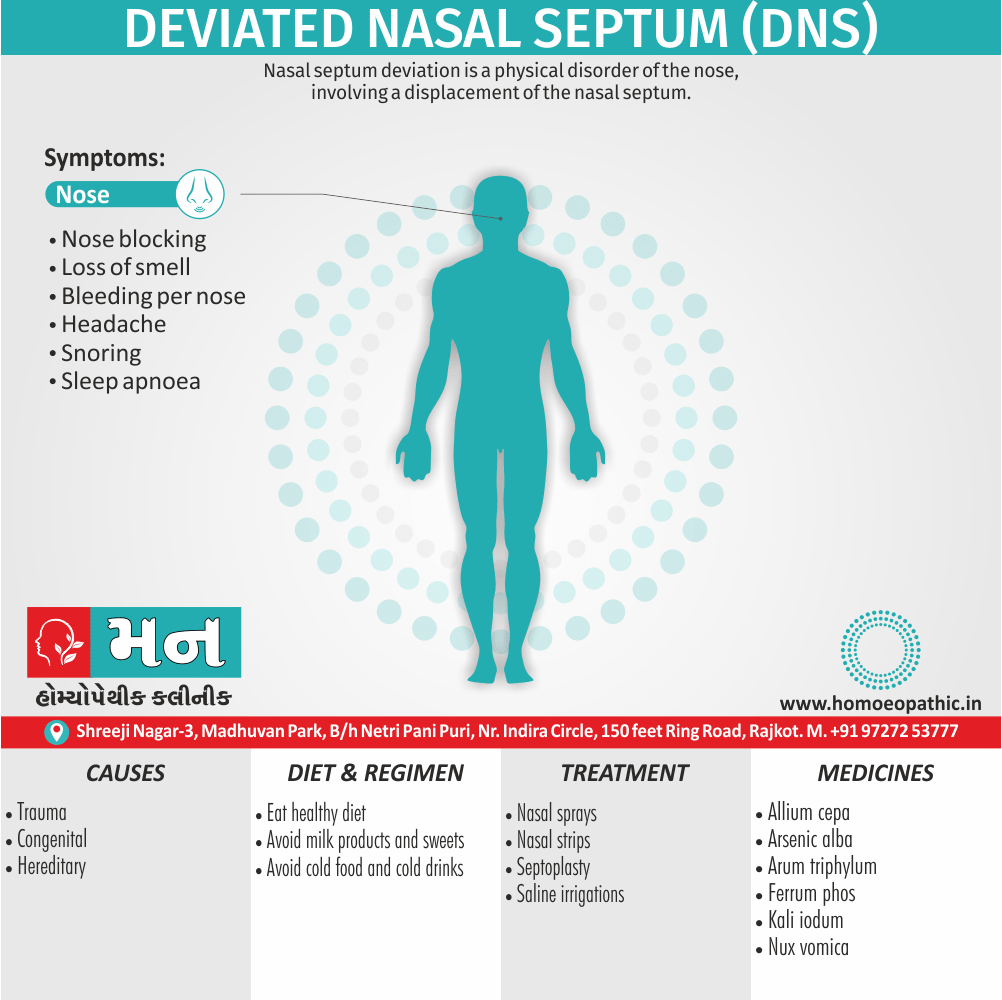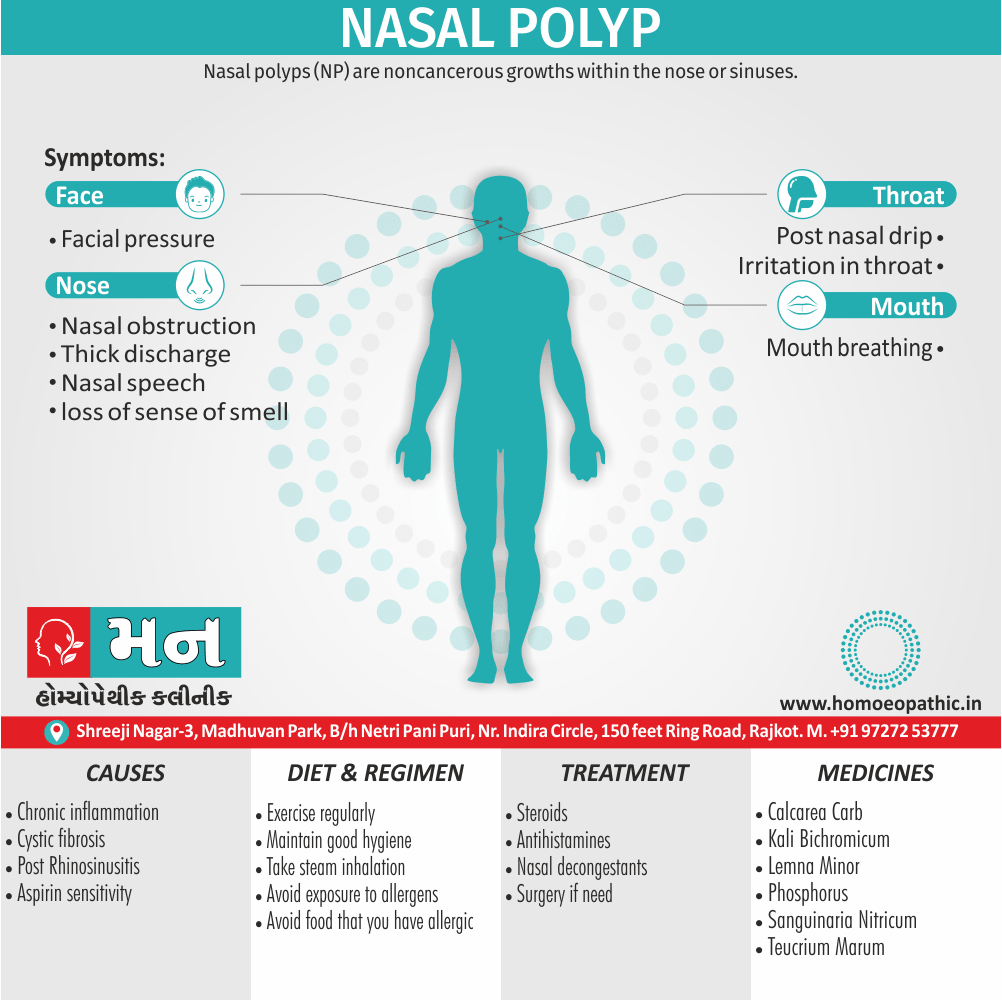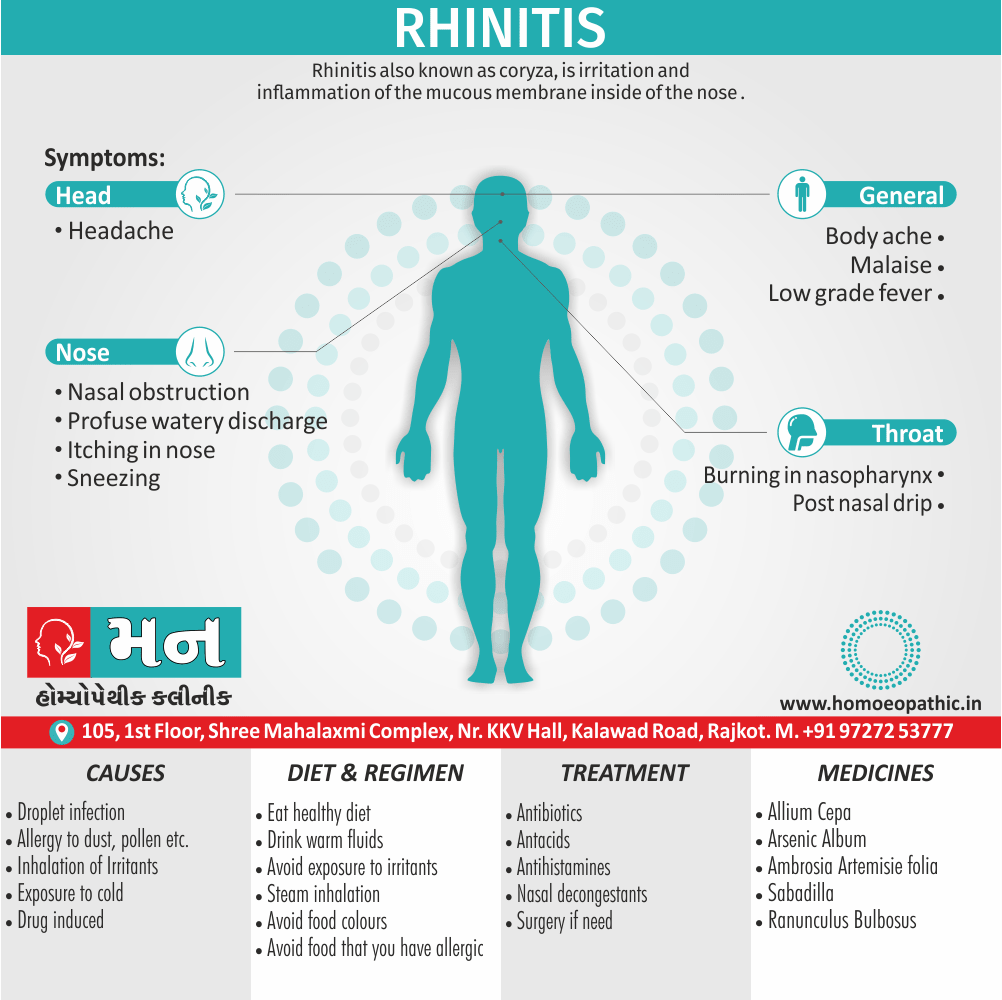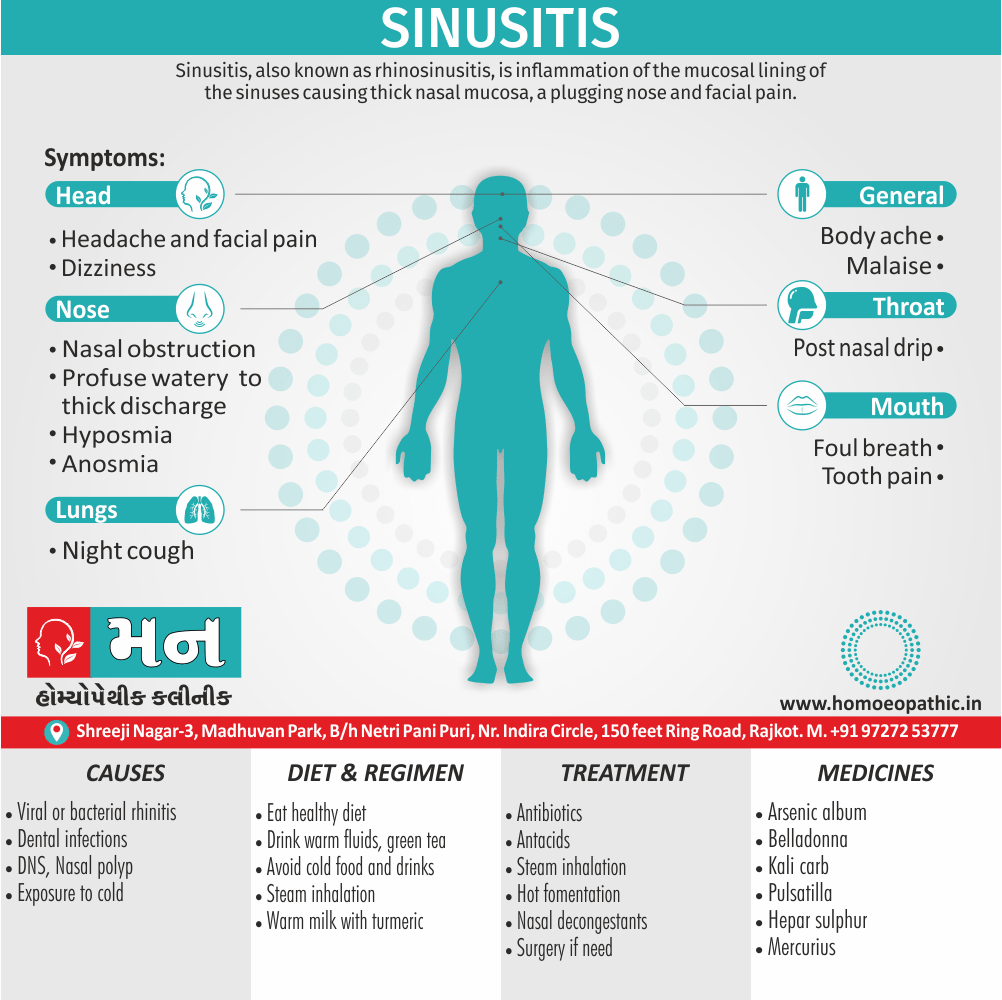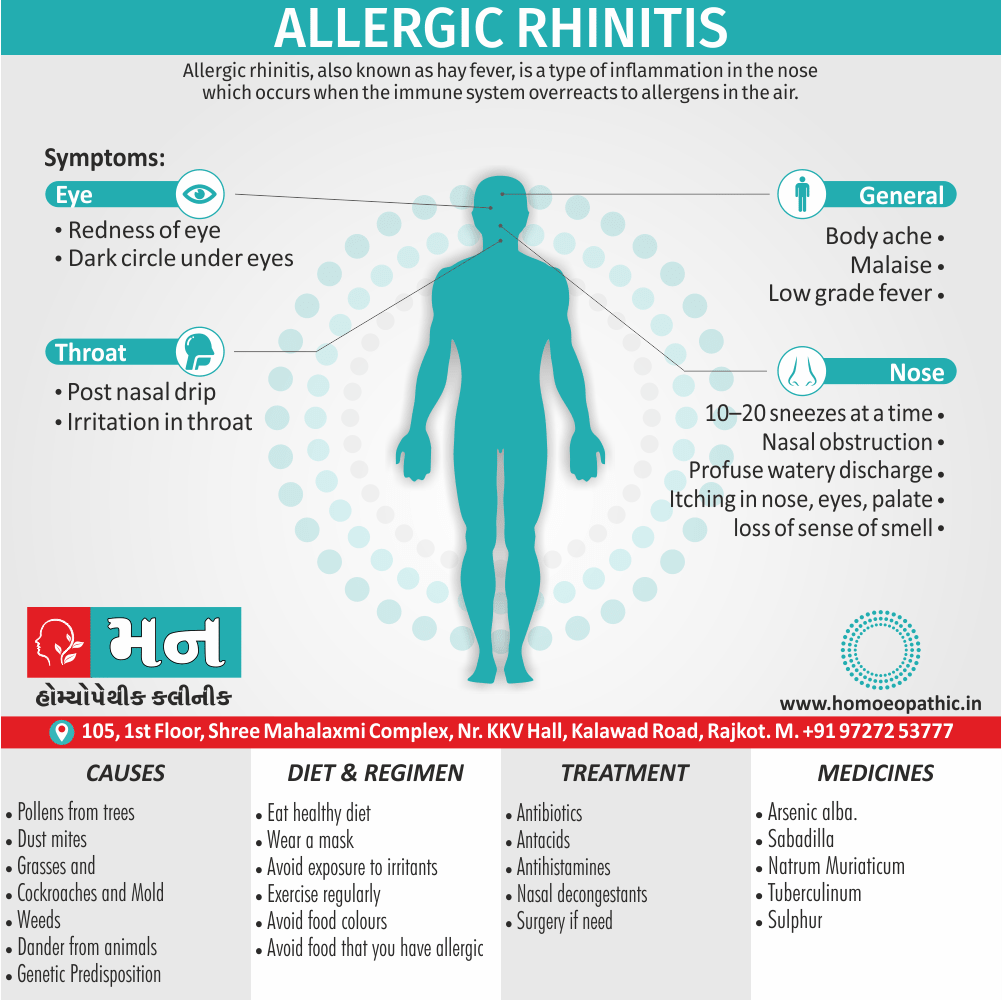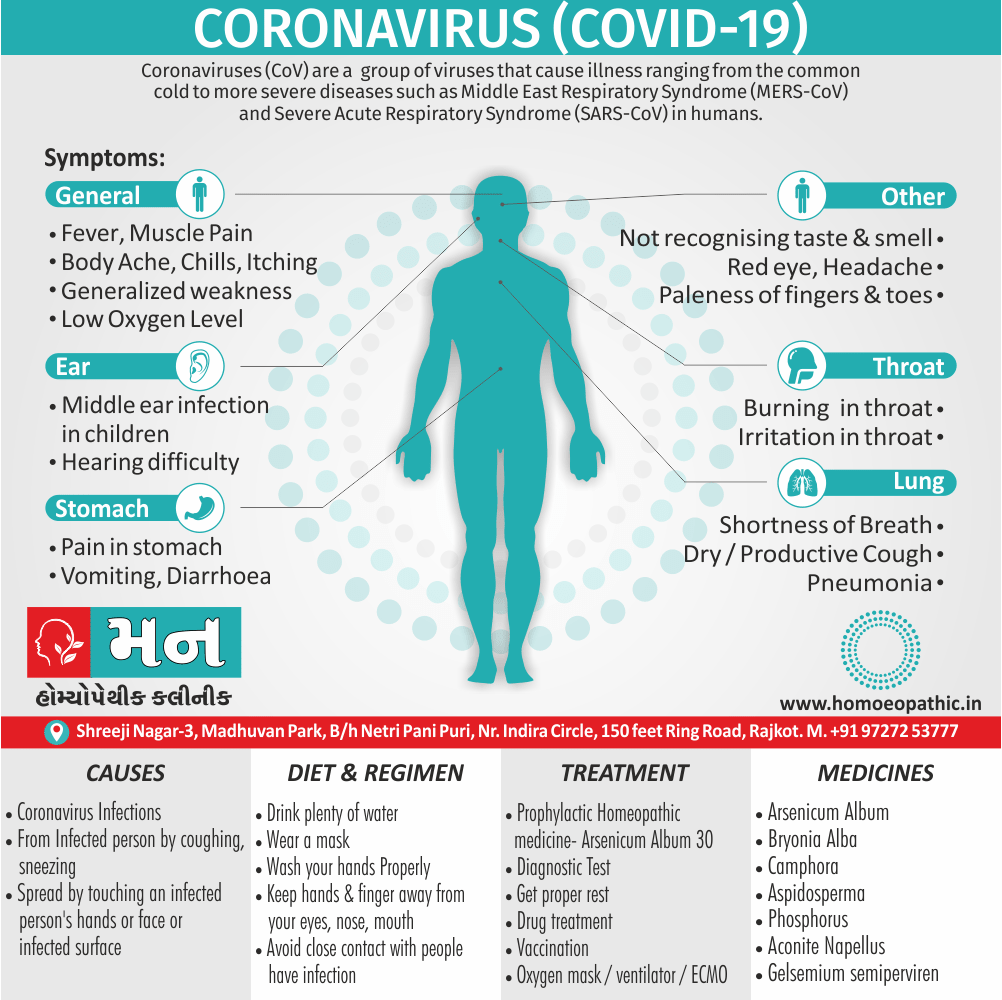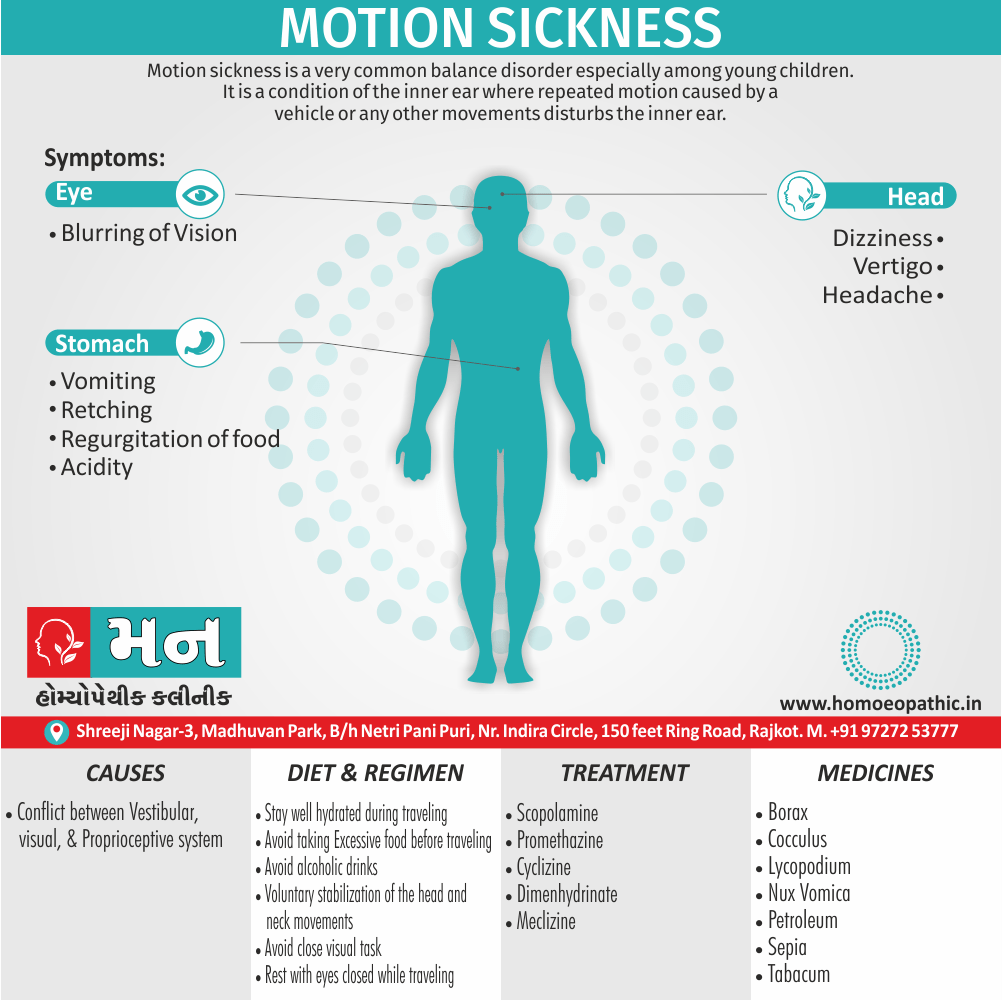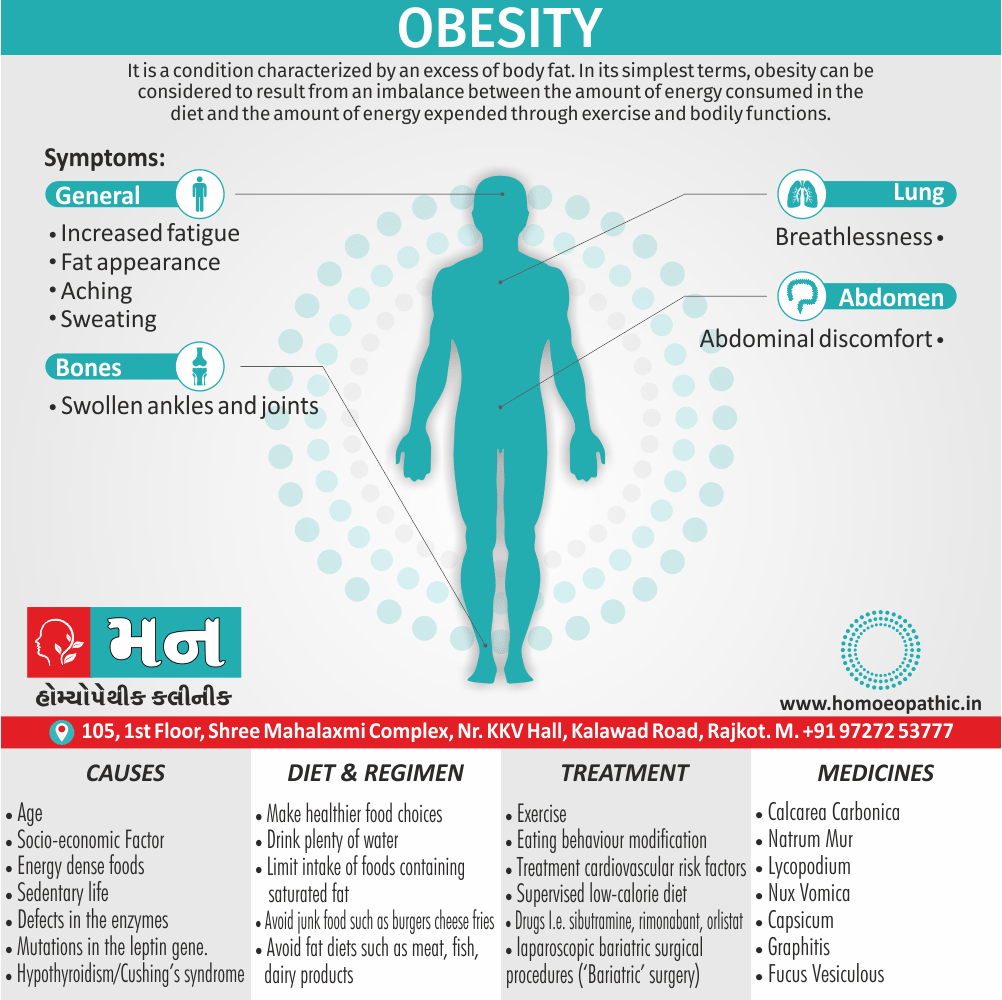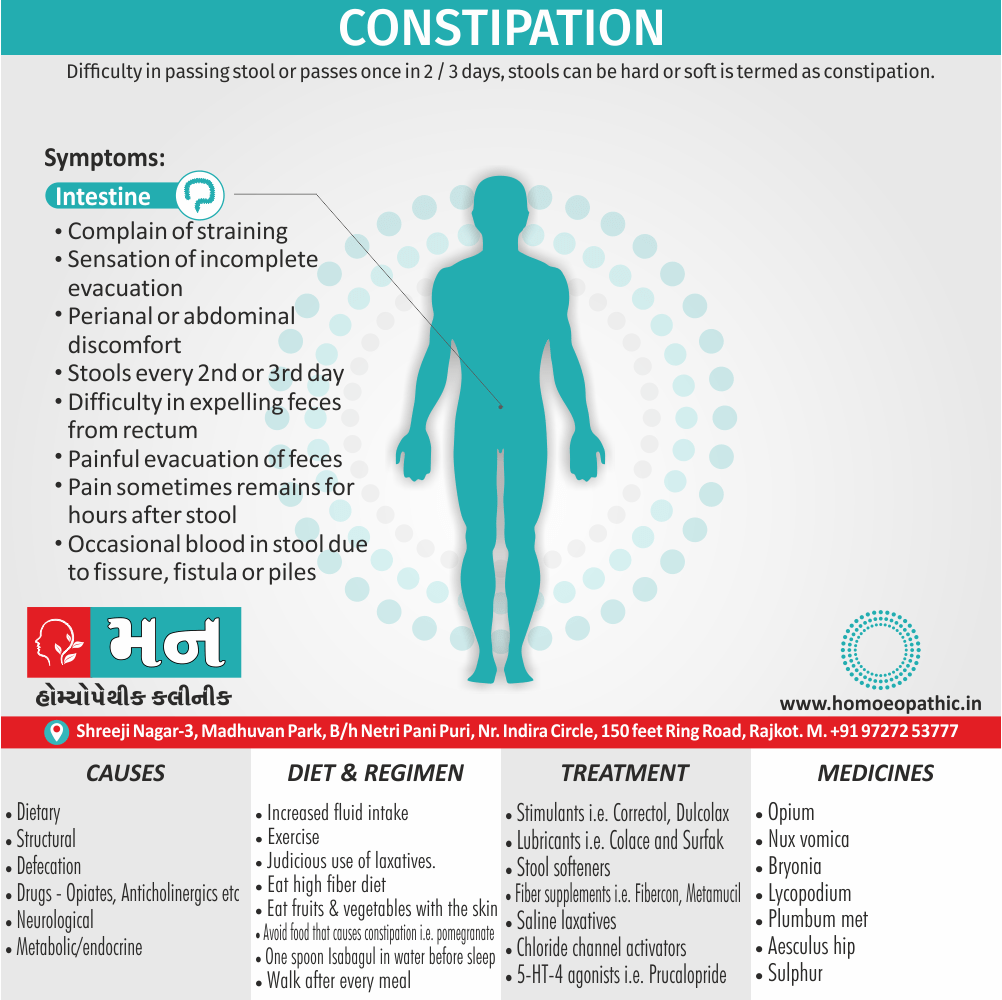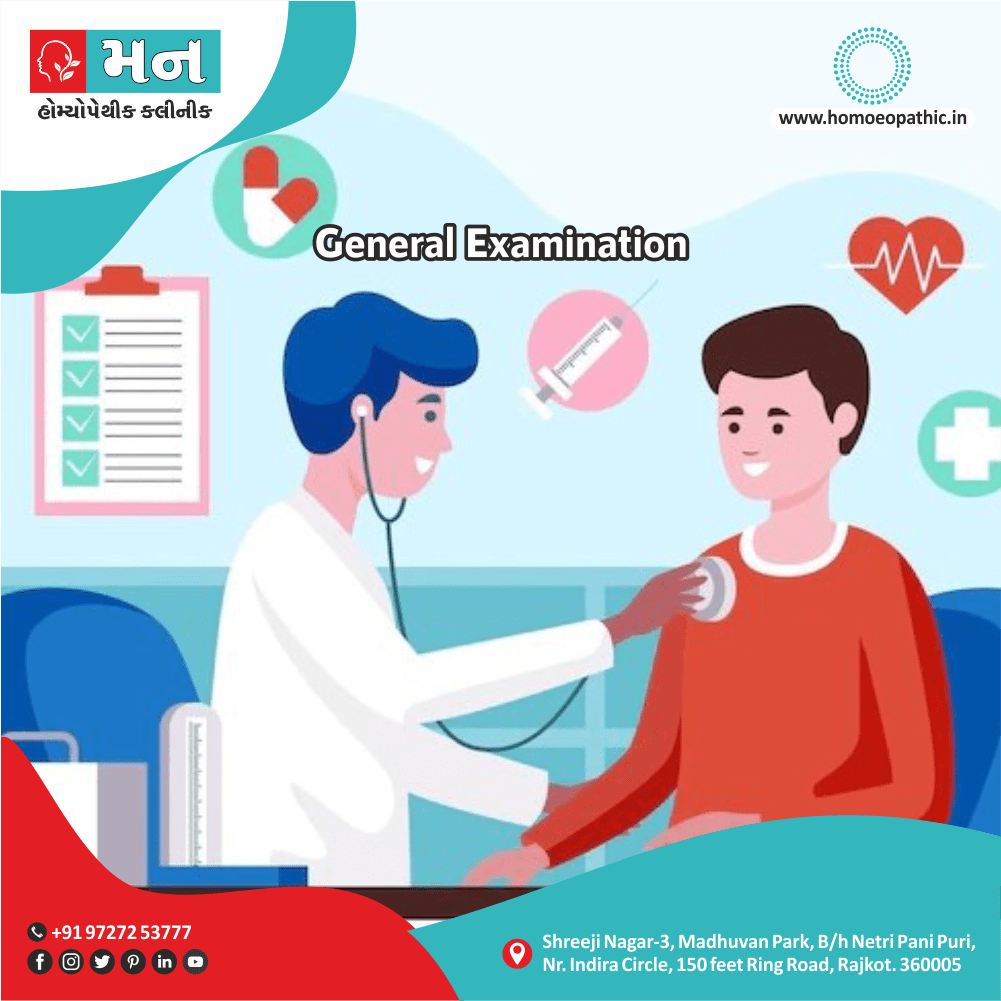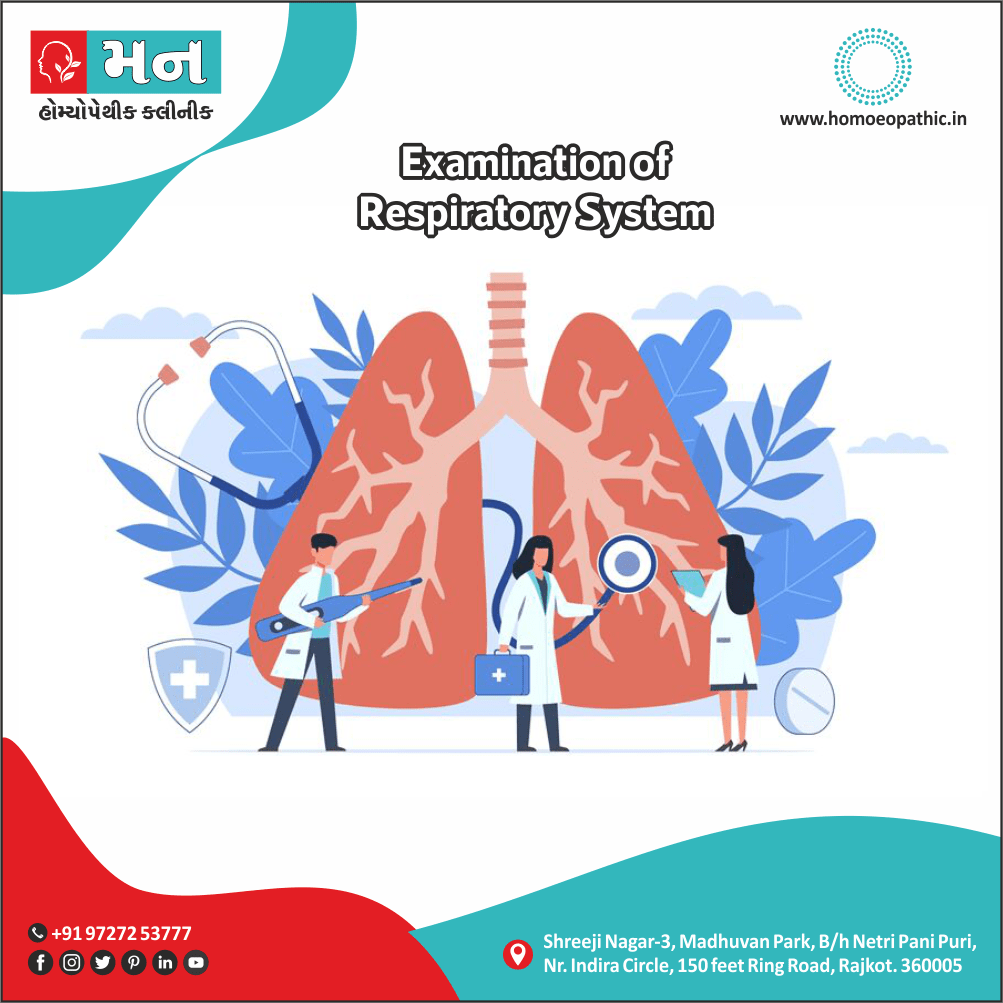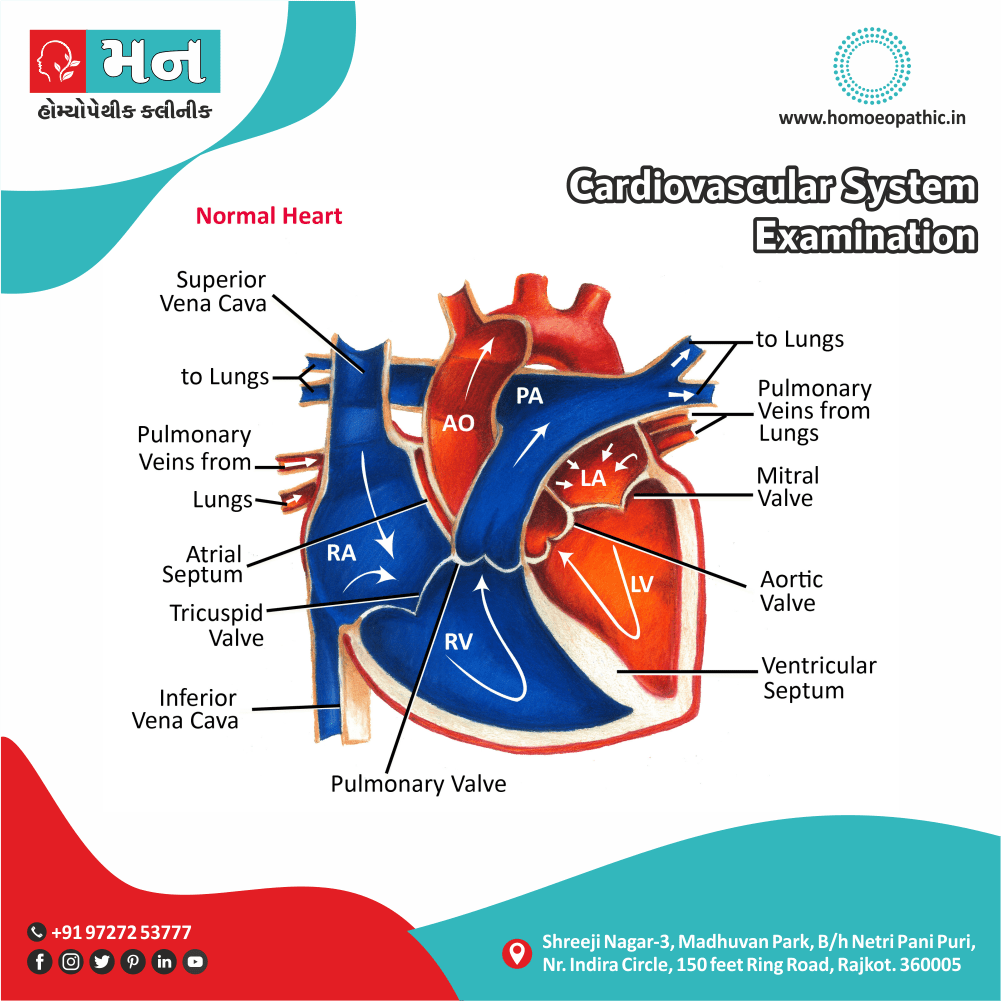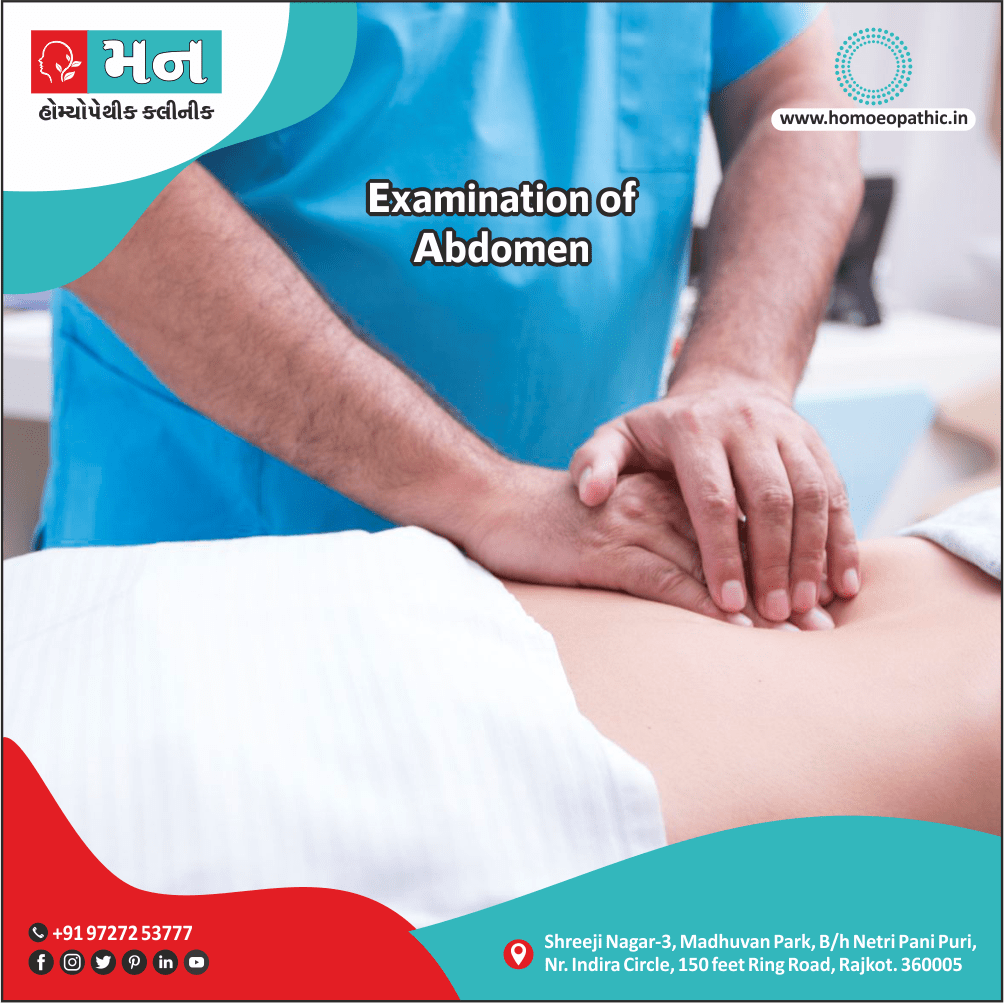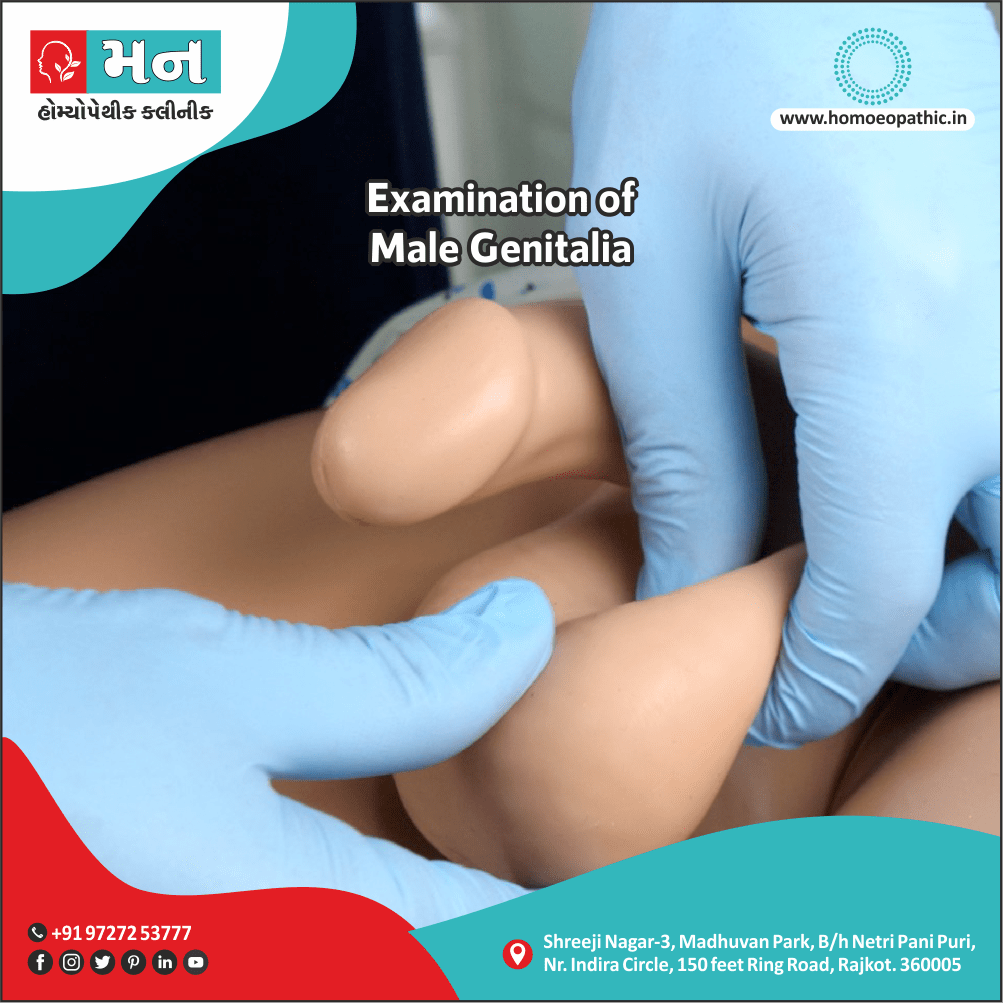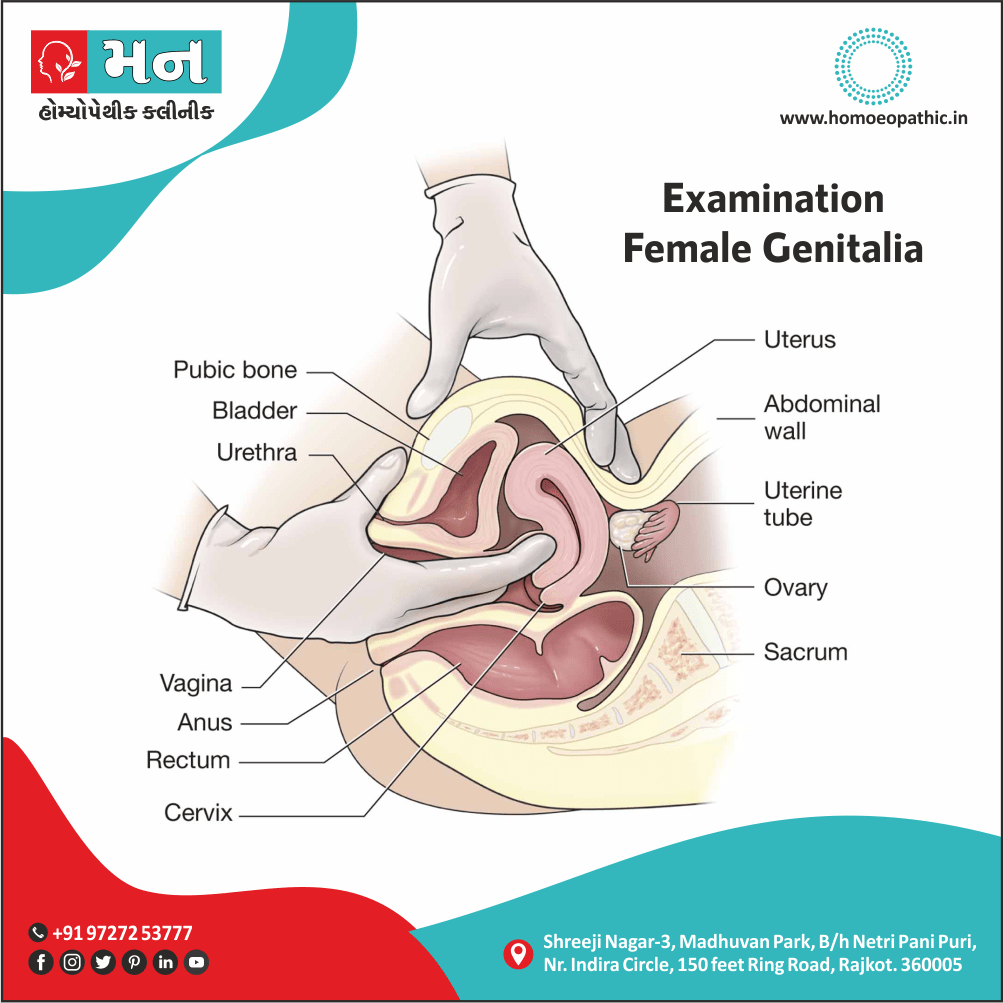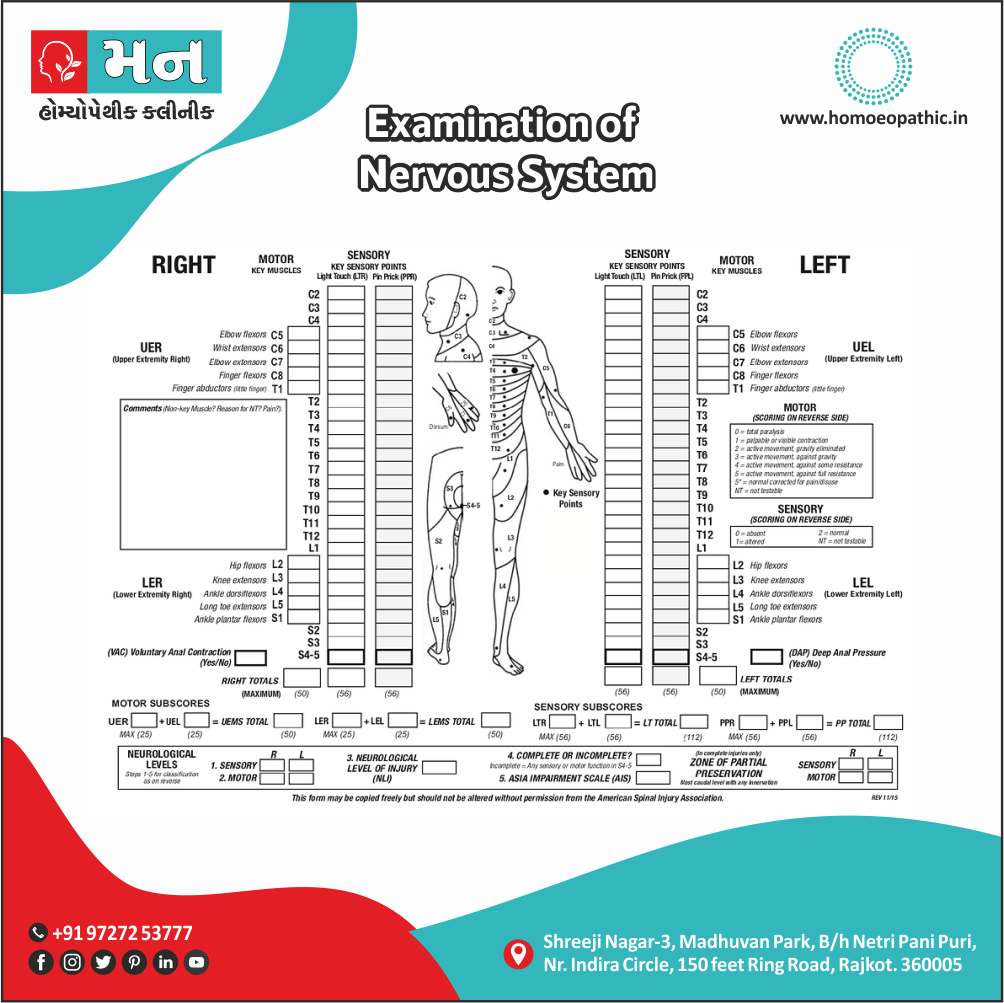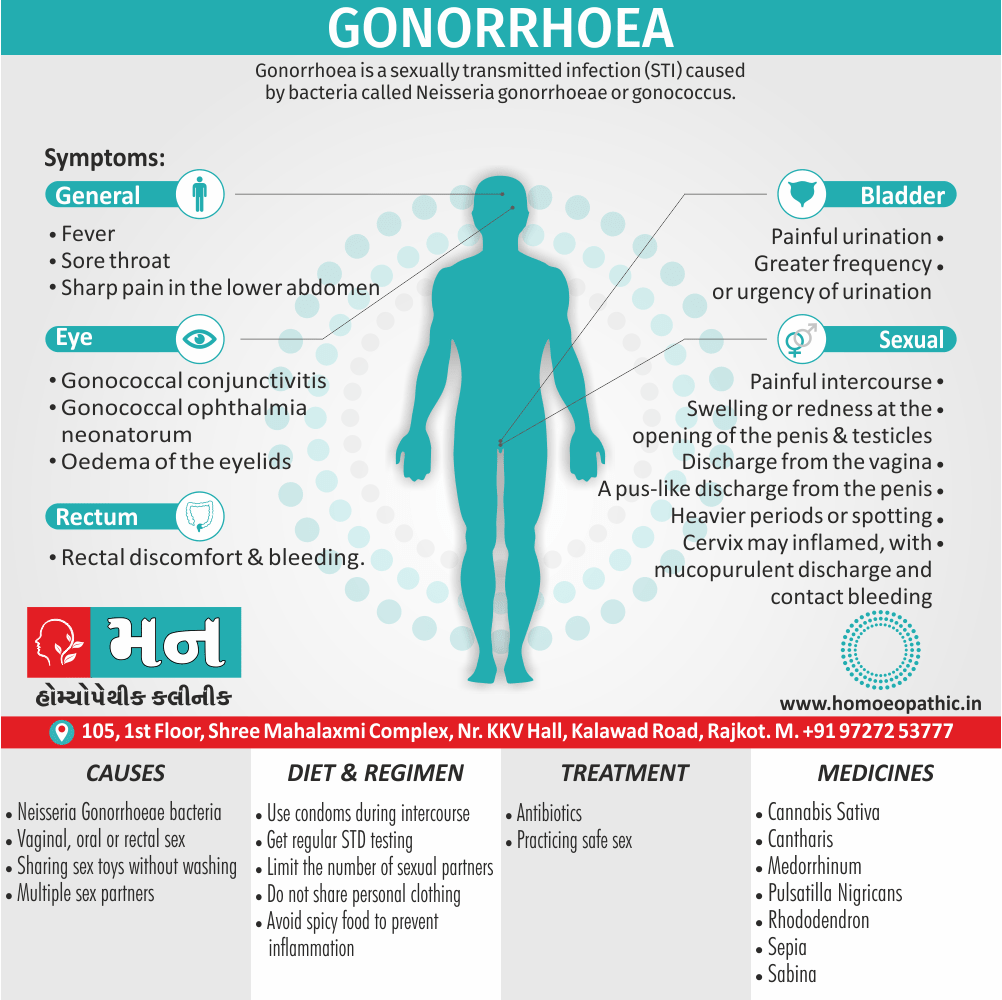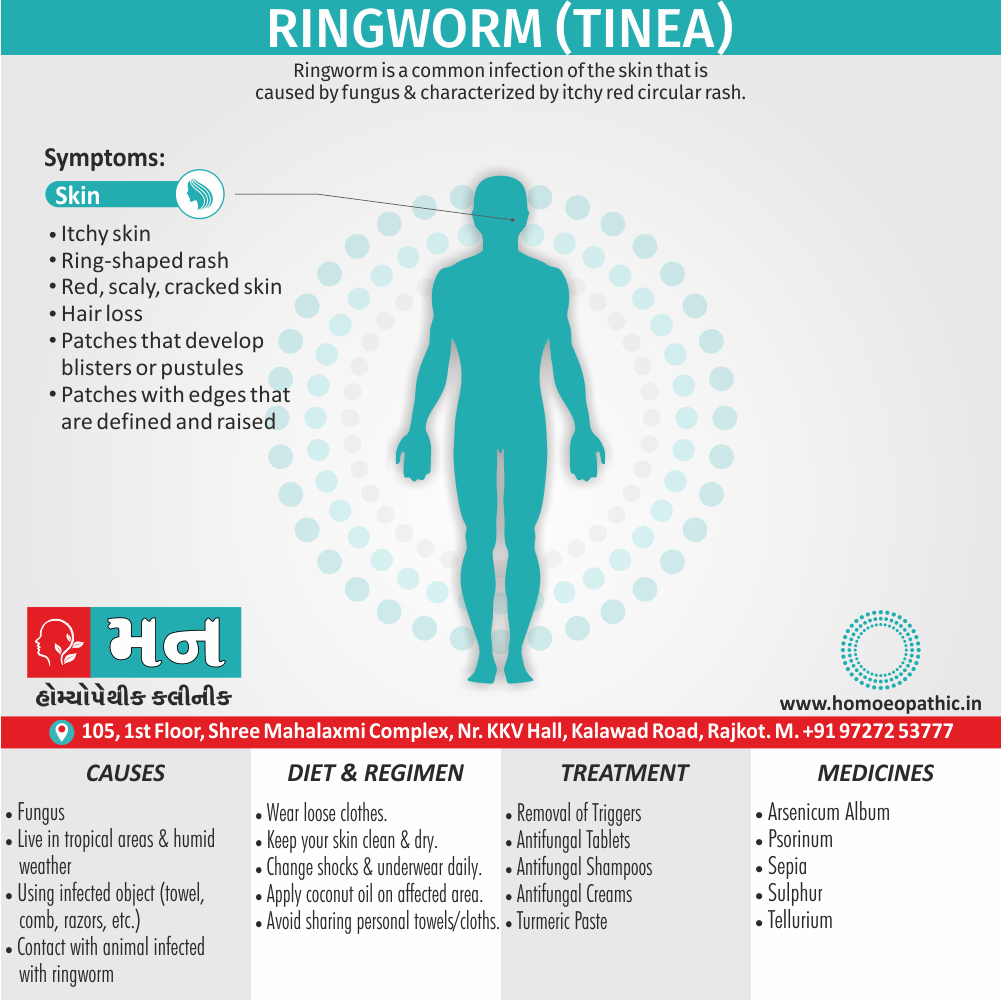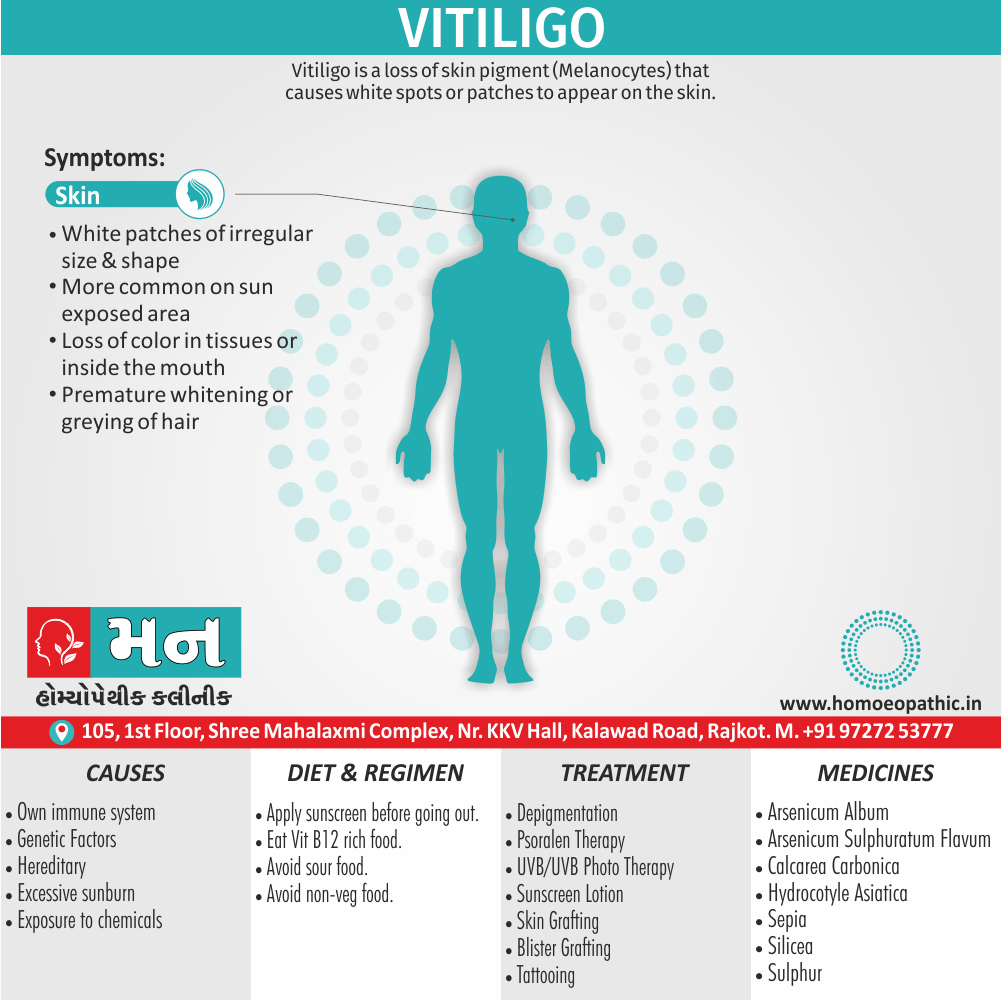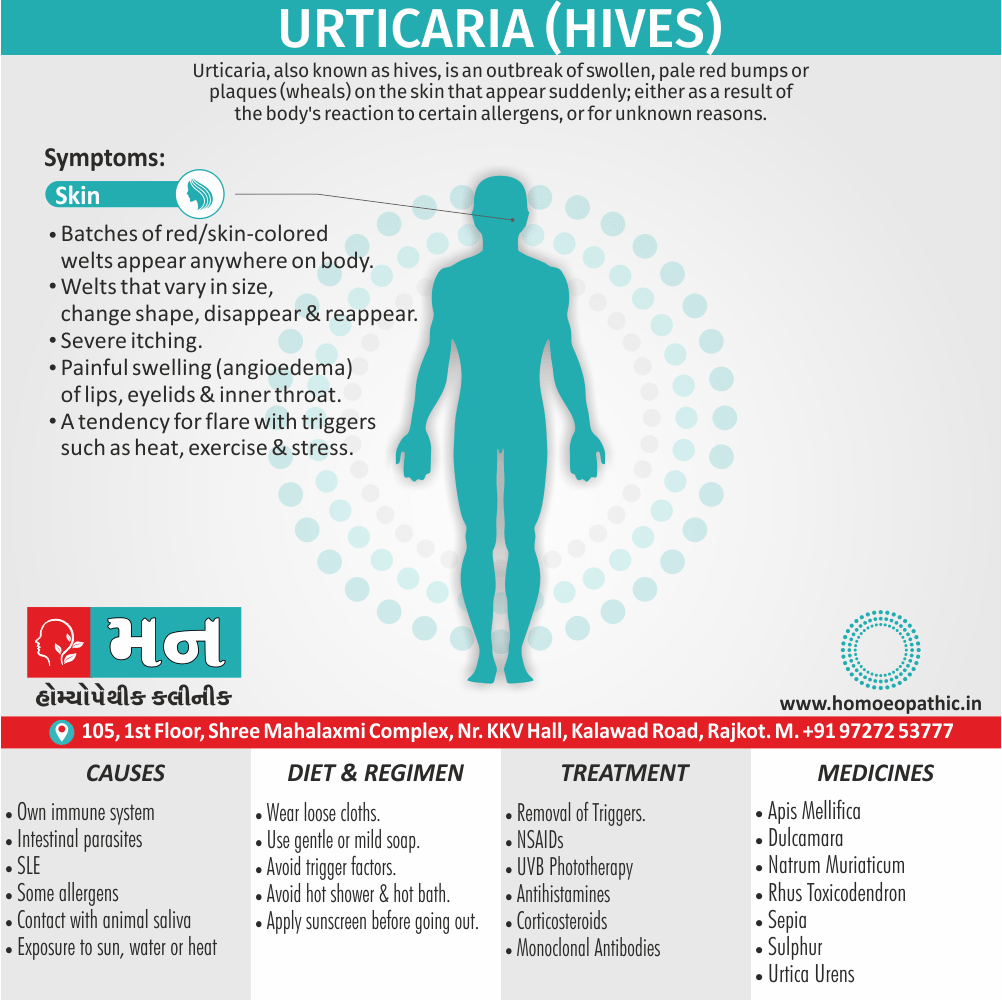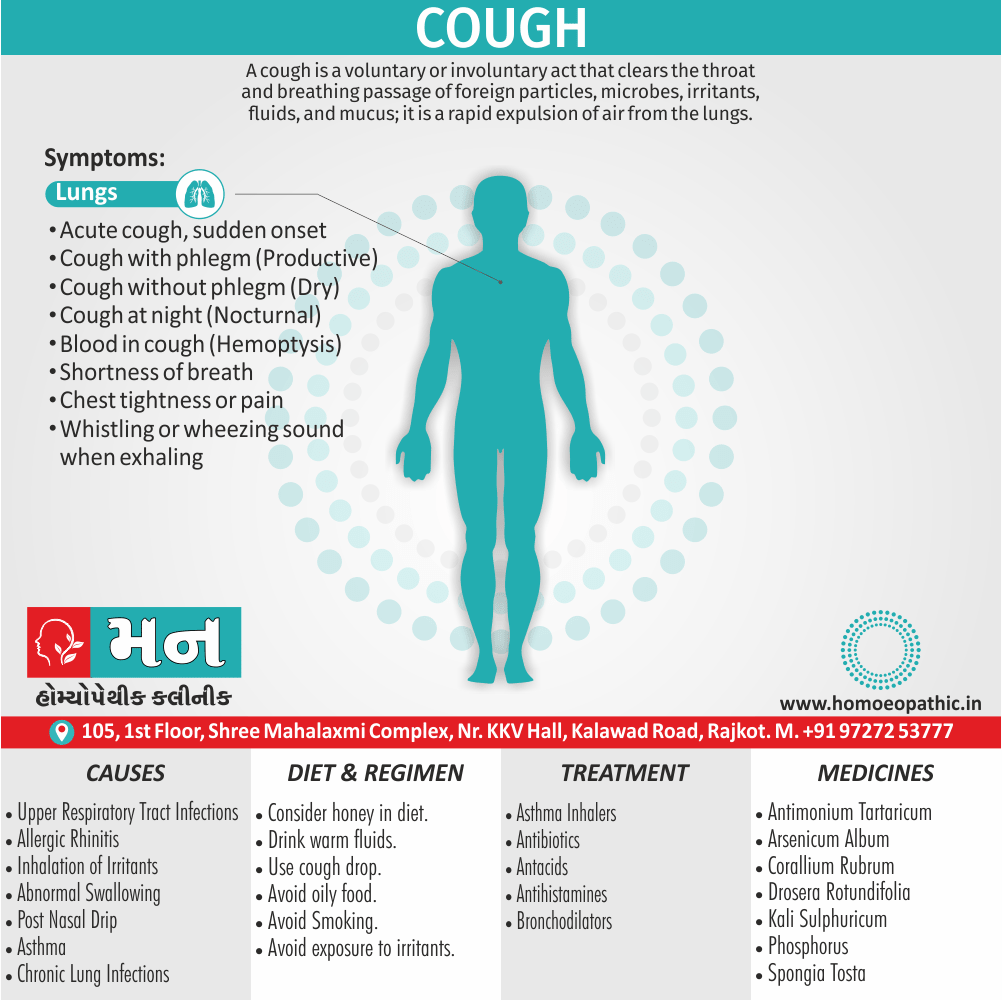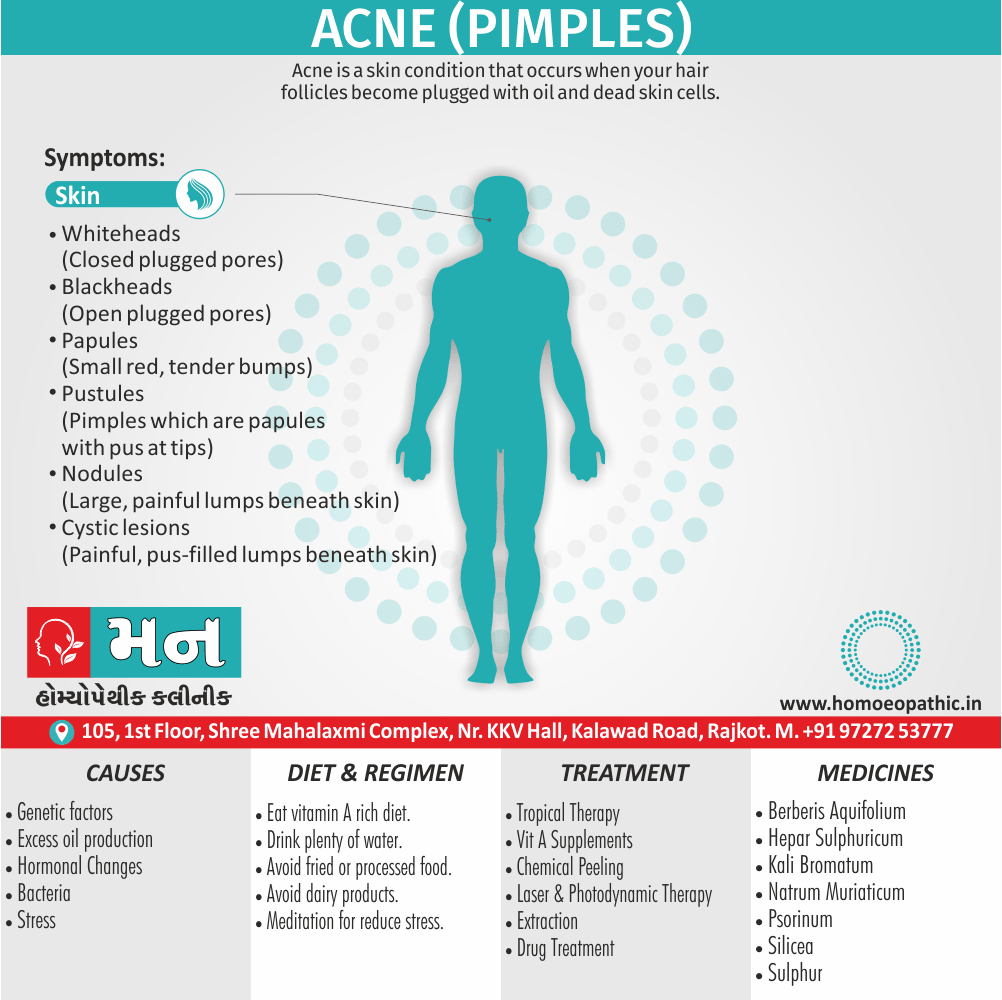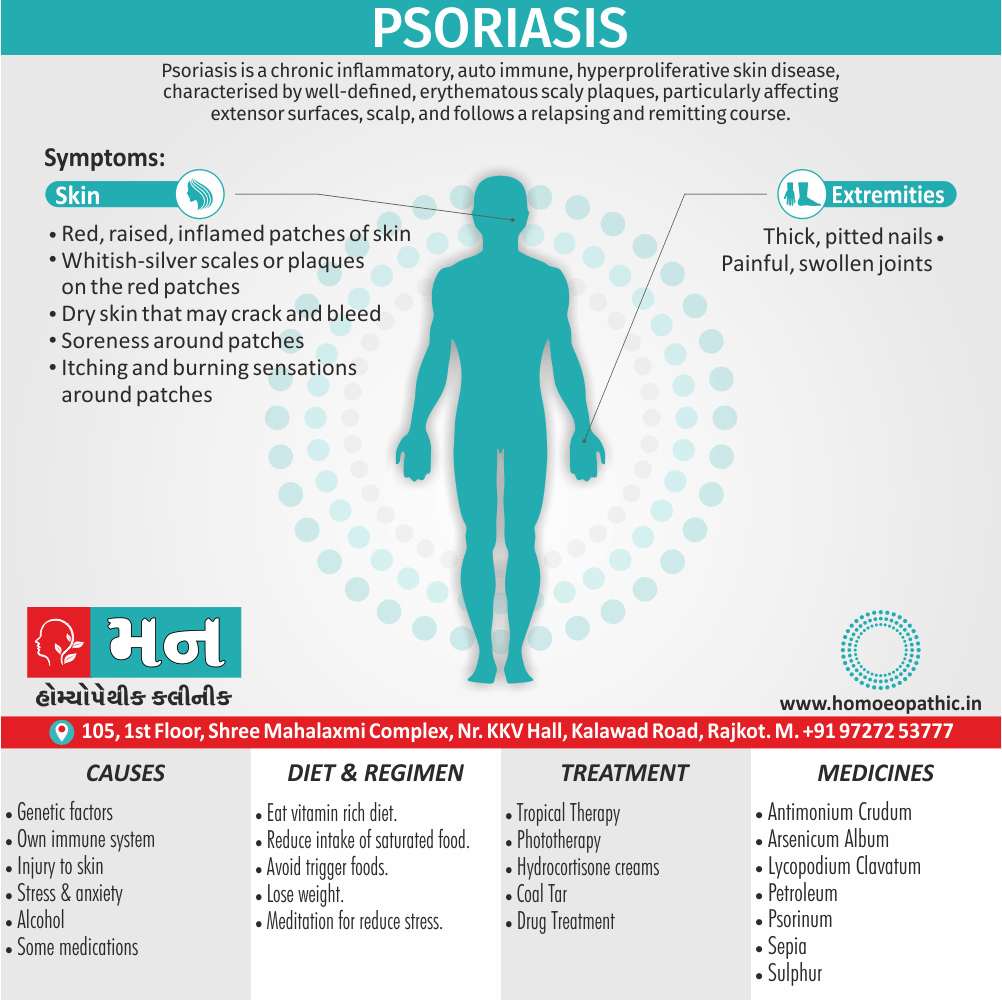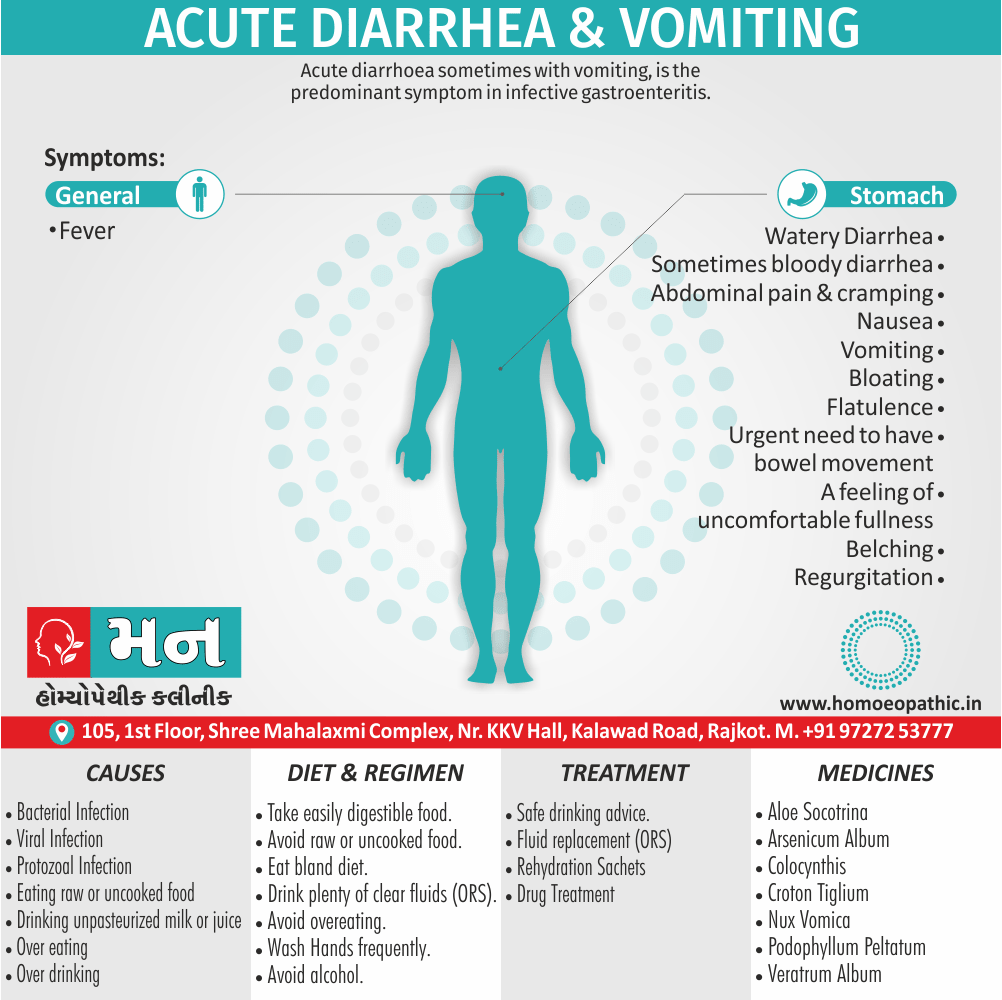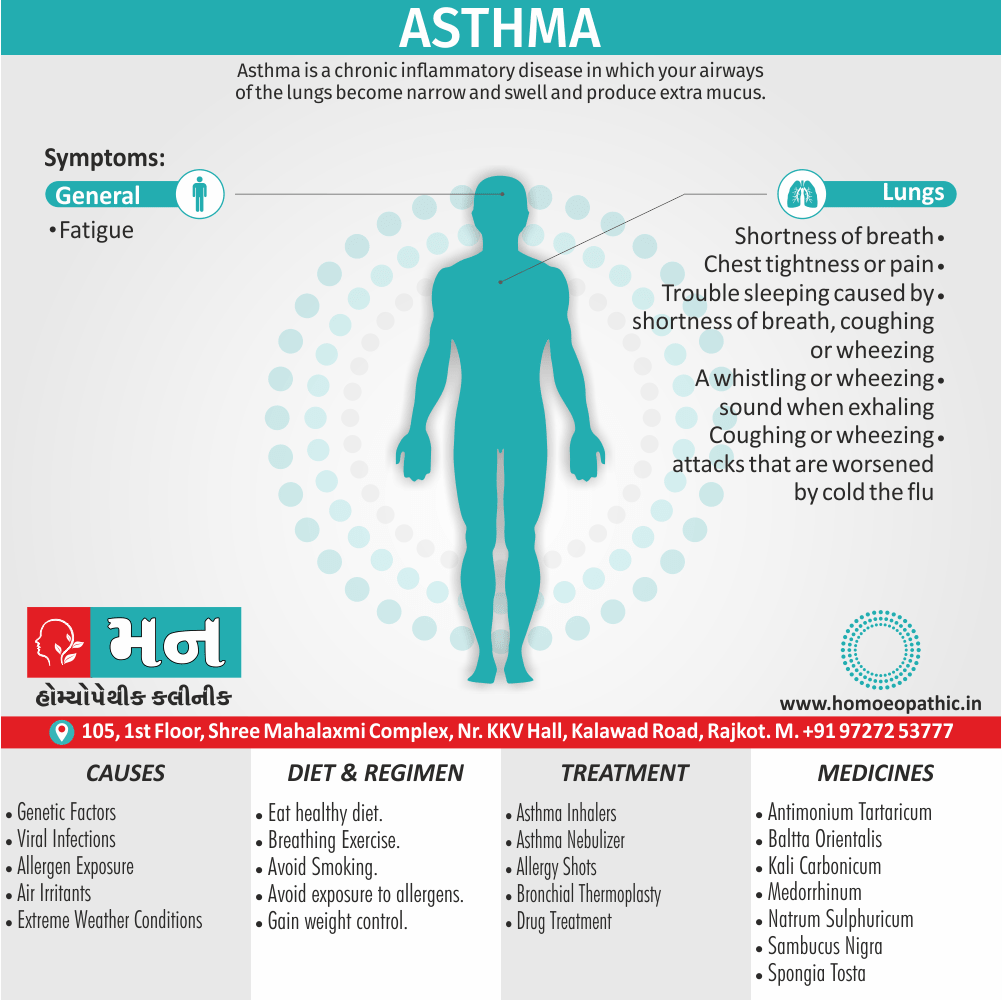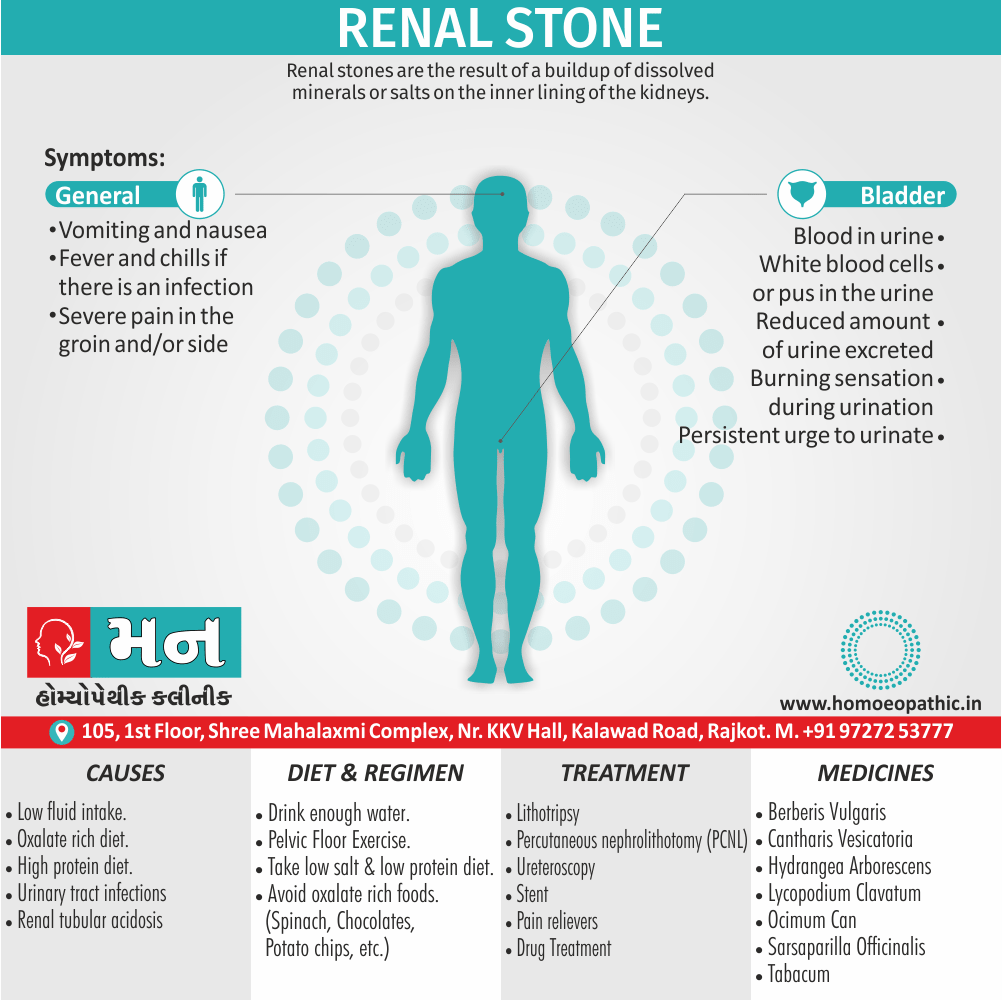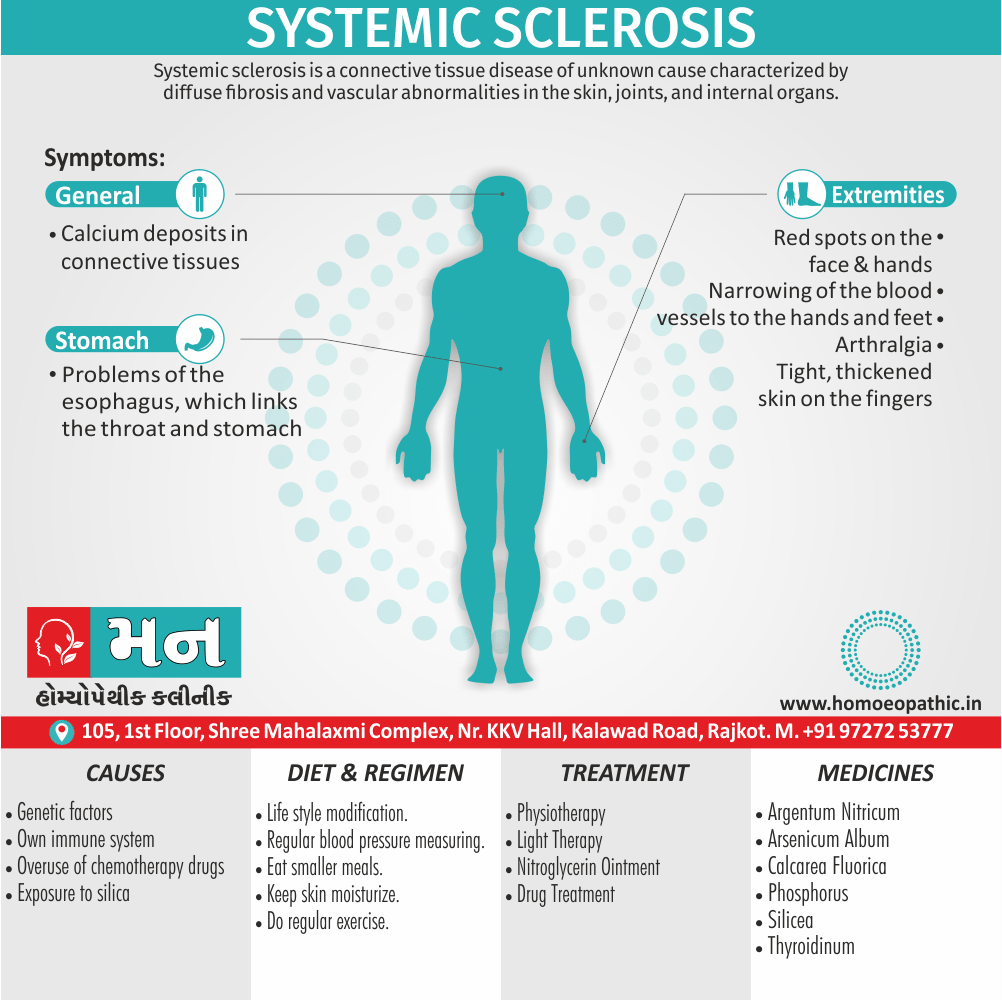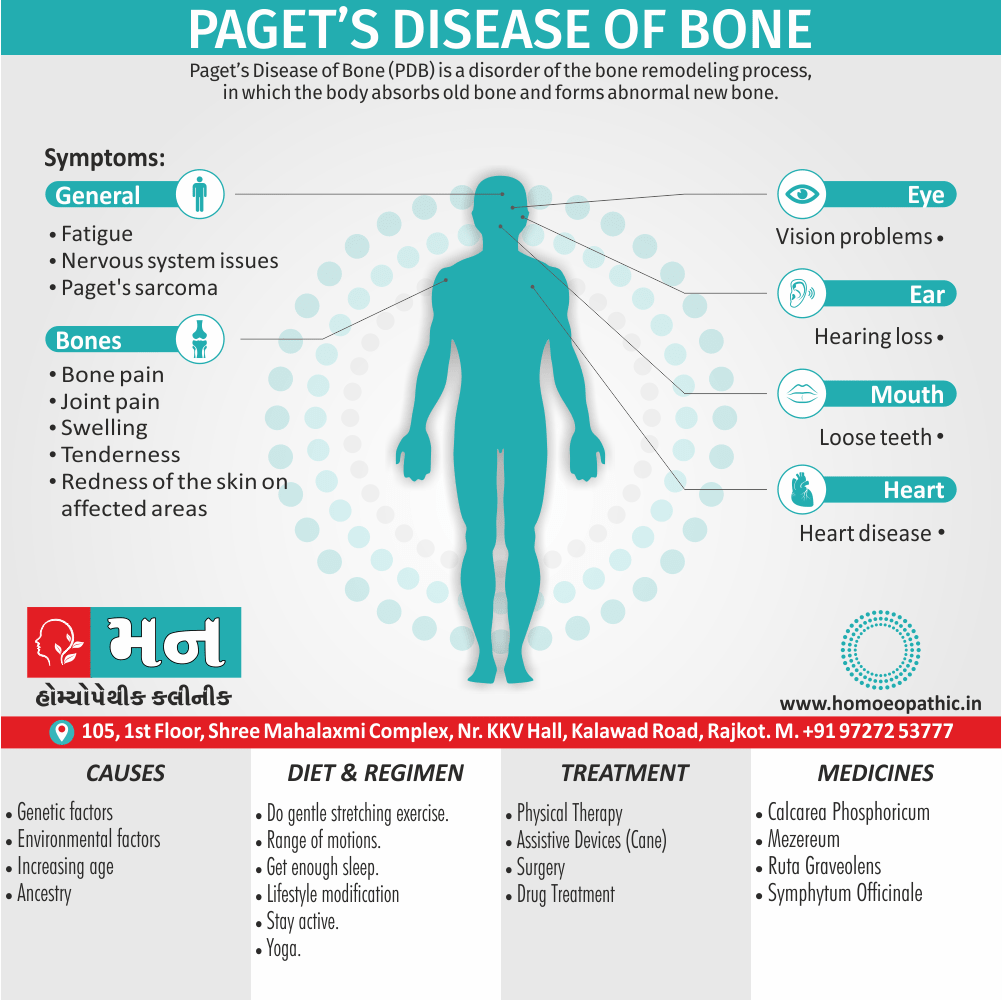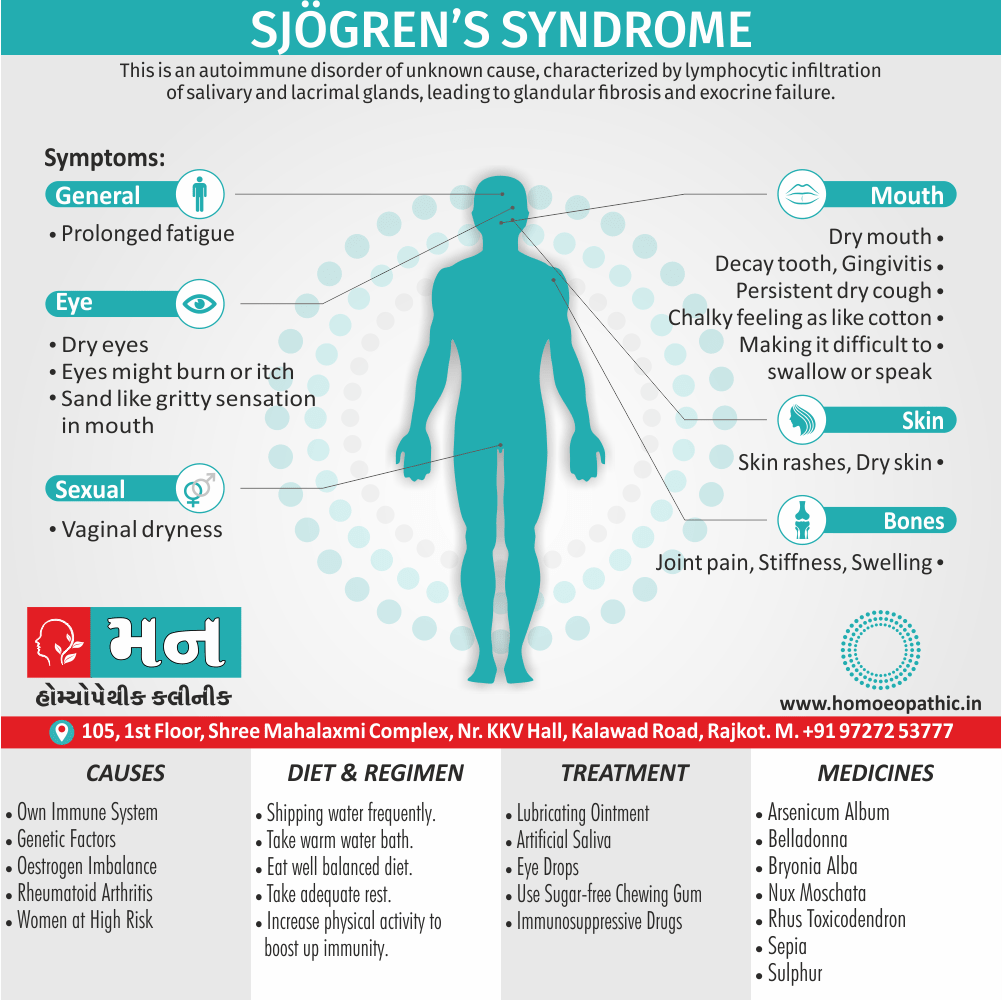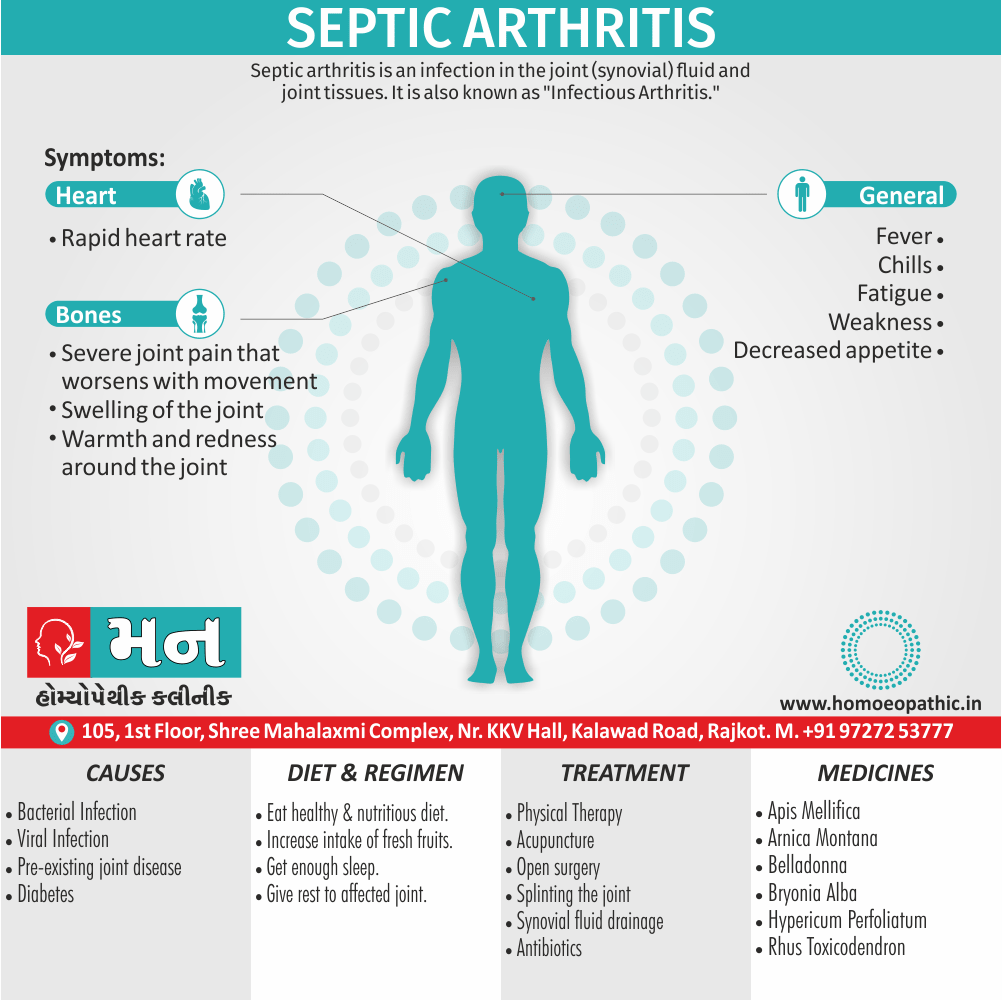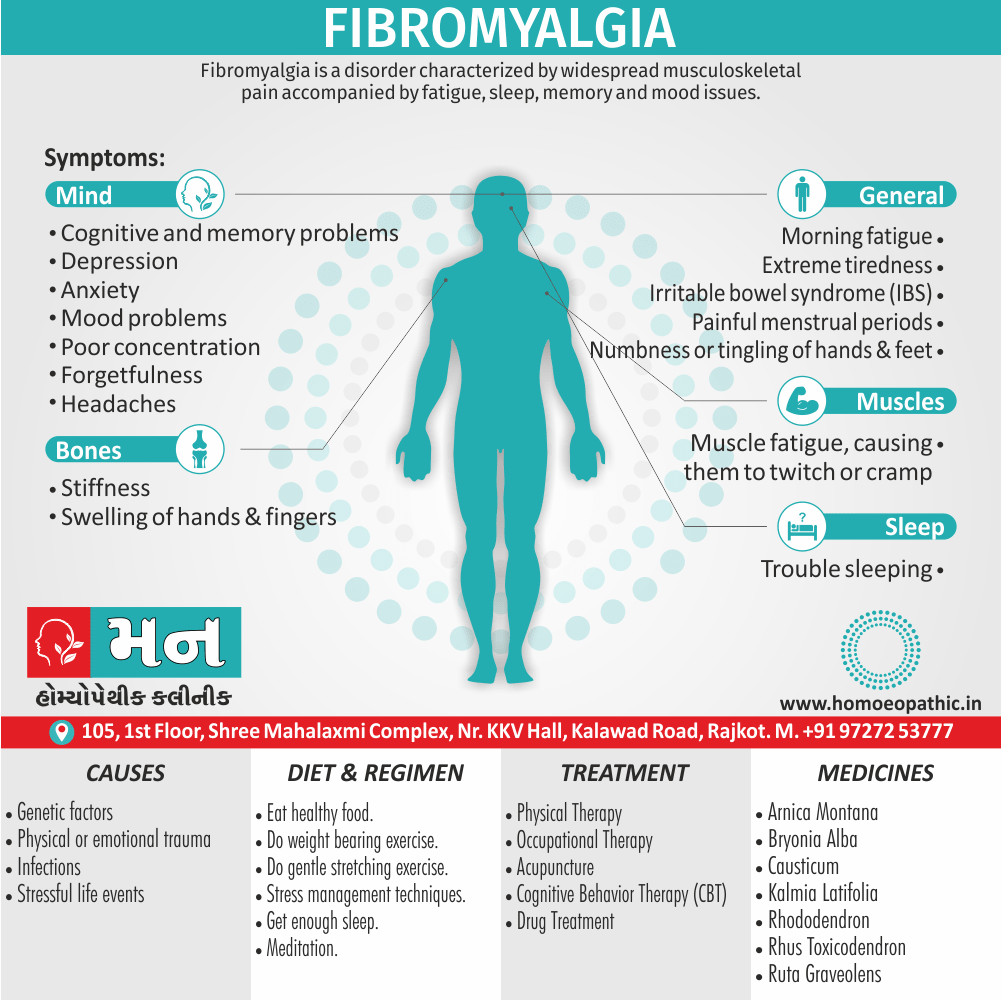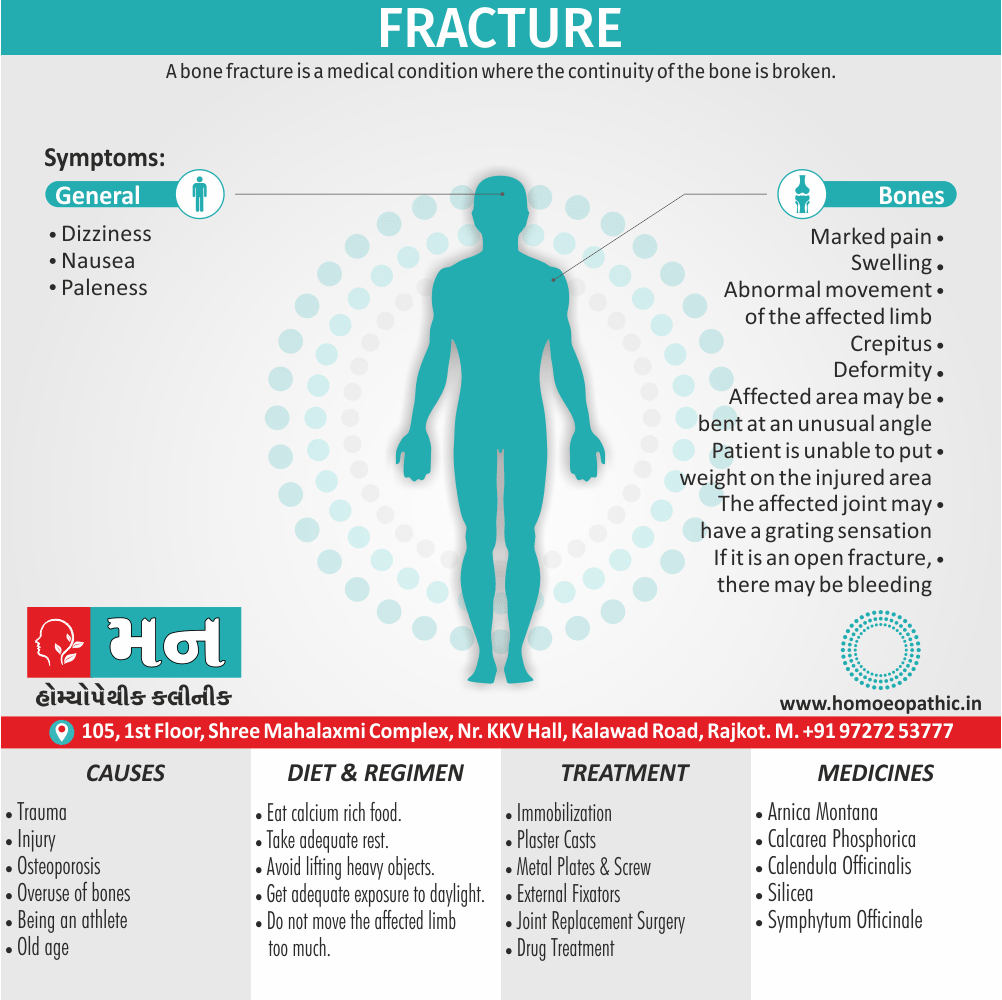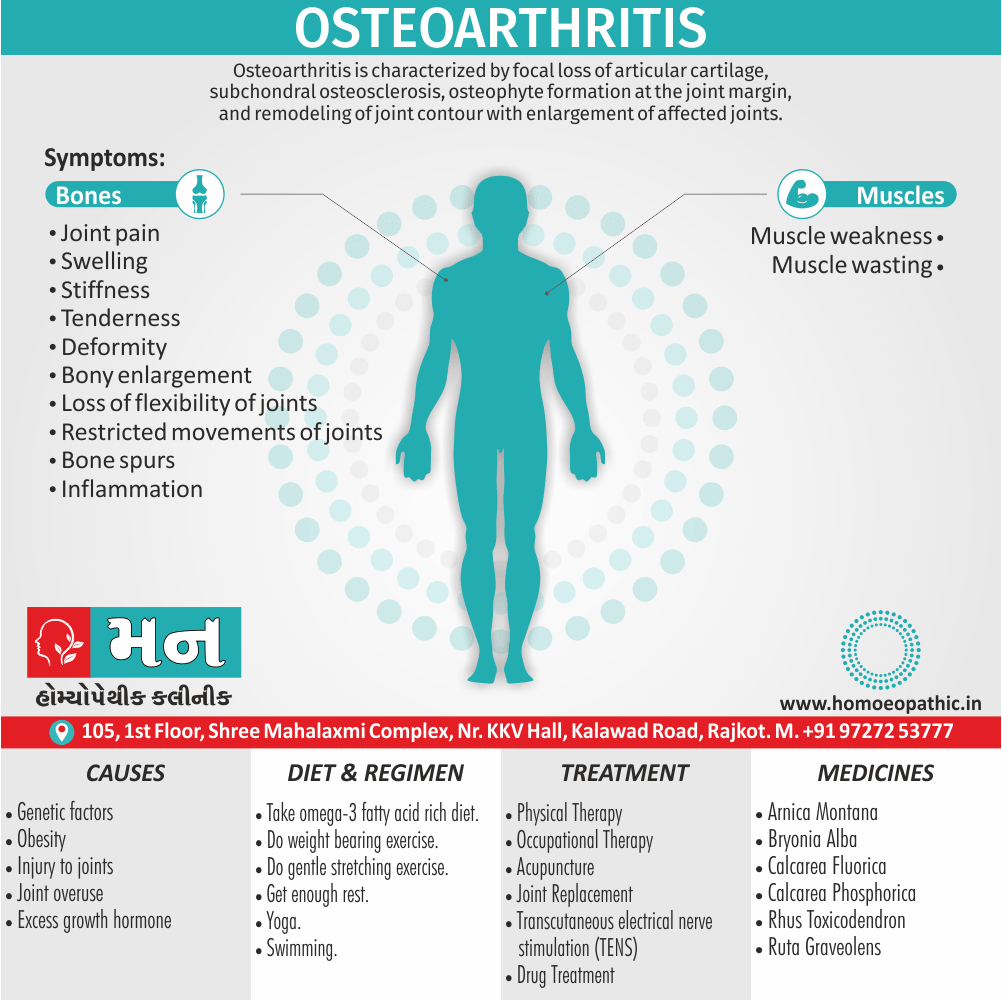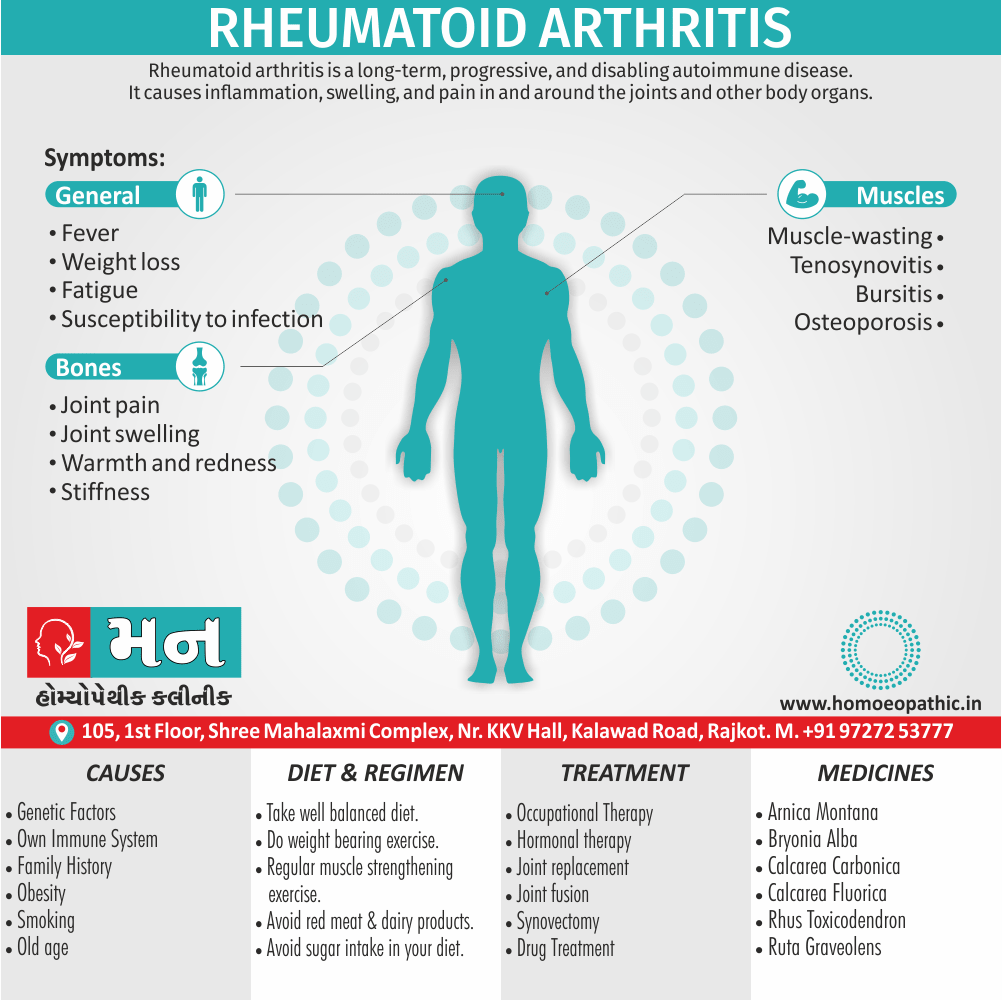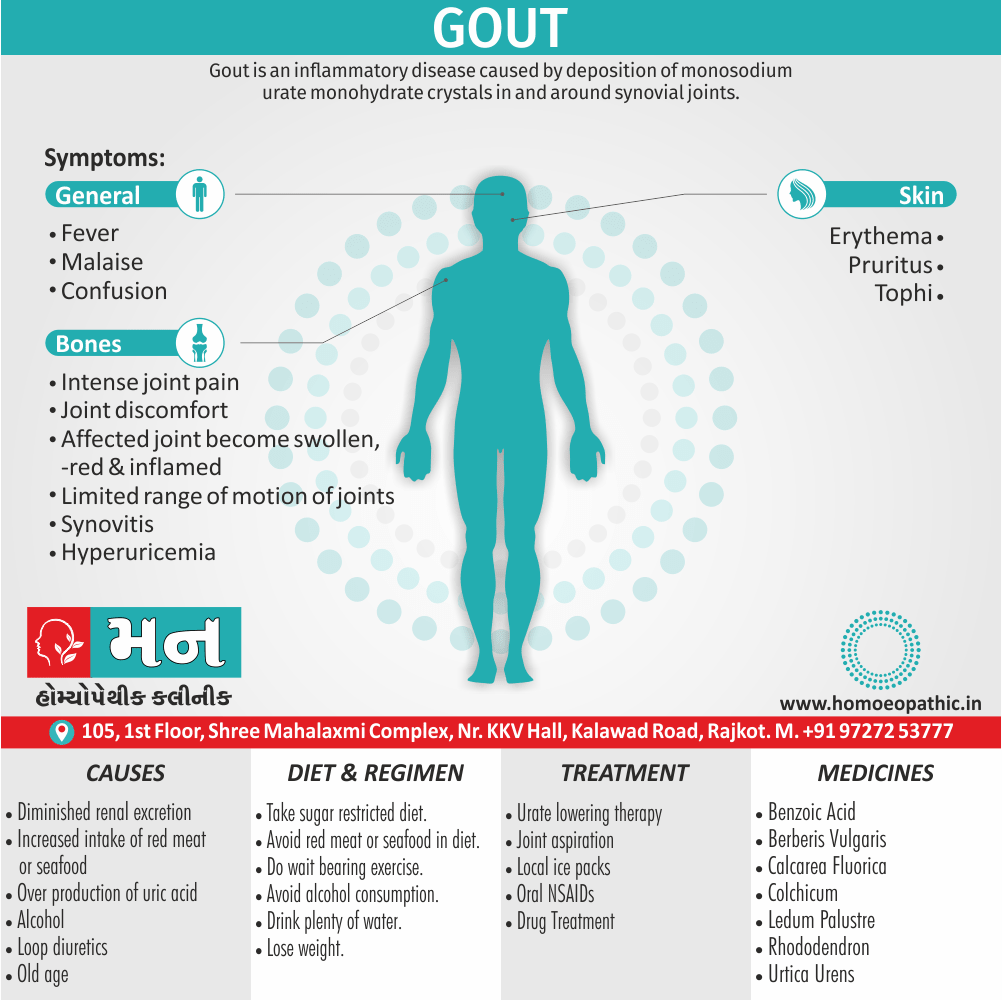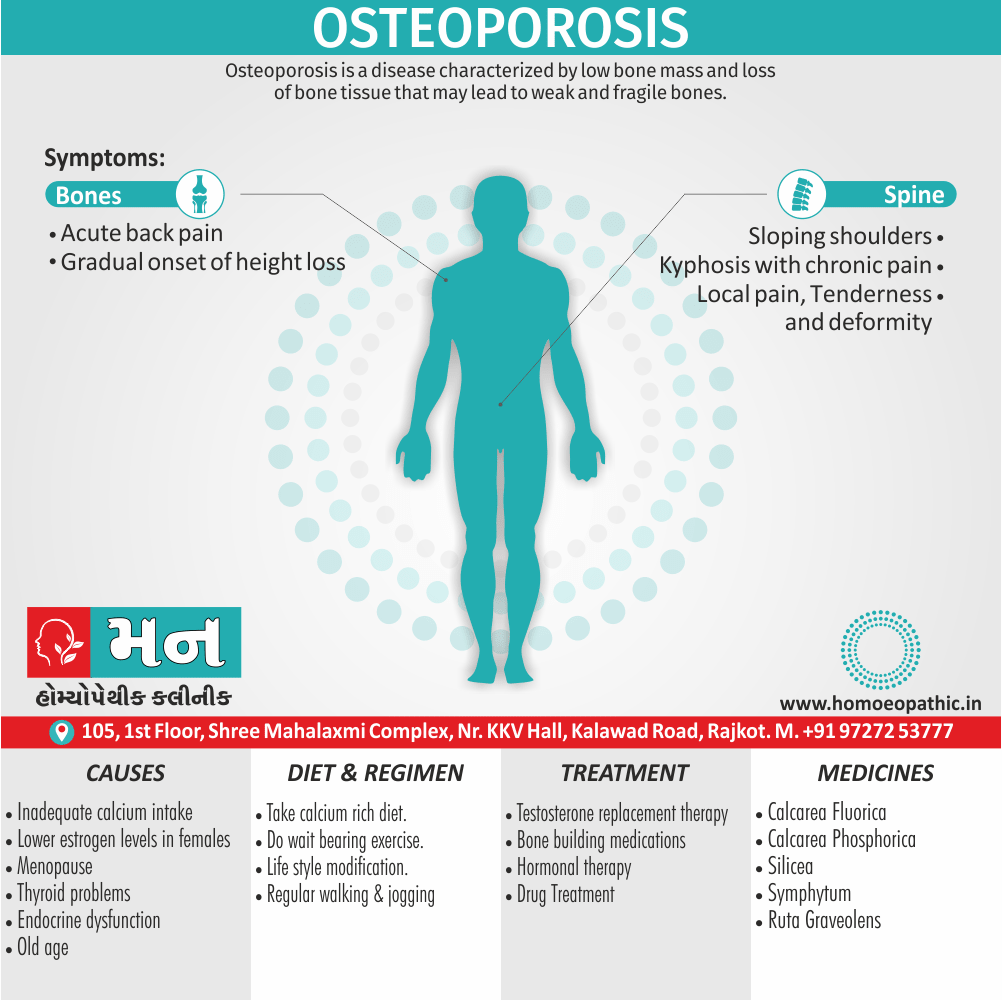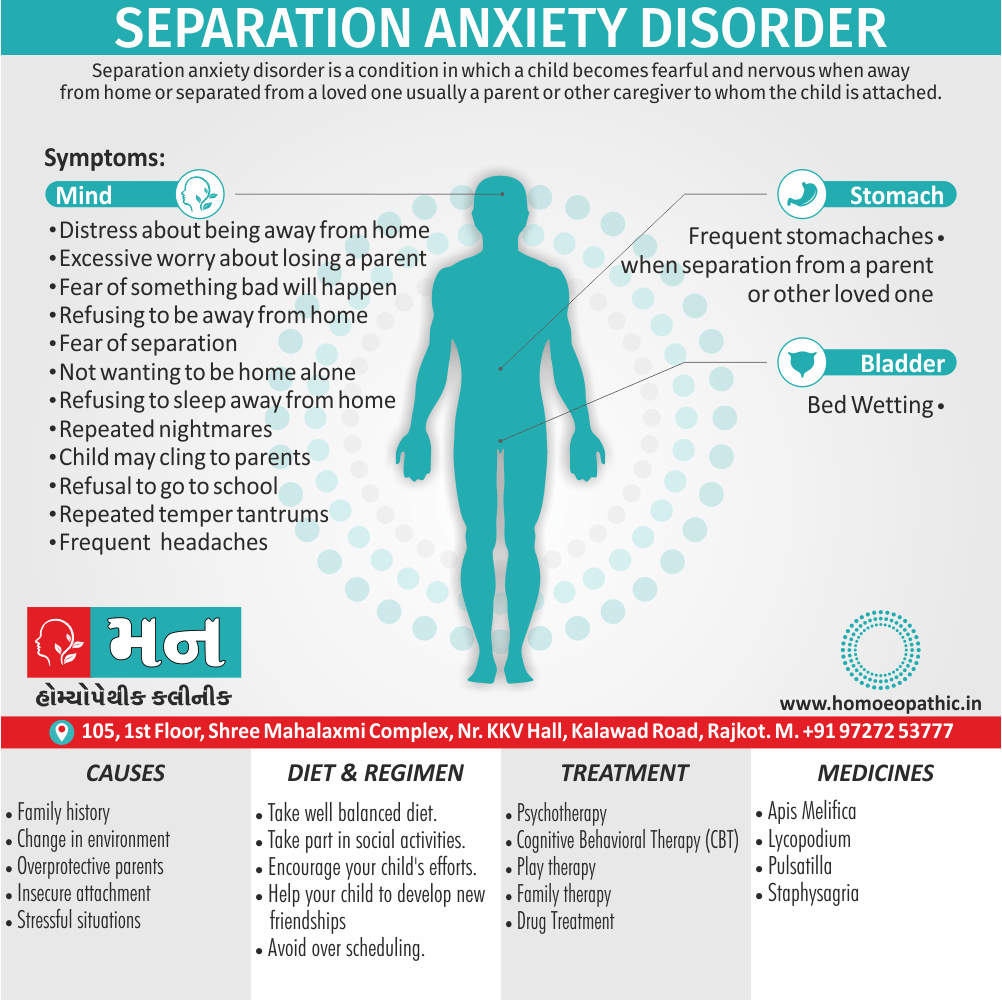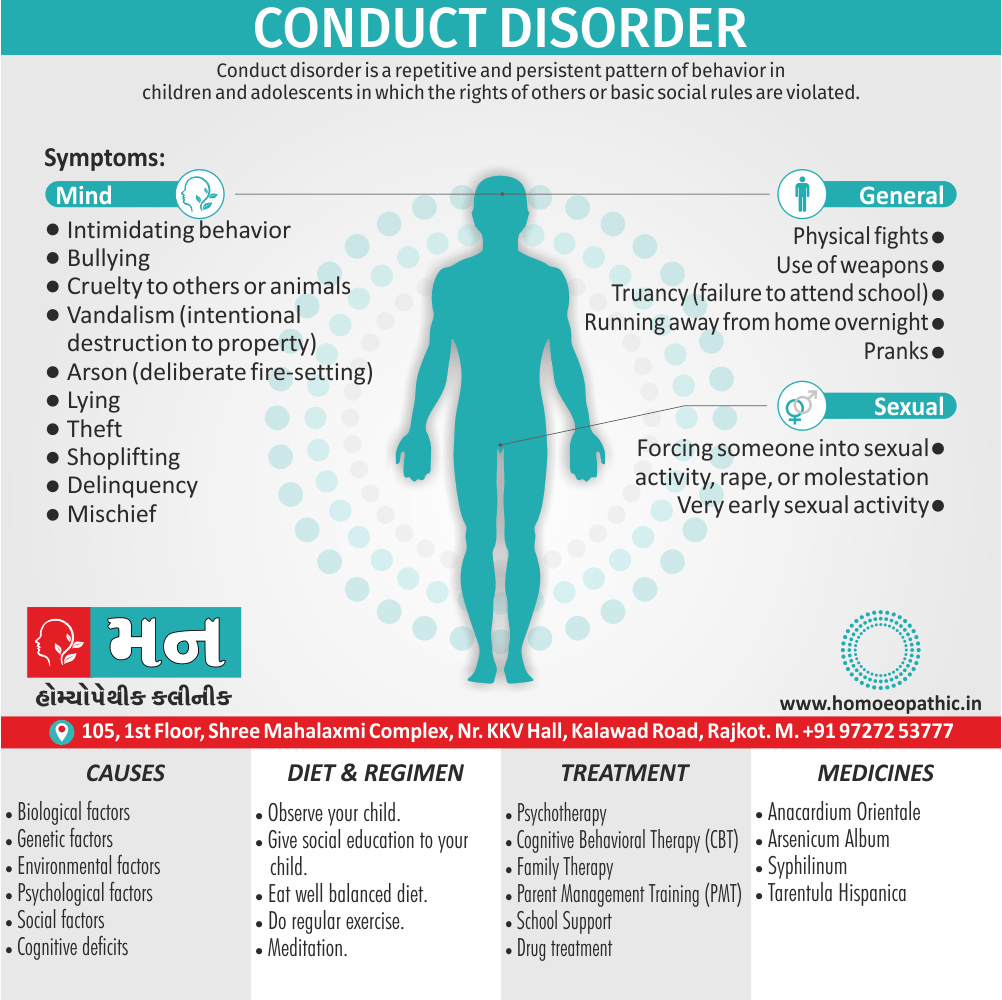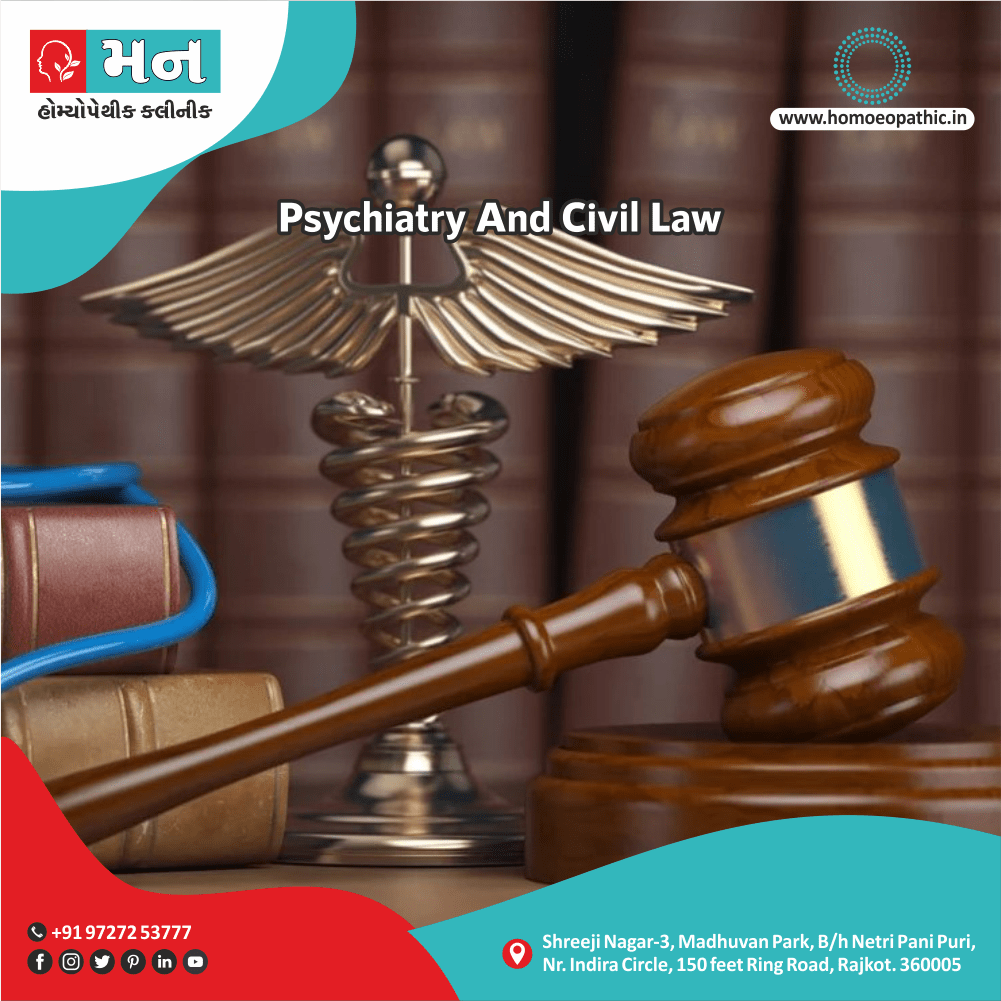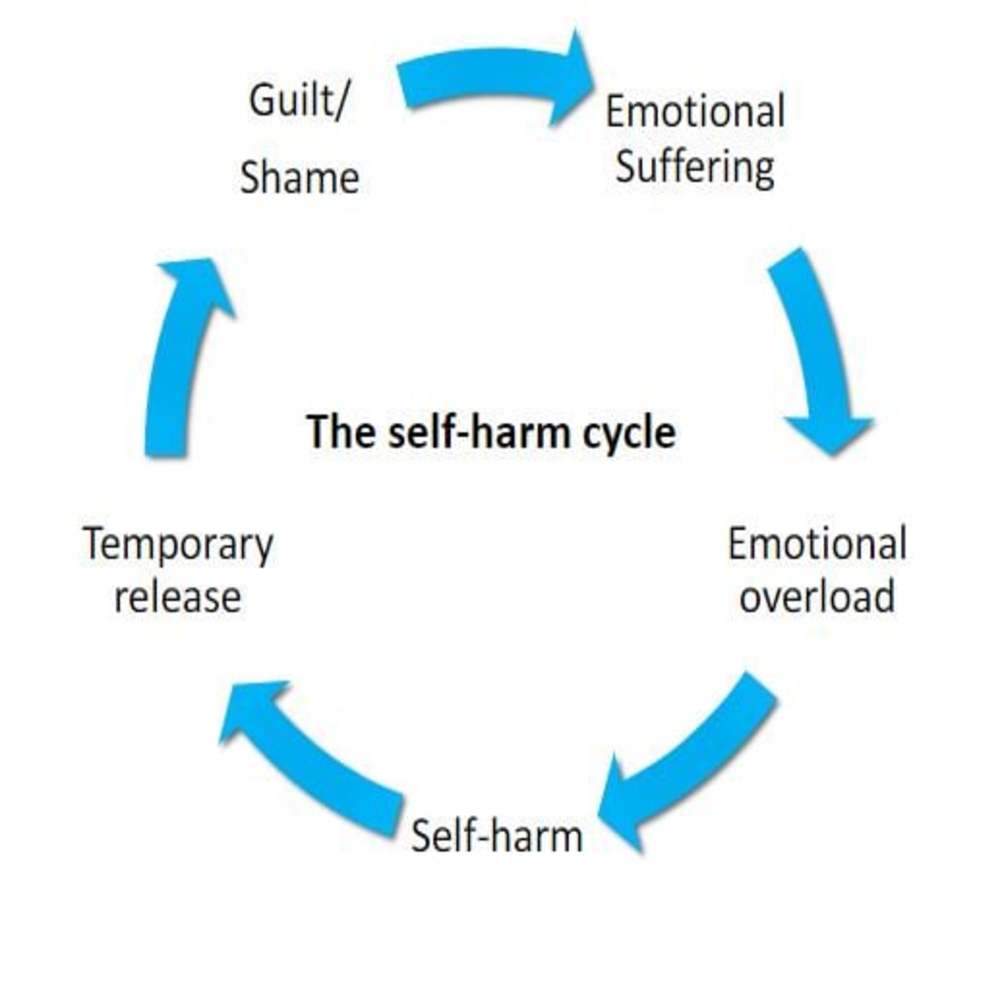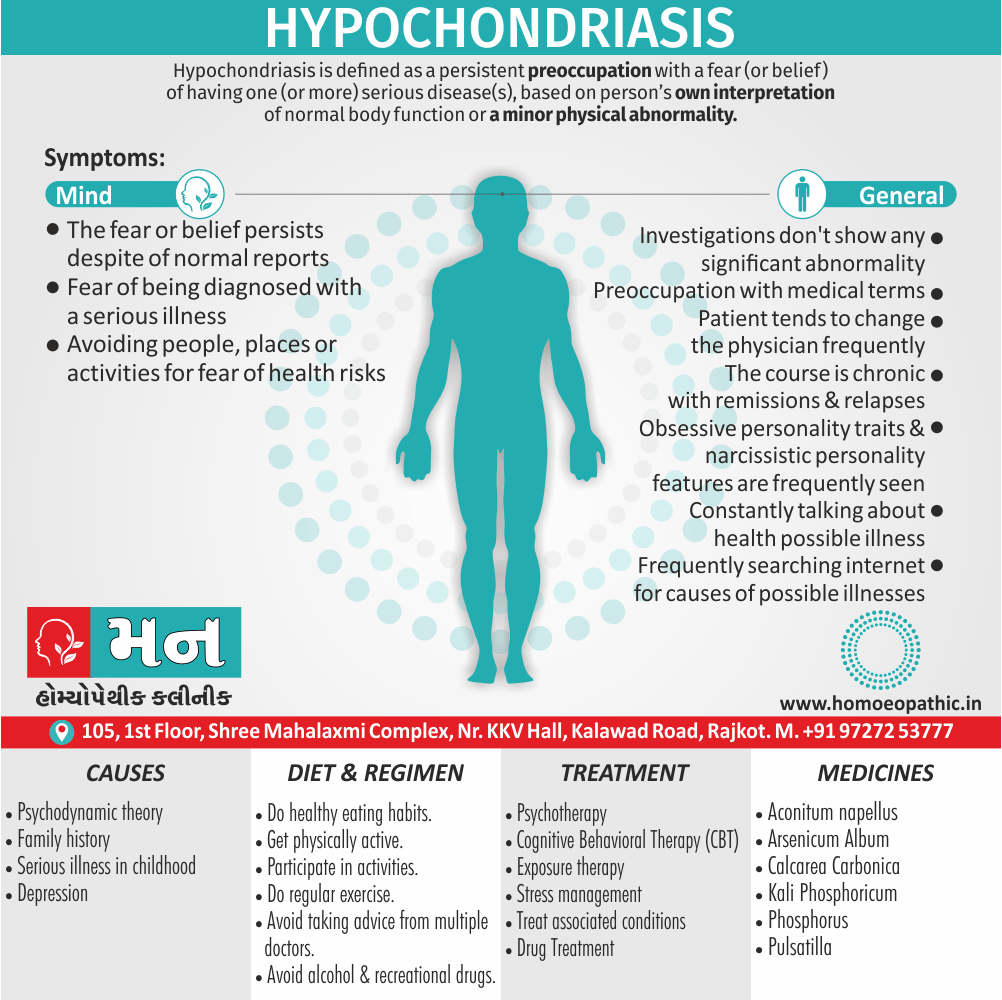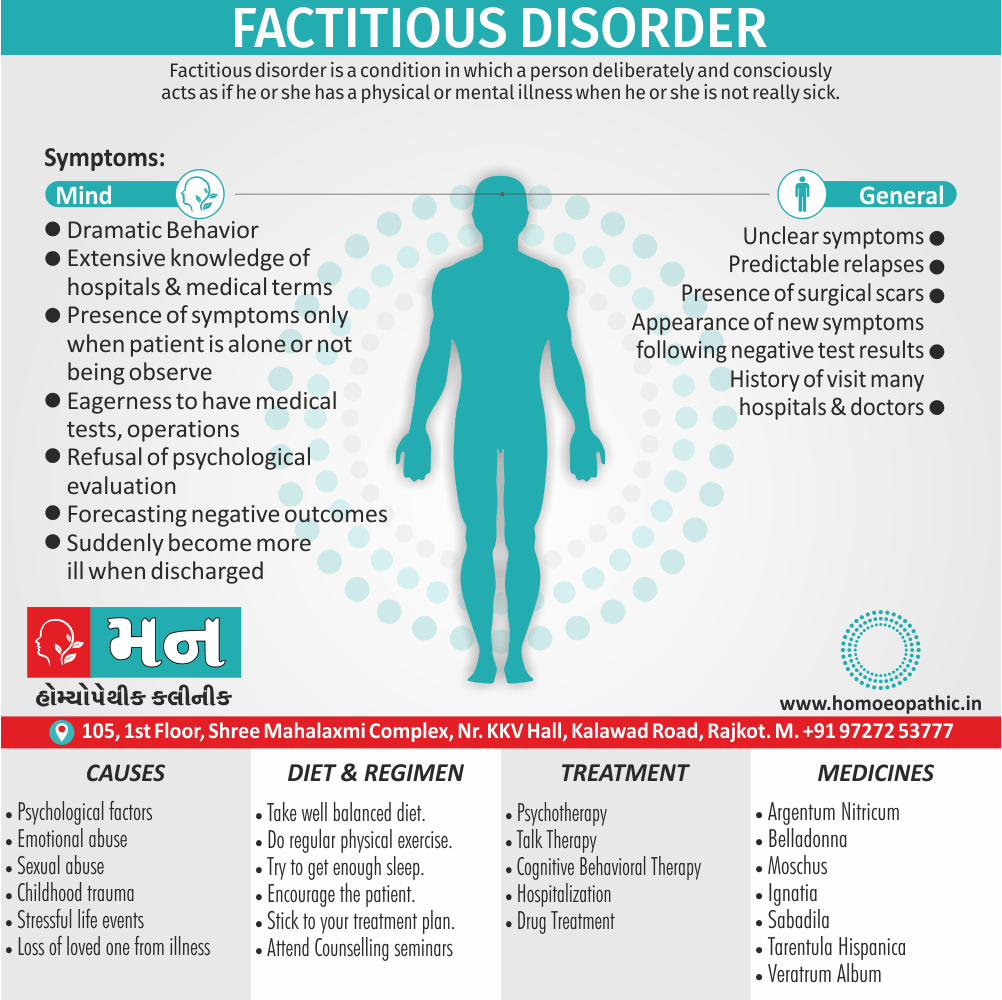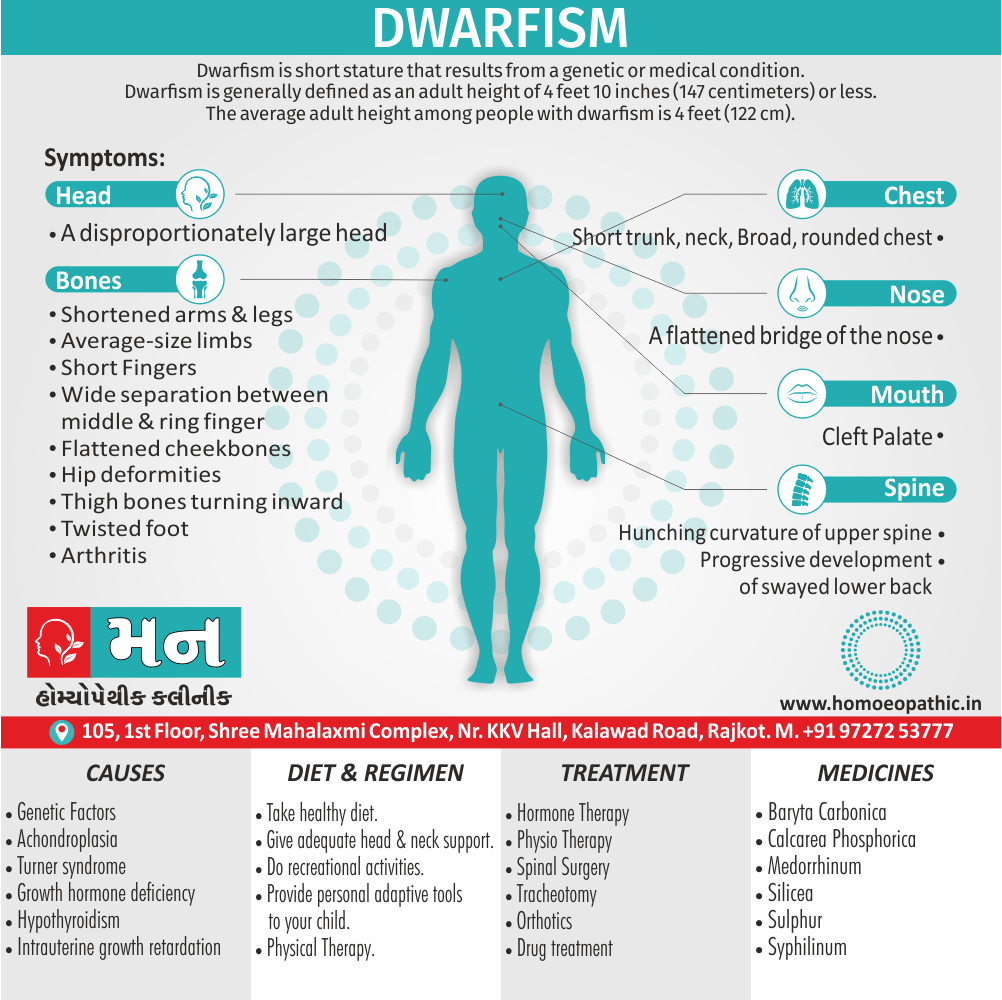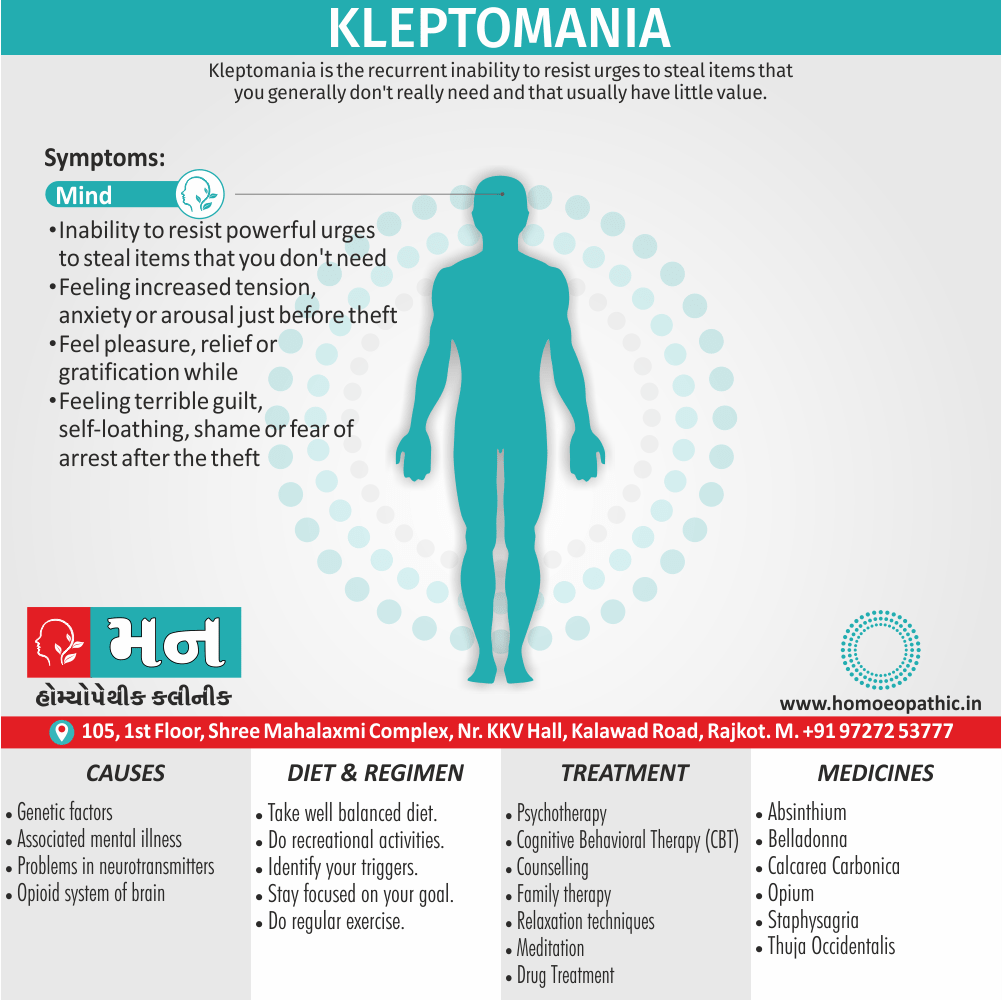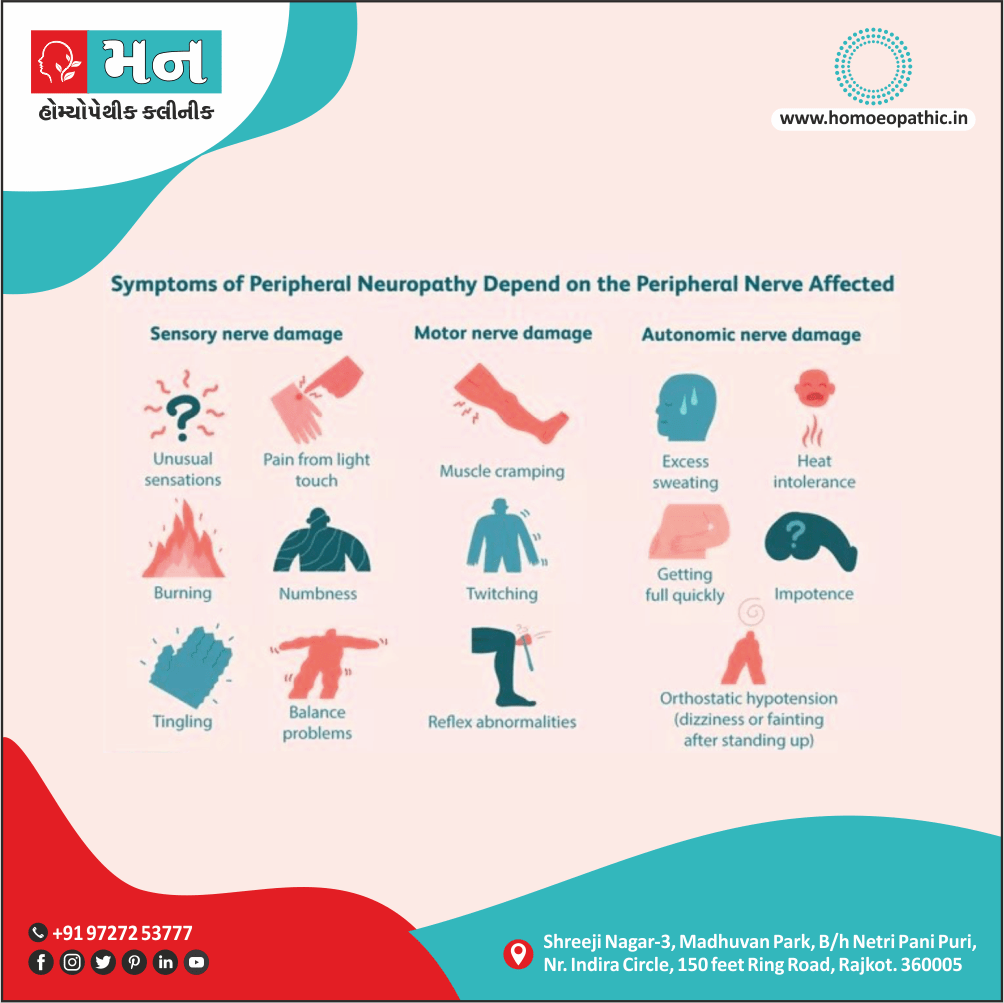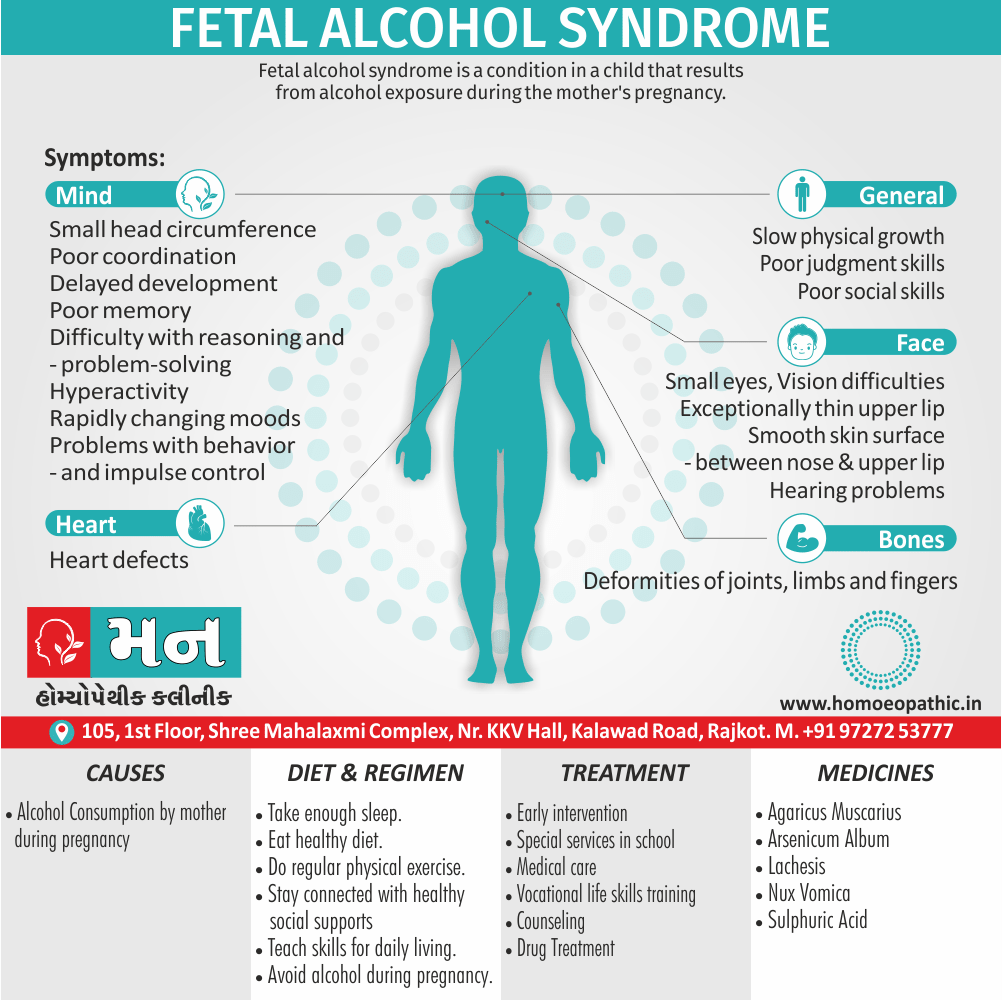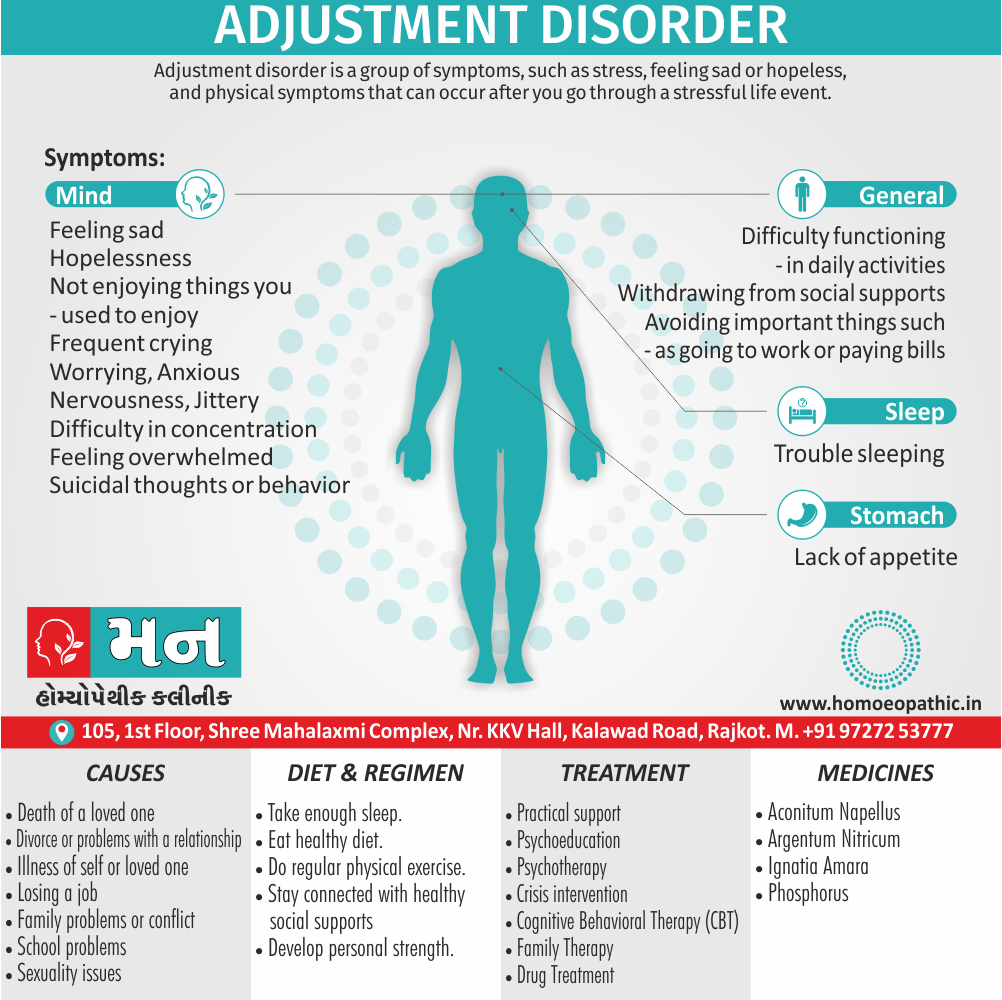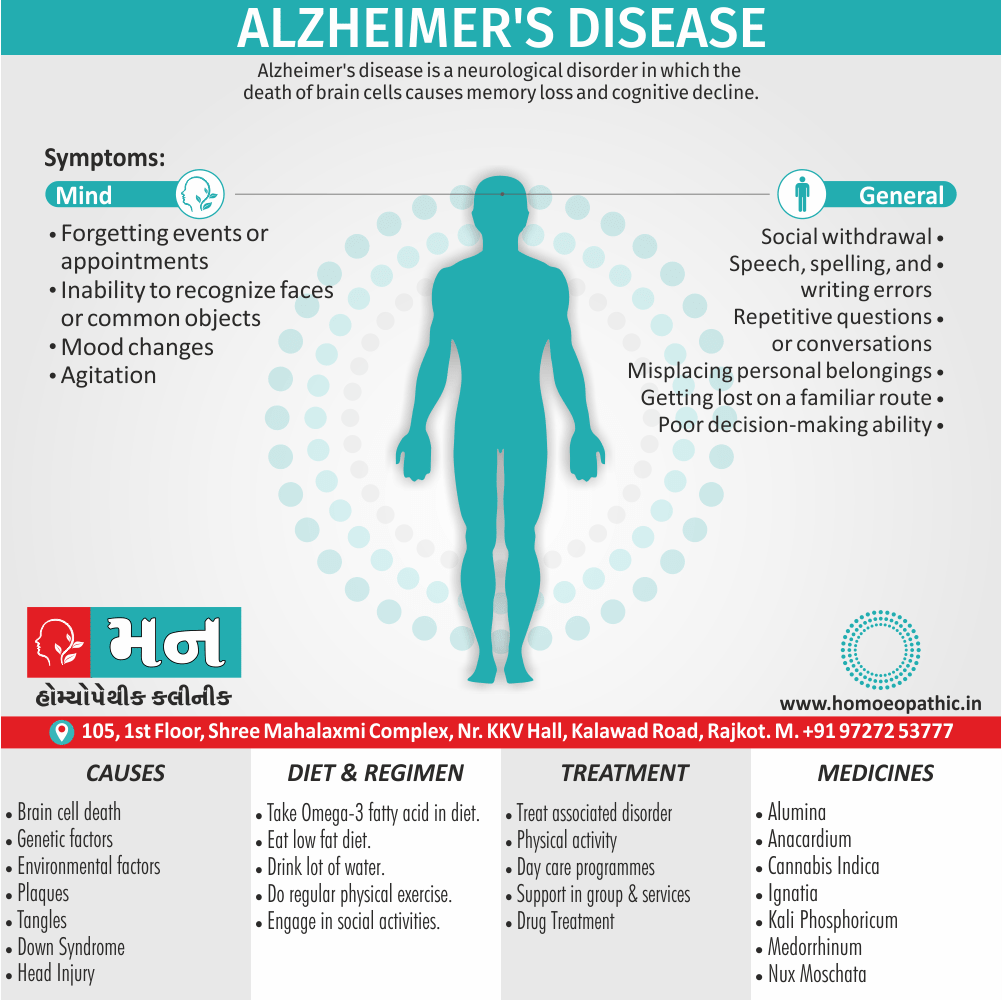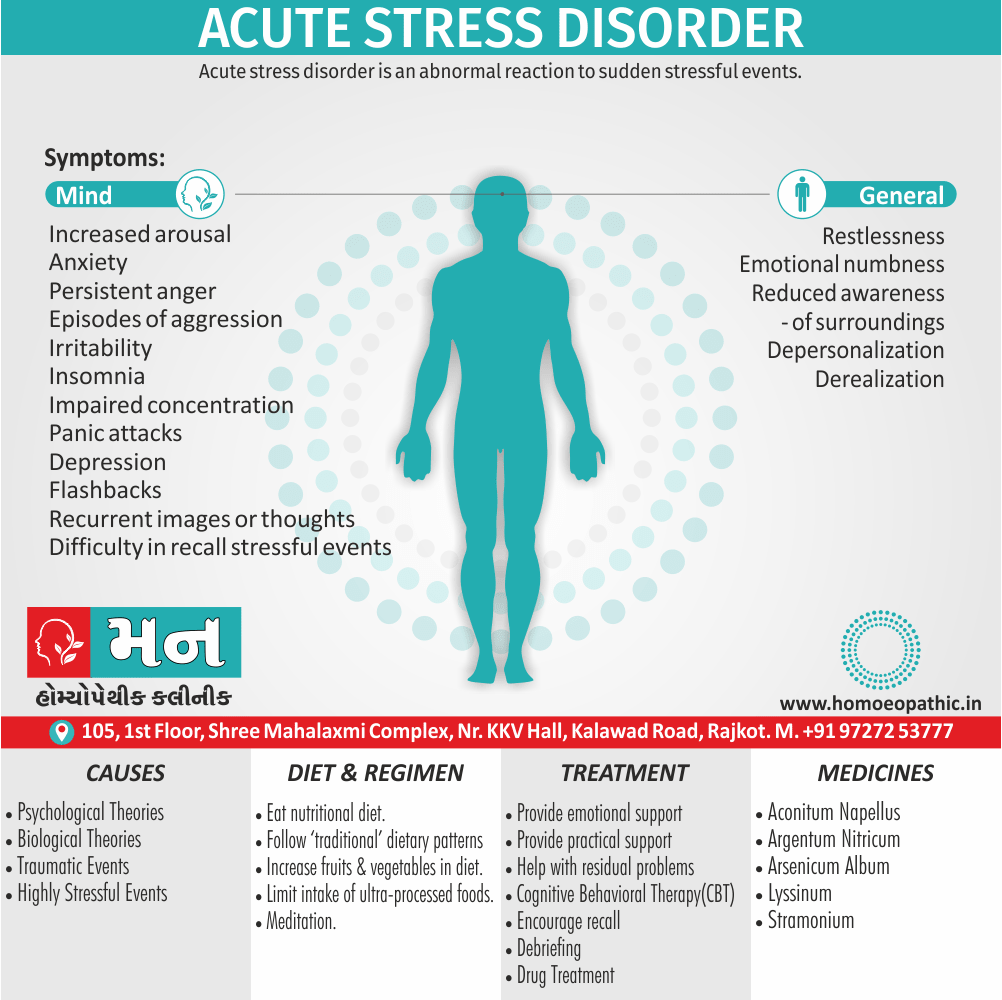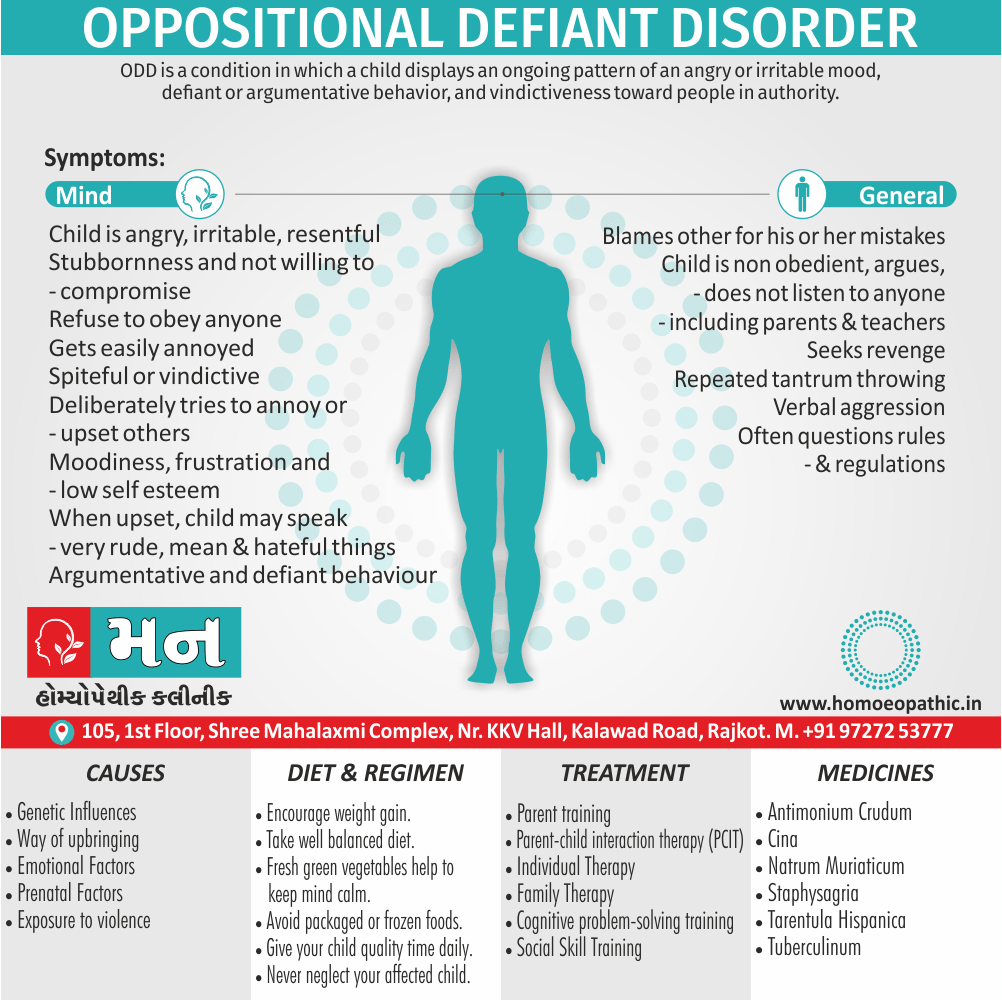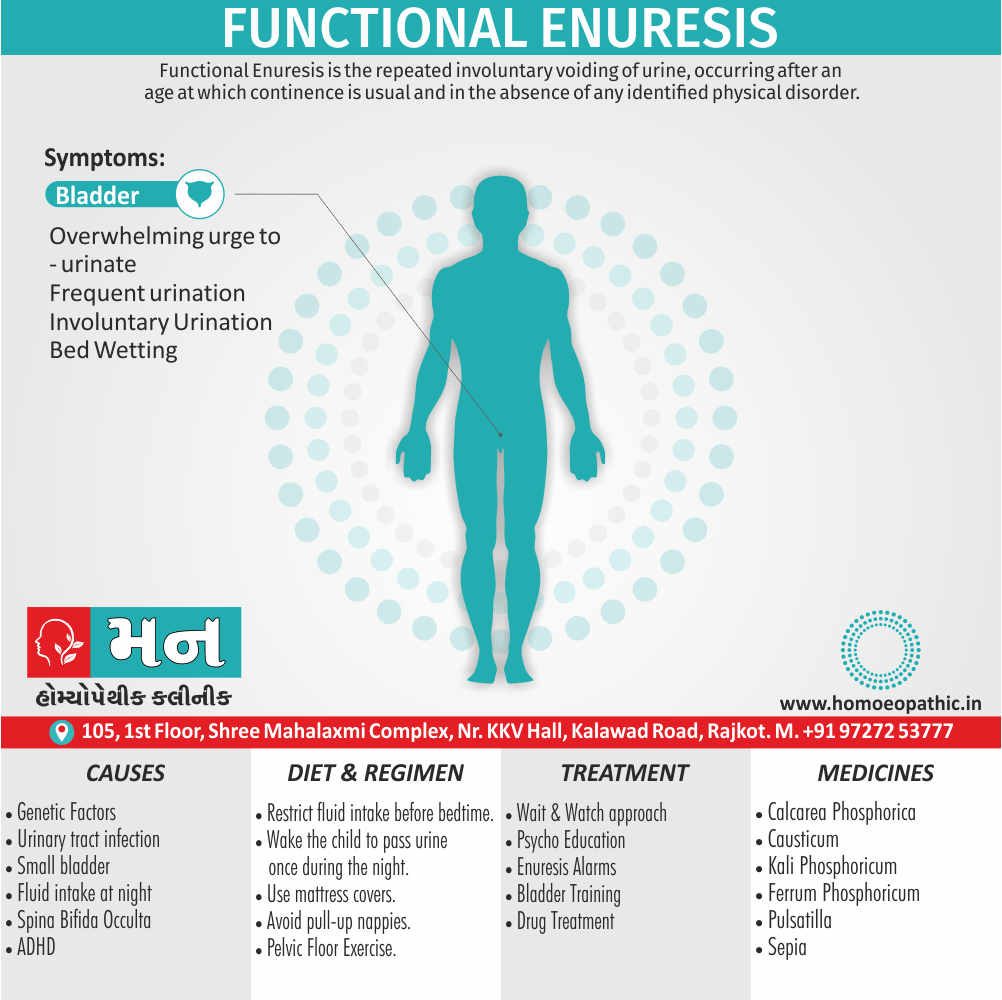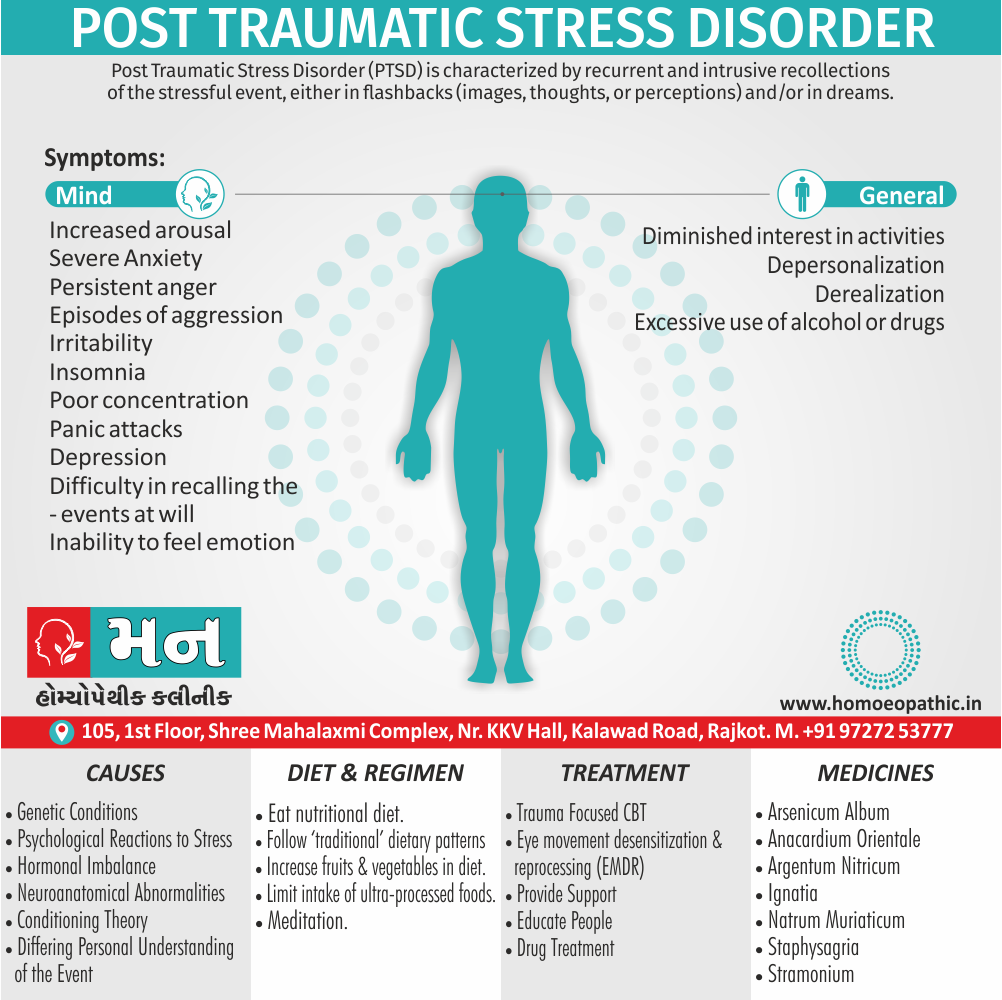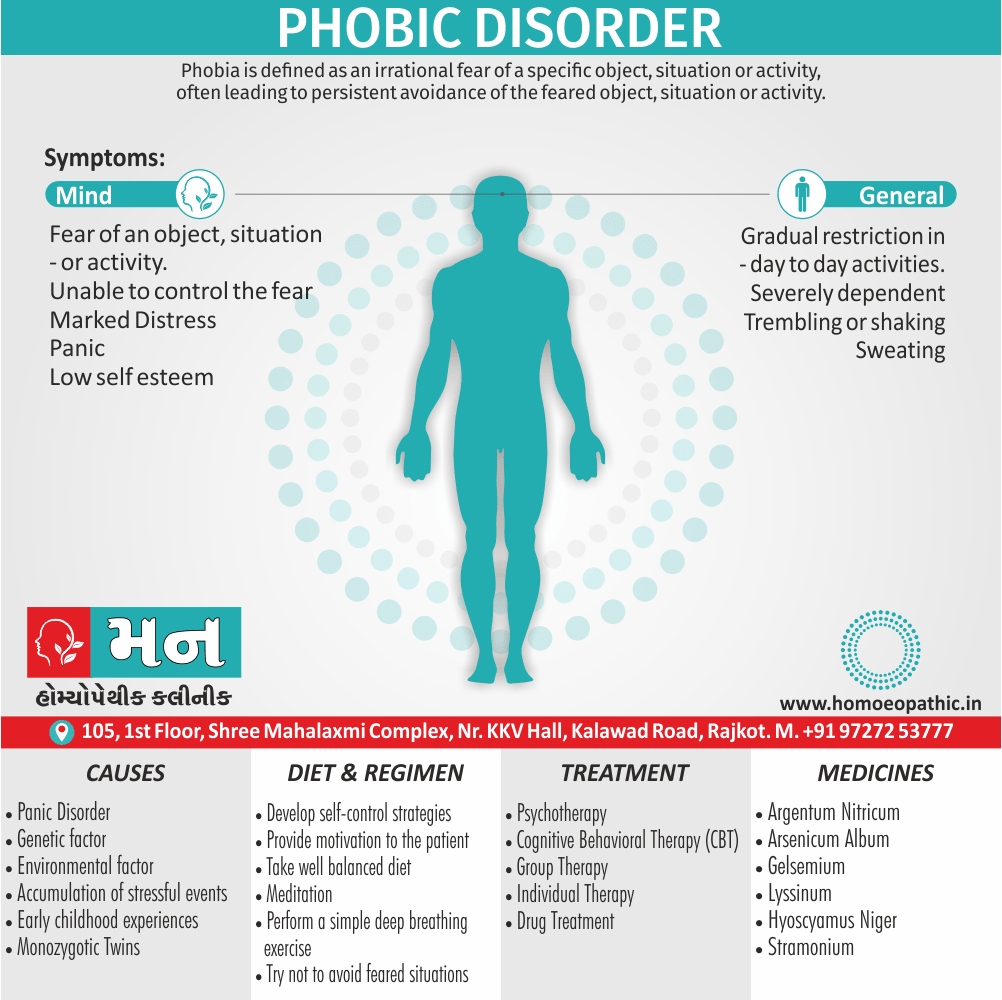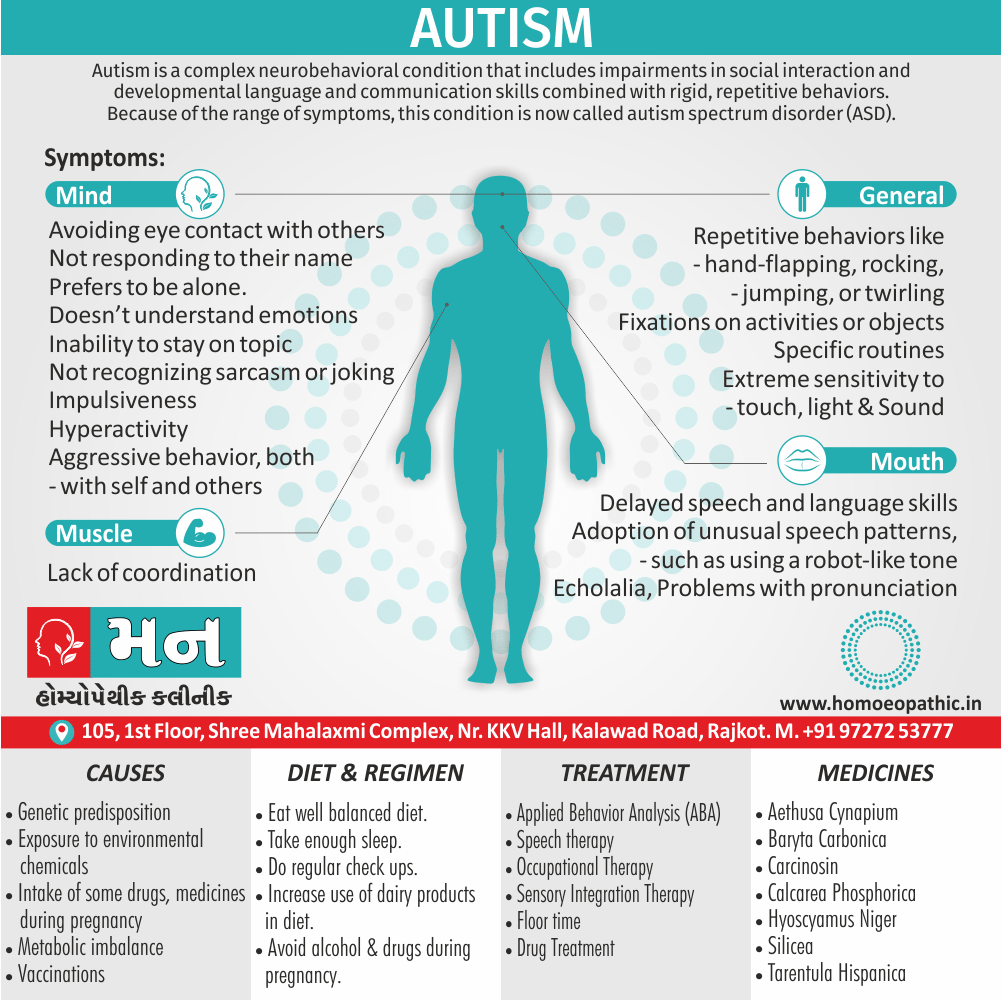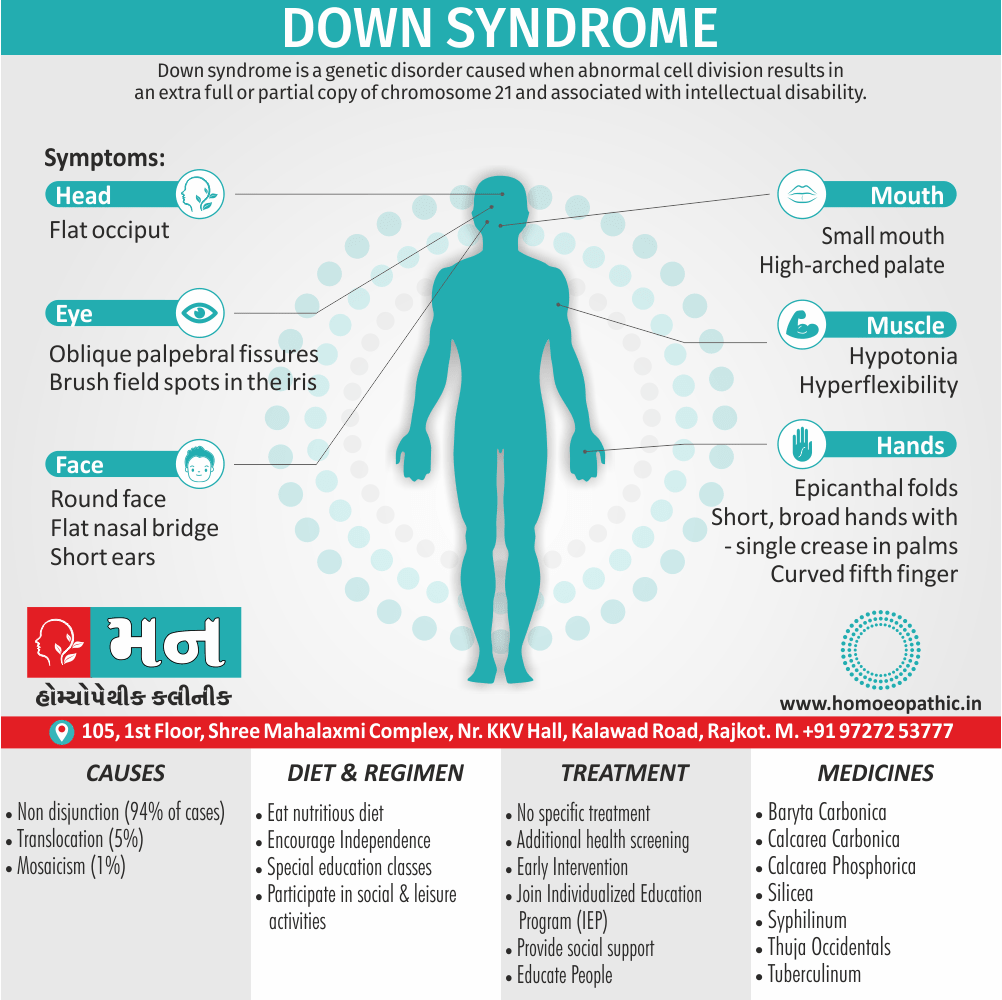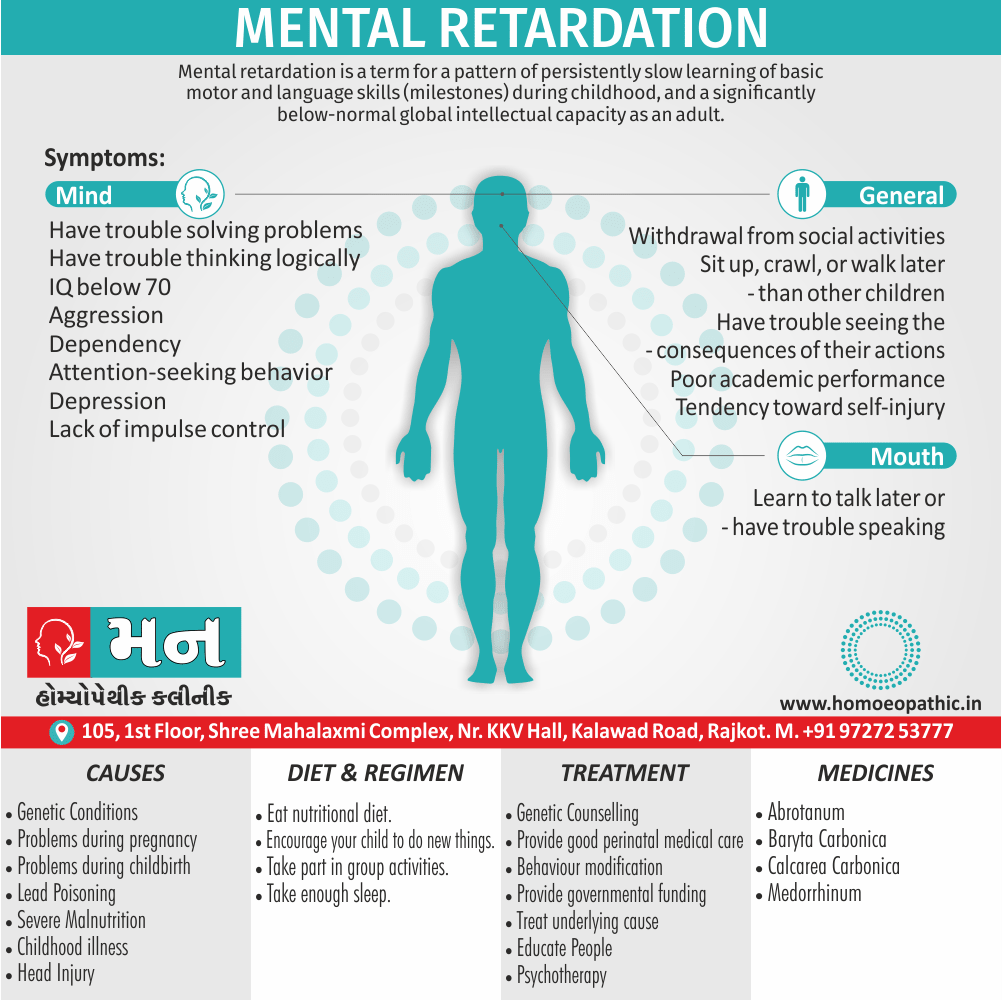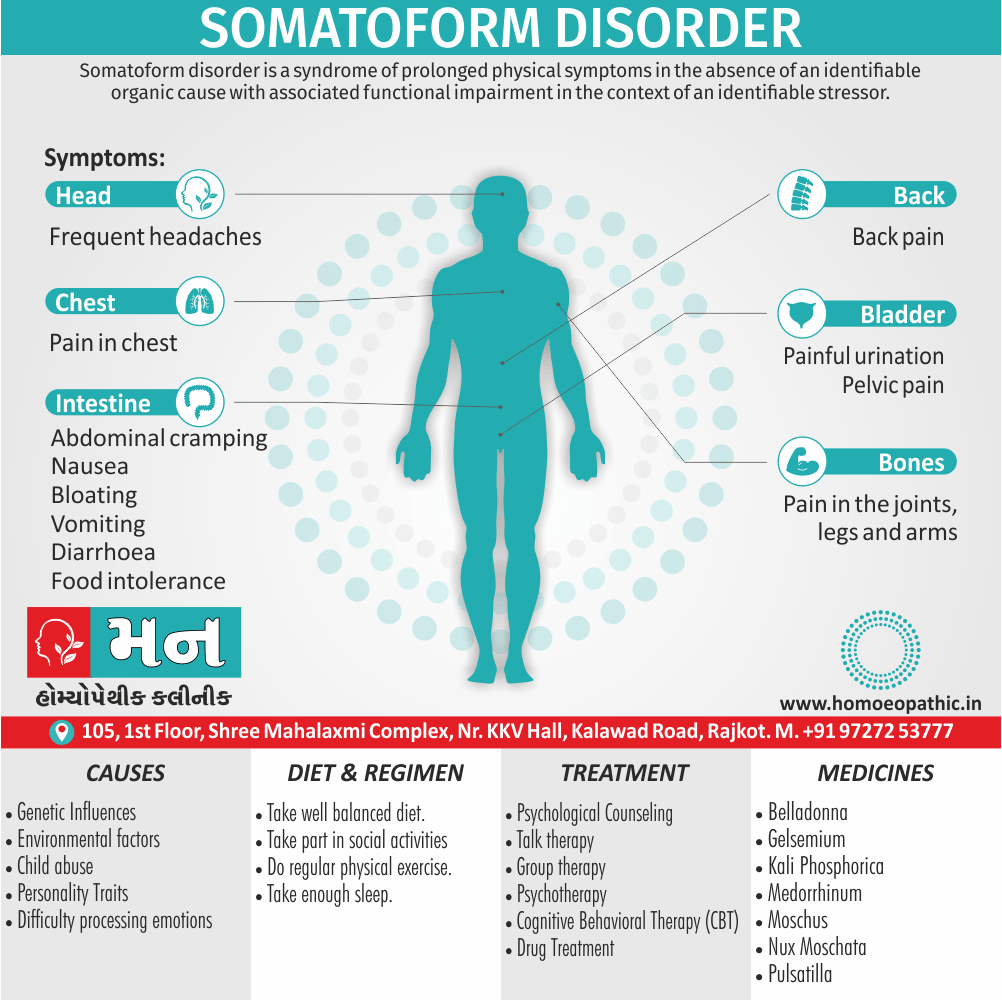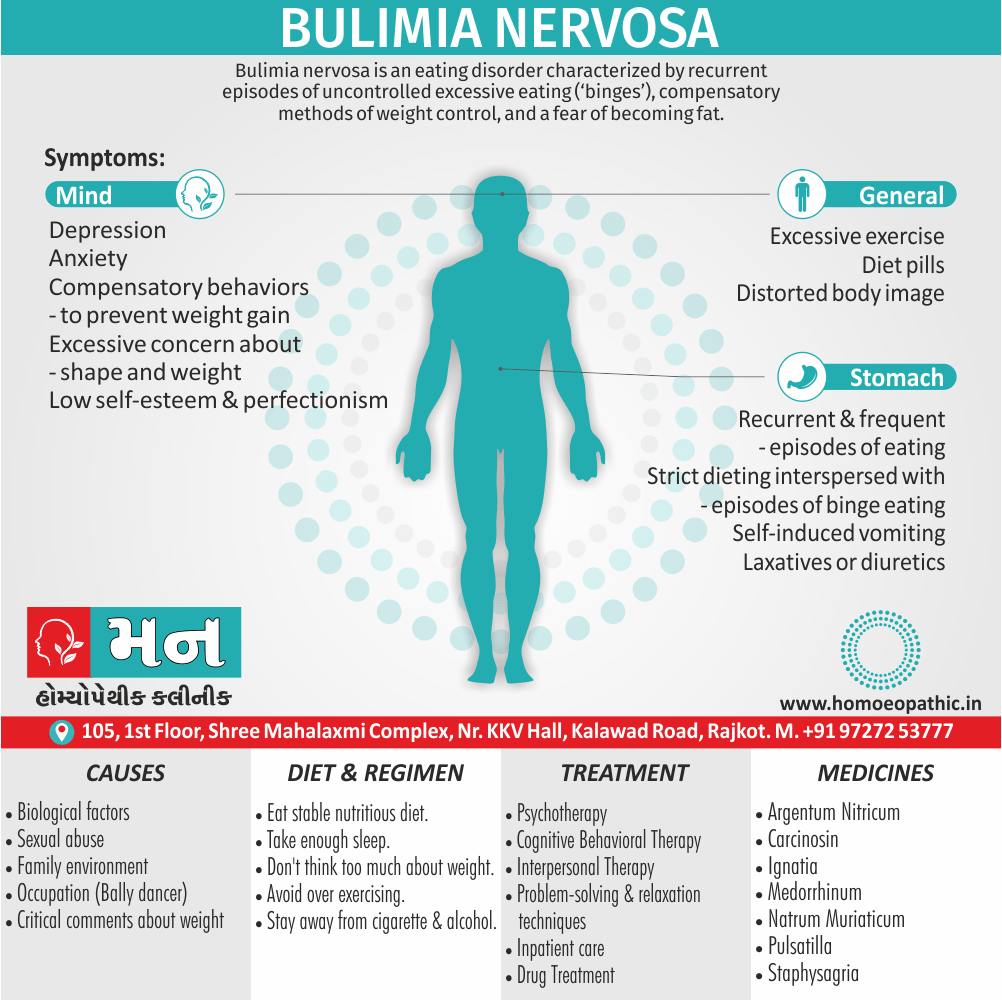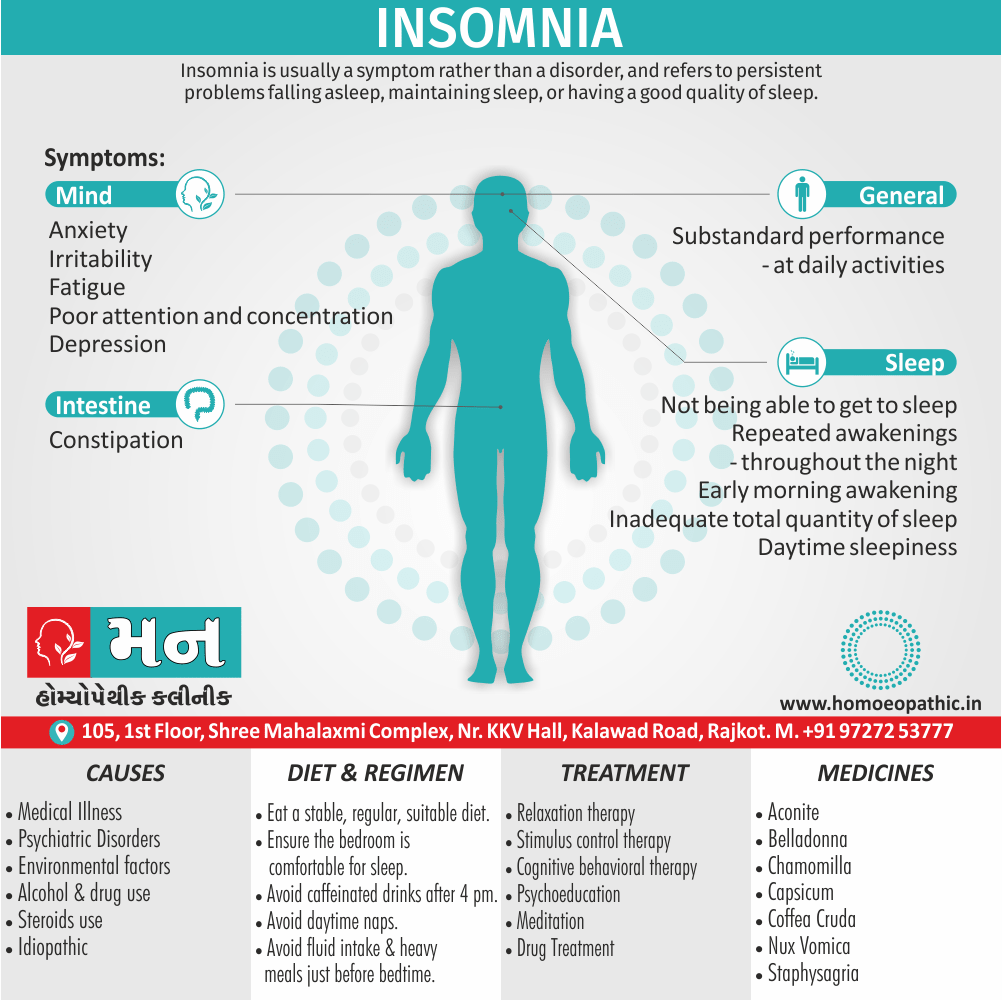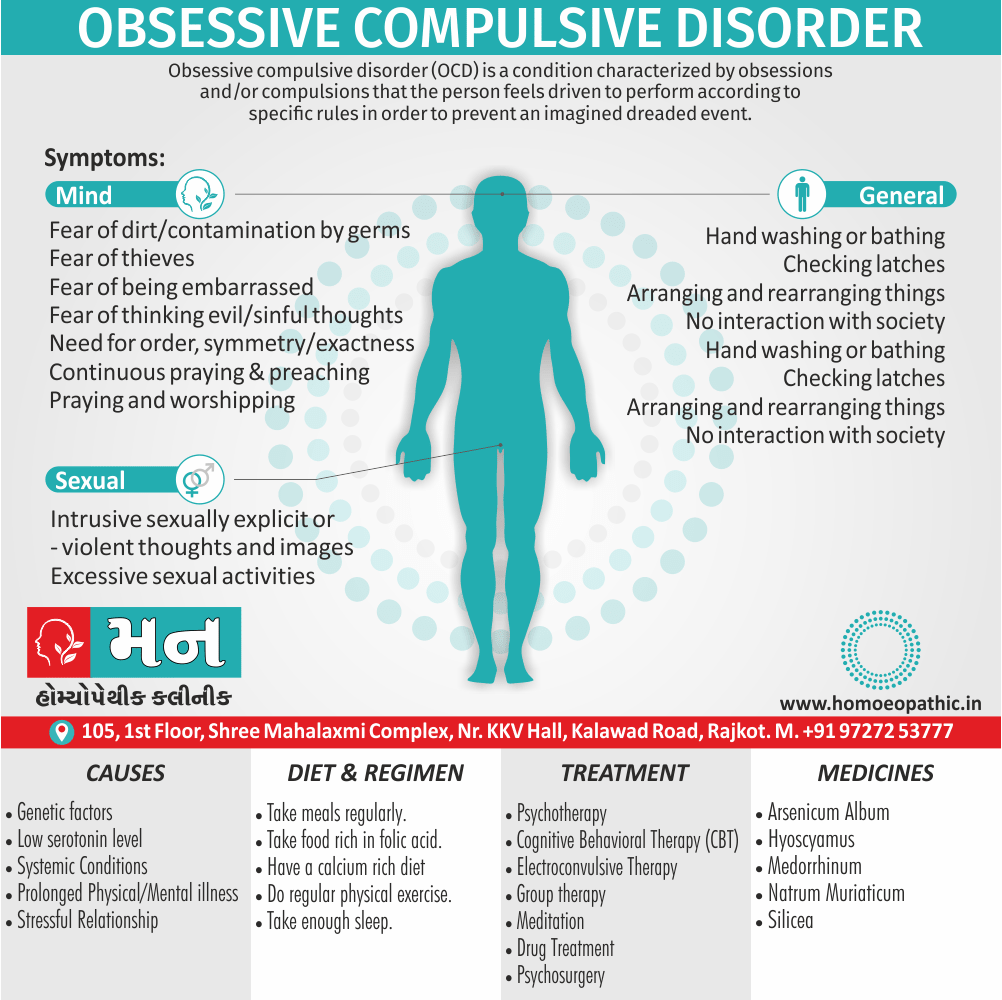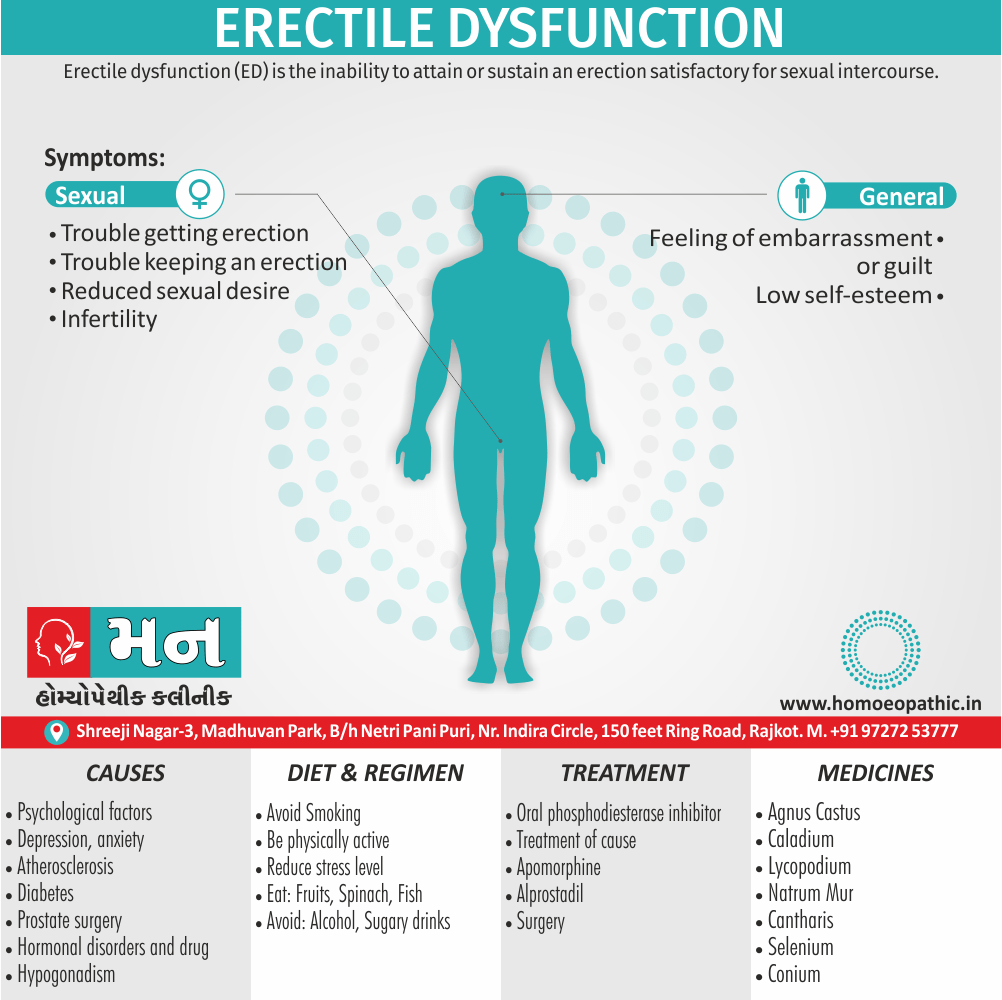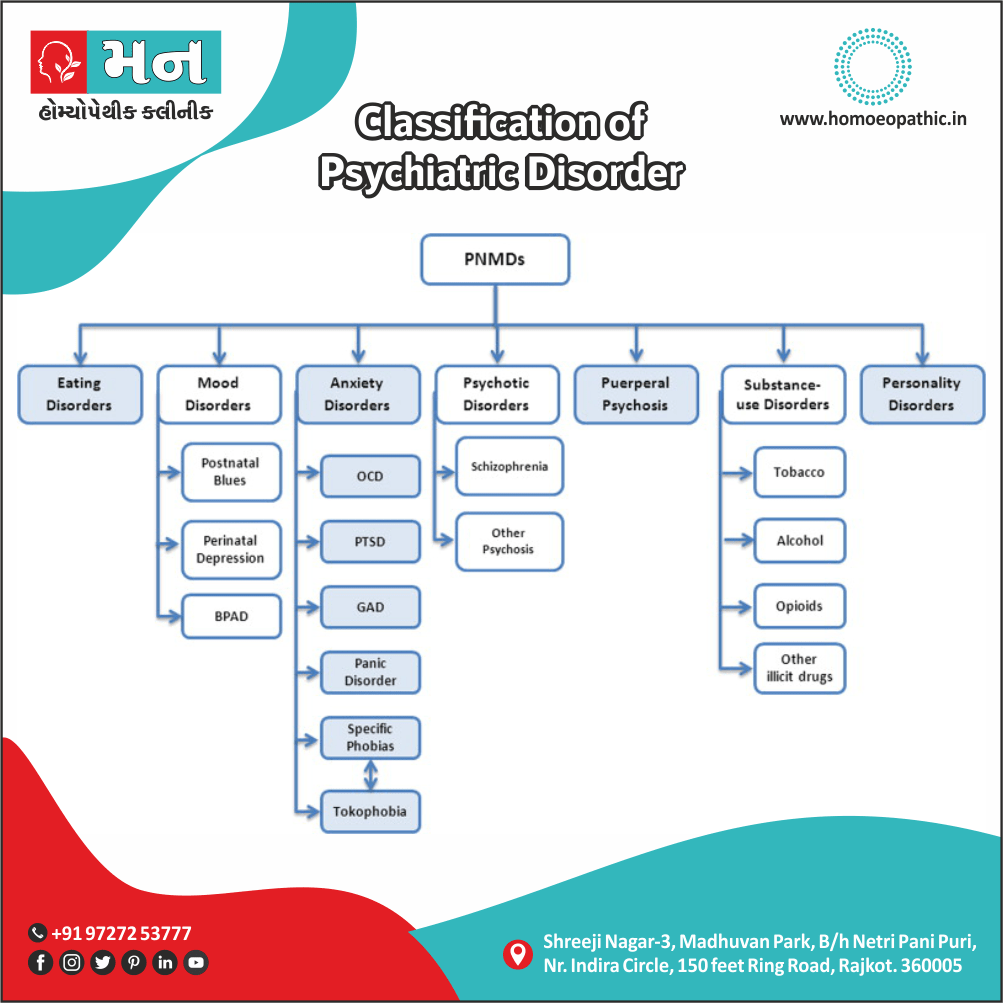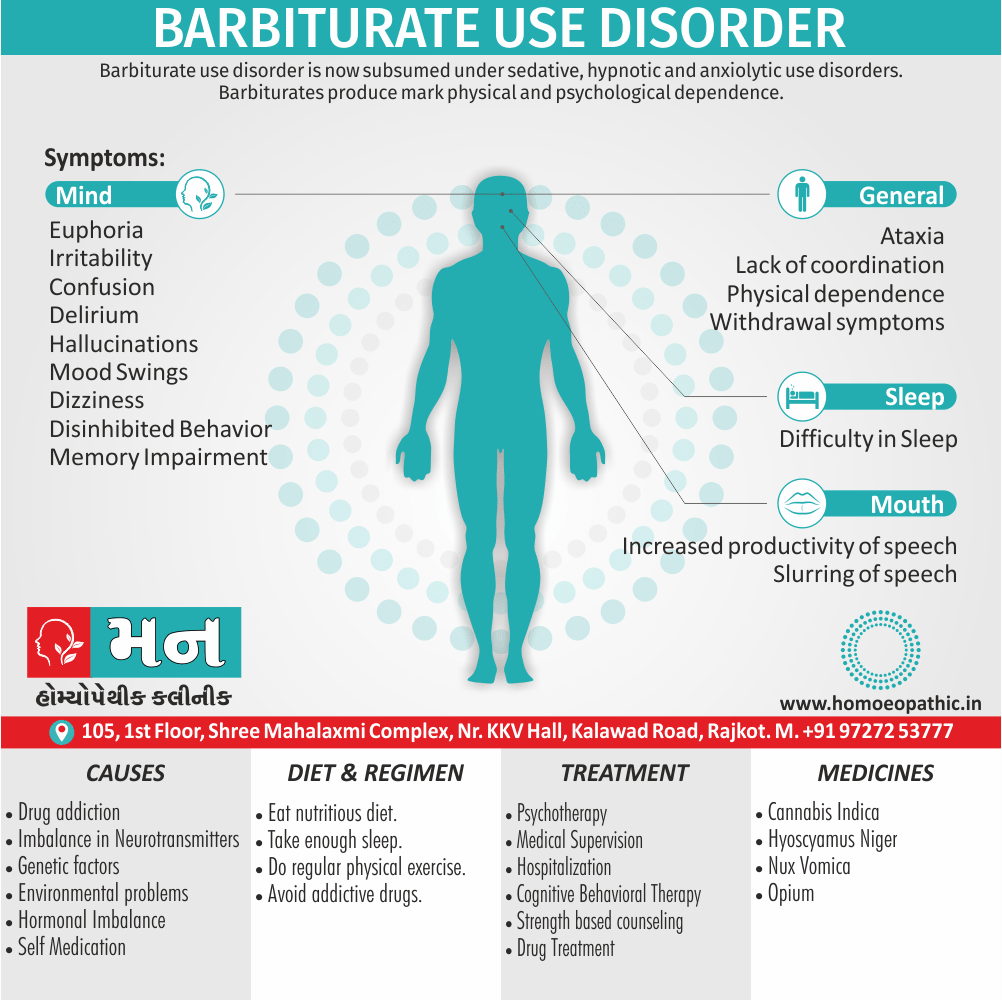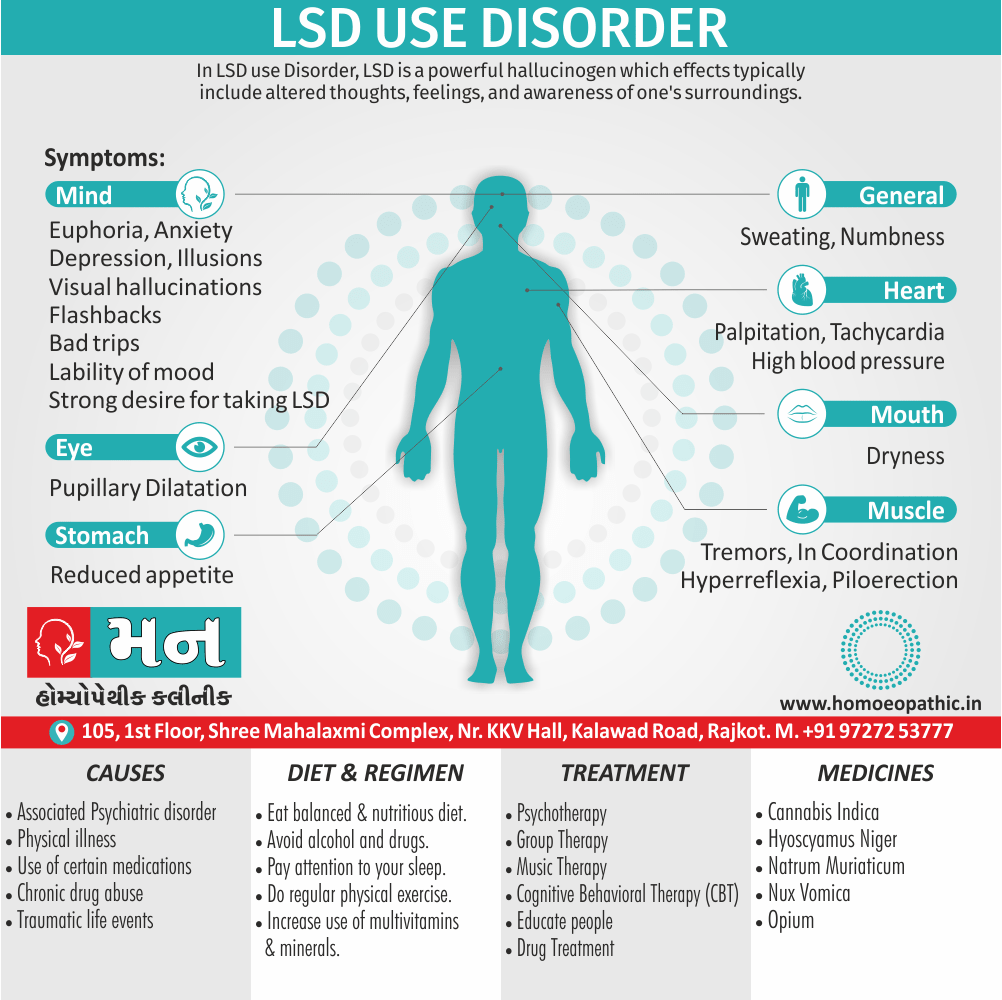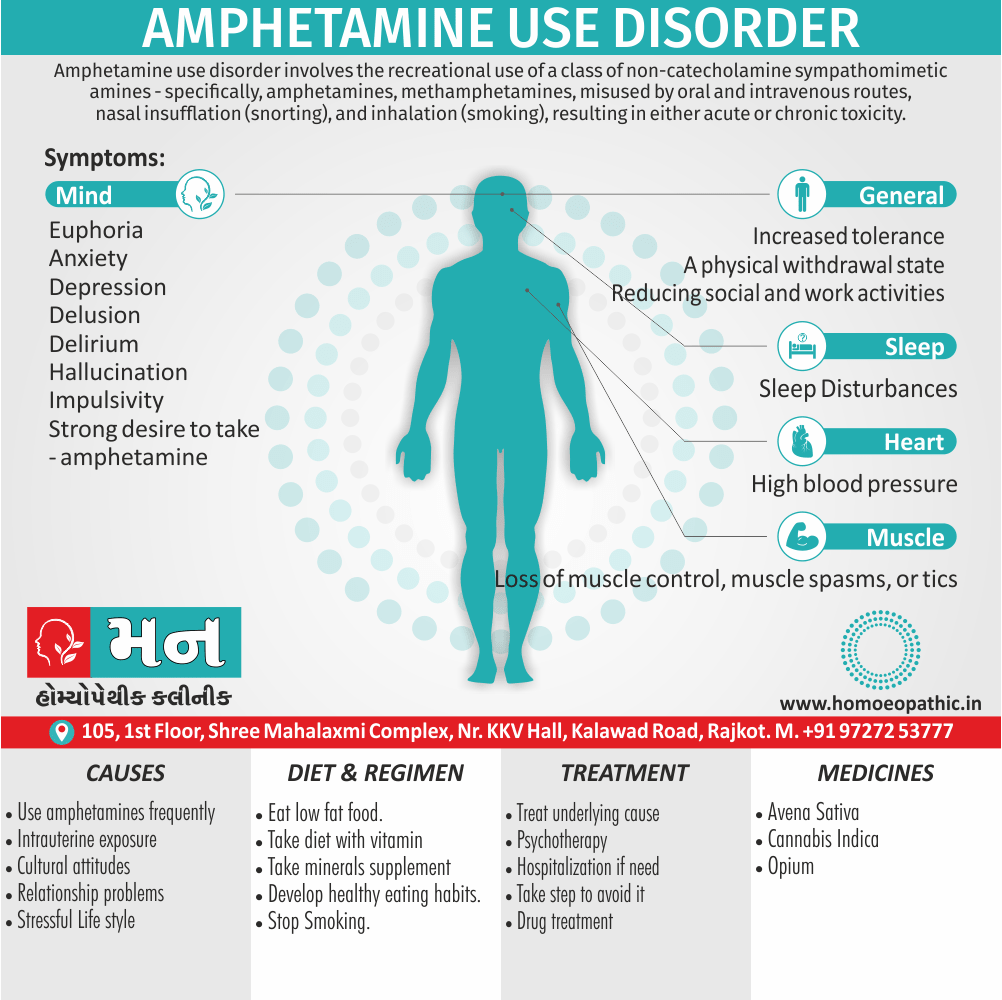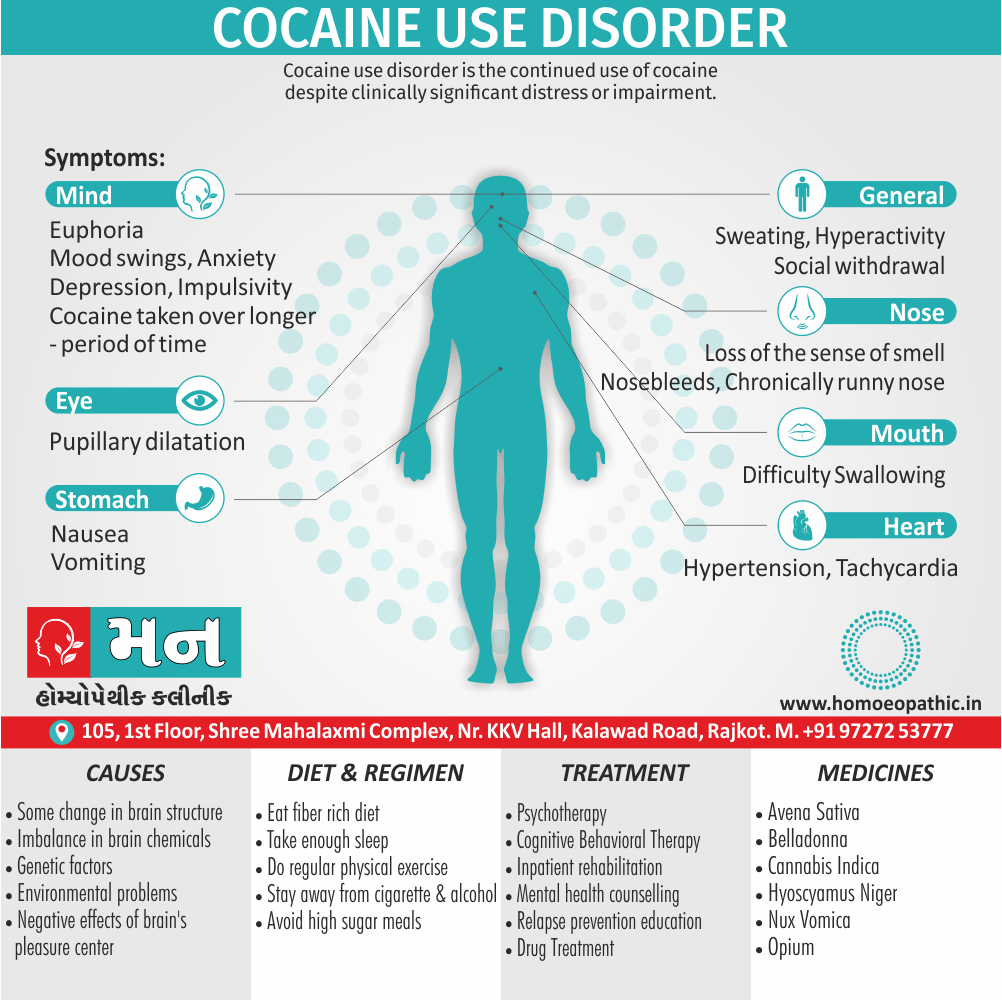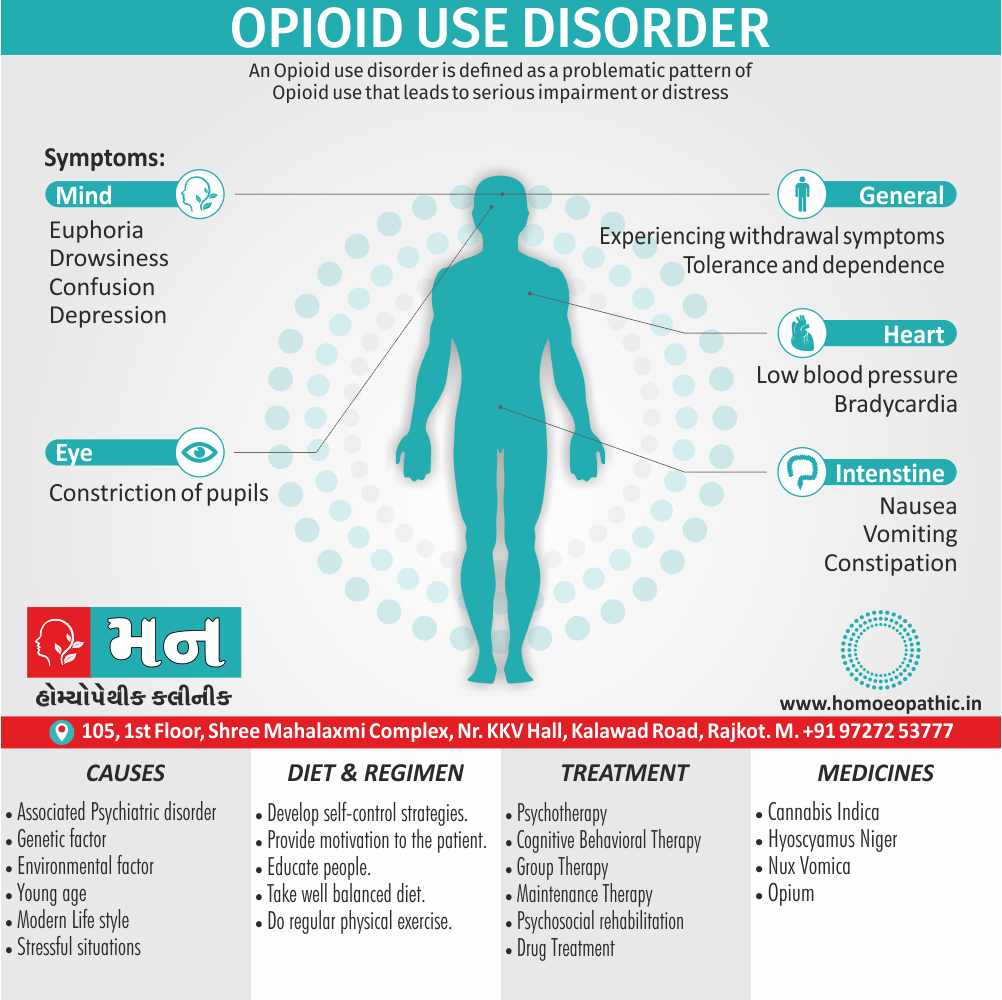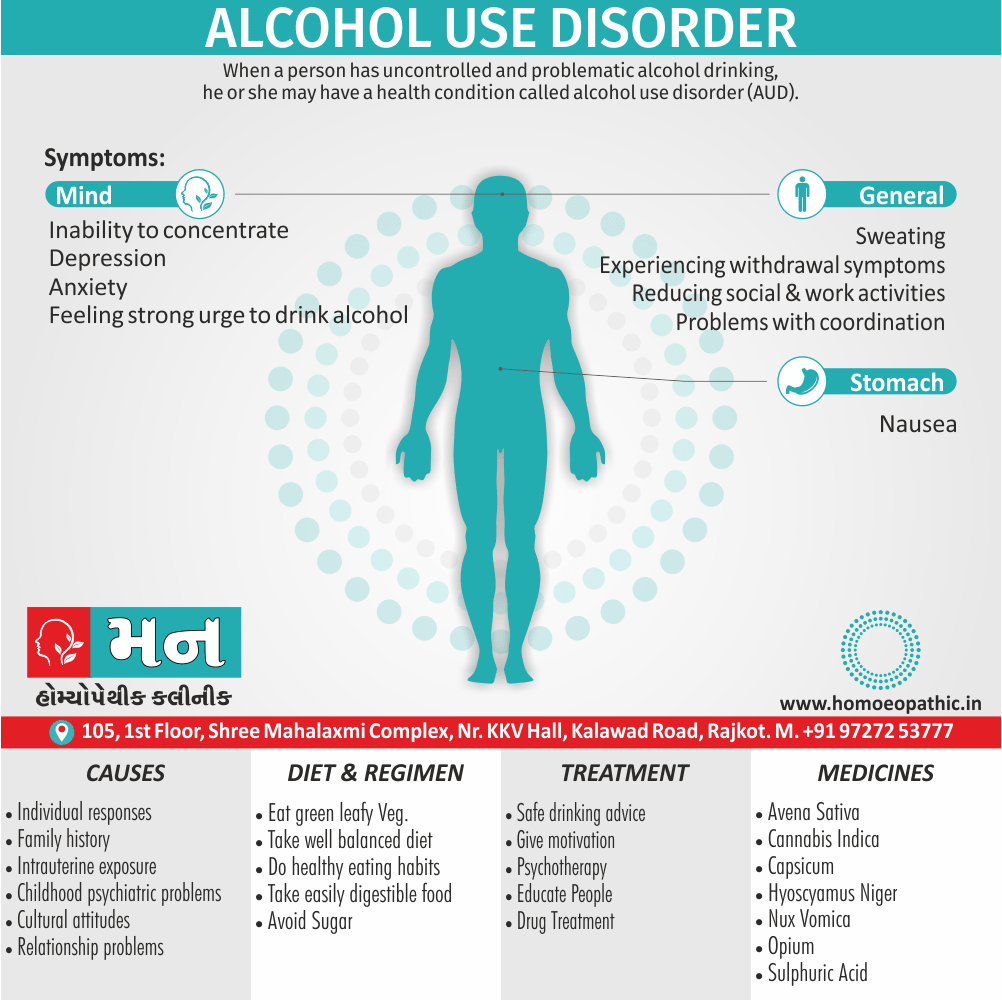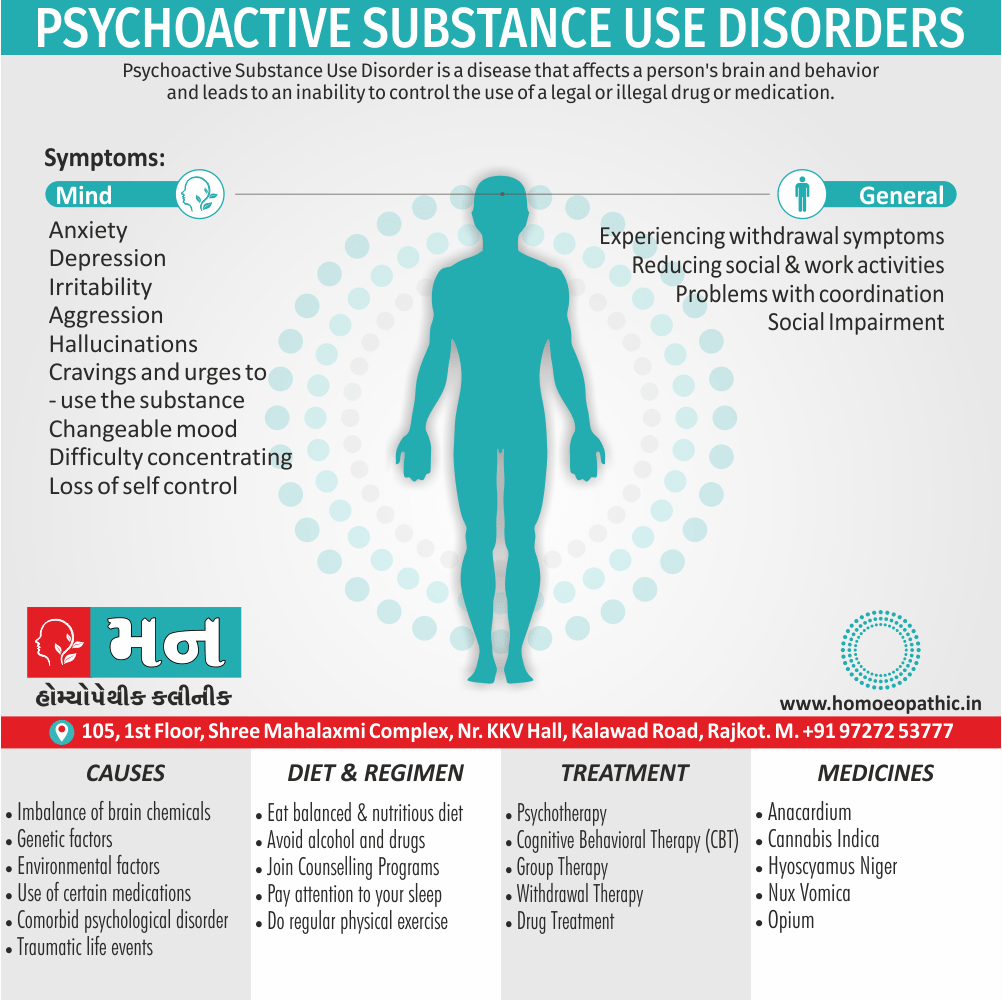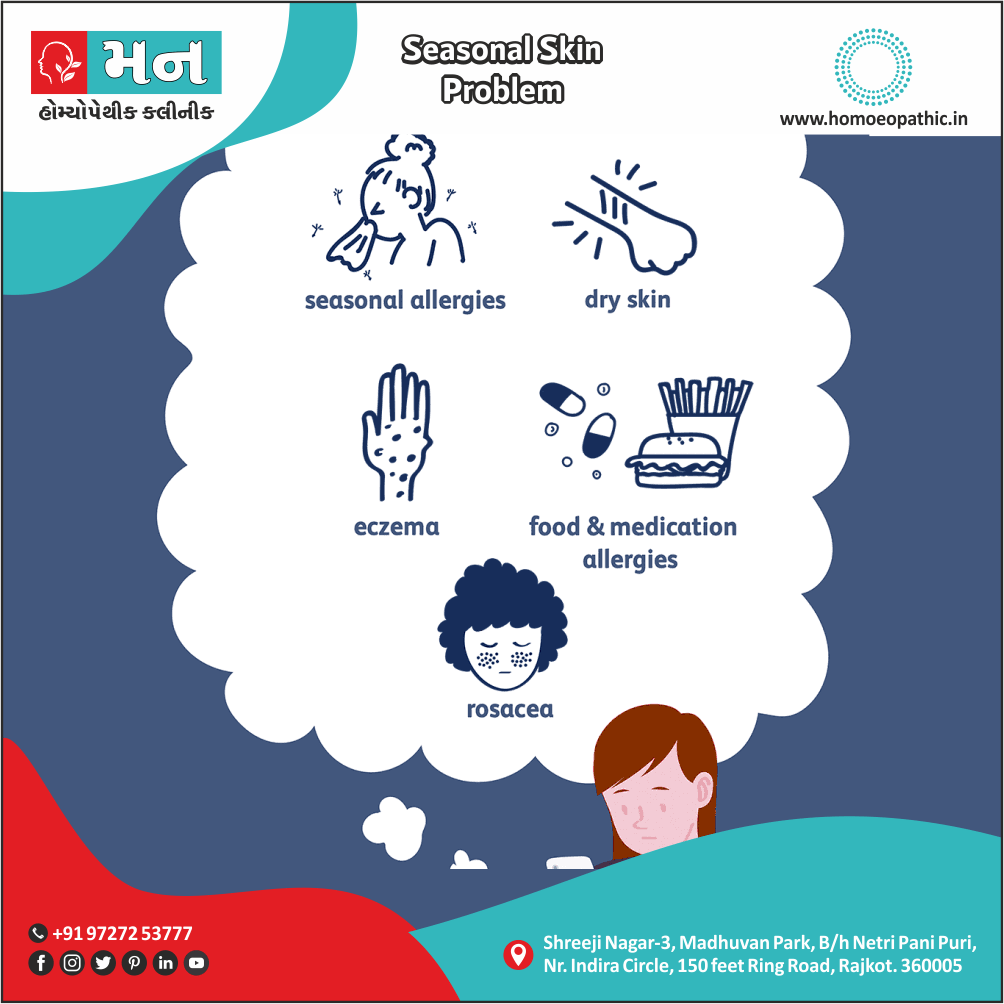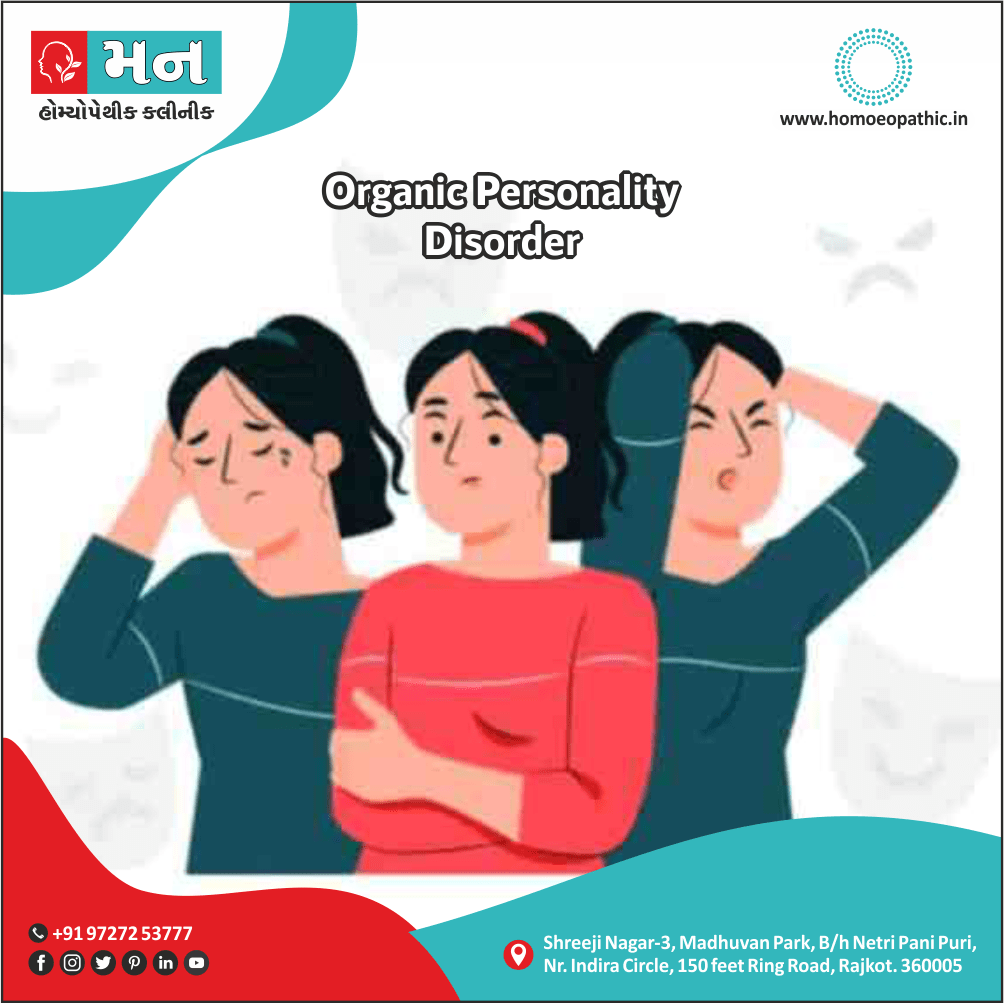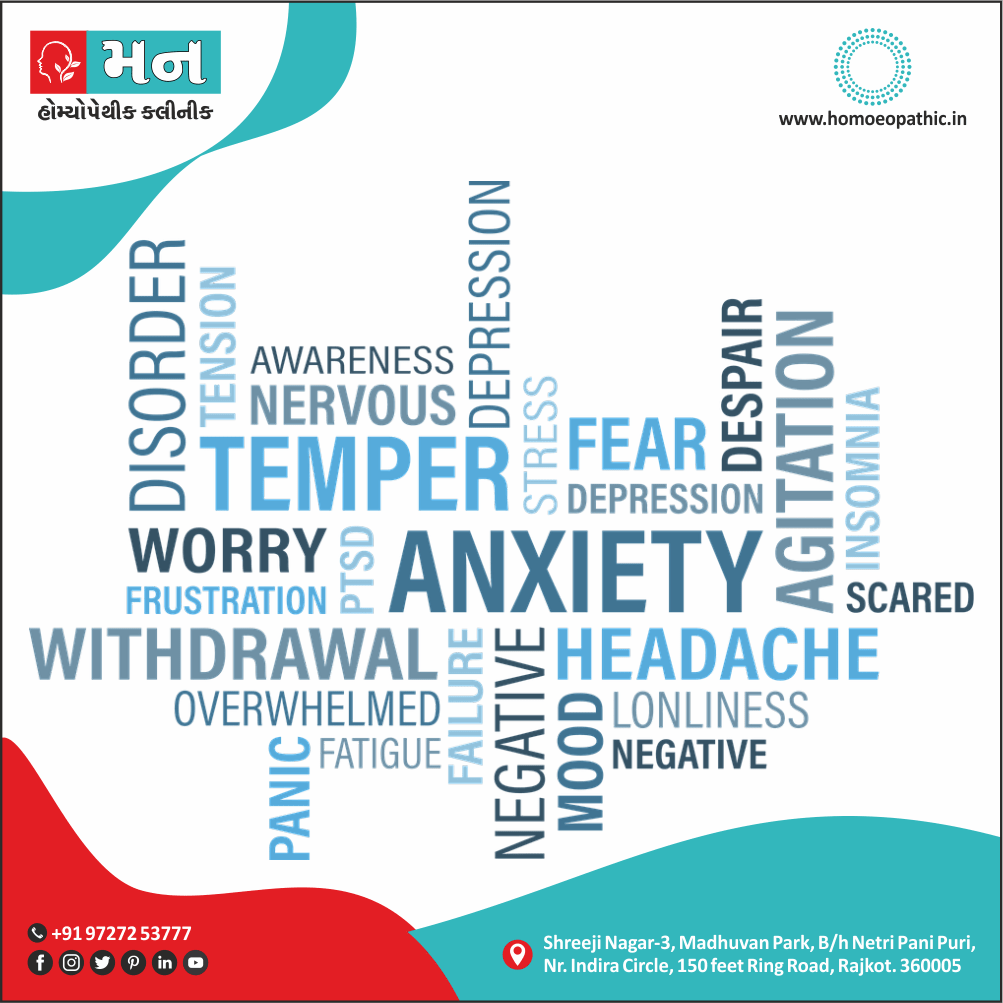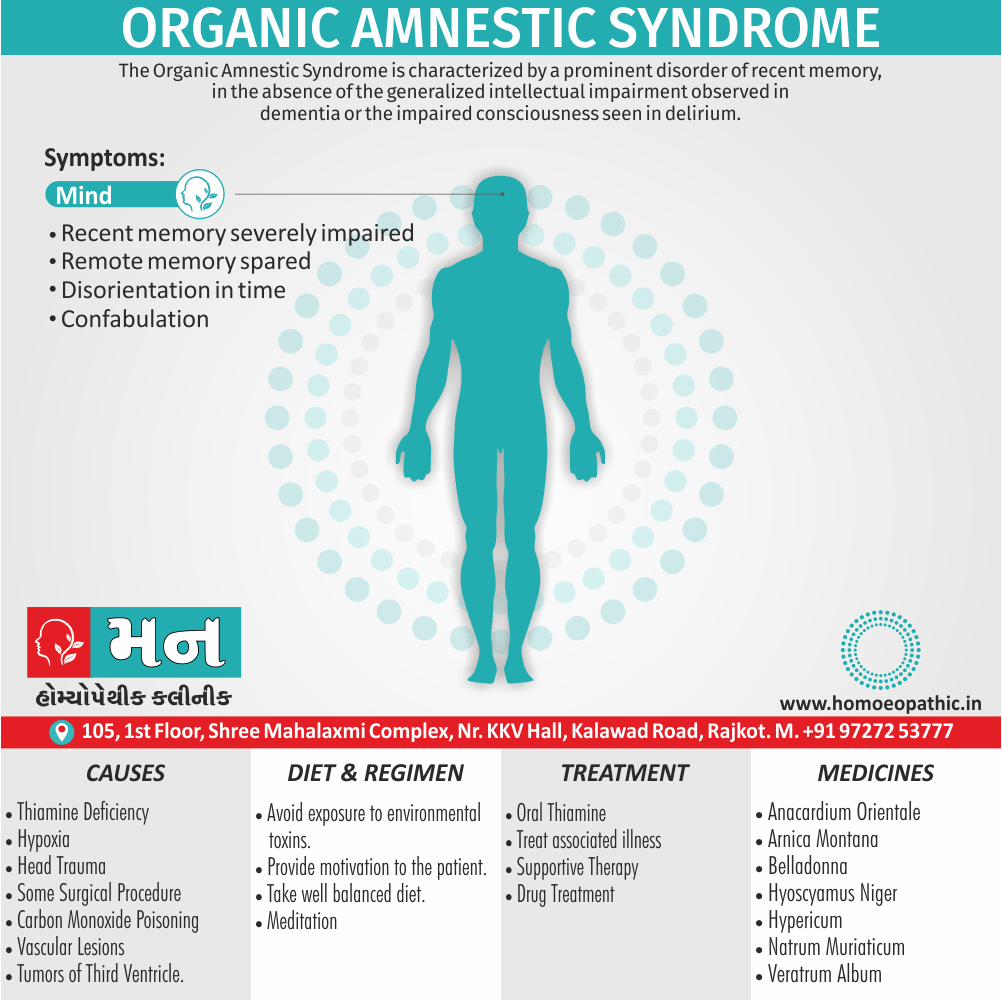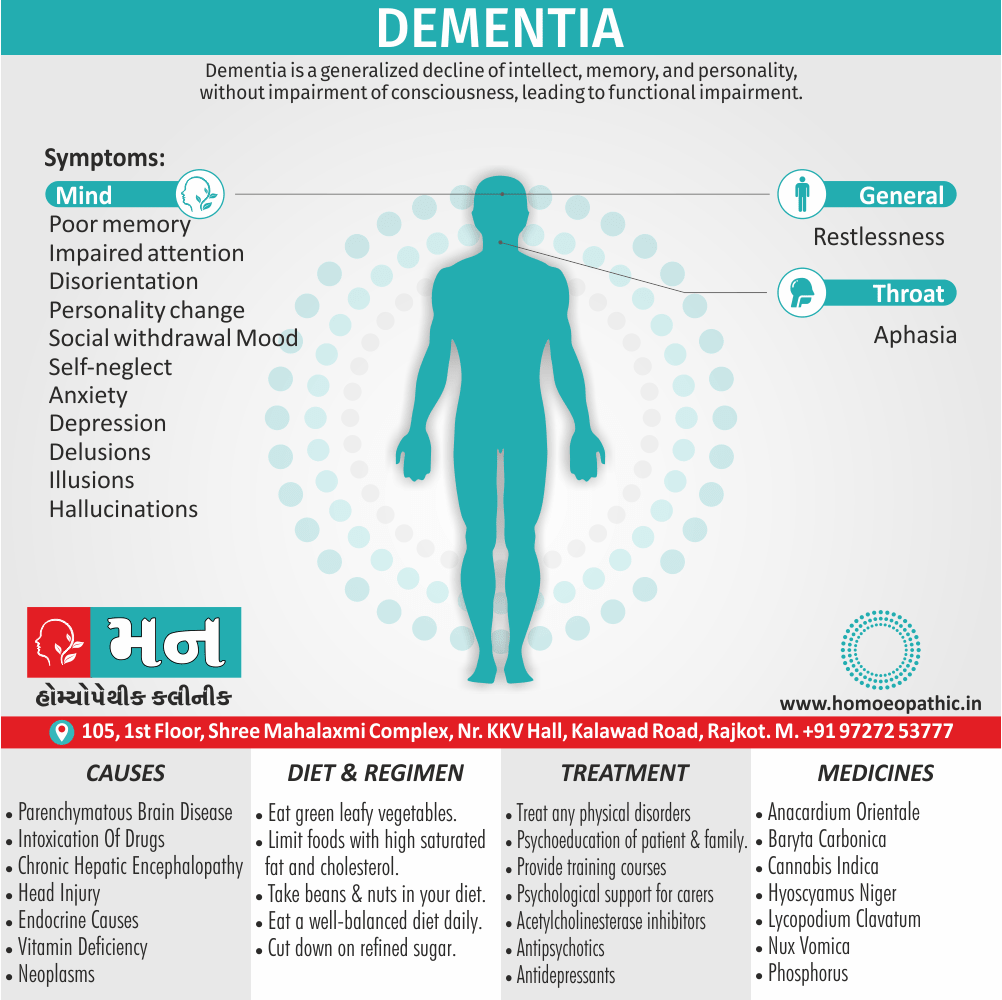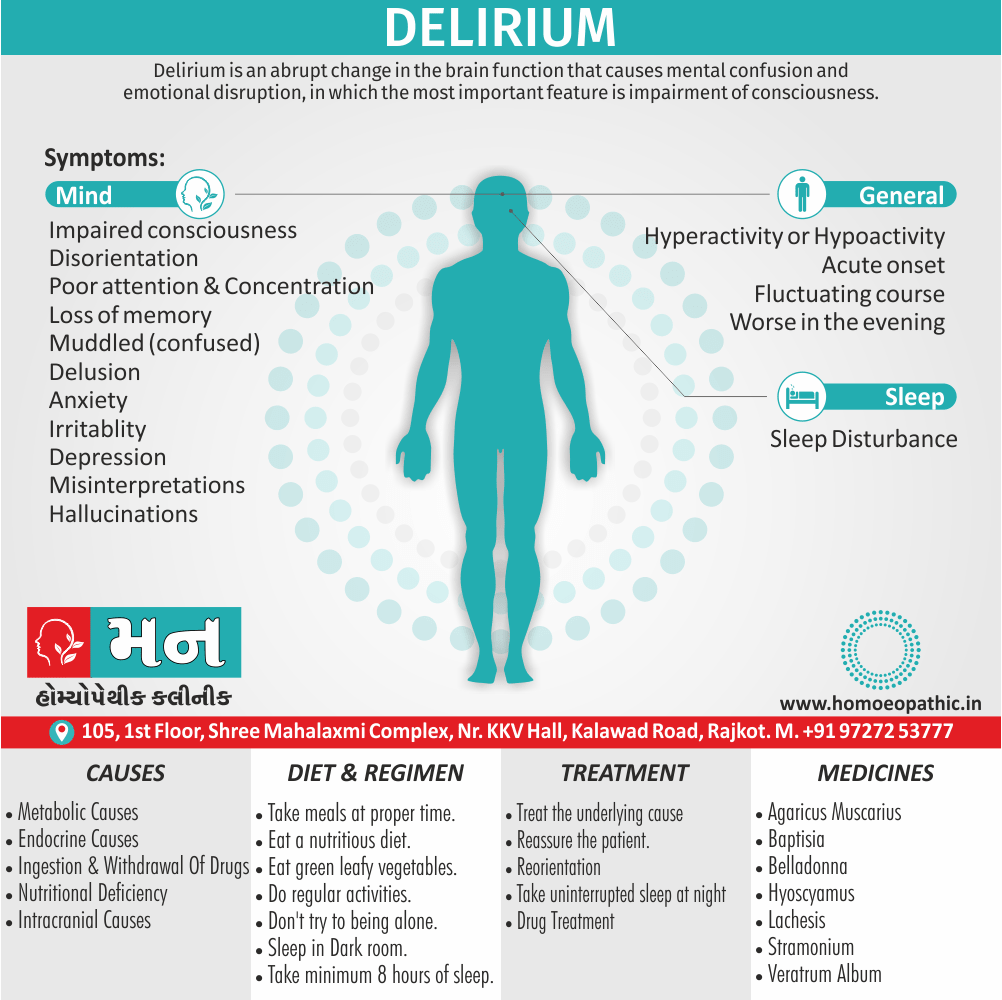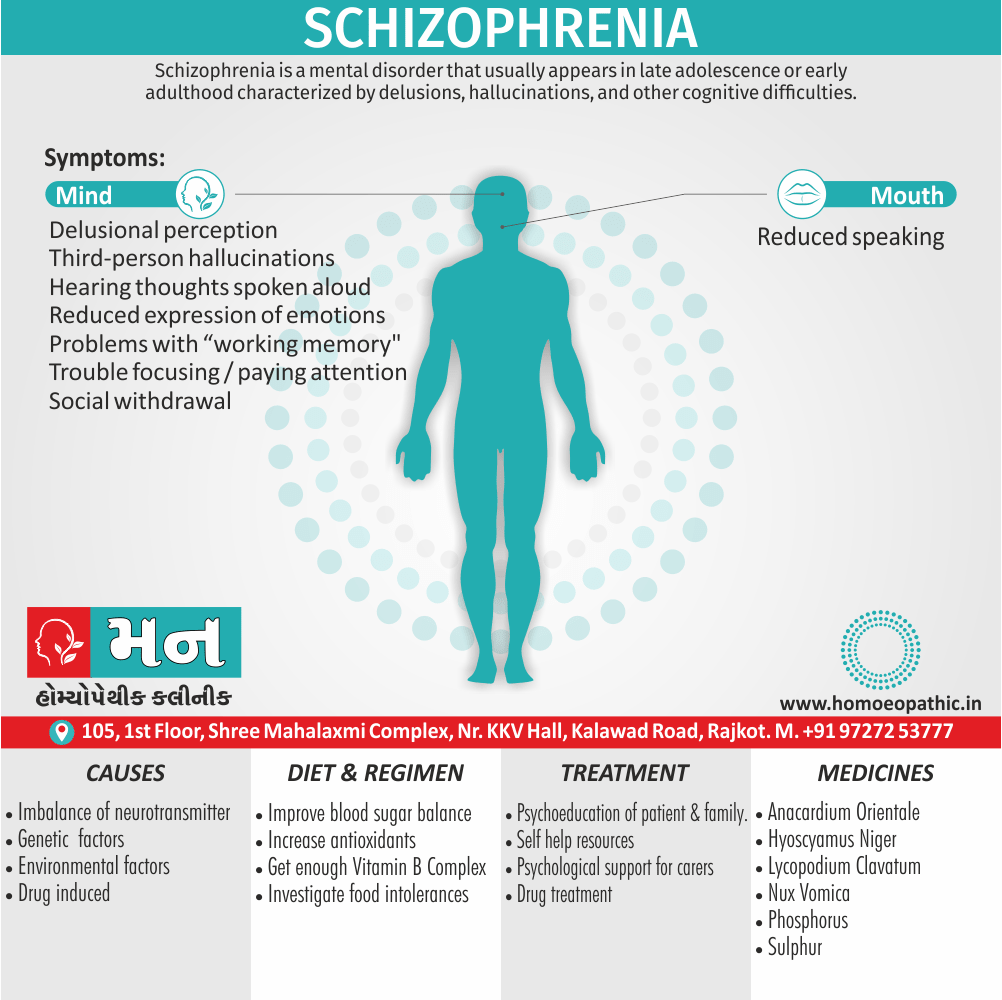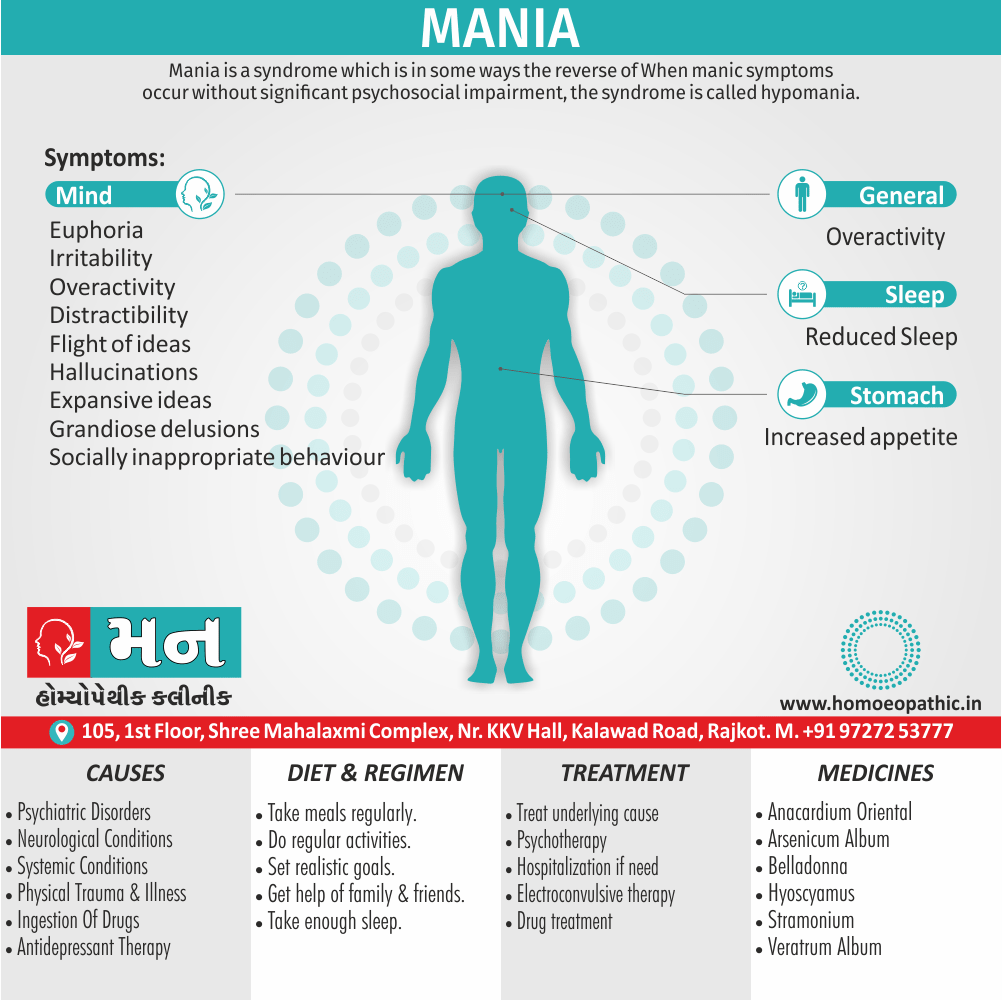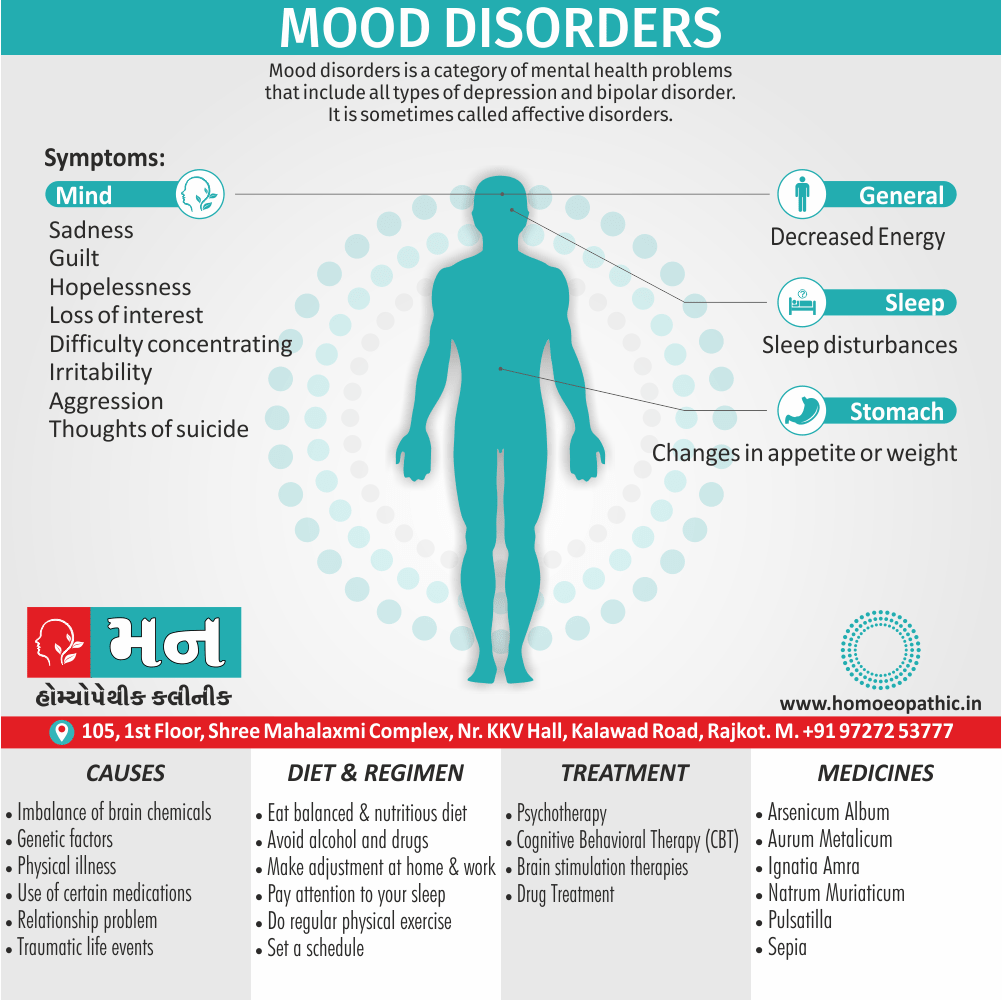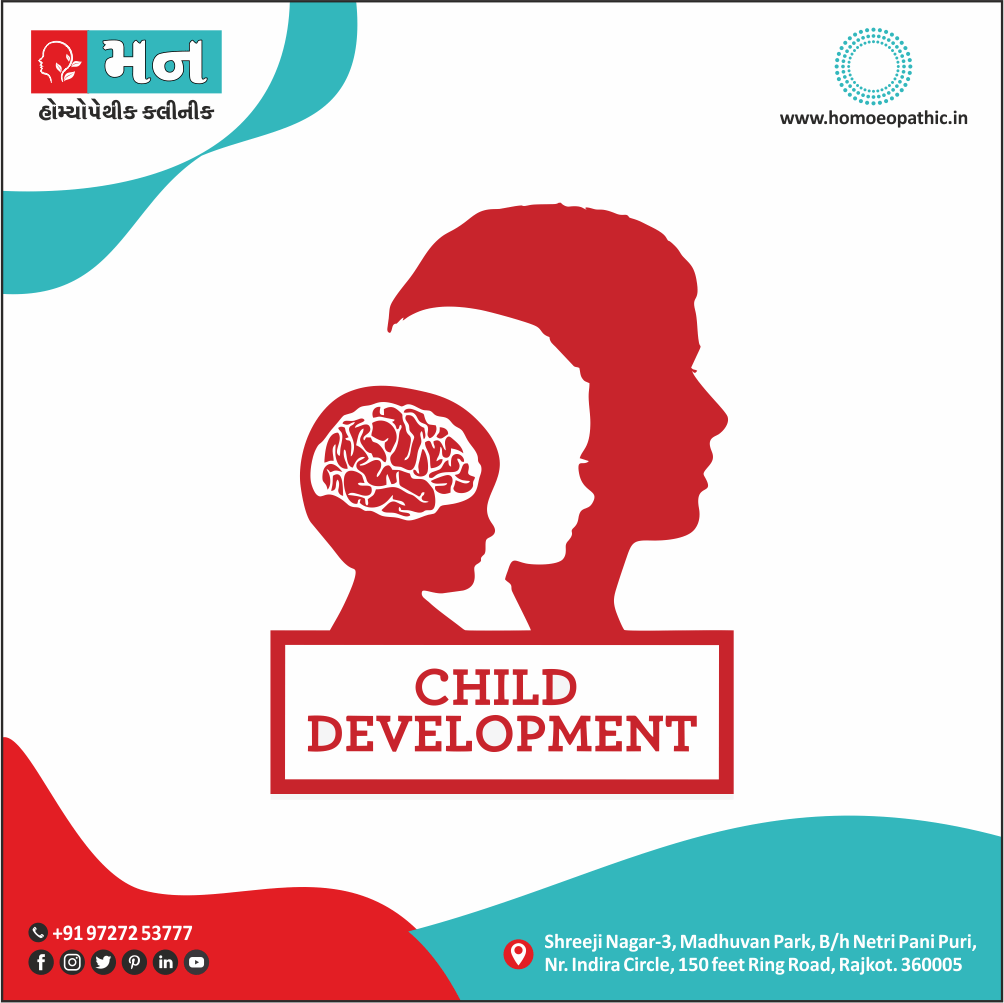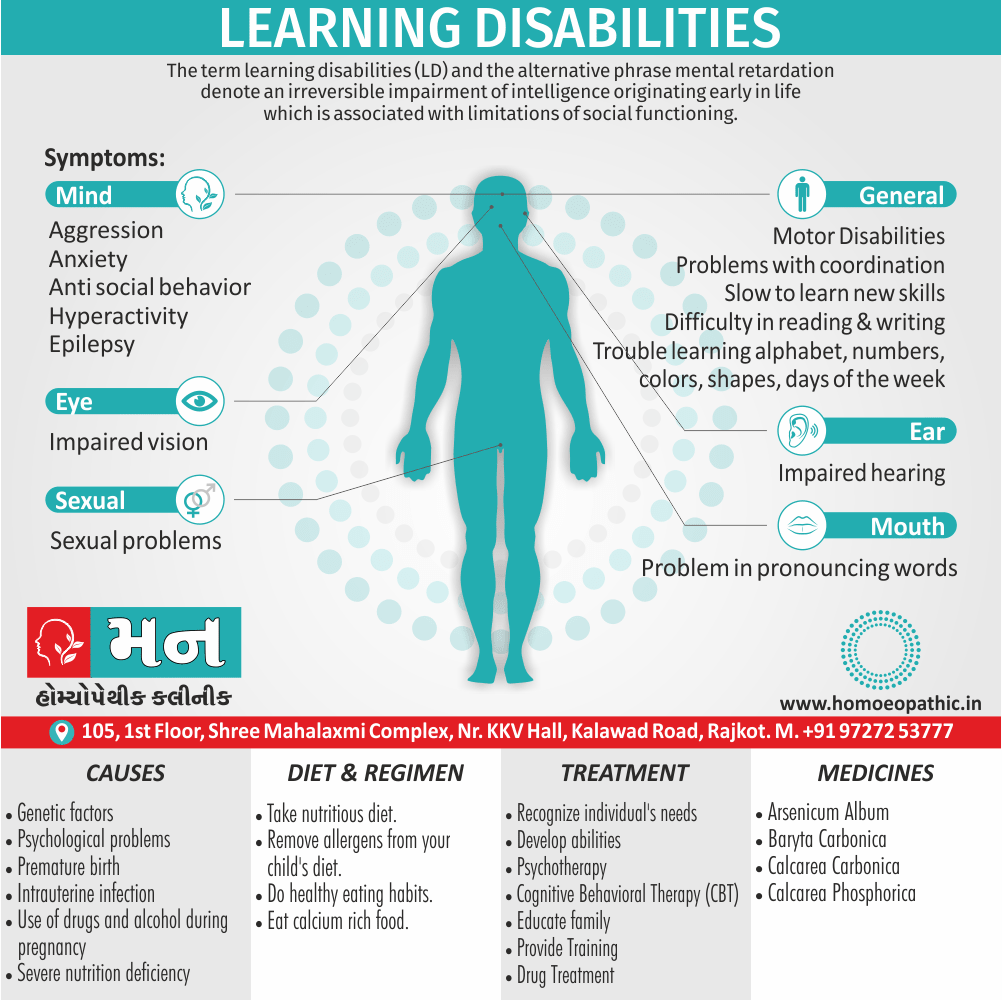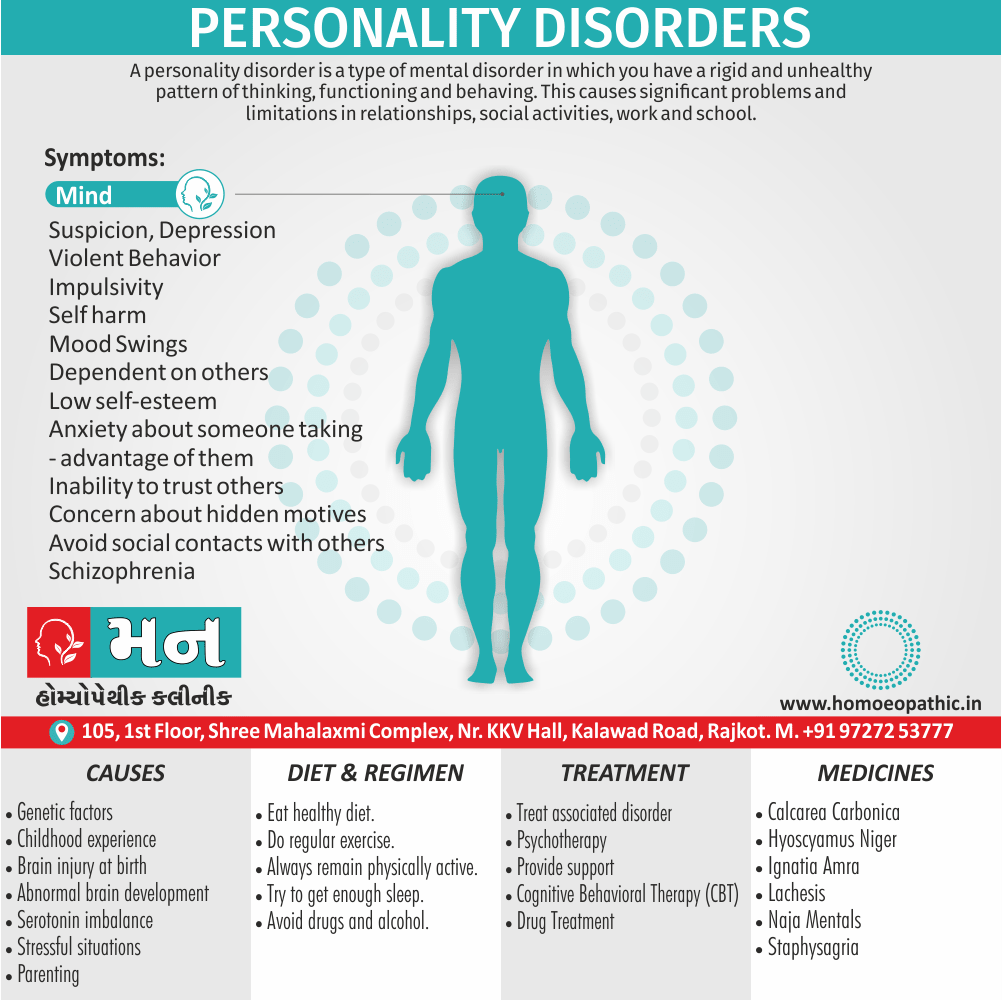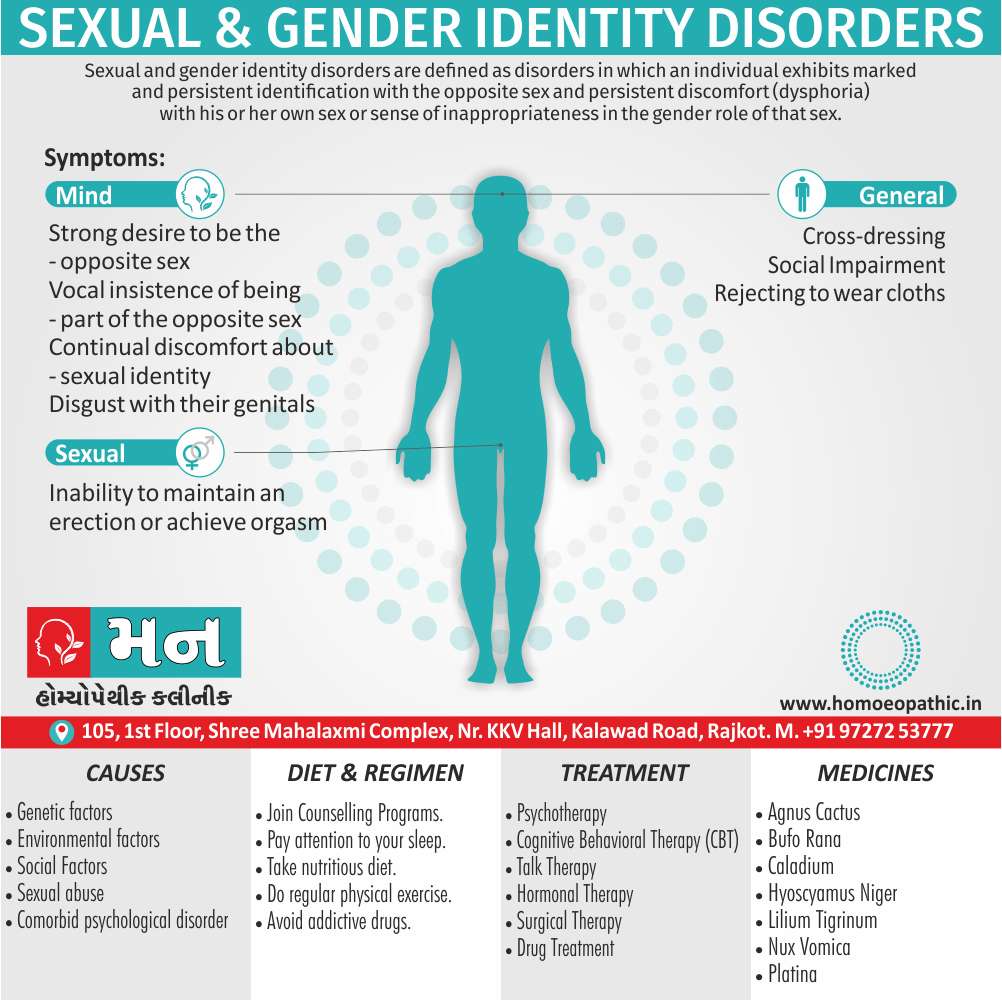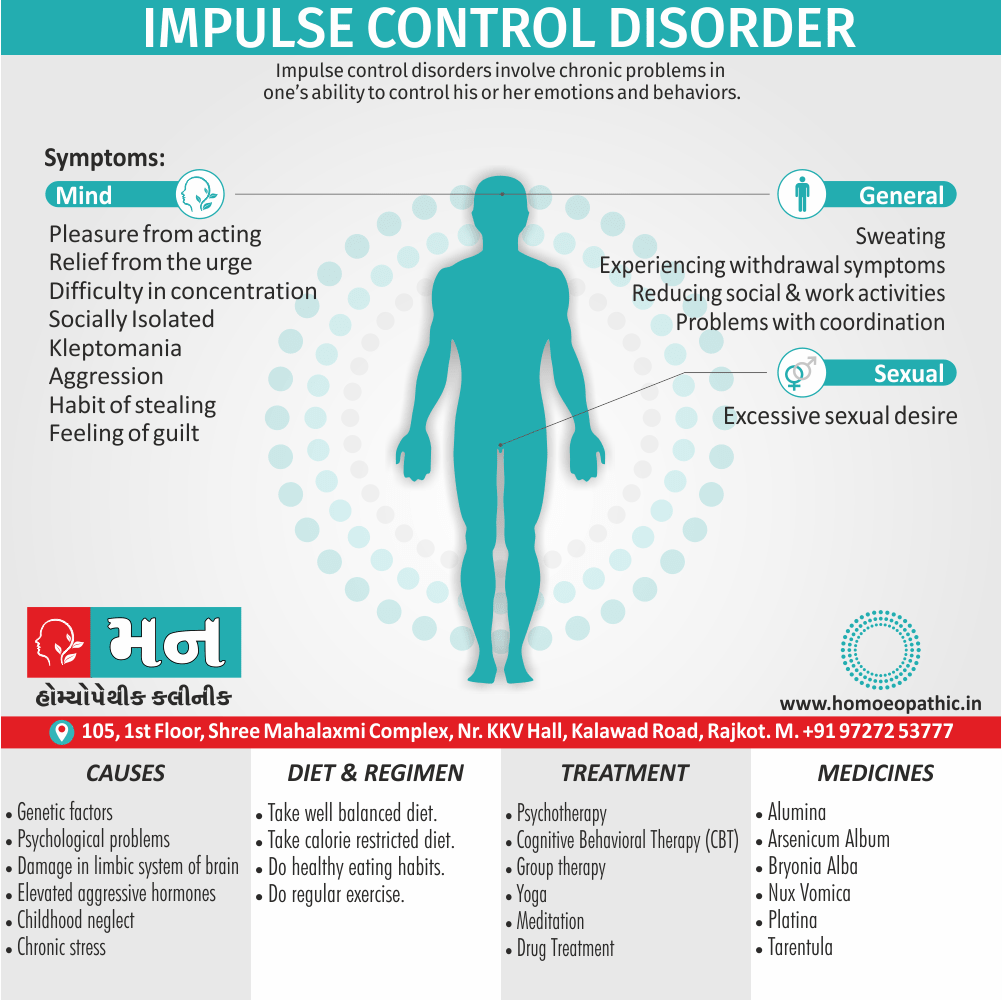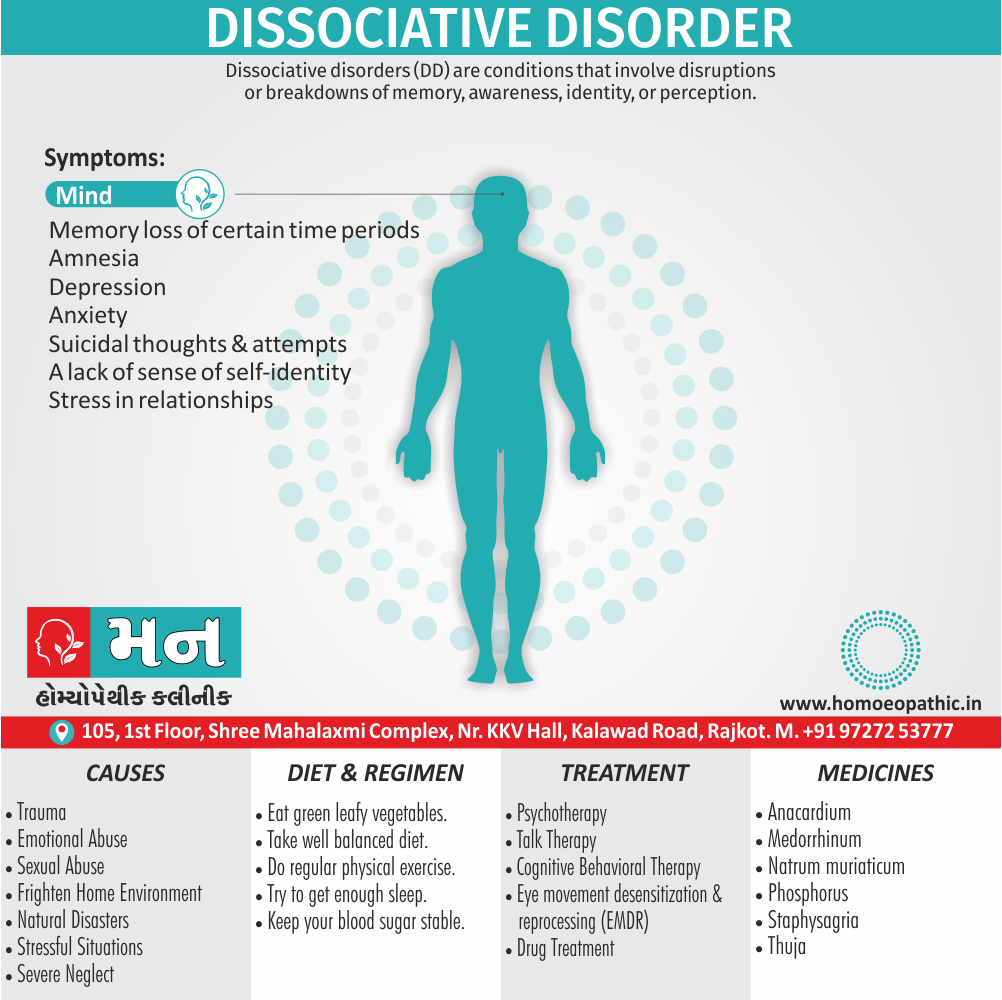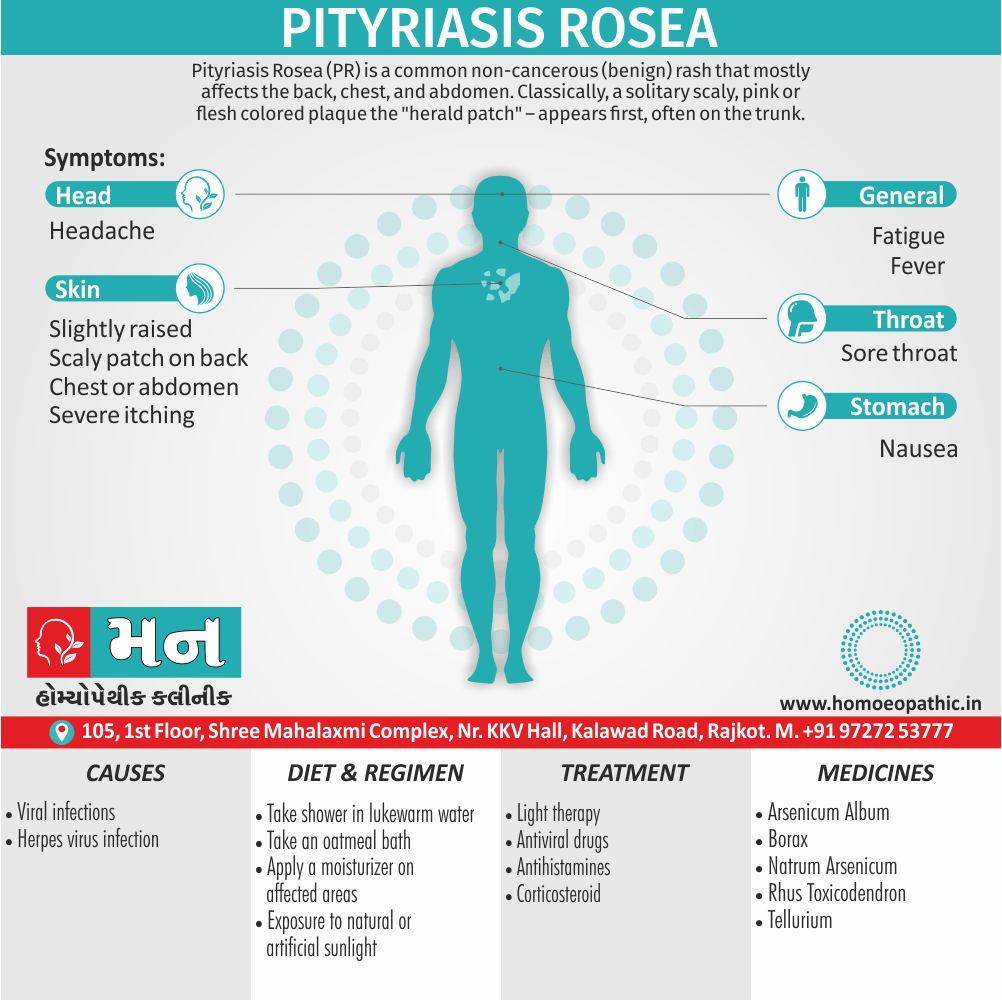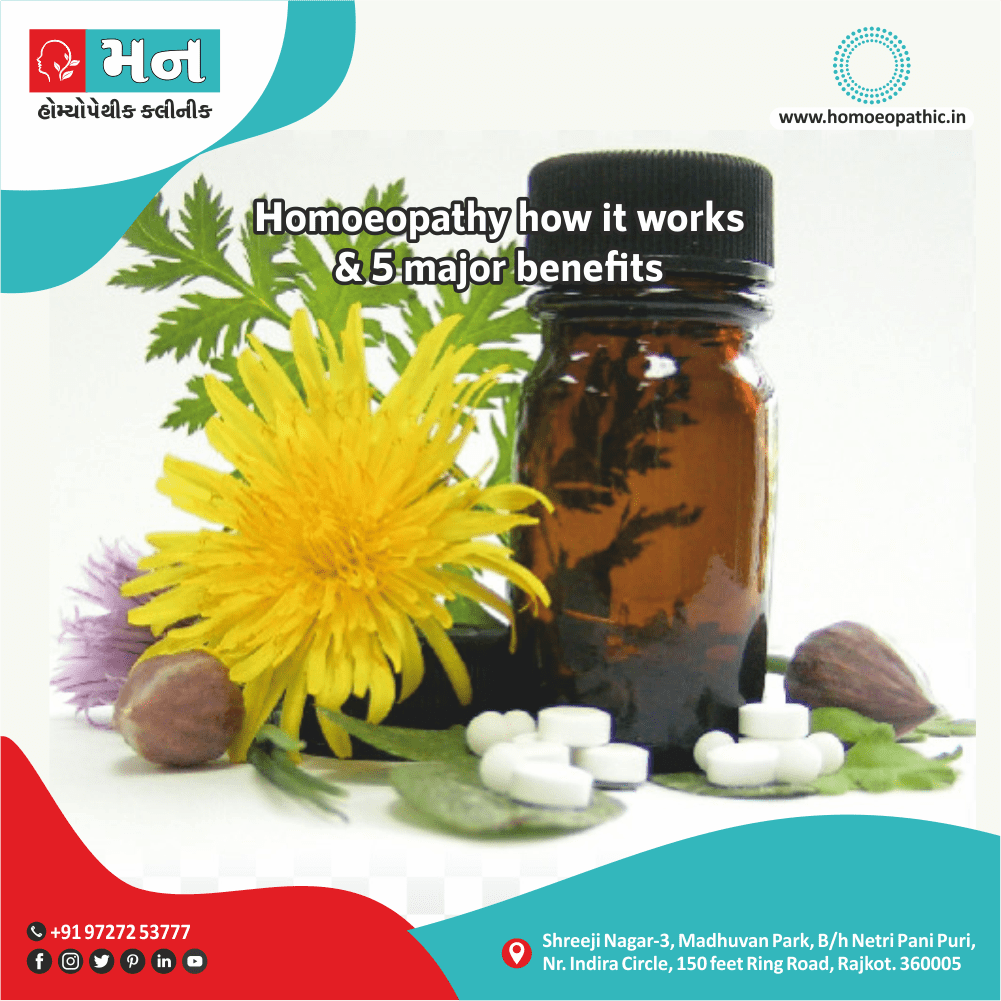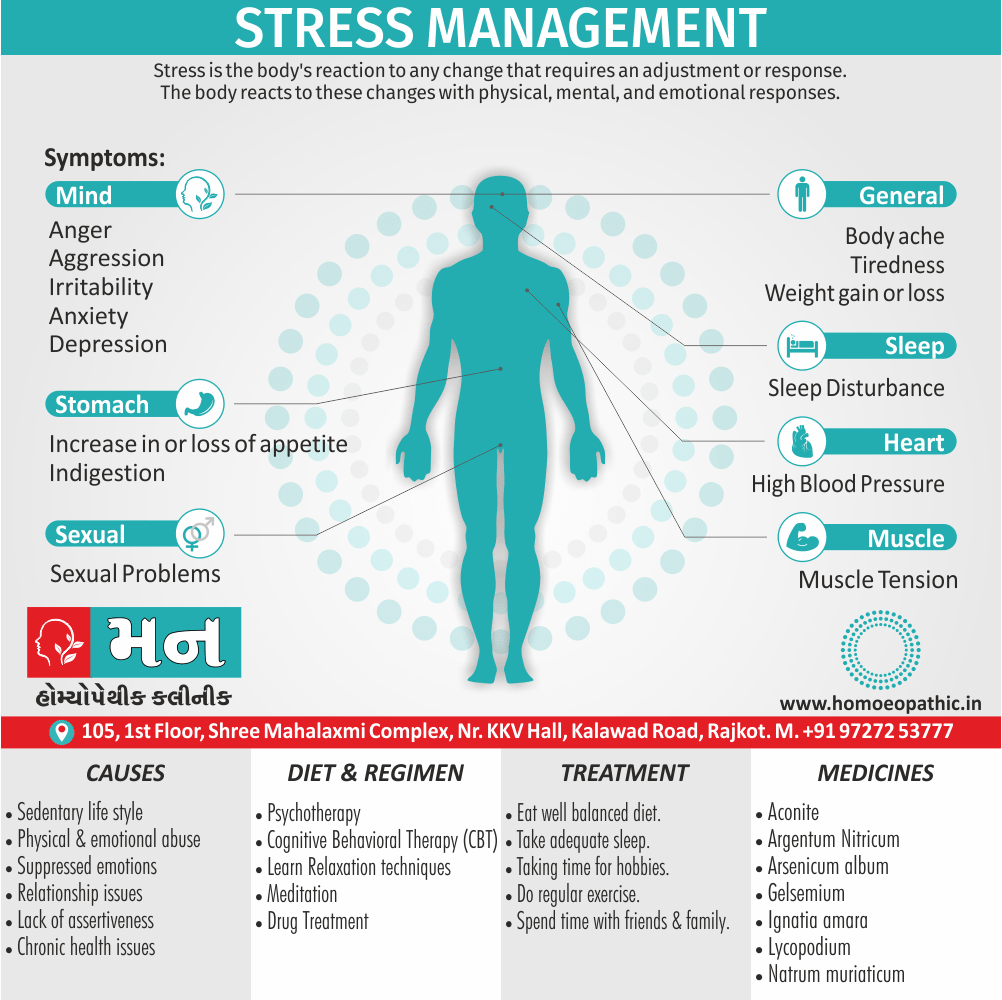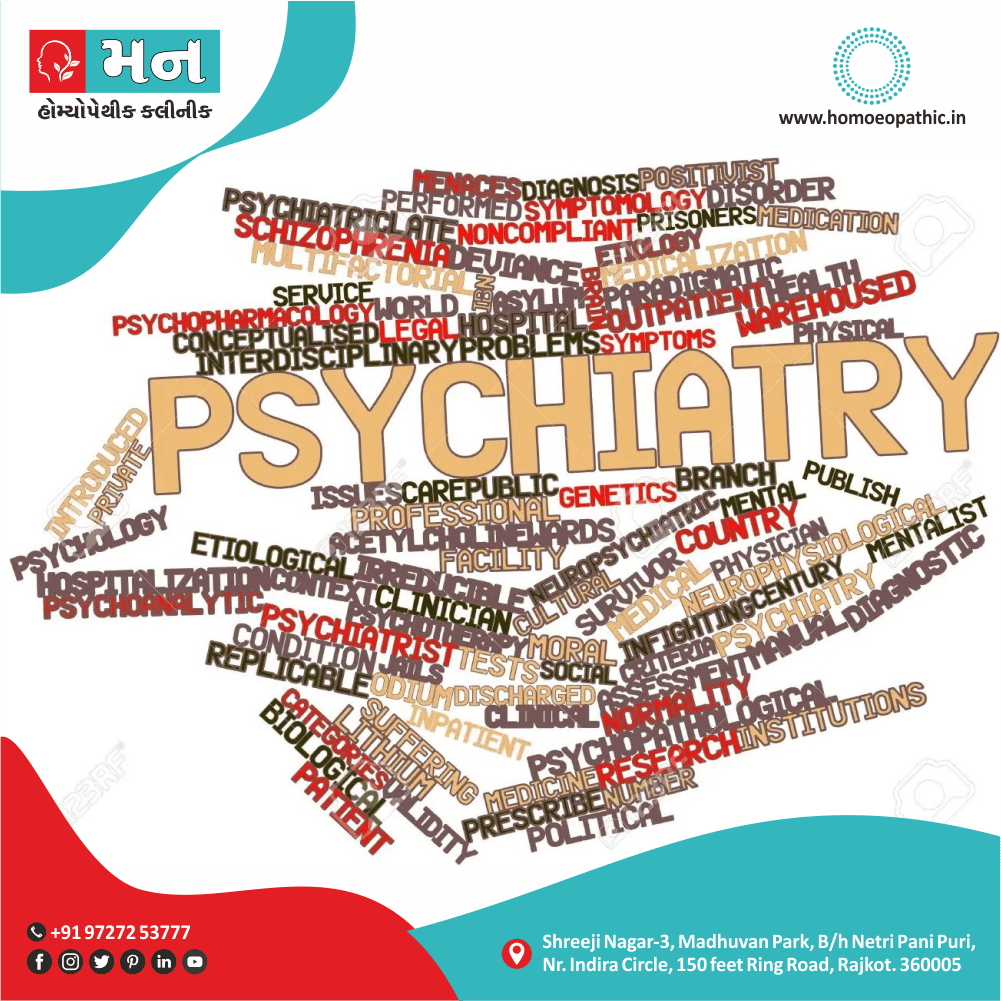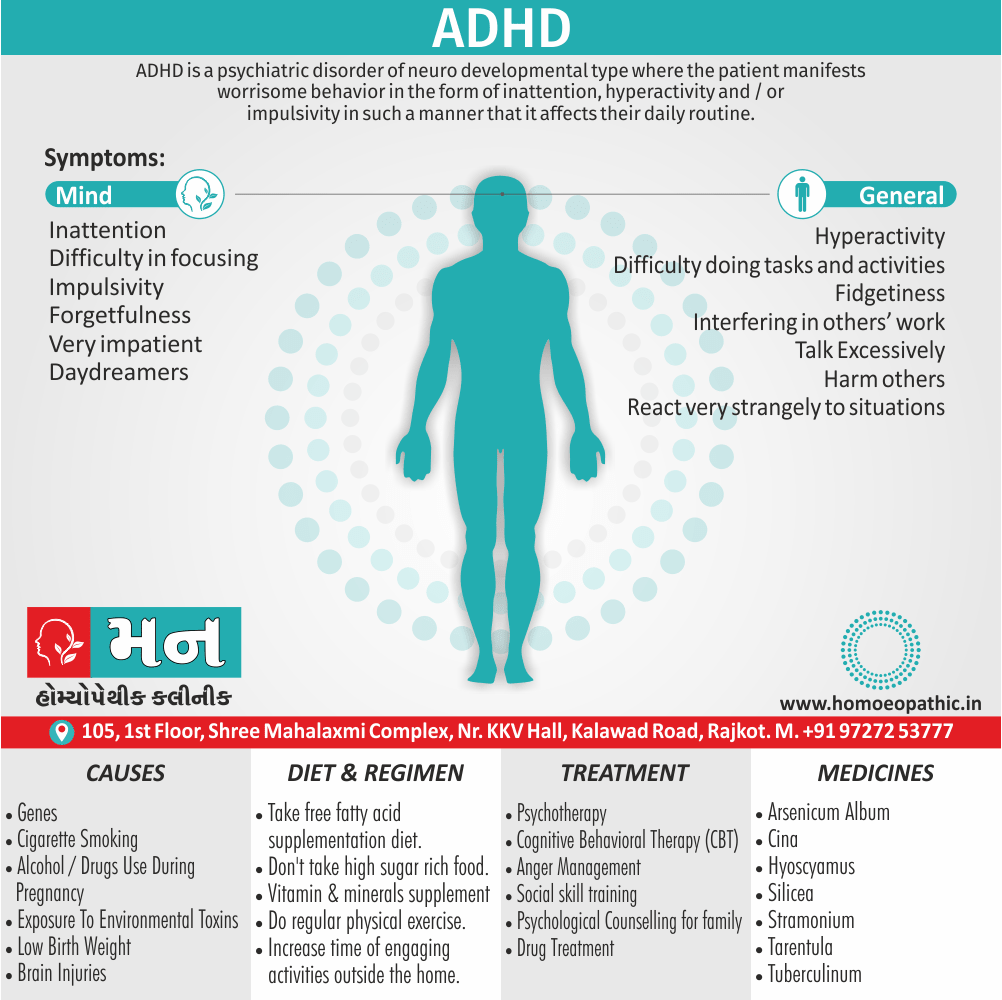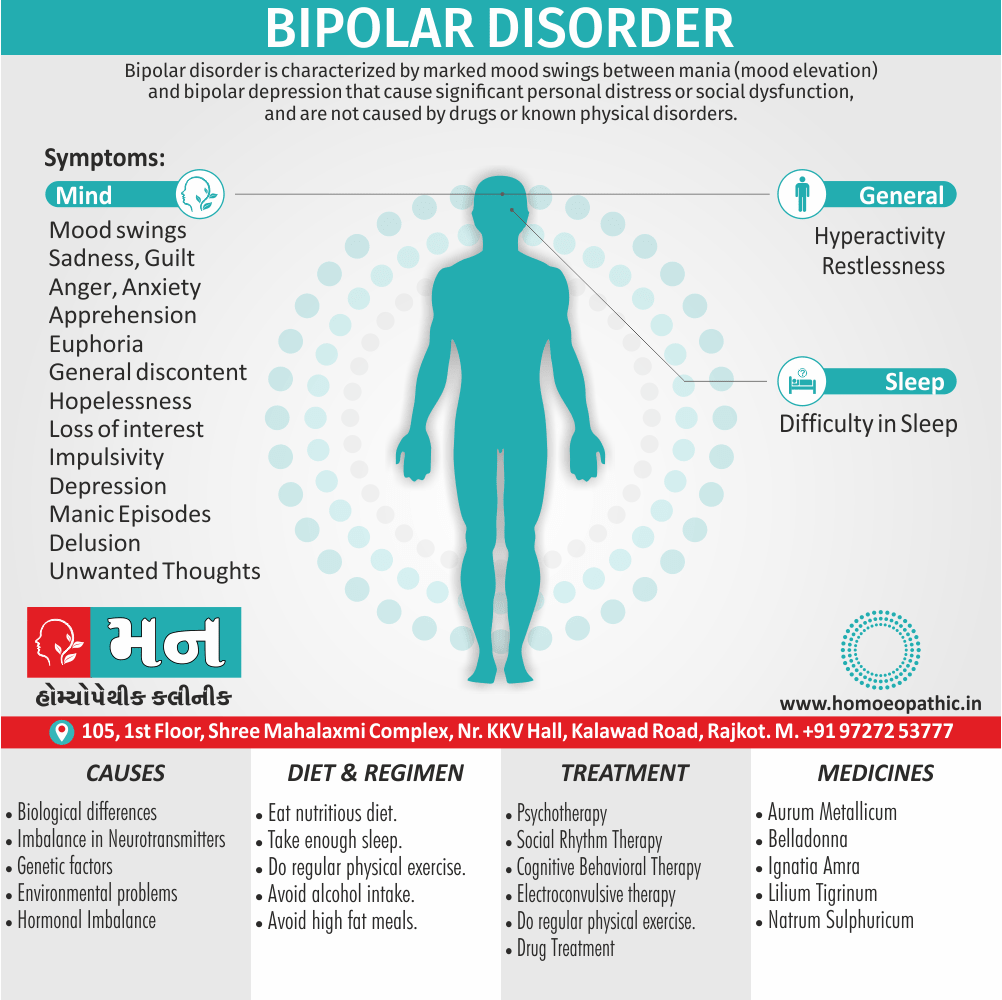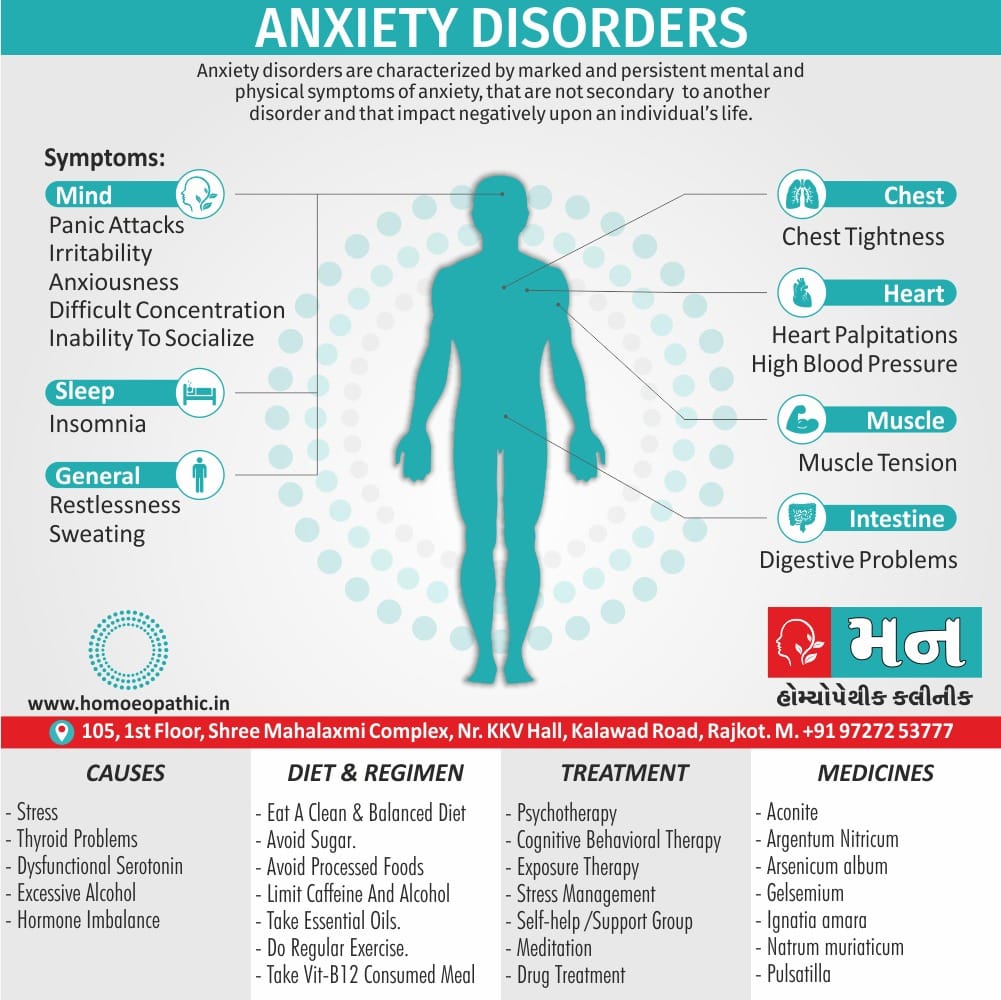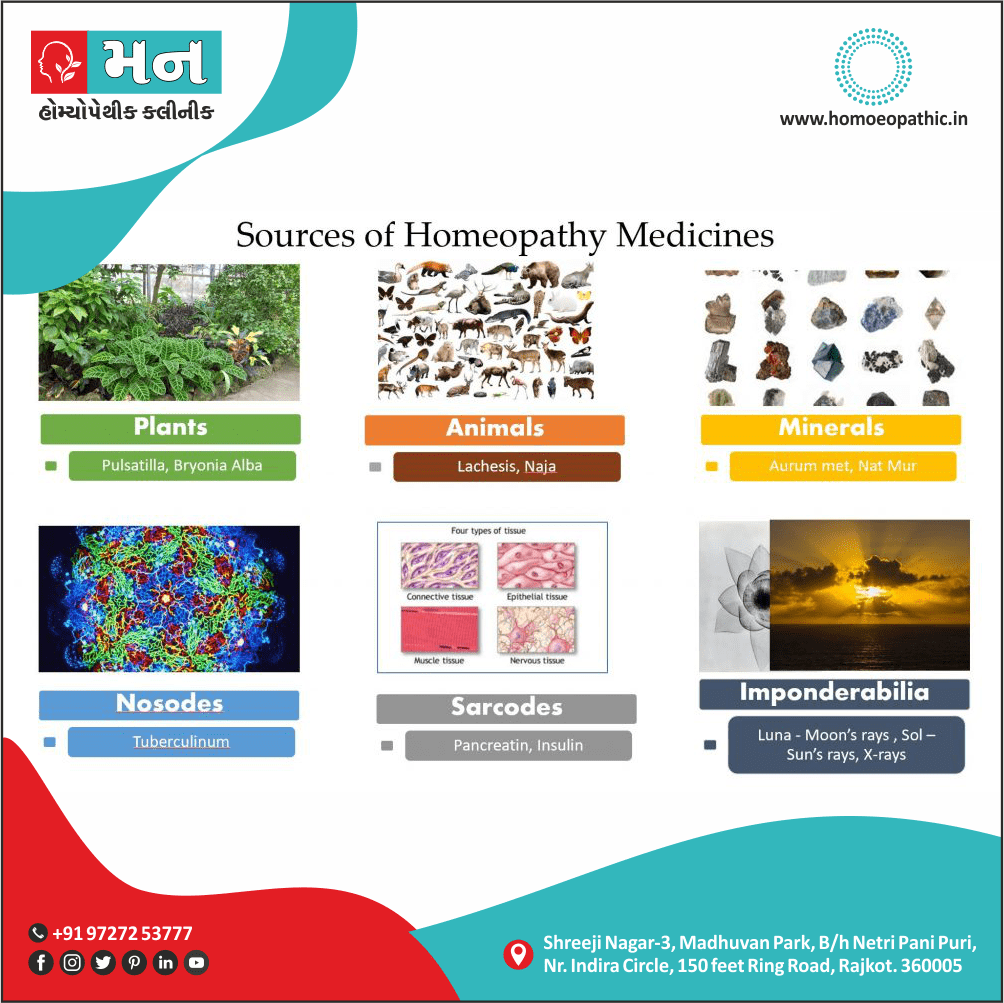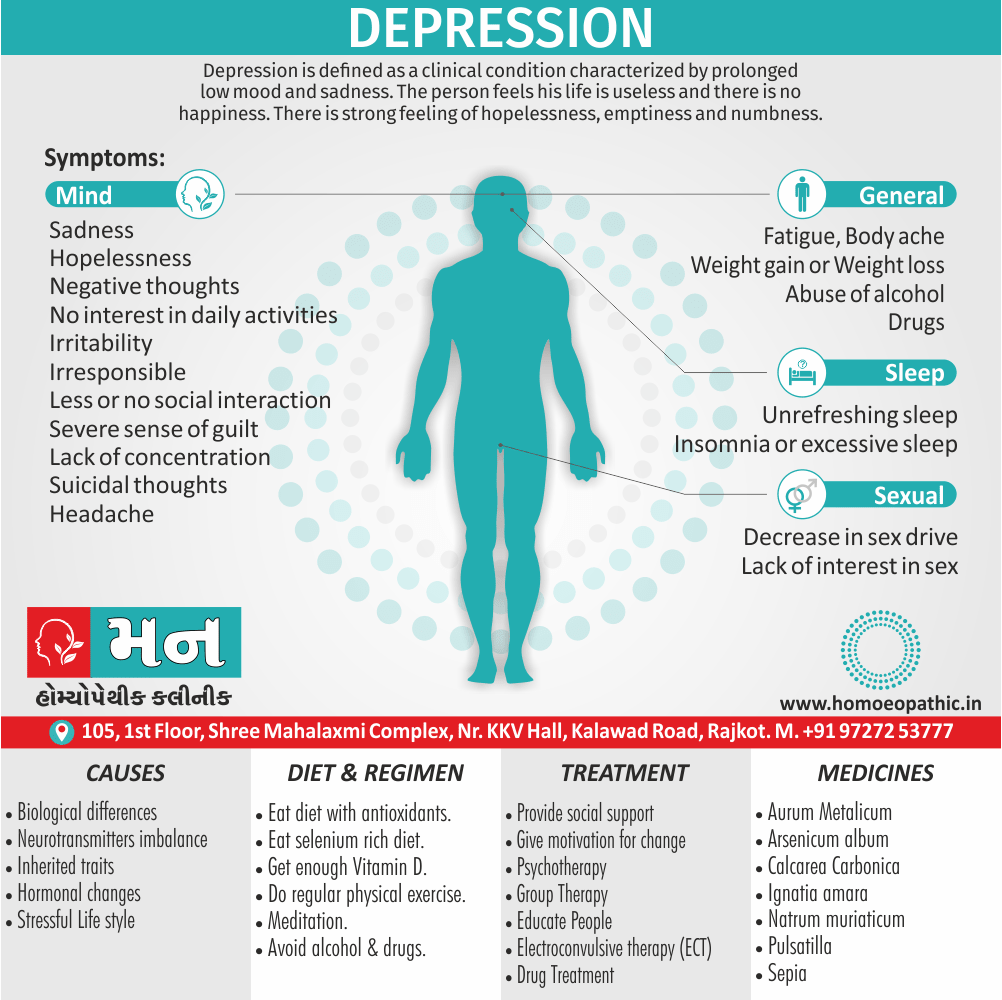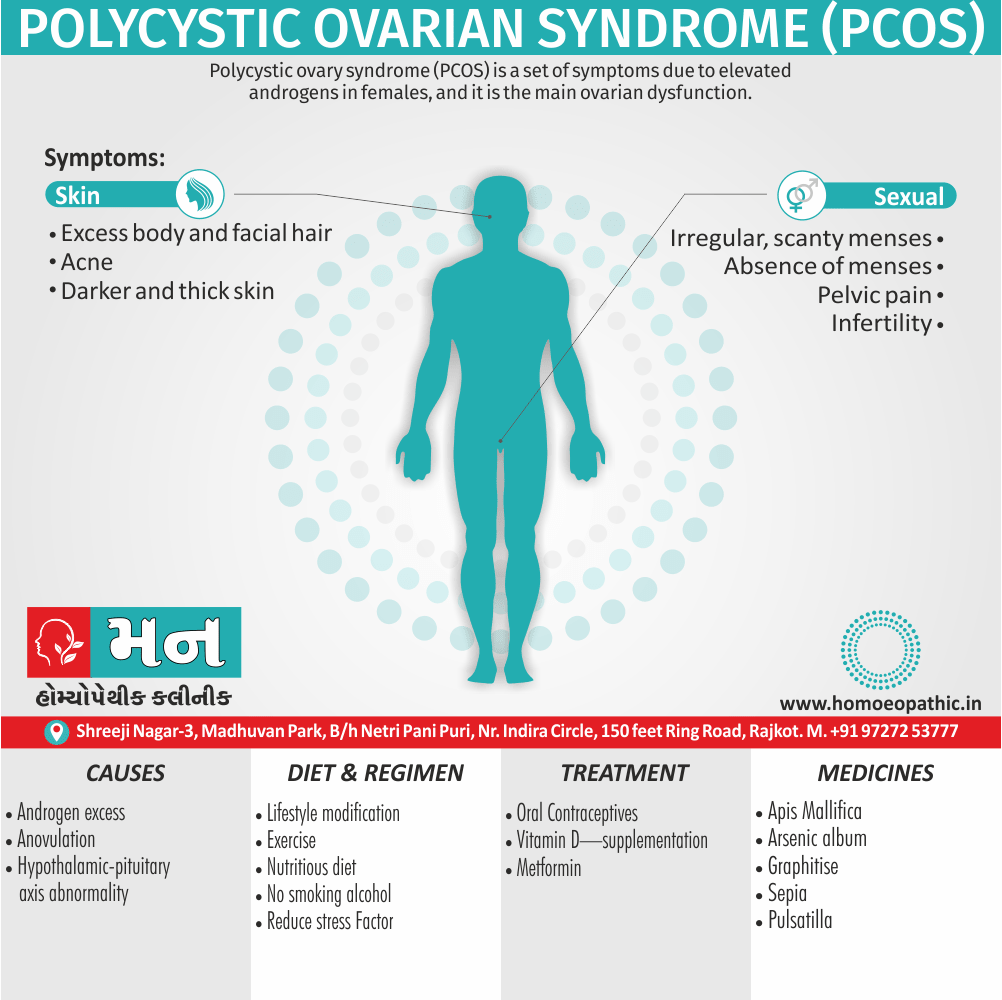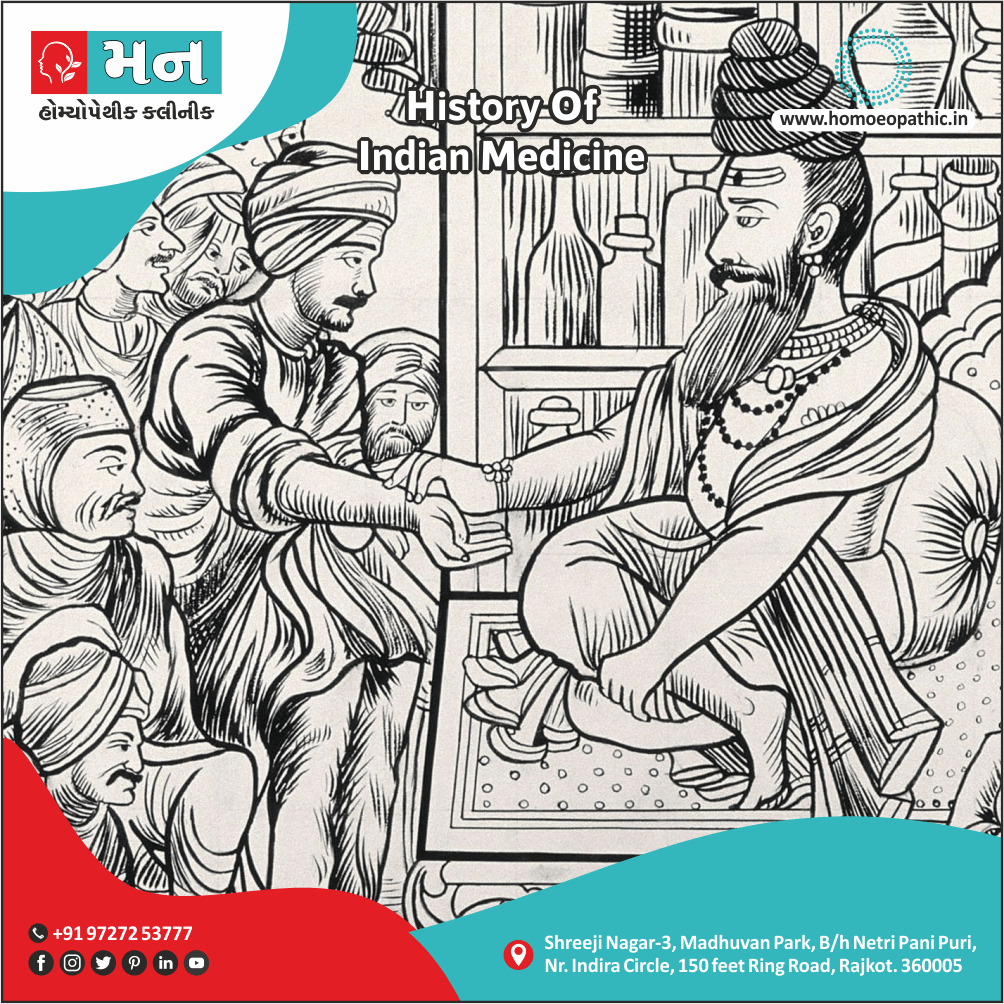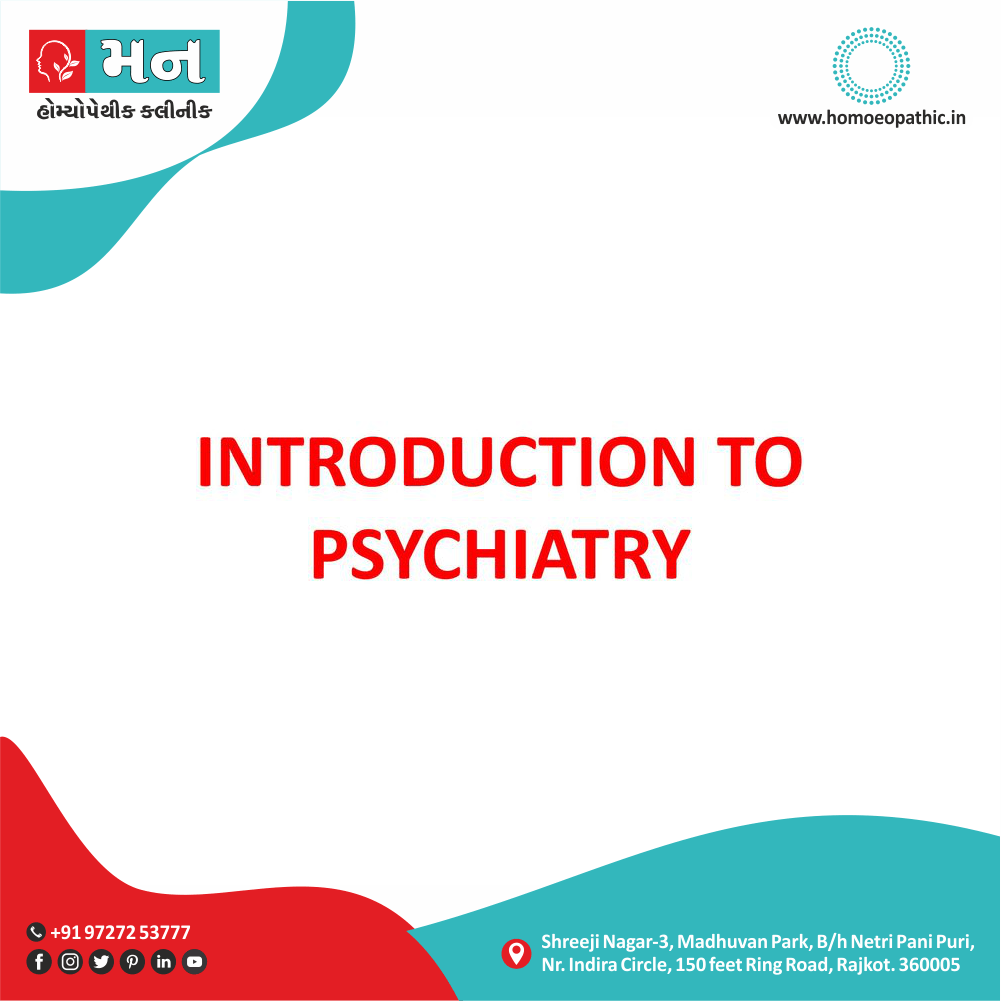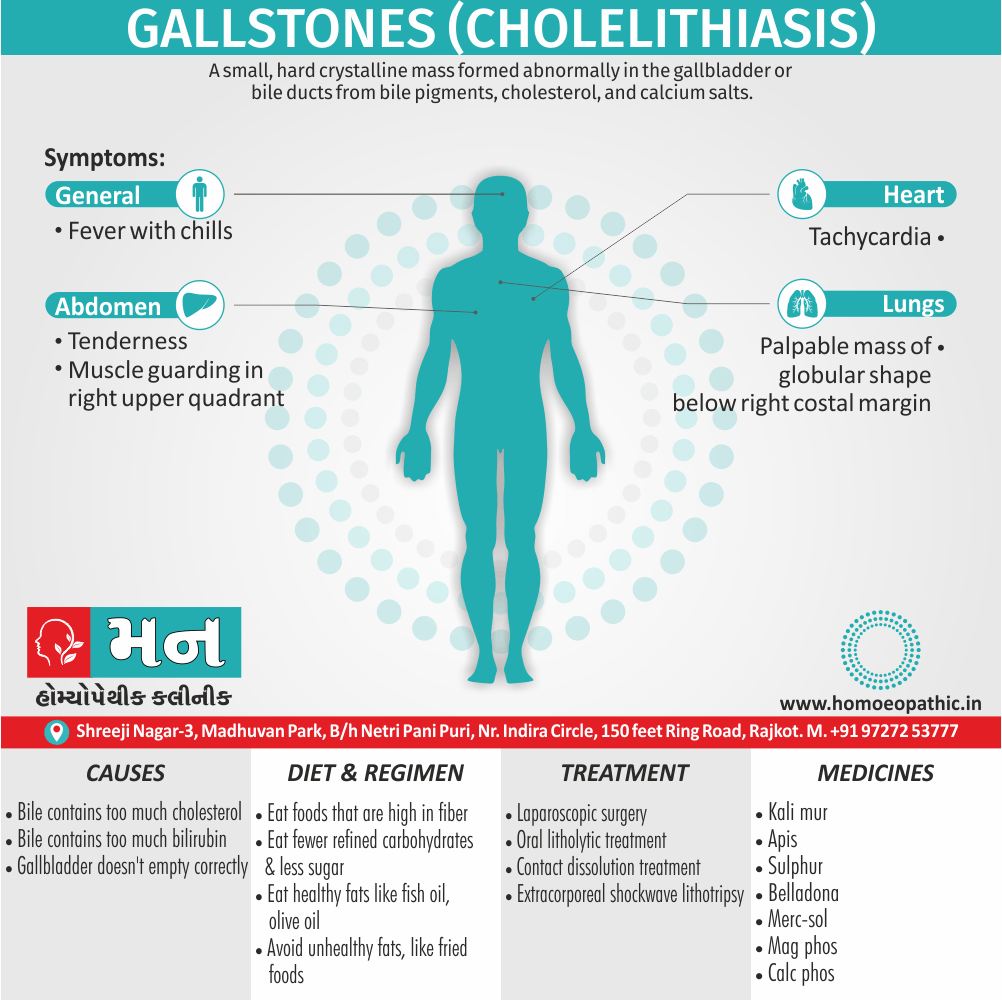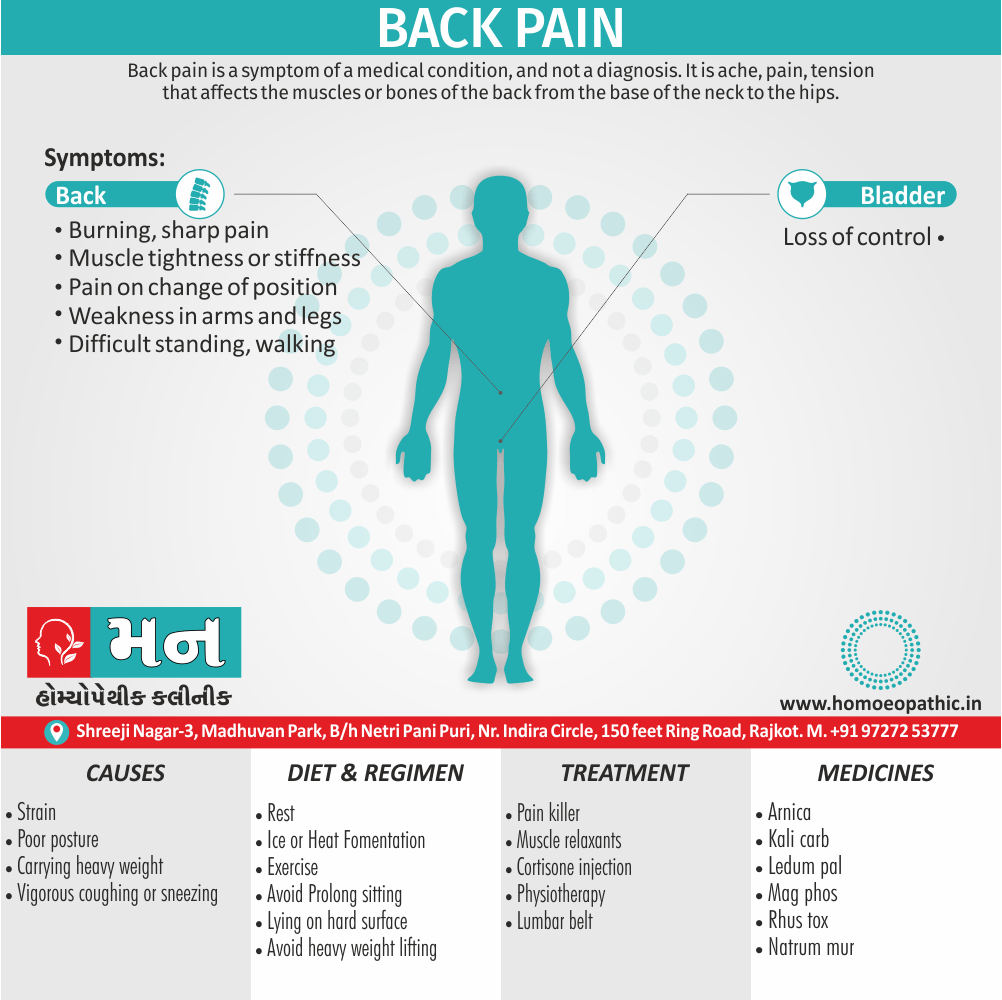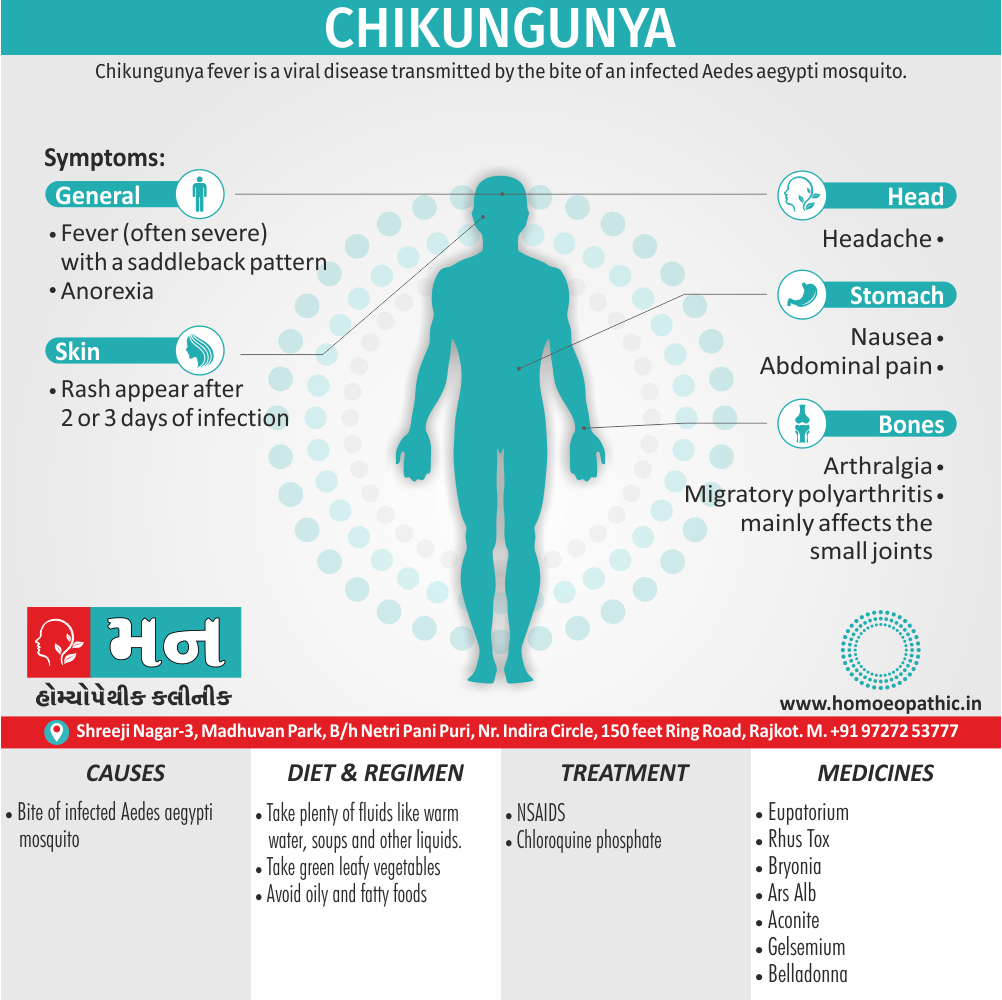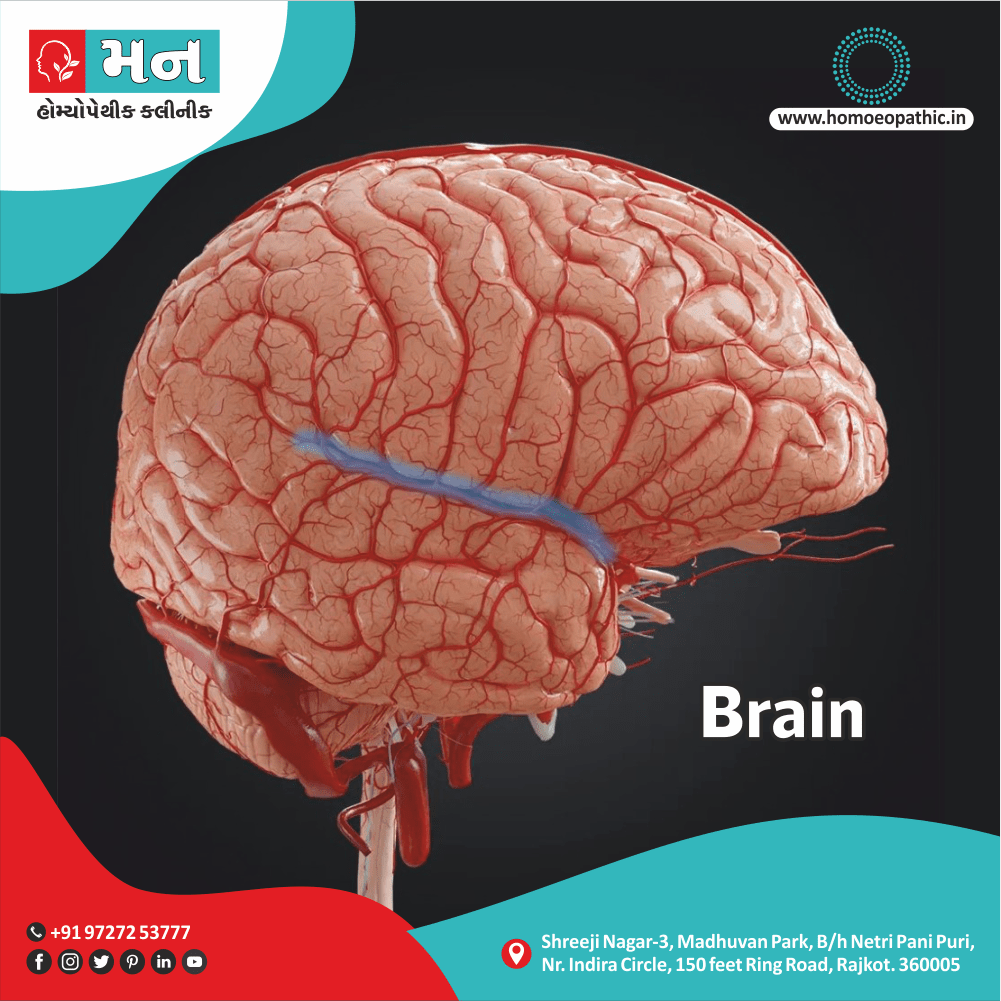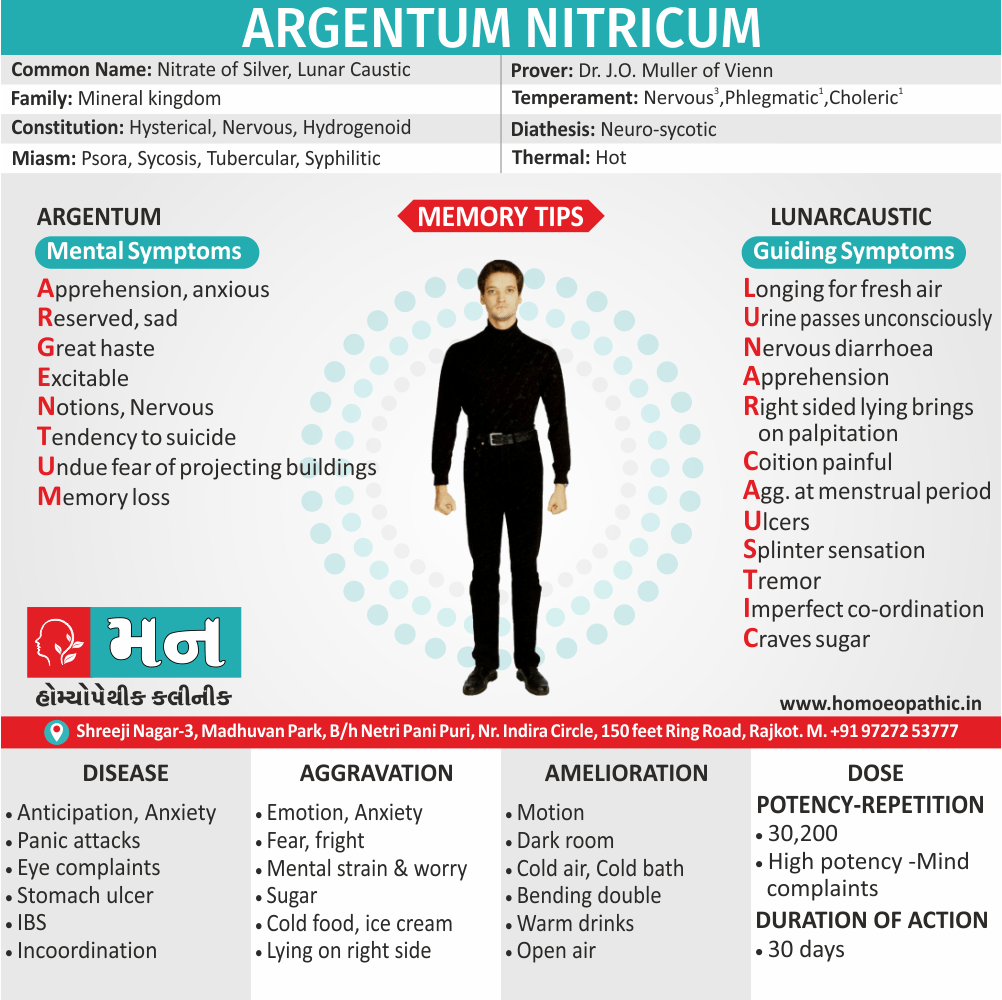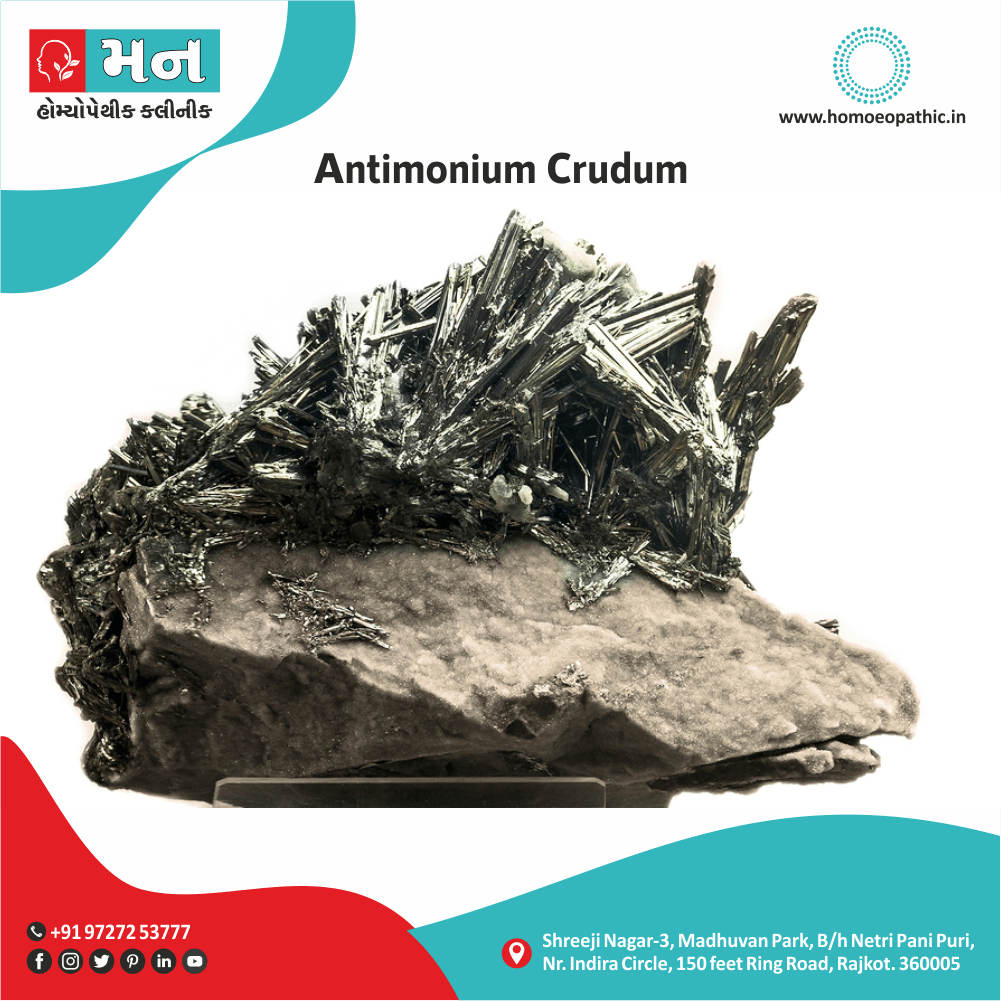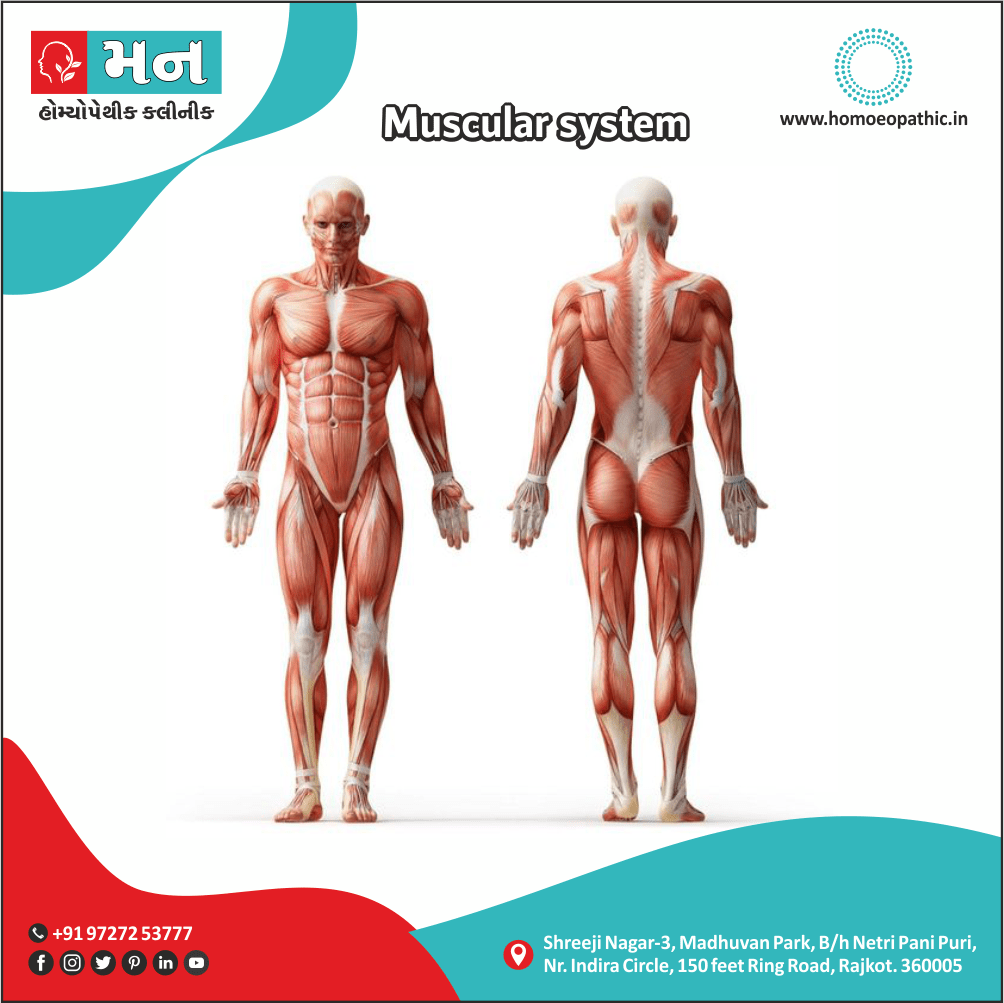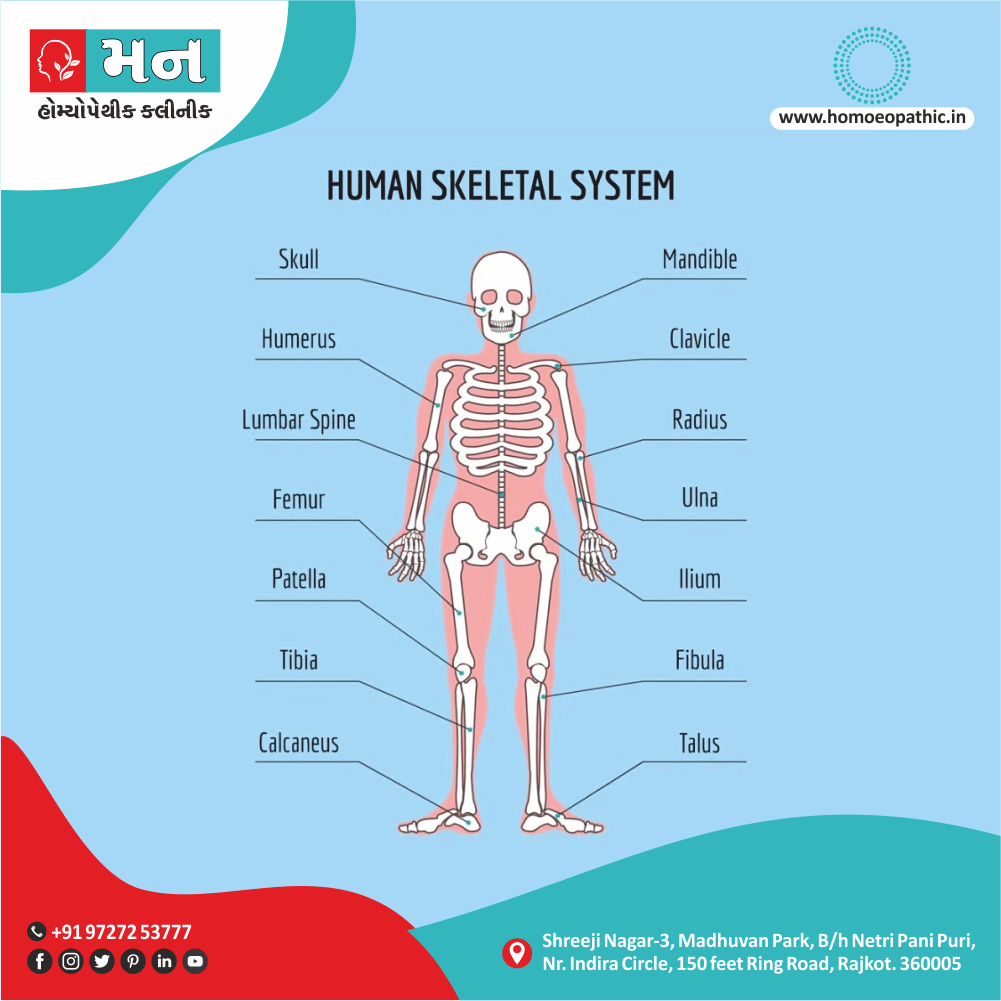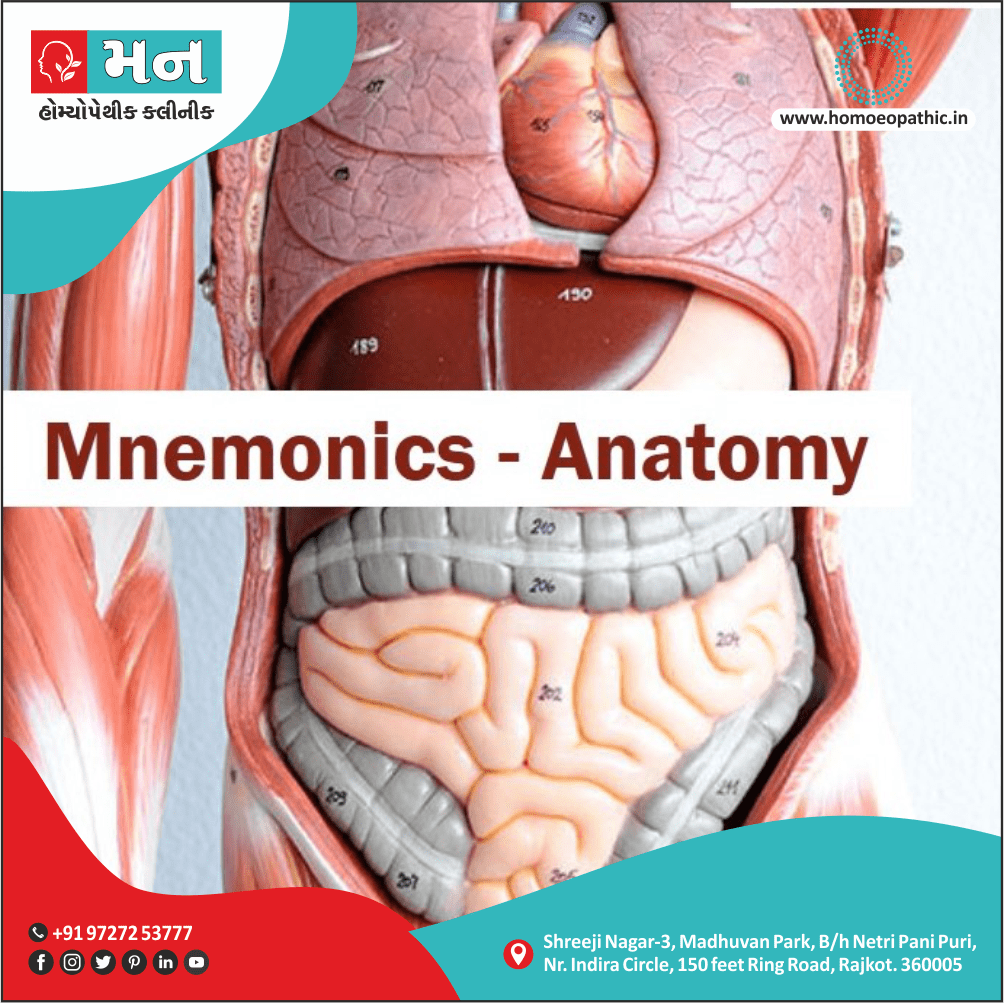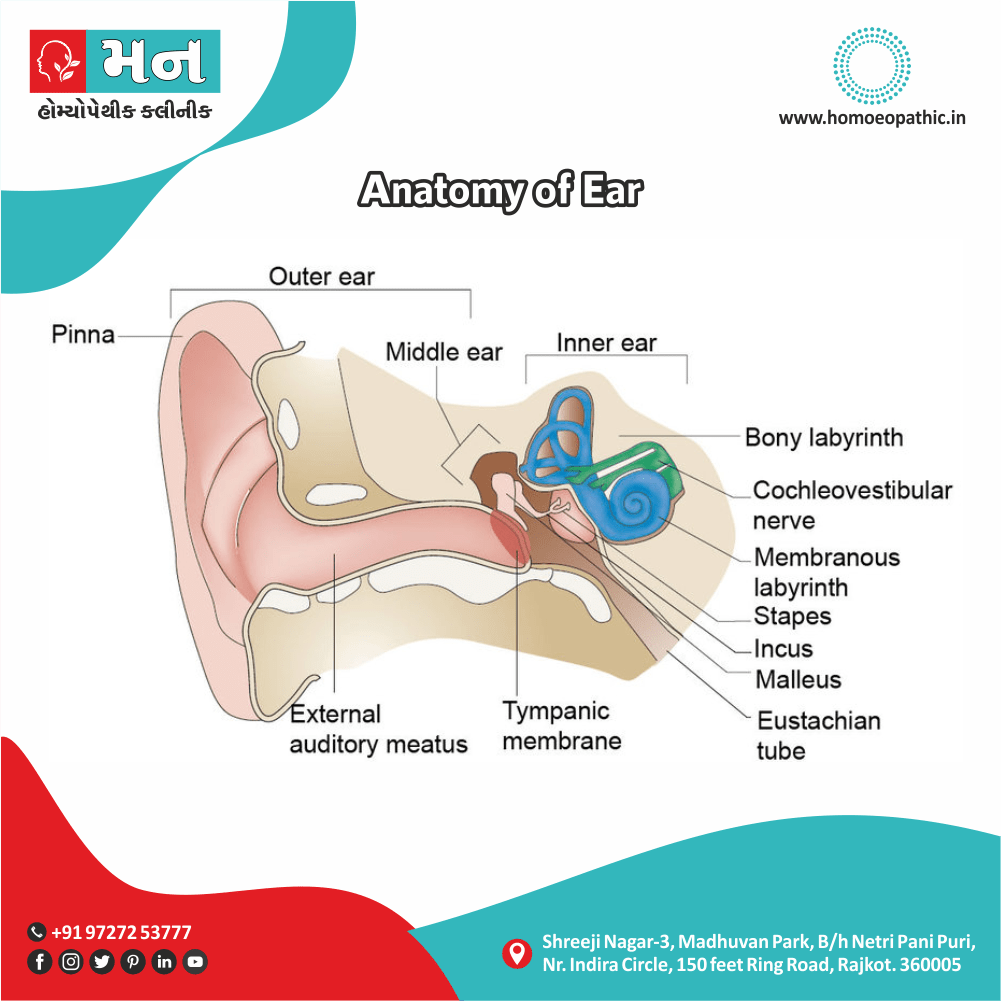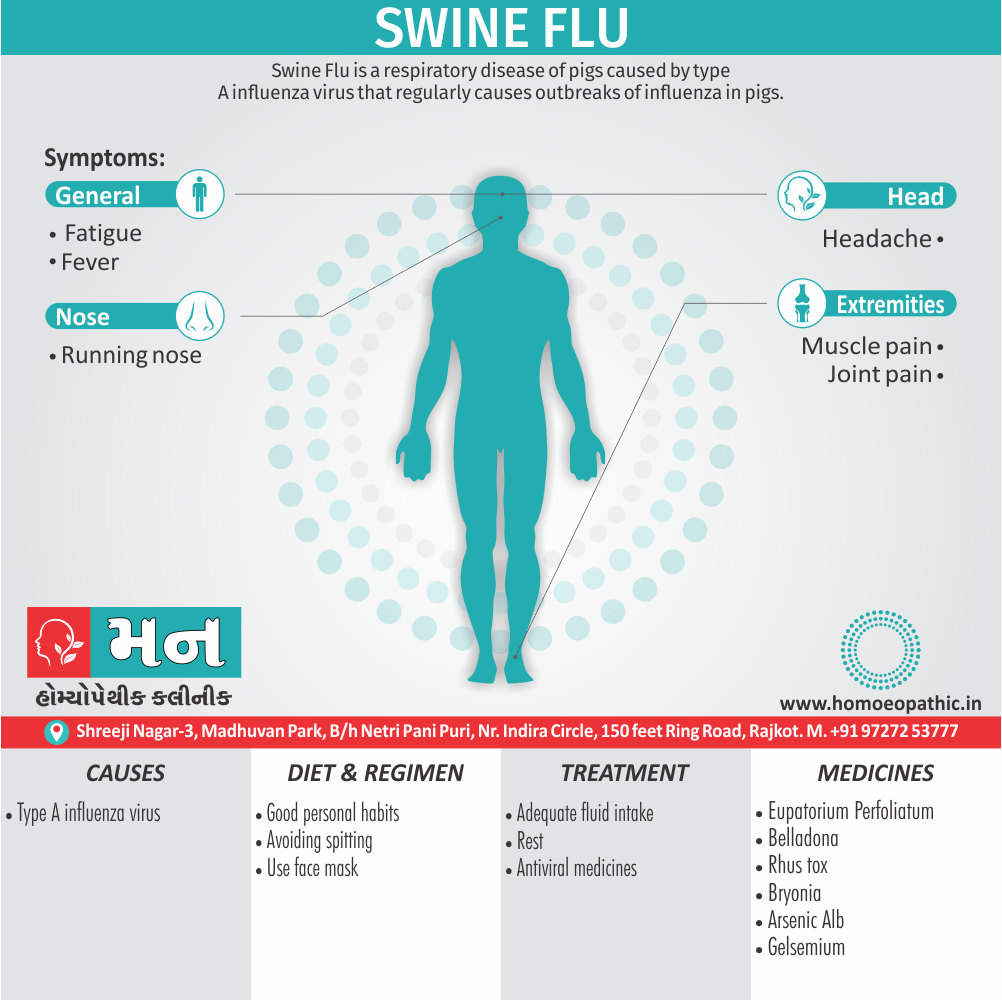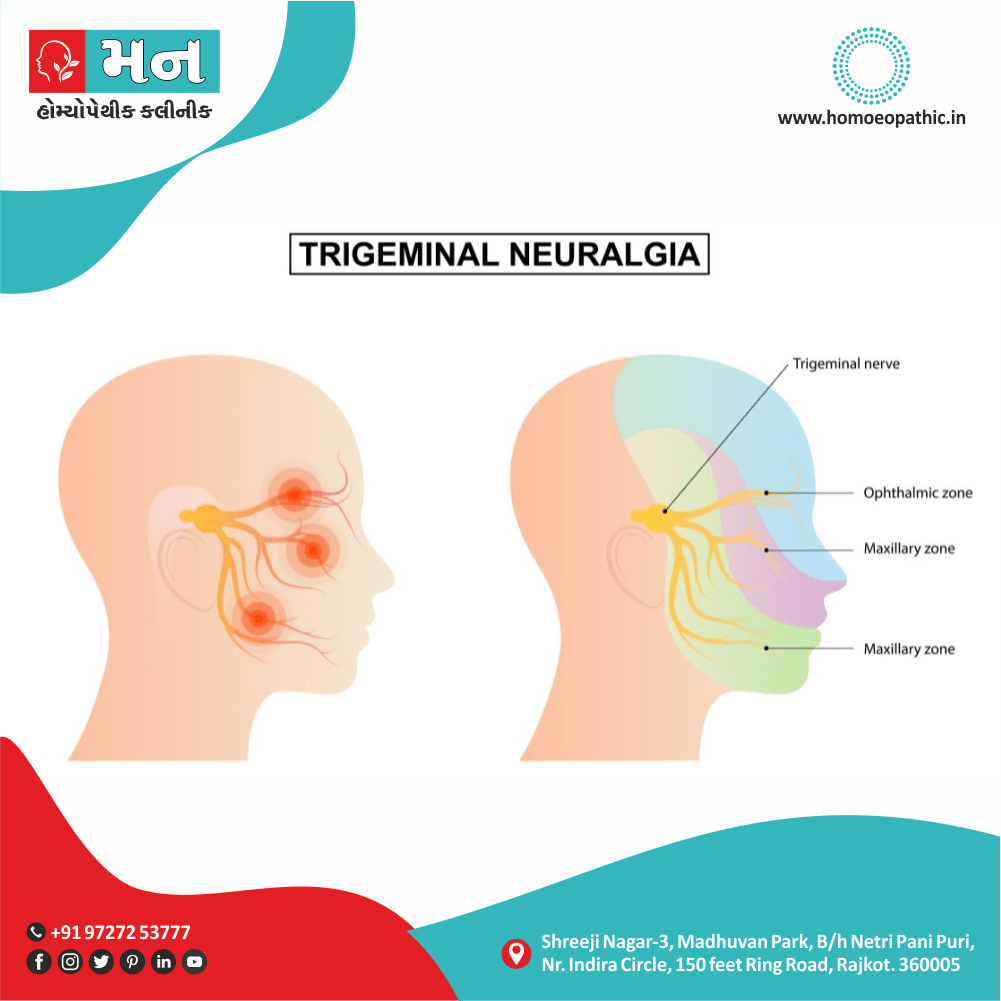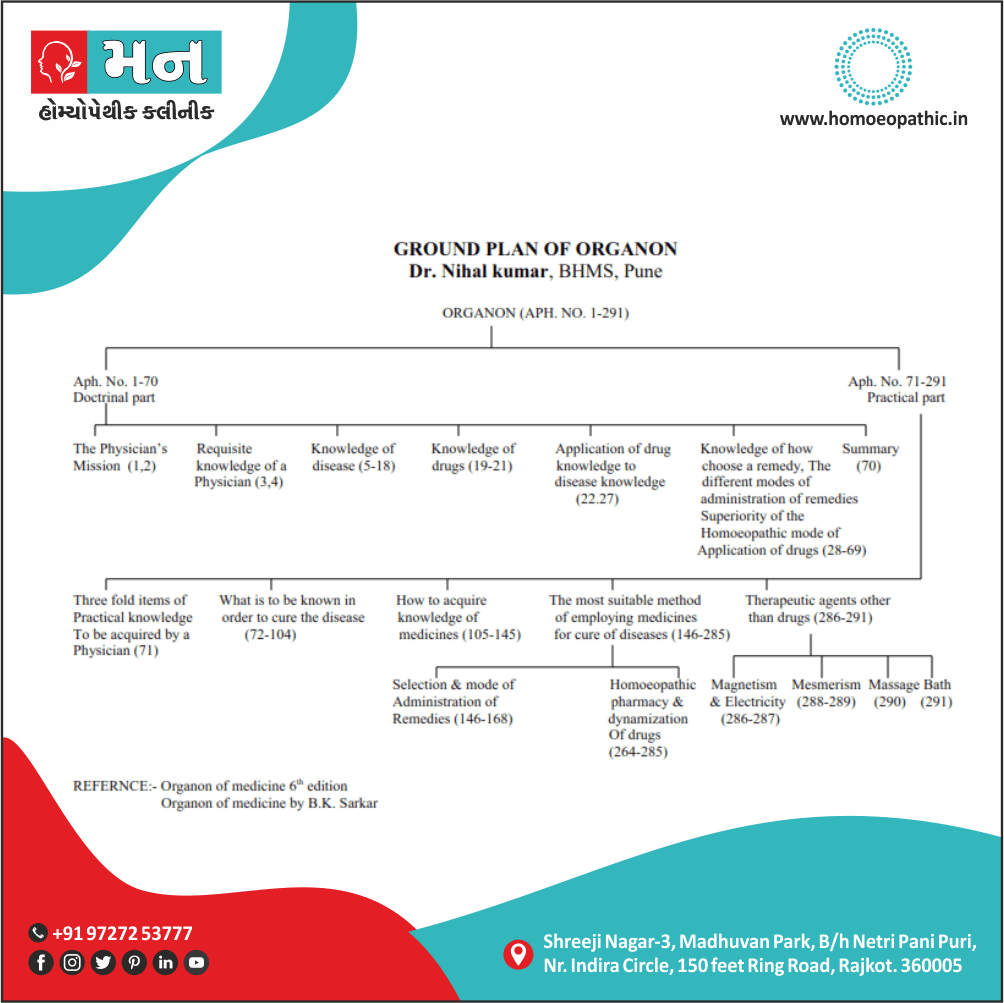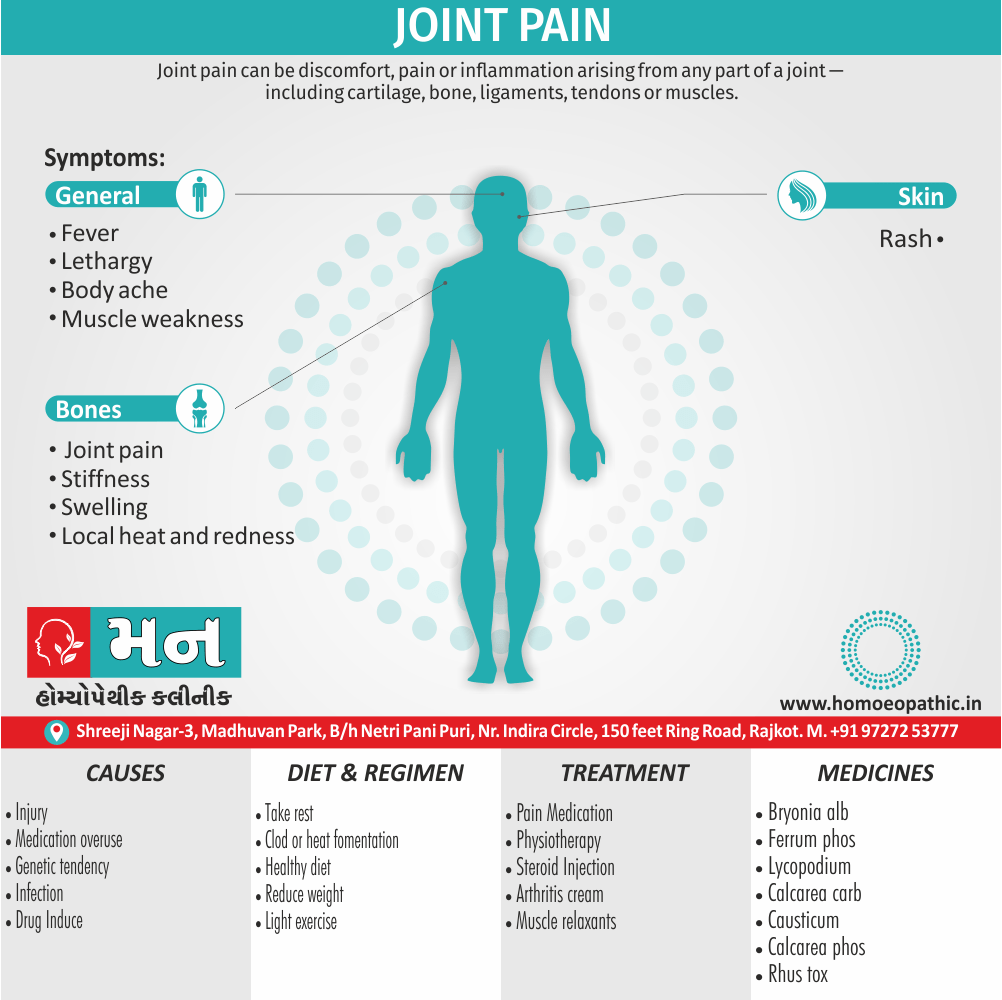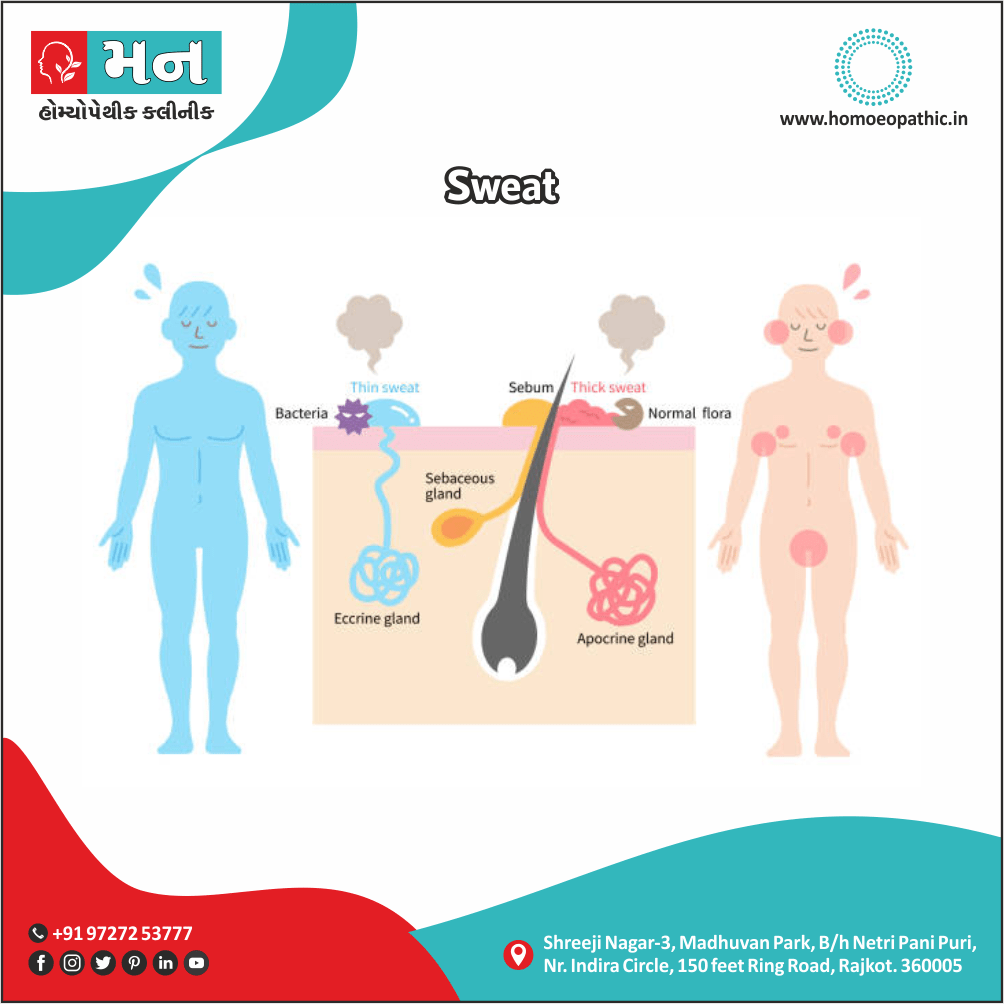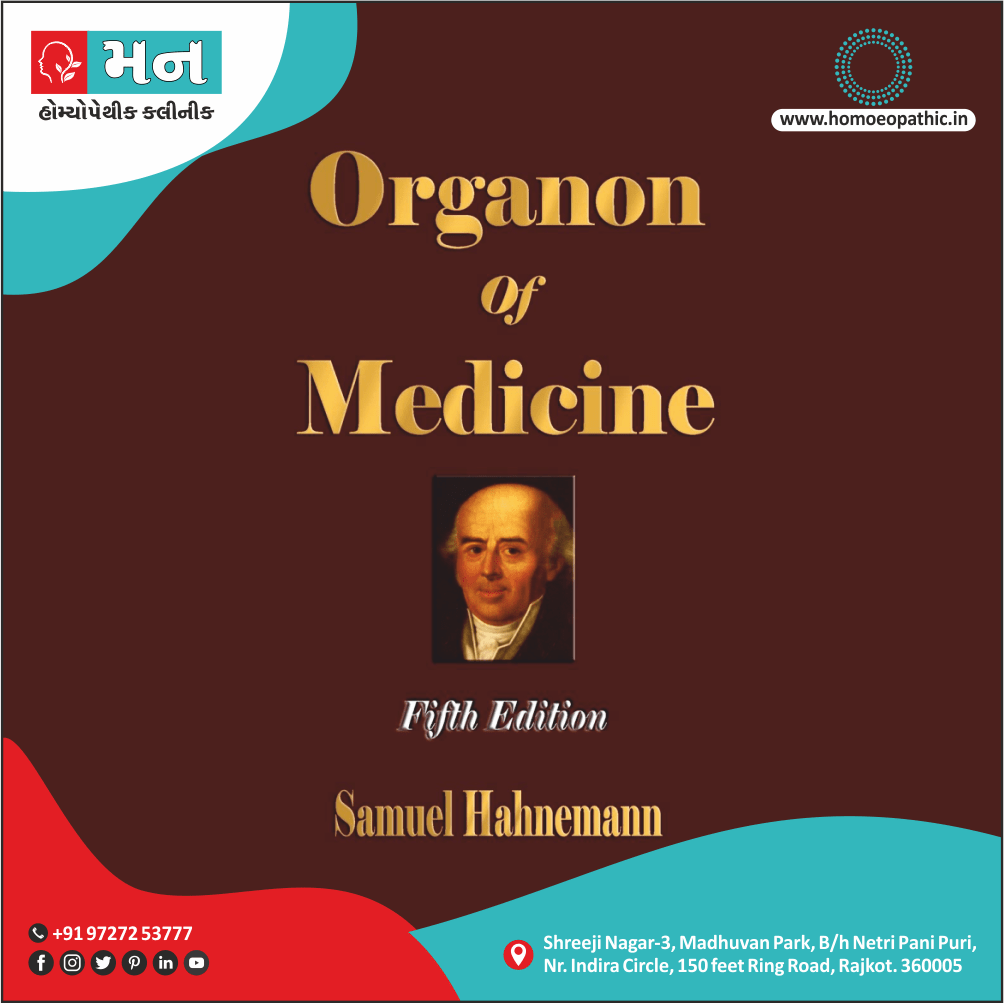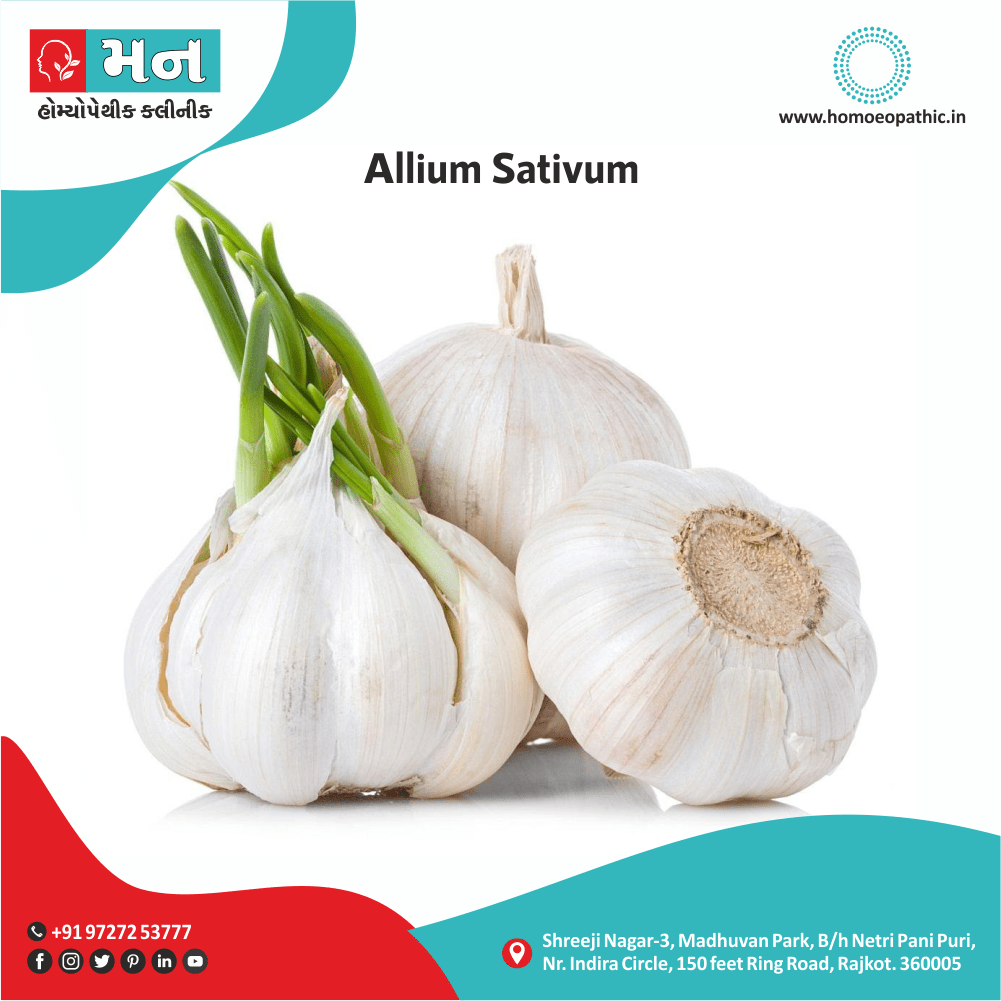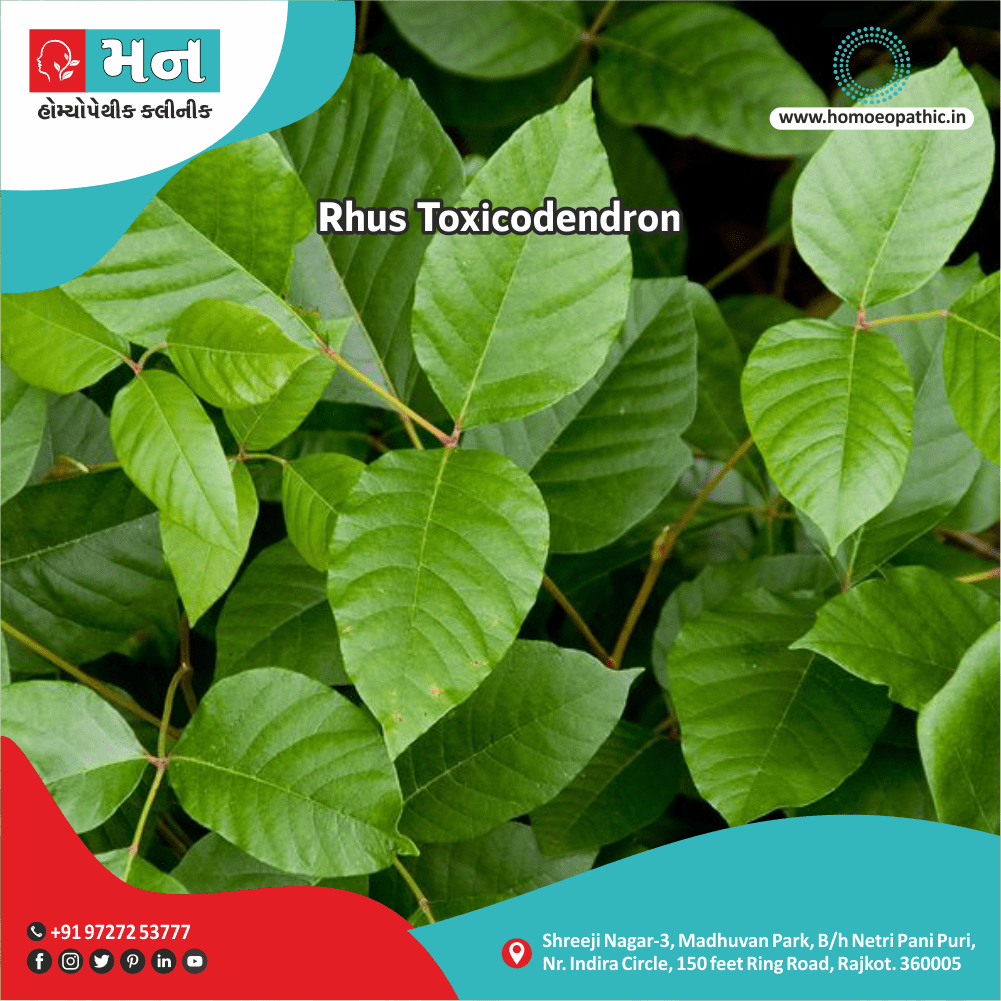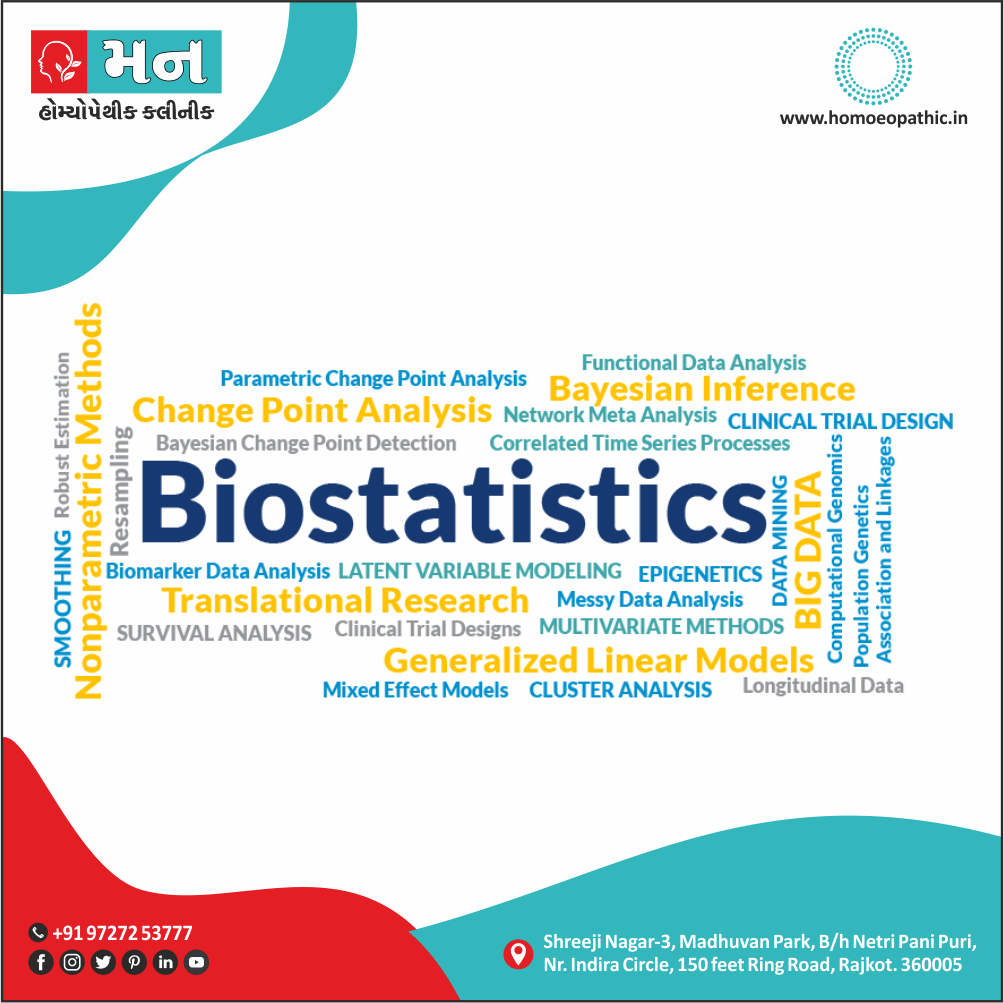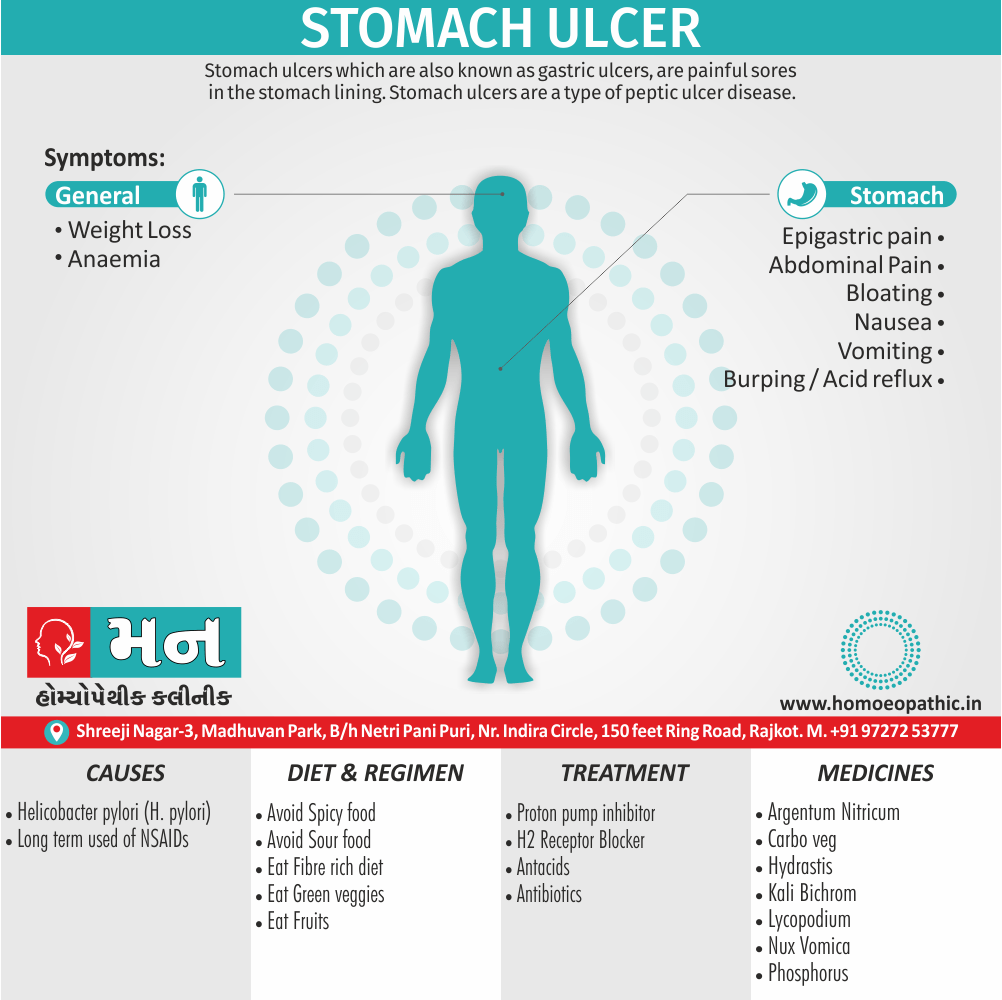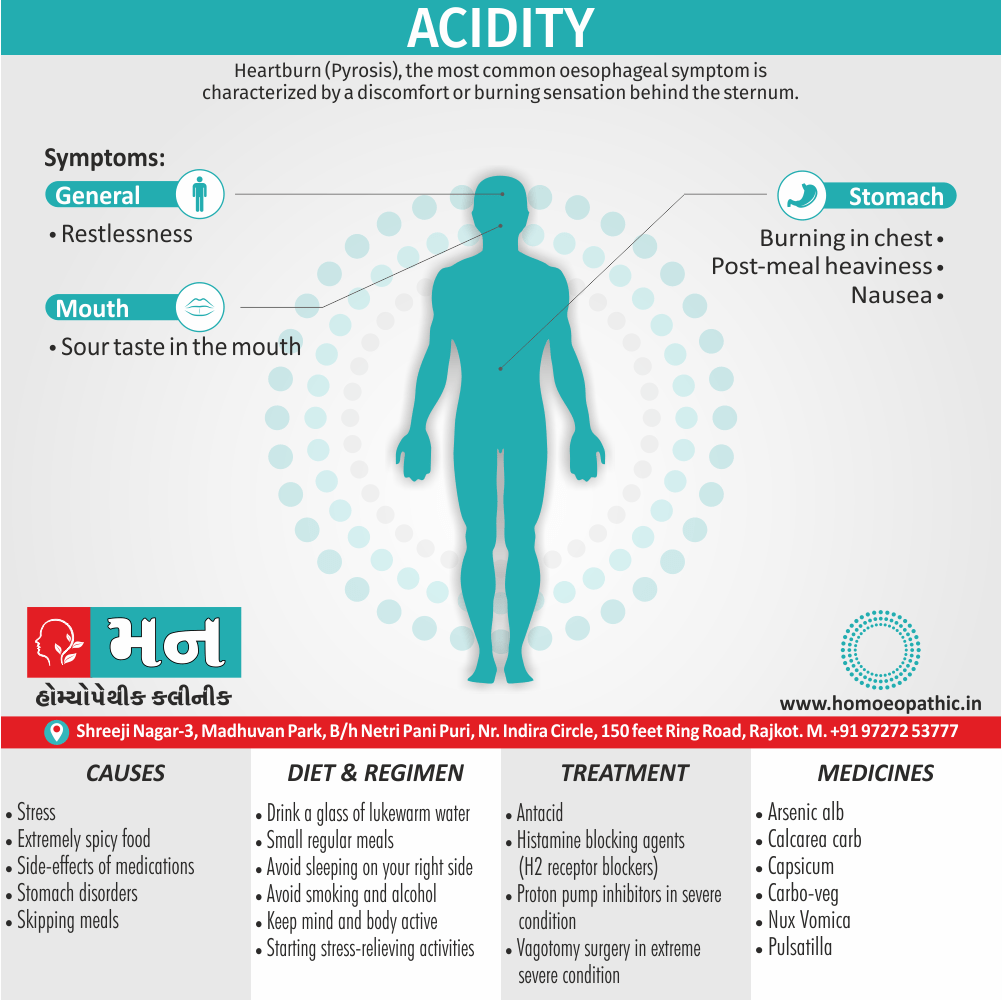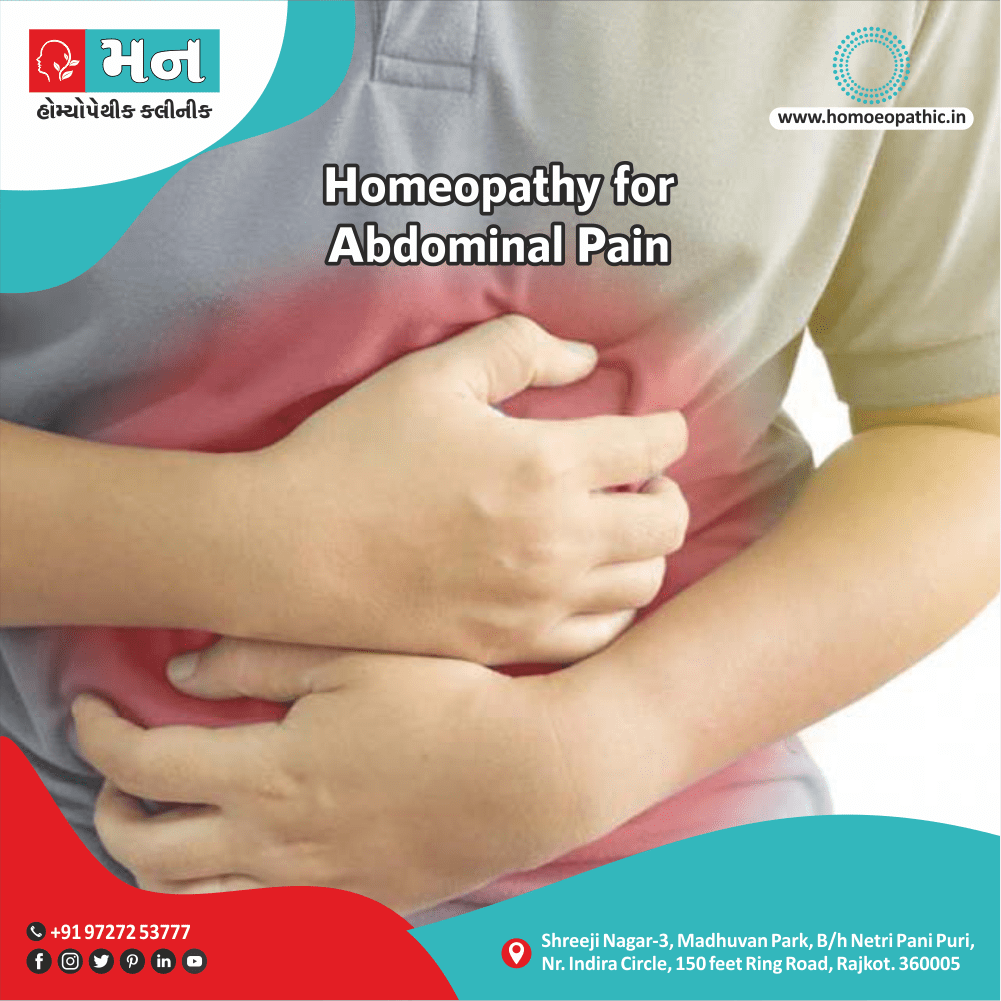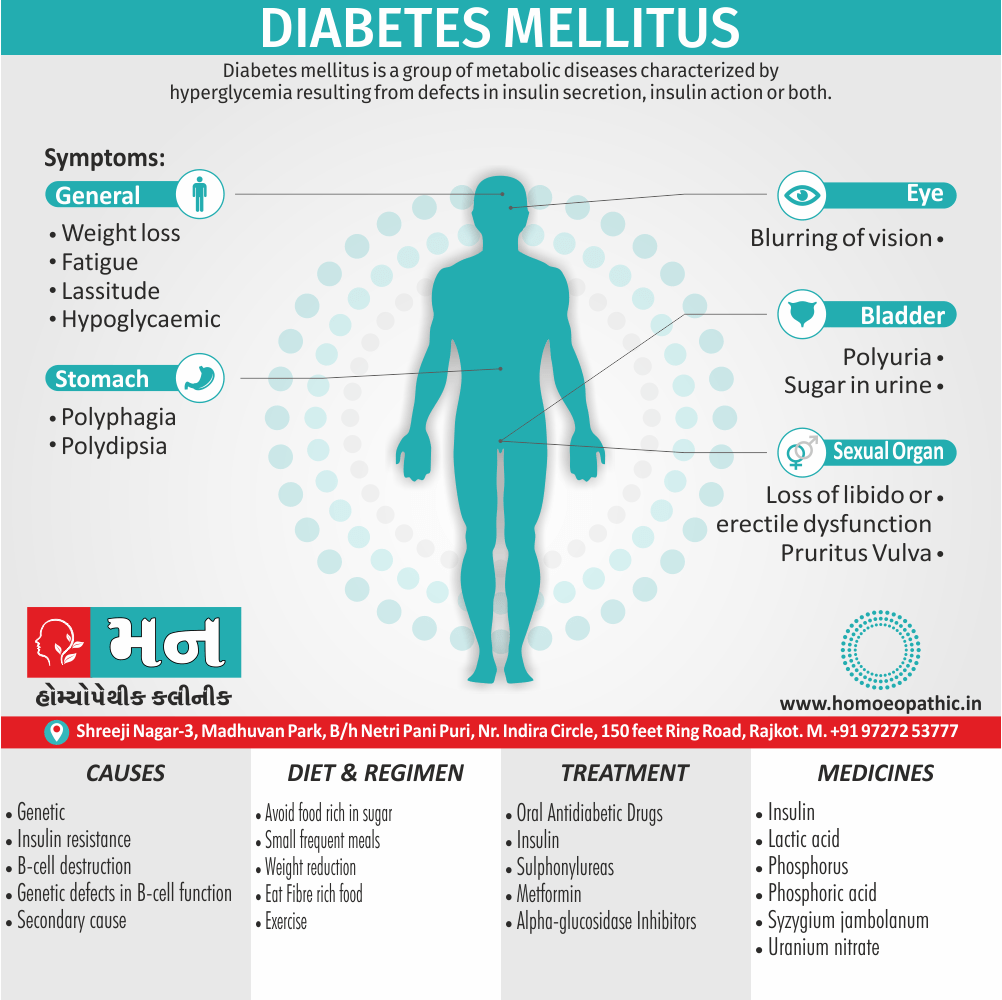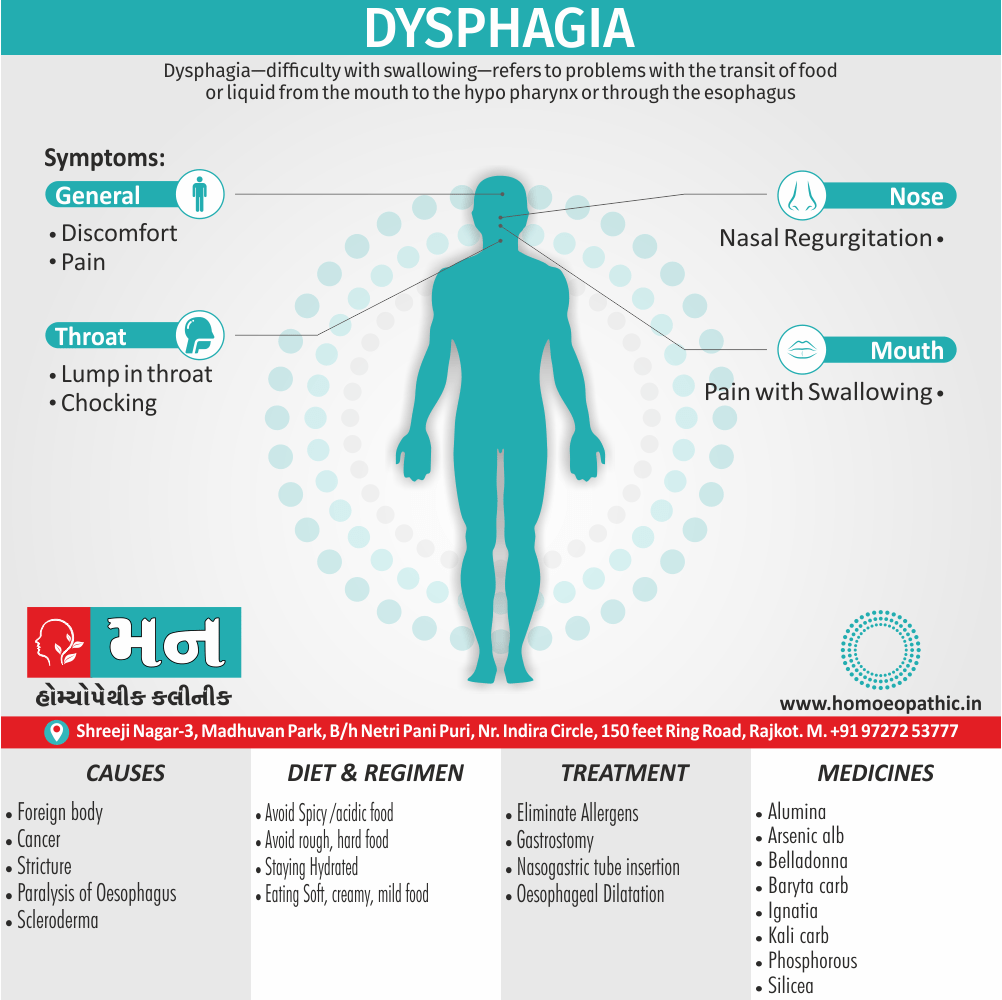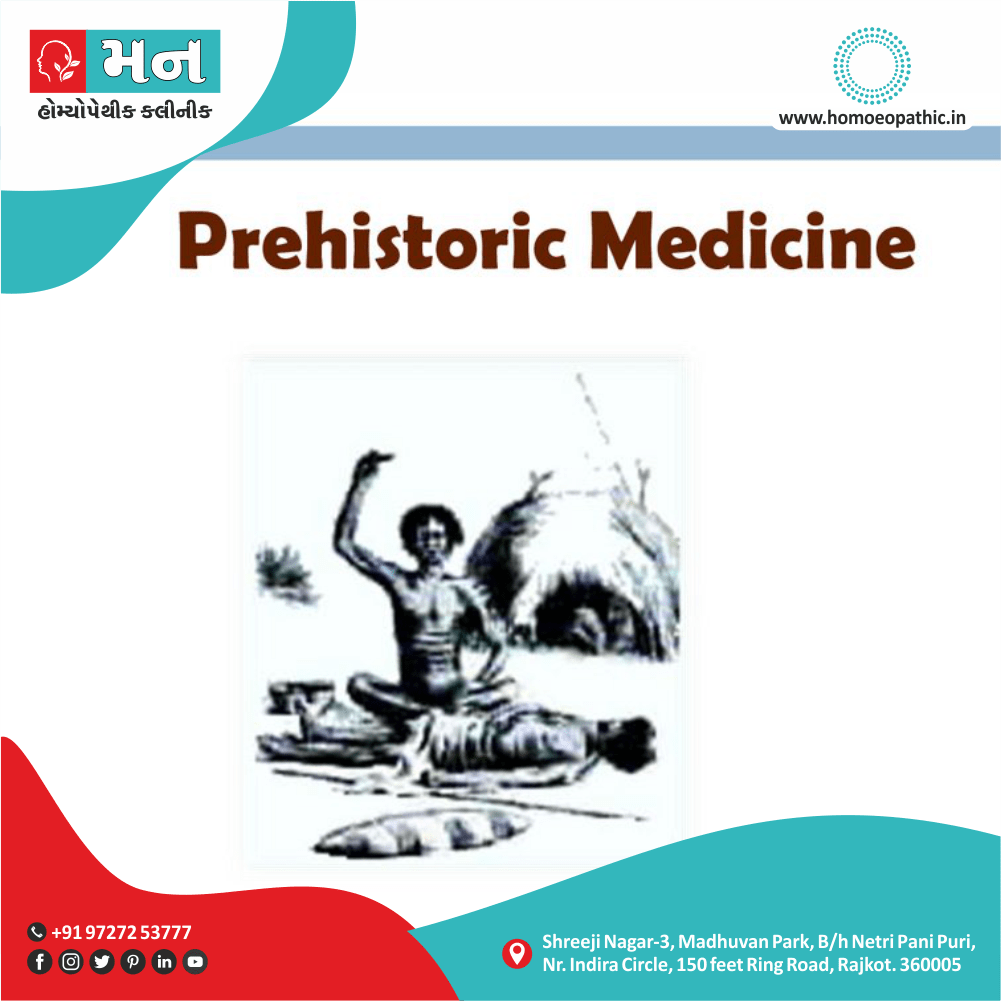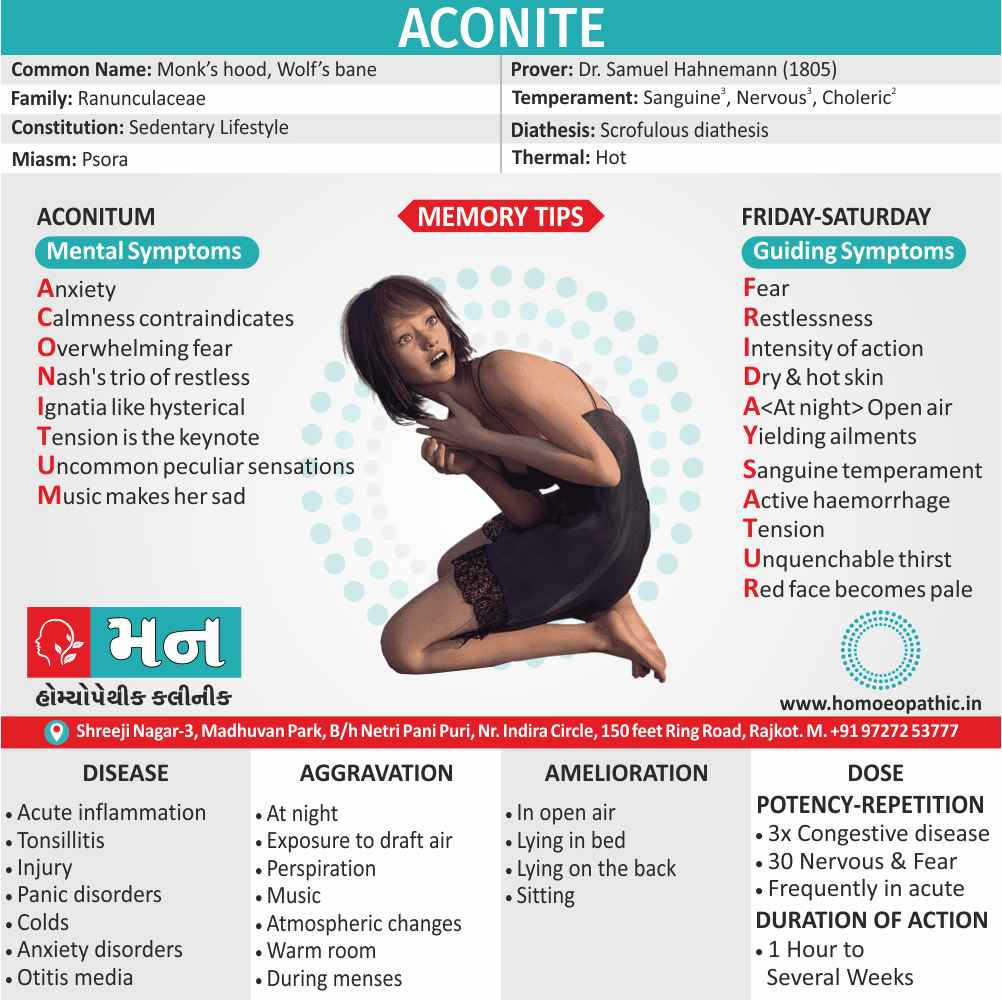Definition:
The term gastritis should be reserved for histologically documented inflammation of the gastric mucosa.
Overview
Epidemiology xxx
Causes
Types
Risk Factors
Pathogenesis xxx
Pathophysiology
Clinical Features xxx
Sign & Symptoms
Clinical Examination xxx
Diagnosis
Differential Diagnosis xxx
Complications
Investigations xxx
Treatment
Prevention
Homeopathic Treatment
Diet & Regimen
Do’s and Dont’s xxx
Terminology xxx
References xxx
FAQ xxx
Also Search As xxx
Overview
Overview of Gastritis
Gastritis is a general term for a group of conditions with one thing in common: Inflammation of the lining of the stomach. The inflammation of gastritis is most often the result of infection with the same bacterium that causes most stomach ulcers or the regular use of certain pain relievers. Drinking too much alcohol also can contribute to gastritis.
Gastritis may occur suddenly (acute gastritis) or appear slowly over time (chronic gastritis). In some cases, gastritis can lead to ulcers and an increased risk of stomach cancer. For most people, however, gastritis isn’t serious and improves quickly with treatment.
Epidemiology xxx
Indian epidemiology then other
Causes
Causes of Gastritis
Gastritis occurs when something damages or weakens the stomach lining (mucosa). Different things can trigger the problem, including:
Alcohol abuse:
Chronic alcohol use can irritate and erode the stomach lining.
Autoimmune disease:
In some people, the body’s immune system attacks healthy cells in the stomach lining.
Bacterial infection:
H. pylori bacteria are the main cause of chronic gastritis and peptic ulcer disease (stomach ulcers). The bacteria break down the stomach’s protective lining and cause inflammation.
Bile reflux:
The liver makes bile to help you digest fatty foods. “Reflux” means flowing back. Bile reflux occurs when bile flows back into the stomach instead of moving through the small intestine.
Medications:
Steady use of nonsteroidal anti-inflammatory drugs (NSAIDs) or corticosteroids to manage chronic pain can irritate the stomach lining.
Physical stress:
A sudden, severe illness or injury can bring on gastritis. Often, gastritis develops even after a trauma that doesn’t involve the stomach. Severe burns and brain injuries are two common causes.
Frequently take Spicy food.
Allergy to certain food.
factors)
Types
Types of Gastritis–
There are mainly two types of gastritis – acute and chronic.
1. Acute Gastritis – This type causes pain and swelling in the stomach and does not last for a long period of time or it goes away within few days.
2. Chronic Gastritis – This refers to the condition lasting a longer period of time. Some may have chronic gastritis and not realize because the signs are dull and not severe.
Risk Factors
Risk factors of Gastritis
Factors that increase your risk of gastritis include:
Bacterial infection-
Although infection with Helicobacter pylori is among the most common worldwide human infections, only some people with the infection develop gastritis or other upper gastrointestinal disorders. Doctors believe vulnerability to the bacterium could be inherited or could be caused by lifestyle choices, such as smoking and diet.
Regular use of pain relievers-
Pain relievers commonly referred to as nonsteroidal anti-inflammatory drugs (NSAIDS) — such as ibuprofen (Advil, Motrin IB, others) and naproxen sodium (Aleve, Anaprox DS) — can cause both acute gastritis and chronic gastritis. Using these pain relievers regularly or taking too much of these drugs may reduce a key substance that helps preserve the protective lining of your stomach.
Older age-
Older adults have an increased risk of gastritis because the stomach lining tends to thin with age and because older adults are more likely to have H. pylori infection or autoimmune disorders than younger people are.
Excessive alcohol use-
Alcohol can irritate and erode your stomach lining, which makes your stomach more vulnerable to digestive juices. Excessive alcohol use is more likely to cause acute gastritis.
Stress-
Severe stress due to major surgery, injury, burns or severe infections can cause acute gastritis.
Cancer treatment-
Chemotherapy drugs or radiation treatment can increase your risk of gastritis.
Your own body attacking cells in your stomach-
Called autoimmune gastritis, this type of gastritis occurs when your body attacks the cells that make up your stomach lining. This reaction can wear away at your stomach’s protective barrier.Autoimmune gastritis is more common in people with other autoimmune disorders, including Hashimoto’s disease and type 1 diabetes. Autoimmune gastritis can also be associated with vitamin B-12 deficiency.
Other diseases and conditions-
Gastritis may be associated with other medical conditions, including HIV/AIDS, Crohn’s disease, celiac disease, sarcoidosis and parasitic infections.
Pathogenesis xxx
Pathogenesis refers to the development of a disease. It’s the story of how a disease gets started and progresses.
This is the entire journey of a disease, encompassing the cause but going beyond it.
Pathophysiology
Pathophysiology, on the other hand, focuses on the functional changes that occur in the body due to the disease. It explains how the disease disrupts normal physiological processes and how this disruption leads to the signs and symptoms we see.
Imagine a car accident. Pathogenesis would be like understanding how the accident happened – what caused it, the sequence of events (e.g., one car ran a red light, then hit another car). Pathophysiology would be like understanding the damage caused by the accident – the bent fenders, deployed airbags, and any injuries to the passengers.
In simpler terms, pathogenesis is about the "why" of a disease, while pathophysiology is about the "how" of the disease’s effects.
Clinical Features xxx
Tab Content
Sign & Symptoms
Clinical Examination xxx
Tab Content
Diagnosis
Diagnosis of Gastritis
First will ask about your symptoms and history and perform a physical exam. Your provider may also order one or more of these tests:
Breath test:
During an H. pylori breath test, you swallow a capsule or liquid containing urea, a harmless radioactive material. You then exhale into a balloon-like bag. H. pylori bacteria change urea into carbon dioxide. If you have the bacteria, the breath test will show an increase in carbon dioxide.
Blood test:
A blood test checks for antibodies titers that fight H. pylori bacteria.
Stool test:
This test checks for H. pylori bacteria in your stool (poop).
Upper endoscopy:
Your doctor uses an endoscope (a long thin tube with an attached camera) to see your stomach. The doctor inserts the scope through your esophagus, which connects your mouth to your stomach. An upper endoscopy procedure allows your provider to examine the stomach lining. You may also have a tissue sample (biopsy) taken from your stomach lining to test for infection.
Upper gastrointestinal (GI) exam:
During an upper GI exam, you swallow a chalky substance called barium. The liquid coats your stomach lining, providing more detailed X-ray images.
Differential Diagnosis xxx
Complications
Complications
- Stomach ulcers
- Stomach bleeding.
- Rarely, some forms of chronic gastritis may increase your risk of stomach cancer.
Investigations xxx
Tab Content
Treatment
Treatment of Gastritis
Treatment for gastritis varies depending on the cause. Certain medications kill bacteria, while others alleviate indigestion-type symptoms. Your healthcare provider might recommend:
- Antibiotics: Antibiotics can treat the bacterial infection. You may need to take more than one type of antibiotic for couple of weeks.
- Antacids: Calcium carbonate medications reduce stomach acid exposure. They can help relieve inflammation. Antacids, such as Tums® and Rolaids®, also treat heartburn.
- Histamine (H2) blockers: Cimetidine, ranitidine and similar medications decrease the production of stomach acid.
- Proton pump inhibitors: These medications, such as omeprazole and esomeprazole, reduce the amount of acid your stomach produces. Proton pump inhibitors also treat stomach ulcers and gastroesophageal reflux disease (GERD).
- Vitamin B12 tablets.
Prevention
Prevention
H. pylori is one of the top causes of gastritis, but most people don’t know they’re infected. The bacteria are easily transmitted. Additionally, you can lower your risk of infection by practicing good hygiene, including hand-washing.
You also can take steps to minimize indigestion and heartburn. These conditions are linked to gastritis. Preventive measures i.e.:
- Avoiding fatty, fried, spicy or acidic foods.
- Cutting back on caffeine.
- Eating smaller meals throughout the day.
- Managing stress.
- Not taking NSAIDs.
- Reducing alcohol consumption.
- Not lying down for 2 to 3 hours after a meal.
Homeopathic Treatment
Homeopathic Treatment of Gastritis
Homeopathy treats the person as a whole. It means that homeopathic treatment focuses on the patient as a person, as well as his pathological condition. The homeopathic medicines selected after a full individualizing examination and case-analysis.
Which includes
- The medical history of the patient,
- Physical and mental constitution,
- Family history,
- Presenting symptoms,
- Underlying pathology,
- Possible causative factors etc.
A miasmatic tendency (predisposition/susceptibility) also often taken into account for the treatment of chronic conditions.
What Homoeopathic doctors do?
A homeopathy doctor tries to treat more than just the presenting symptoms. The focus is usually on what caused the disease condition? Why ‘this patient’ is sick ‘this way’?
The disease diagnosis is important but in homeopathy, the cause of disease not just probed to the level of bacteria and viruses. Other factors like mental, emotional and physical stress that could predispose a person to illness also looked for. Now a days, even modern medicine also considers a large number of diseases as psychosomatic. The correct homeopathy remedy tries to correct this disease predisposition.
The focus is not on curing the disease but to cure the person who is sick, to restore the health. If a disease pathology not very advanced, homeopathy remedies do give a hope for cure but even in incurable cases, the quality of life can greatly improve with homeopathic medicines.
Homeopathic Medicines:
The homeopathic remedies (medicines) given below indicate the therapeutic affinity but this is not a complete and definite guide to the homeopathy treatment of this condition. The symptoms listed against each homeopathic remedy may not be directly related to this disease because in homeopathy general symptoms and constitutional indications also taken into account for selecting a remedy, potency and repetition of dose by Homeopathic doctor.
So, here we describe homeopathic medicine only for reference and education purpose. Do not take medicines without consulting registered homeopathic doctor (BHMS or M.D. Homeopath).
Medicines:
Phosphorus:
- Phosphorus is an excellent homeopathic treatment for gastritis. Additionally, Gastritis, accompanied by nausea and vomiting, is the main symptoms for the use of Phosphorus.
- Moreover, In such cases, the patient throws up food by the mouthful. There is constant nausea and a soreness in the pit of the stomach.
- Water brash and heartburn are other features that may arise. Lastly, Some patients also complain of bitter or sour belching.
Nux Vomica :
- This remedy is used when people have complaints from Dyspepsia from undigested food.
- Also in dyspepsia of drunkards, Tongue brown at the back, Hiccough from overeating, Weight also pain in stomach about half an hour after meals, Sour taste also nausea in the morning after eating.
- Pain radiating to various directions from the epigastrium with spasmodic vomiting, Besides this, Constipation with frequent ineffectual urging.
Antimonium Tartaricum:
- Antimonium Tartaricum helps manage symptoms like the presence of blood also mucus in stool.
- Difficulty in swallowing food
- In detail, Nausea and vomiting after taking a meal
- Flatulence
- A sensation of pressure in the abdominal region, especially when bending forward
- Partial loss of consciousness
- All the symptoms worse especially in cold and humid weather, in evening, on lying down, at night and after consuming sour food and milk.
- All in all, Symptoms better when the patient burp or sits in an erect posture.
Arsenic Album
- Generally, Arsenic Album is one of the top homeopathic medicines for gastritis.
- It works well when there is a burning pain in the stomach due to gastritis.
- Furthermore, Ingesting even a little food or drink worsens the pain.
- Taking something warm may bring relief.
- Acidic and cold things worsen the pain also burning.
- Lastly, Other accompanying symptoms are weakness, exhaustion, weight loss, and intense anxiety.
Lycopodium
- Lycopodium is one of the top homeopathic medicines for gastritis in cases where fullness of the abdomen is a leading symptom.
- Eating tiny quantities of food can also lead to fullness and distension of the stomach.
- Along with fullness, there is a gnawing, burning or constrictive pain in the stomach.
- The pain may get better especially on rubbing.
- Nausea and sour belching may also be present.
- In a few cases, there is vomiting of food and bile. Another marked feature is the loss of appetite.
Carbo vegetabilis
- This remedy relieves bloating and gas in the stomach, with belching.
- When it comes to gastrointestinal tract, this remedy remains one of the most effective remedies to treat many of the gastric issues.
- Firstly it is very beneficial for people who complain of excessive gas (flatulence) in stomach.
- They usually complain that even eating simplest kind of food causes gastric trouble in them.
- Along with gas the abdomen feels tense and bloated with sensation as if it would burst. They mostly find relief by burping. Some needing it may also suffer from burning in the stomach.
- It also helps to ease pain in stomach due to obstruction of gas.
- Secondly, it effectively manages complaint of heartburn, Heartburn refers to the burning sensation in chest behind the sternum (i.e. breast bone) due to the back flow of stomach acid into the food pipe. The back flow of stomach acid in the food pipe is known as acid reflux or GERD (gastro esophageal reflux disease), where Carbo Veg shows remarkable results.
Diet & Regimen
Diet & Regimen of Gastritis i.e.
- Avoid painkiller
- Avoid alcohol
- Avoid large, fatty meal
- Wash hand properly
- Stay hydrated.
- High fiber foods, e.g. whole grains, fruits, vegetables, and beans
- Low fat foods, such as fish, lean meats, also vegetables
- Foods with low acidity, including vegetables and beans
- Noncarbonated drinks
- Caffeine-free drinks.
Do’s and Dont’s xxx
Tab Content
Terminology xxx
Tab Content
References xxx
FAQ xxx
Also Search As xxx
Frequently Asked Questions (FAQ)
XYZ
XXX
XYZ
XXX
XYZ
XXX



